

Botswana Safaris
Botswana safari guide – where & when to go, and what to see.
Botswana safaris are truly special. The country doesn’t see as many tourists as most other countries in Southern and East Africa, but this in no way diminishes the quality of the game viewing and safari experience Botswana has to offer – and in many ways, it’s a bonus. Rural Botswana is an inhospitable place for humans, but a country that manages to support an incredible diversity and density of animals. Botswana wildlife is hands down some of the best anywhere in the world.
Botswana is a large, wild country (approximately the size of France) with a decent – but very limited – road network where only the major roads are tarmacked. This makes Botswana a safari destination for the intrepid. If you’re planning on doing an independent, self-drive safari in Botswana a high-clearance 4WD vehicle and spirit of self-reliance are essential to get the most out of your visits to the national parks. The country is easily accessed from South Africa, with the capital Gabaronne just a few hours’ drive from Johannesburg.
Self-drive safaris are a big thing in Botswana and are popular with overland tours and independent travellers alike. You’ll need a rugged 4WD to access all areas, and be confident that you’re totally self-sufficient if camping on your own in the bush. If this safari-style doesn’t appeal then browse our guide to safari companies in Botswana to speak to a professional.
Geographically Botswana is covered in scrub brush and savannah grasslands, with the occasional impressive geographic feature such as the Okavango Delta and adjoining Chobe National Park, huge salt pans, and the brutally picturesque Kalahari Desert. The country is landlocked and lies at a fairly consistent average elevation of 1,000m. The windswept and sand-based Kalahari Desert covers over 80% of the country in the south, west, and centre. To the north lies 15,000 km sq of the Okavango Delta, fed by the Okavango River and forming the northern border with Namibia . To the east lie the great salt and clay desert of the Makgadikgadi Pans and occasional deciduous forests towards the Zimbabwe border.
One of the most impressive African rivers for wildlife, Okavango River supplies year-round water to much of northern Botswana, and ends in the inland Okavango Delta, support a vast array of Southern African mammal species. These include the big five , wild dogs , hippos , hyenas , honey badgers , and a broad range of gazelles and hoofed mammals.
Each year Botswana is home to one of Africa’s largest annual migrations , featuring huge herds of wildebeest, zebra, and other wild animals as they move from their winter ranges in the Makgadikgadi plains to the summer feeding grounds of the Nxai Pan region. Not as large in scale as the East African ‘ great migration ‘, but there are also far fewer tourists around to take away from the experience. This lack of tourists, the sheer scale of the wilderness and the abundance of game in Botswana’s national parks come together to make Botswana a safari destination that’s hard to better, wherever you visit in Africa.

Useful resources
Book a Botswana safari
Botswana wildlife
Botswana Tourist Board
Bostwana guidebooks
Botswana safari highlights
Okavango delta botswana, fly-in safari.
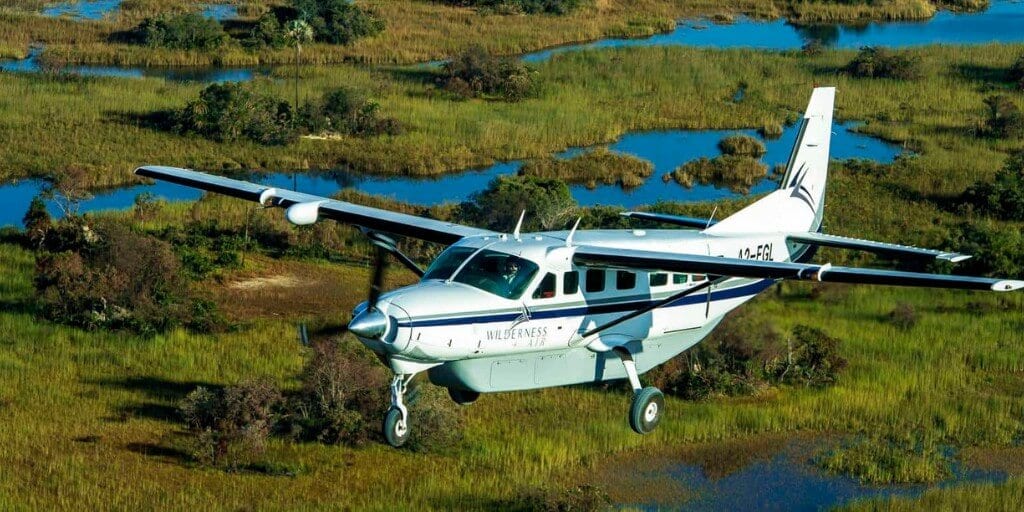
Safaris don’t come much better or more luxurious than an all-inclusive fly-in safari deep in the Okavango Delta . Take a four-seater flight over the wetlands, wildlife spotting as you’re flown to an exclusive, out-of-the-way lodge for a few days of game drives, safari walks , and boat trips .
Big five spotting

Go big game spotting at Chobe National Park – perhaps Botswana’s most famous national park . Boat safaris are a big draw here, with a waterfront teeming with wildlife… but you’ll have to be very lucky to see all big five from a boat – game drives in a 4X4 jeep are more the order of the day.
Leopard spotting in Moremi
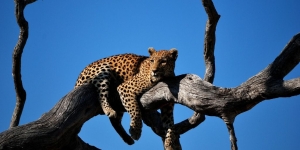
The east side of the Okavango Delta Moremi Game Reserve is regarded as one of the top African leopard hangouts. On the fringes of the delta where water collects in small lagoons and fills grassy floodplains, antelope (and all sorts of other wildlife) are plentiful. Perfect leopard country.
Mokoro safaris on the water
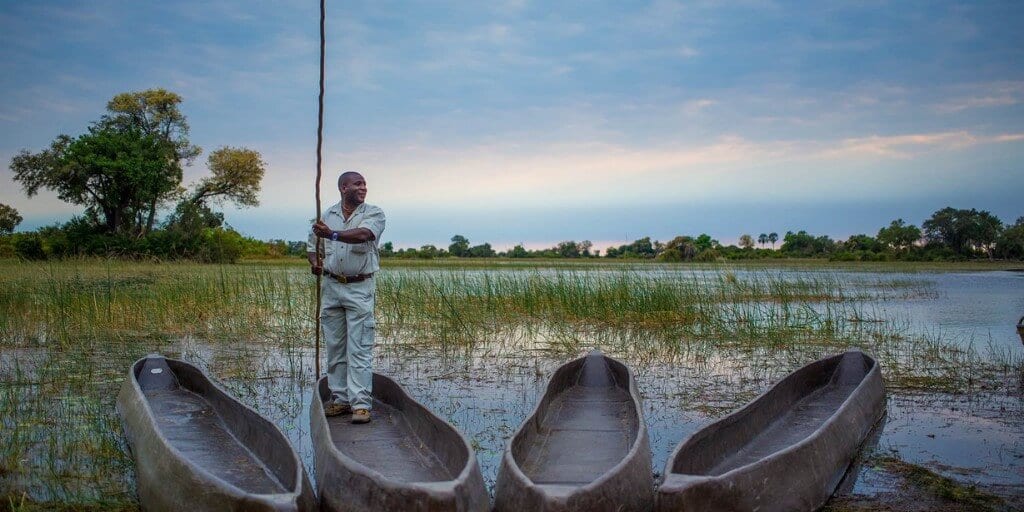
The Okavango Delta offers ample opportunities to get out on to the water for some top-class wildlife viewing. Traditional wooden mokoros are a fun and eco-friendly way to head out on a canoe safari , though propeller boats are on offer too, and can easily be combined with superb walking safaris .
Best time to safari in Botswana
May to August is the best time to organize a safari in Botswana, as during this winter season the days are cool and sunny, and the lack of water drives the wildlife to congregate around permanent water sources. At this time getting around the country is fairly straightforward, with dust rather than water being the main obstacle. During winter months wildlife spotting is easy – simply find a river or watering hole and dig in to wait for the action. Bear in mind is that July and August is school holiday time, meaning more tourists than usual, higher prices for safari accommodation and tours, and busier national parks.
October to April is summer season in Botswana but brings with it severe heat and the rains – occasionally in extreme amounts. Getting around the country by road during summer can be disrupted by flooding, as many of the secondary roads are not tarmacked. Wildlife is also more dispersed and harder to spot, hidden by lush vegetation. An exception to this is in parts of the Okavango Delta where there’s so much flooding that many islands form, trapping wildlife which can be viewed from a boat – though vegetation still causes a problem.
Flights To Botswana
Search, track and book flights to Botswana, from anywhere in the world.
Botswana Accommodation
Find safari accommodation in Botswana – from budget campsites to luxury lodges.
Botswana Car Hire
Considering a self-drive safari? Research and book car hire in Botswana.
Activities in Botswana
Search and book things to do in Botswana – tours, excursions and activities.
National parks in Botswana
All national parks in Botswana are run by the Department of Wildlife and National Parks (DWNP), based in Gaborone, who enforce a strict no driving after dark rule in the parks. ( See this great article on driving in Botswana .)
Whilst not actually a national park or reserve, Botswana is renowned worldwide for the Okavango Delta region in the north of the country, providing water and supporting an incredible array of African wildlife.
Top Botswana national park picks
- Moremi Game Reserve
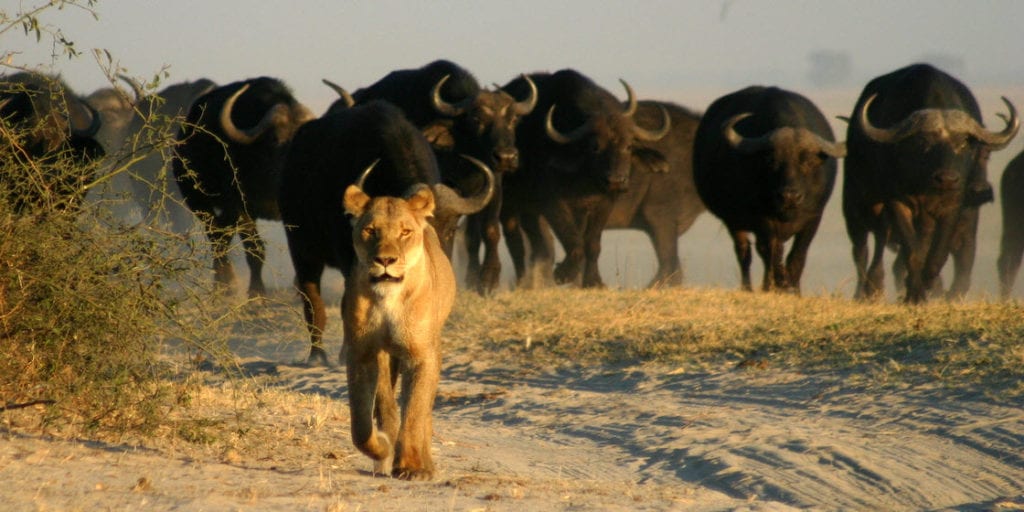
The only part of the Okavango Delta that’s officially a national park, Moremi covers almost one-third of the delta, and is packed with wildlife. There’s no public transport so you’ll have to get yourself there, but the trade-off is fewer tourists to share the plethora of wildlife with.
- Chobe National Park
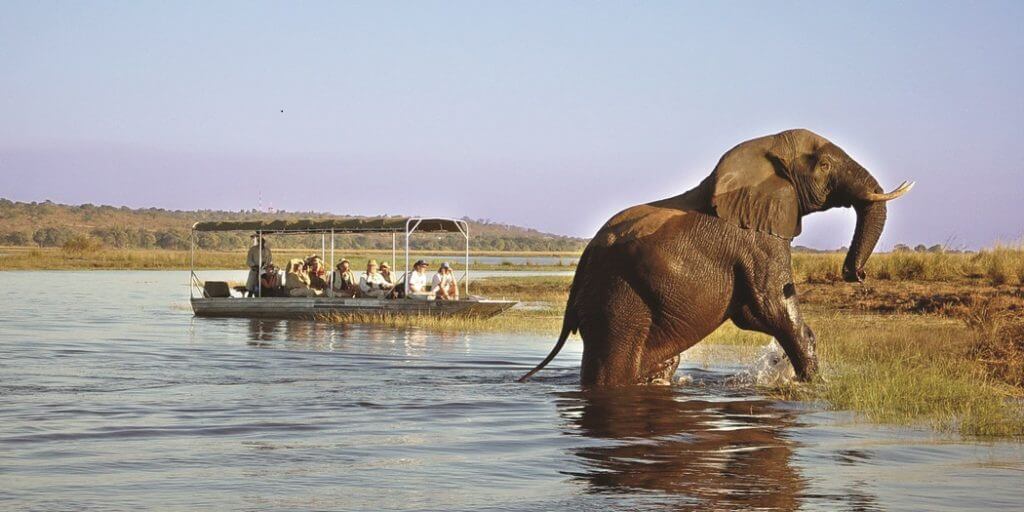
Chobe National Park was Botswana’s first national park at an impressive 11,000 km sq. There’s easy access for spectacular game viewing from a boat on the Chobe river and the network of dirt and gravel roads. The Savuti area in south west Chobe is recognised as having one of the highest concentrations of wildlife in Africa.
Makagadikgadi Nzai Pan National Park
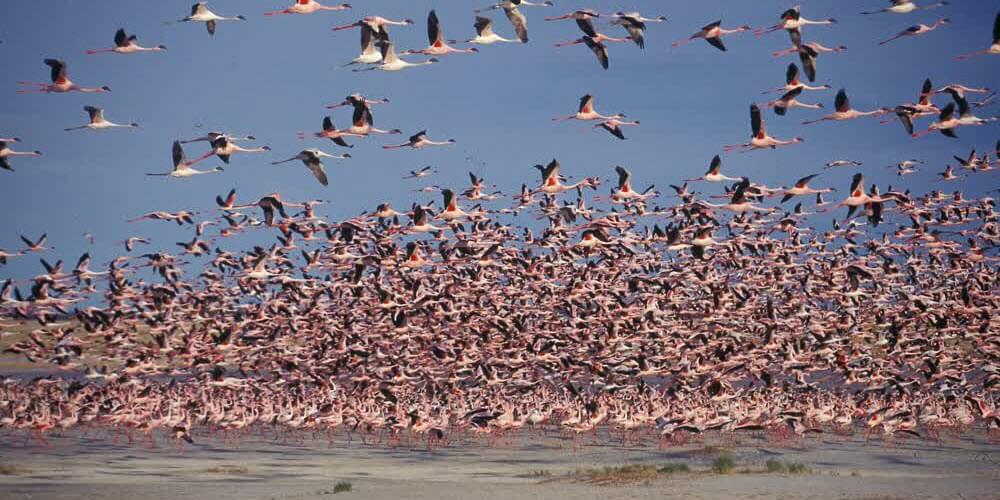
Feel the unfettered freedom of driving through the never-ending parched-white salt pans, or plan your trip for the when the rains come and bird life and herd animals abound, including one of Africa’s largest migrations .
Central Kalahari National Park
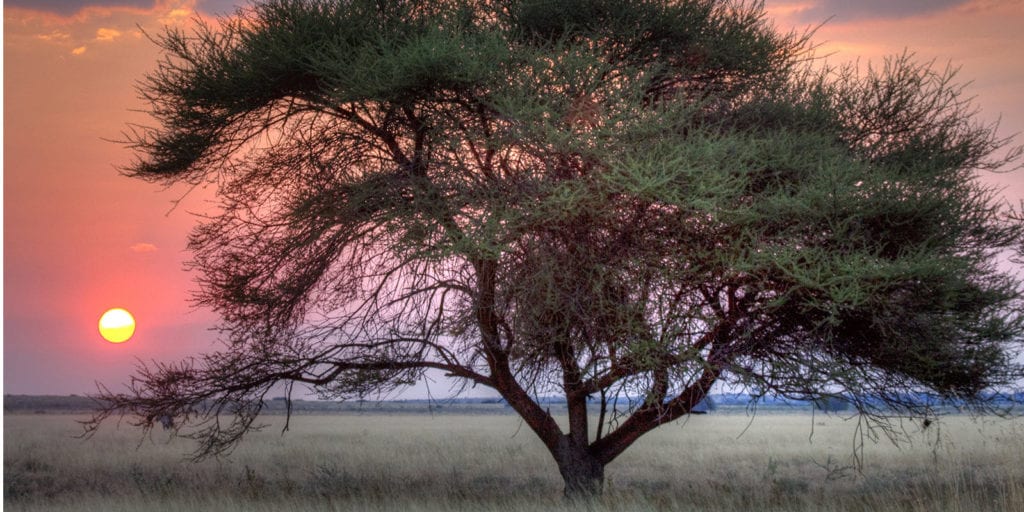
One of Africa’s largest protected area at a whopping 52,000 km sq. Braving the tough conditions of Central Kalahari National Park in your own 4WD may reward you with viewings of hyena packs and prides of lions in the unforgiving desert.
All national parks in Botswana
Use the map to locate all national parks in Botswana. Click the icons for more info.
Get Directions
- Central Kalahari Game Reserve
- Makgadikgadu National Park
- Nxai Pan National Park
- Okavango Delta
Botswana safari resources
Botswana safari companies.

Though Botswana has a relatively low number of inbound tourists each year, a very high proportion of these come for the wildlife. Around the capital Gabarone and also Maun – the de-facto capital of the Okavango Delta – there are numerous safari tour companies to suit all budgets. Check out our reviews of safari tour companies in Botswana .
Botswana safari lodges
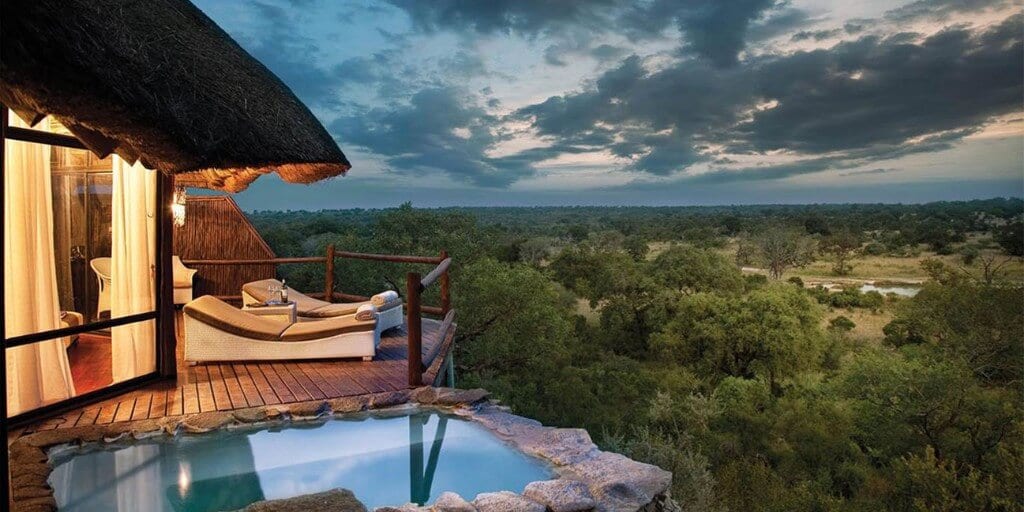
Botswana has a focus on low-impact, high-end safaris, and the accommodation on offer reflects this. Luxury safari lodges are the primary accommodation in Botswana, though there are also mid-range accommodation in the tourist enclaves of Maun and Gabarone. If you have your own tent most safari lodges have an area where you can pitch up for the night, along with decent washing and BBQ facilities as standard. Search and book safari lodges in Botswana , or find all accommodation in Botswana below.
Search all Botswana accommodation
Read safari guides to all countries
Botswana safaris , Namibia safaris , Rwanda safaris , South Africa safaris , Tanzania safaris , Uganda safaris , Zimbabwe safaris
Do you have any experience of planning or going on safari in Botswana?
We’d love to hear any feedback or tips you may have – please get in touch , or add to the comments below.
Top countries for safaris
- Botswana safaris
- Kenya safaris
- Namibia safaris
- South Africa safaris
- Tanzania safaris
- Uganda safaris
Safari basics
- Safari animals
- How to find the right safari company
- When to go on safari
- What to take on safari
- Safari clothing – what to wear
- Safari rules & etiquette
- Wildlife spotting tips
Most read articles
- All about the ‘big five’ animals
- Collective nouns for animals
- Safari movies to watch before you go
- The world’s fastest land animals
- Apex predators
- 10 Fascinating African tribes
- The biggest animals in the world
- 17 Epic hybrid animals
- The world’s ugliest animals
- Why are flamingos pink?
Africa’s best game reserves
- Chobe National Park, Botswana
- Etosha National Park, Namibia
- Kruger National Park, South Africa
- Masai Mara National Reserve, Kenya
- Moremi Game Reserve, Botswana
- Okavango Delta, Botswana
- Serengeti National Park, Tanzania
Session expired
Please log in again. The login page will open in a new tab. After logging in you can close it and return to this page.
THE 10 BEST Botswana Safaris
Safaris in botswana.
- Nature & Wildlife Tours
- 4WD, ATV & Off-Road Tours
- Up to 1 hour
- 1 to 4 hours
- 4 hours to 1 day
- 5.0 of 5 bubbles
- 4.0 of 5 bubbles & up
- 3.0 of 5 bubbles & up
- 2.0 of 5 bubbles & up
- Okavango Delta
- Victoria Falls
- Kalahari Breeze Safaris
- MOKORO TRAIL DISCOUNTED PACKAGE
- Likely to Sell Out
- Special Offers
- The ranking of tours, activities, and experiences available on Tripadvisor is determined by several factors including the revenue generated by Tripadvisor from these bookings, the frequency of user clicks, and the volume and quality of customer reviews. Occasionally, newly listed offerings may be prioritized and appear higher in the list. The specific placement of these new listings may vary.

1. From Victoria Falls: Chobe National Park Small Group Tour

2. 5-Day Explore Zimbabwe, Zambia and Botswana

3. 1 Day Okavango Delta Mokoro/Canoe Daytrip

4. Chobe Safari Day Trip From Livingstone

5. Chobe Full Day Safari Trip

6. Chobe Full Day Trip From Victoria Falls

7. Full-day Safari Tour in Chobe

8. 2 Nights 3 Days Chobe Safari ex Livingstone/ Victoria Falls

9. 2 Day 1 Night Chobe Safari ex Livingstone/Victoria Falls

10. Chobe Extended Day Trip from Victoria Falls - Zimbabwe

11. 1 Day Chobe National Park Safari Experience

12. Chobe Full Day Trip

13. Chobe National Park from Victoria Falls

14. Moremi Full Day Trip In The World Renowned Moremi Game Reserve

15. Chobe Day Trip -Botswana

16. Victoria Falls Day Trip from Chobe - Silver Package

17. 2 Nights Okavango Delta Mokoro WildCamping Tour, all-inclusive

18. Chobe Day Trip from Livingstone

19. From Victoria Falls: A Full Day Chobe Safari with Lunch

20. Chobe National Park Safari Day Trip

21. chobe 3hr sunset boat cruise

22. 4-Day Discover Victoria Falls, Chobe and Hwange Park

23. Chobe Safari Game Drive: Full Day

24. 1 Night Madikwe Game Reserve

25. Chobe Safari Experience Day Trip

26. A Chobe Full Day Tour - Botwana

27. 11 Days and 10 Nights Private Northern Explorer Tour

28. 13 Day WILDERNESS TRAIL: Best Of Northern Botswana -WildCamping + Victoria Falls

29. 11Day WILDERNESS TRAIL:Okavango,Moremi&Chobe -WildCamping Safari +Victoria Falls

30. Chobe Full day Safari: Game Drive & Boat Safari with Lunch
What travelers are saying.
- 1 800 970 7299
- Live Chat (Online) Live Chat (Offline)
- My Wishlist
- Find a Trip
Your browser 'Internet Explorer' is out of date. Update your browser for more security, comfort and the best experience on this site.

Botswana Safari Tours & Vacations
- Destinations
- Botswana Safari Tours & Holidays
It really is a zoo out there
Ever wanted to watch migrating zebras run across the African plains or feel dwarfed as a herd of elephants passes you on the highway? On safari in Botswana, experience the brilliance of the natural world up close as you fill up your camera roll with exotic wildlife, beautiful sunsets and the breathtaking natural landscape of Africa . With some of the world's most renowned game reserves such as Chobe National Park and the Okavango Delta , Botswana has a spectacular variety of birds, reptiles, amphibians, mammals and aquatic life that call it home. So grab your binoculars, keep the lens off your camera and buckle in because you're not going to want to miss a second.
Our Botswana safari tours
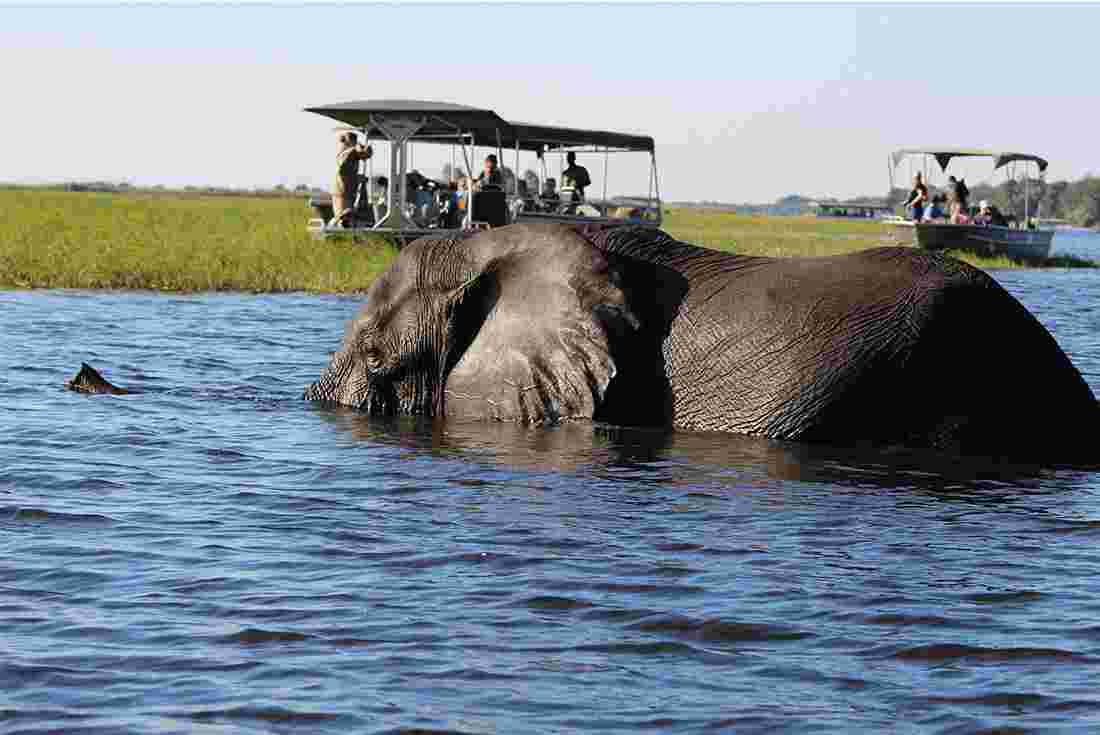
Okavango Experience
10 days from 1647.
Tour through Johannesburg, Maun, Chobe, the Okavango Delta and Victoria Falls on a ten...
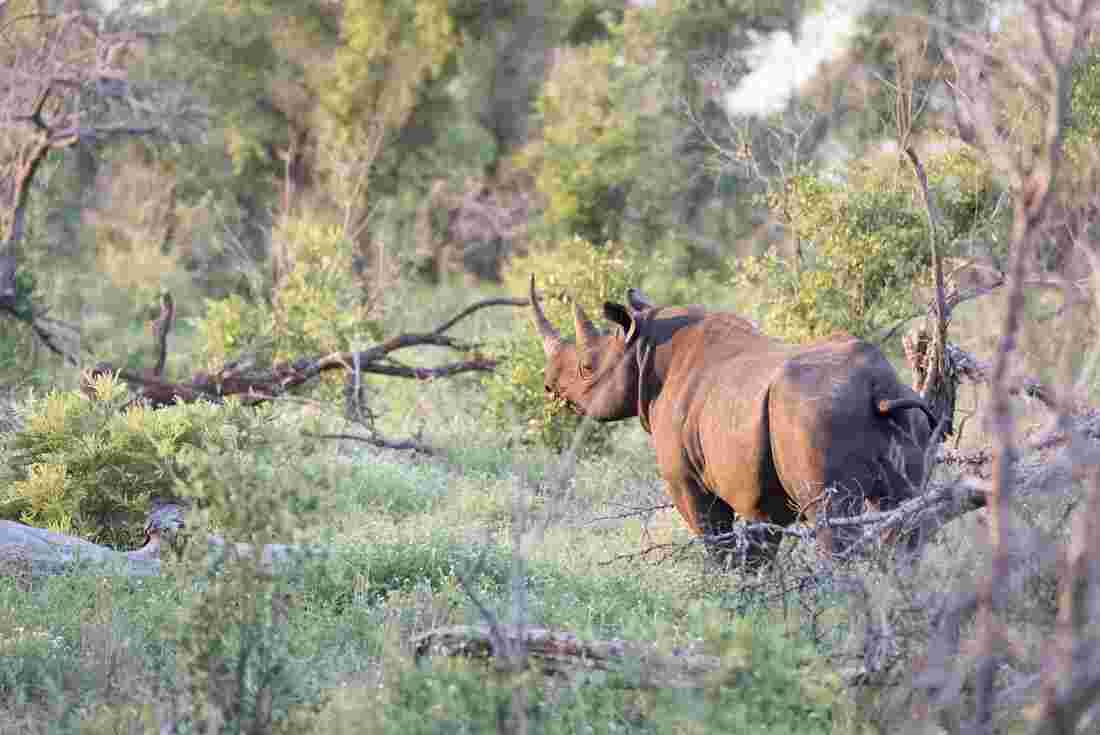
Explore Southern Africa
18 days from 3452.
Spend some time exploring Botswana, South Africa and Zimbabwe with included safari...
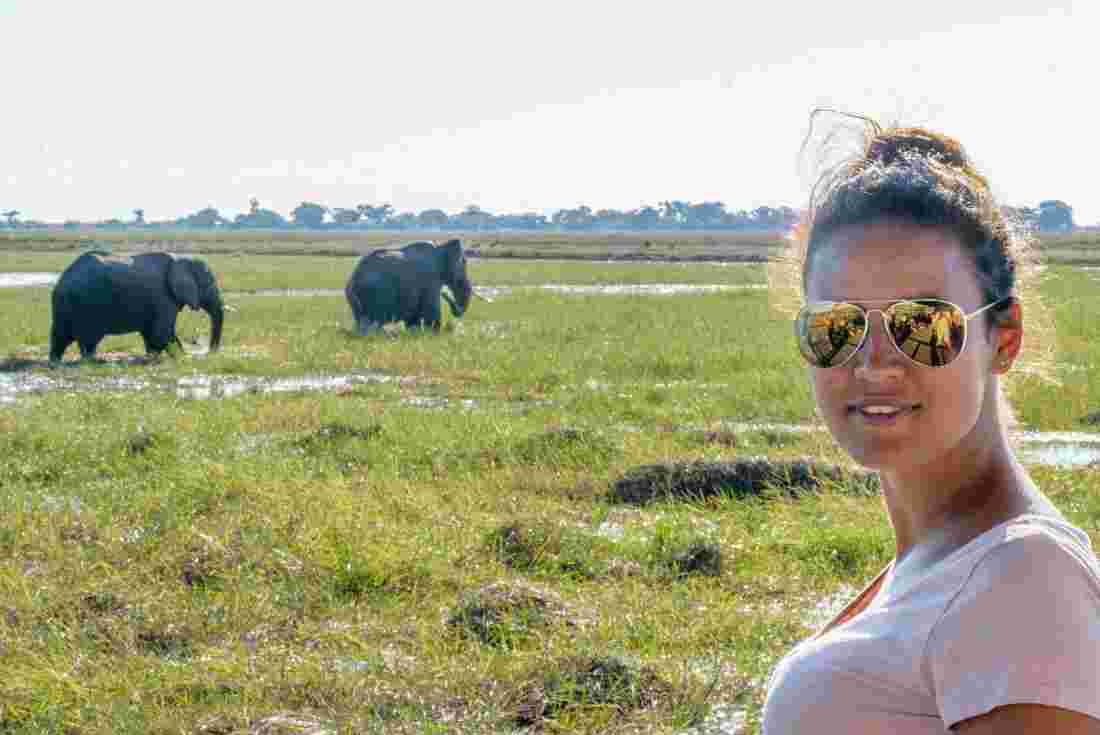
Cape Town to Vic Falls
22 days from 3055.
Spend three weeks exploring South Africa, Namibia, Botswana and Zimbabwe, from Cape...
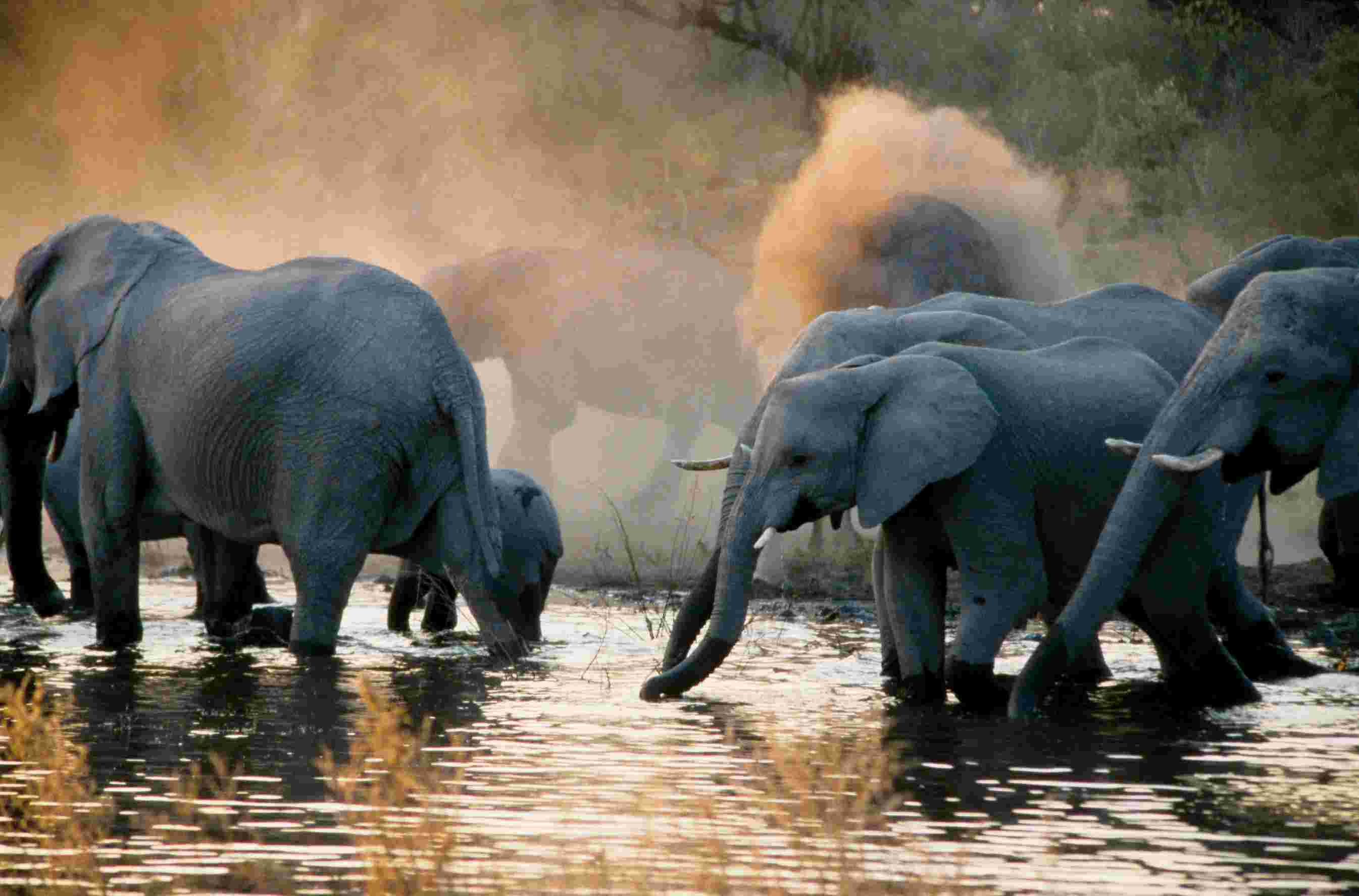
Botswana Highlights
9 days from 2635.
Discover the culture, wildlife and waterways of Botswana on this upgraded adventure...
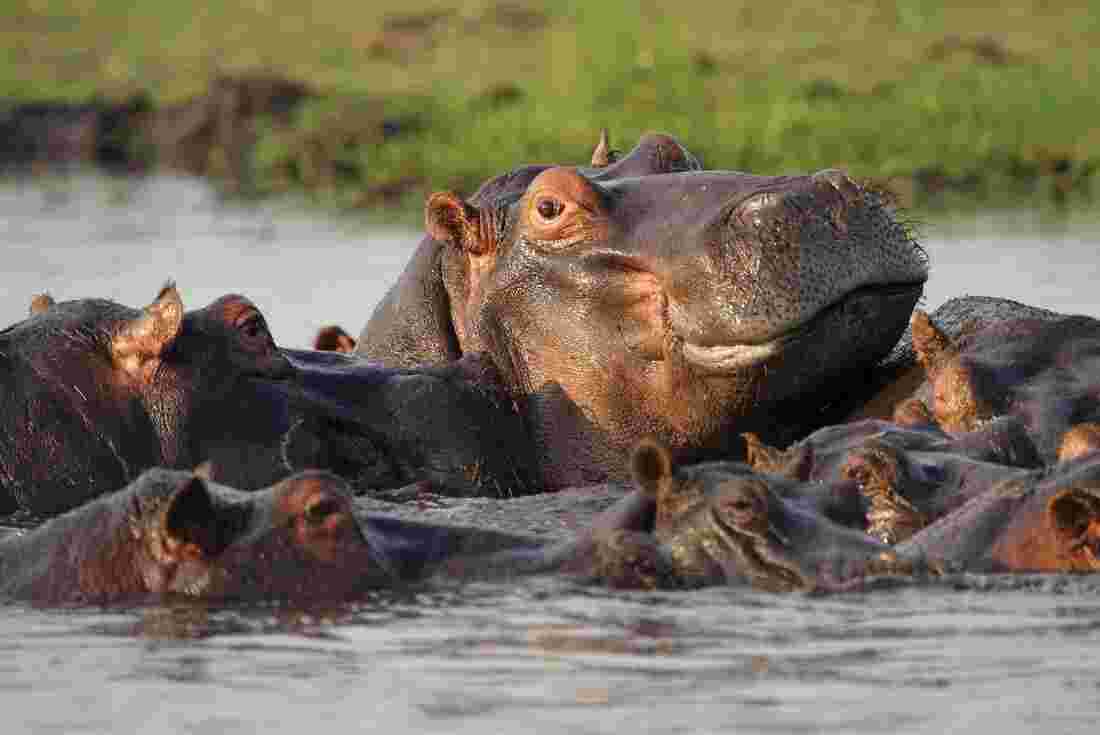
Experience Southern Africa
16 days from 4705.
Visit Africa and travel through southern Africa's beautiful regions. Visit South Africa...
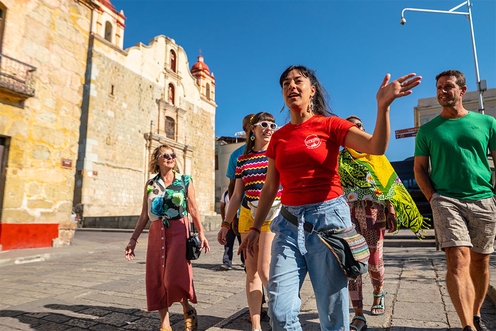
Tailor-Made trips
Take four or more on an exclusive trip and tailor your itinerary
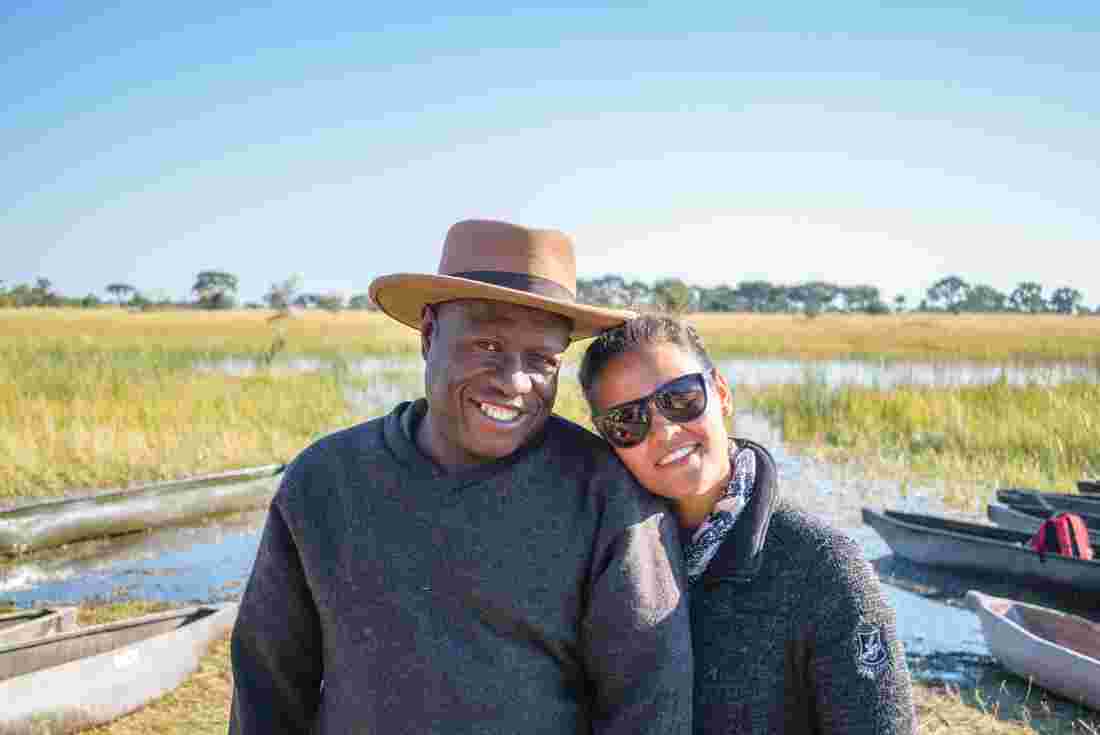
Botswana Adventure
10 days from 4276.
Visit Africa and travel through Botswana, Namibia and Zimbabwe on a tour from Windhoek...
Highlights of Botswana safari tours
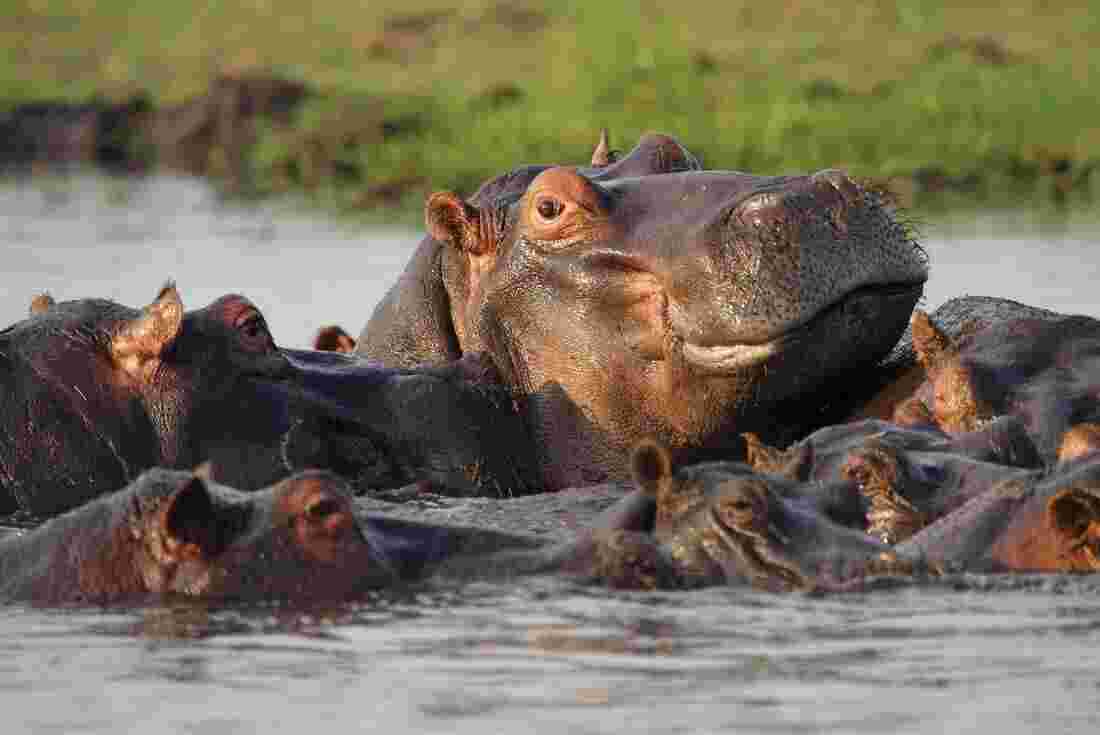
Chobe National Park
Chobe National Park is probably what you picture when someone says 'safari in Africa'. Located near the Okavango Delta , the park sits alongside the Chobe River and is home to what is thought to be the largest concentration of African elephants in the world. The majestic mammals often come to drink and bathe in the waters alongside other wildlife friends (and foes) including the cape buffalo, impala, hippos, lions, leopards and cheetahs. There are so many ways to spend your time here. Go on a 4x4 game drive, hop on a sunset cruise along Chobe River or simply sit back and listen to the noises of the great outdoors.
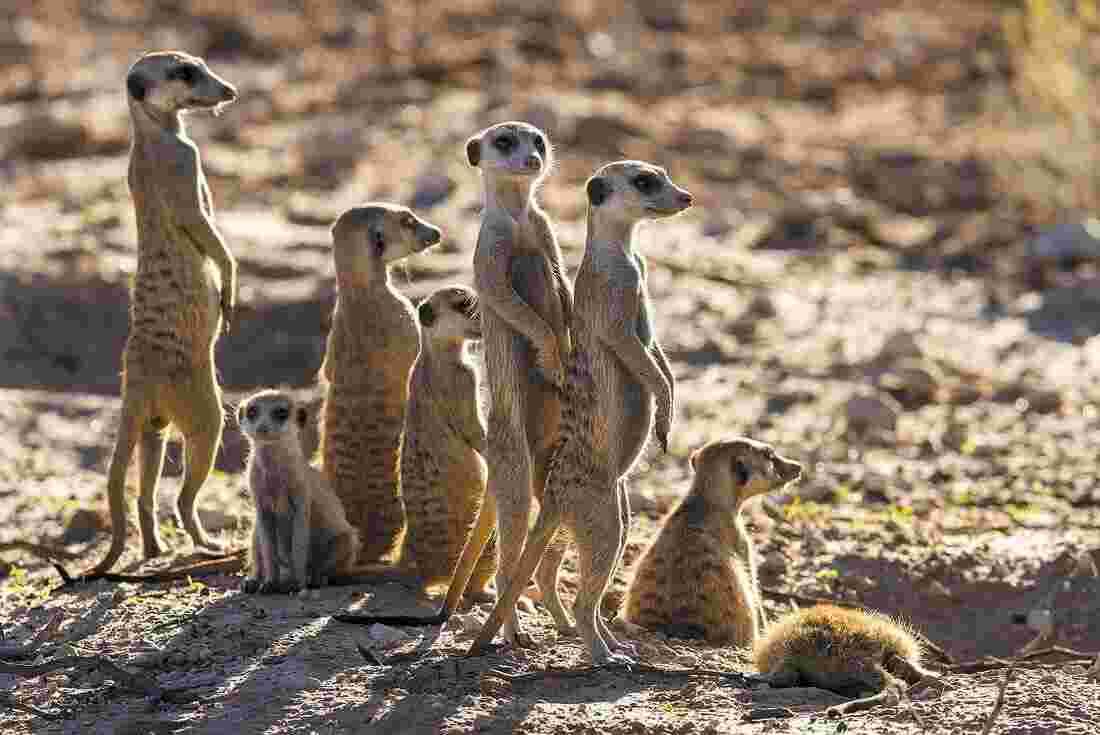
Makgadikgadi Pans
Get a first-hand glance at one of the largest salt pans in the world in what used to be Lake Makgadikgadi. The Makgadikgadi Pans are a beautiful mixture of baobab trees, salt flats and grassy plains, best explored in a 4x4. However, if the scenery alone doesn't tempt you, then hopefully you’re more swayed by its residents. Arguably the cutest animal on safari, the meerkat is native to the Ntwetwe salt pan and is often found huddling in mobs by the sand dunes. You'll also be among some of the world's largest animals such as the elephants and giraffes as well as some of its pinkest as the area is home to a flamboyance of flamingoes.
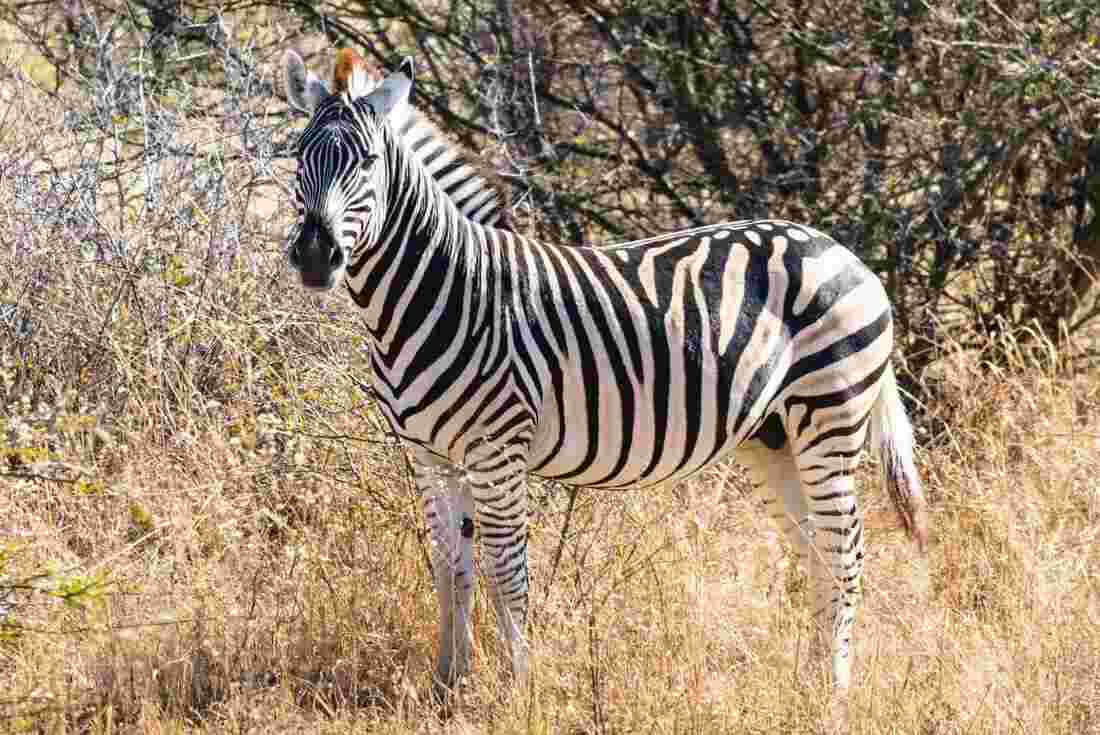
Boteti River
The Boteti River is a must for die-hard zebra lovers as over 25,000 zebras are known to migrate here from the neighboring game park. Due to the numbers and their stripey coats, it’s likely you’ll see them if you’re there in the migrating season. Since the Boteti River is the only permanent water source in the area, there’s always likely to be a number of animals perusing its shores. And it doesn’t matter whether you’re more interested in the prey or the predators, you’ll likely see them all. Find leafy-green eaters such as giraffes, springboks and oryx enjoying the lush vegetation and the toothy species, namely the lions, cheetahs and wild dogs, lurking hungrily nearby.
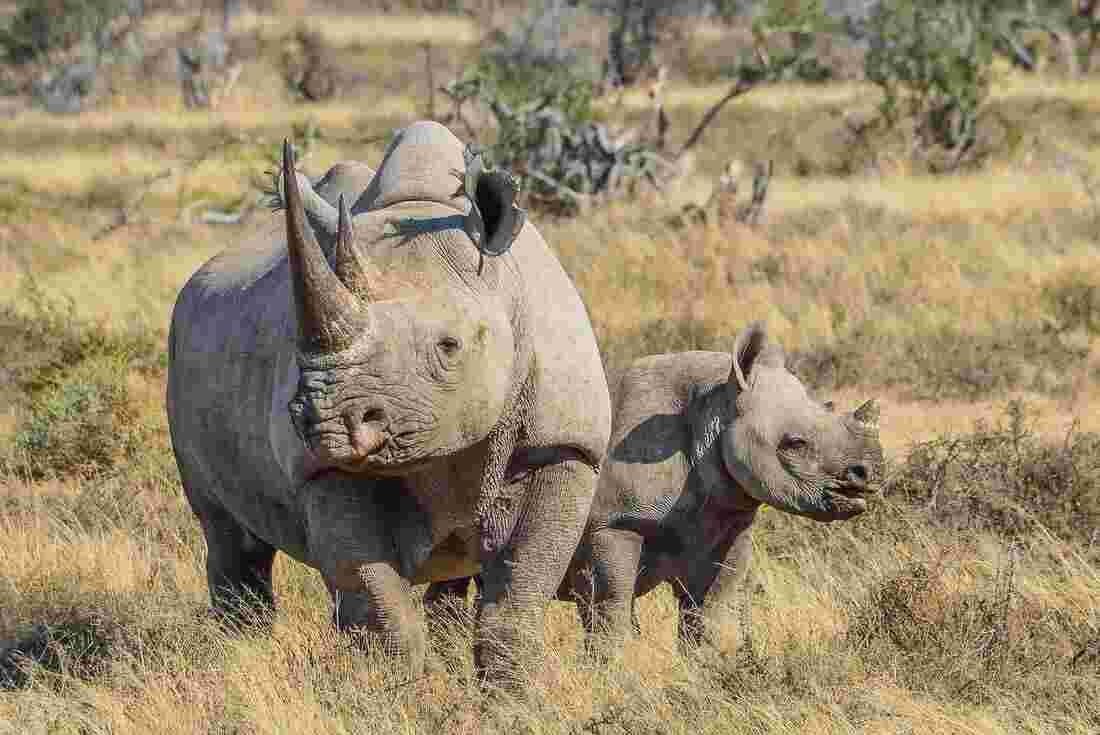
Khama Rhino Sanctuary
While not quite as fanciful as their mythical cousins the unicorn, rhinoceros sightings are almost as rare these days due to their near-extinct status. Luckily, places like the Khama Rhino Sanctuary have homed and rehabilitated rhinos since 1992 and are now home to both black and white rhino residents. The sanctuary has a successful breeding program and is protected with anti-poaching patrols. The continuing goal for the KRS is to reintroduce as many rhinos as possible back into their natural wild habitats, so visiting this amazing place is definitely worth the animal sightings, not to mention supporting their mission.
When is the best time to visit Botswana?
Winter (April through August) is a good time to visit Botswana. The days are usually mild and wildlife is generally quite easy to spot. The summer can bring frequent rain, which can make it difficult to travel around some of the national parks. Wildlife also tends to disperse during the summer rains, making animals a little harder to spot.
Read more about the best time to visit Botswana
Do I need a COVID-19 vaccine to join an Intrepid trip?
Trips from 1 January 2023 onwards
From 1 January 2023, Intrepid will no longer require travelers to provide proof of vaccination against COVID-19 (excluding all Polar trips and select adventure cruises).
However, we continue to strongly recommend that all Intrepid travellers and leaders get vaccinated to protect themselves and others.
Specific proof of testing or vaccination may still be required by your destination or airline. Please ensure you check travel and entry requirements carefully.
Learn more about Intrepid's COVID-19 policy
Do I need a visa to travel to Botswana?
Australia: No visa required
Belgium: No visa required
Canada: No visa required
Germany: No visa required
Ireland: Yes - visa required
Netherlands: No visa required
New Zealand: No visa required
South Africa: No visa required
Switzerland: No visa required
United Kingdom: No visa required
USA: No visa required
Citizens of countries not listed above, including most EU countries, should check with the relevant consulates as to whether a visa is required. For passengers requiring a visa to Botswana, application forms can be downloaded from the Botswana Government website, as well as instructions for applying.
Entry Requirements - Yellow Fever Certificate:
A valid Yellow Fever Vaccination Certificate is required for all passengers over one year of age who arrive or are transiting through Botswana, from a country or region listed by the World Health Organization as infected by yellow fever. Travelers who are unable to present a valid yellow fever vaccination certificate issued at least 10 days before arrival will be refused entry. There is no option for travelers without a vaccination certificate to be vaccinated on arrival. Please note this also includes transiting through an infected country or region.
Children travelling to Botswana:
Please note that if you’re traveling to Botswana with a person under the age of 18 then you need to provide a certified copy of the child’s full unabridged birth certificate in order to enter the country (the one listing the child’s details and both parents’ details. - the short birth certificate which only lists the child’s details won’t be accepted).
Additionally, if the child is traveling with only one parent, with neither biological parent, or is unaccompanied, then they must provide an affidavit of the consent of the parent(s) that are not traveling, to prove that the trip is made with both parents' consent. Please contact your nearest Botswanan Embassy if you have further questions regarding this.
Can I drink tap water in Botswana?
Drinking tap water isn't recommended in Botswana. For environmental reasons, try to avoid buying bottled water. Instead, fill a reusable water bottle or canteen with filtered water. Ask your leader where filtered water can be found, some hotels we stay in may have drinking water available. It's also advisable to avoid ice in drinks and peel fruit and vegetables before eating.
What are the best animals to see on safari in Botswana?
Some of the top animals to see in Botswana include the big five (lion, leopard, elephant, black rhino and buffalo) as well as giraffes, antelopes, zebras, wildebeest, hippos and crocodiles.
What is ATM access like in Botswana?
You will be able to find ATMs in the big cities, airports and regional towns of Botswana. Rural areas, national parks and small villages will have limited to no ATMs, so be sure to carry other payment options before traveling out of the big cities.
Read more about Botswana
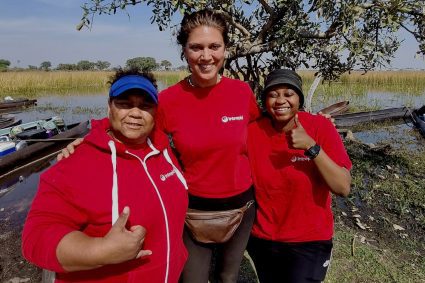
Jan 25, 2024
A trio of intrepid women is shaking....
This trailblazing all-women overland crew in southern Africa is challenging...
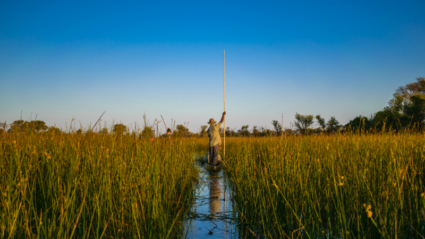
Jul 12, 2023
The top 8 destinations for travel in....
From sipping schnapps in Sweden to tracking endangered mountain gorillas in Rwanda...
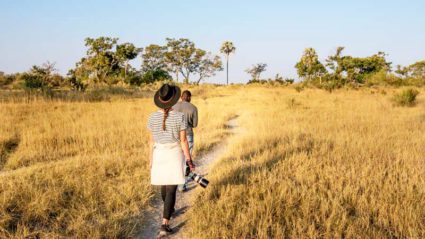
May 24, 2023
Chobe vs okavango: which one should....
We’ve put these Chobe and Okavango head to head in an epic ‘safari battle’. Who's...
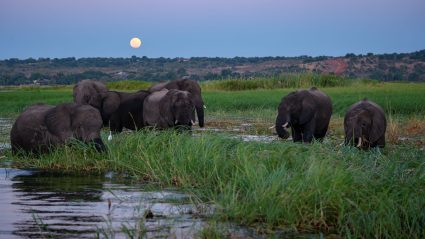
Nov 28, 2023
Brewing a better future: how okavango....
When’s the last time you had a beer that made life easier for an elephant? This...
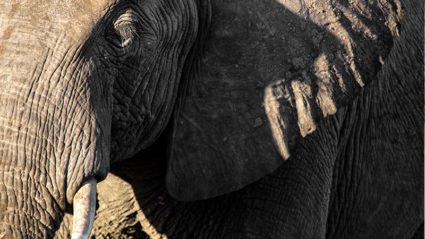
Mar 21, 2017
Africa through the lens with....
Yep, this year we're launching a one-of-a-kind expedition into the wilds of Africa...
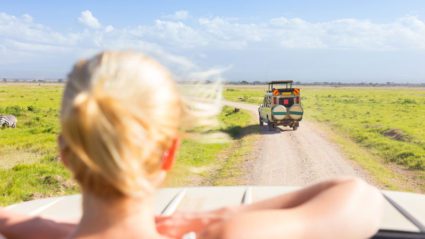
May 15, 2017
A language guide for southern africa.
Learning a few words in the local language will gain you a lot of respect. So to...
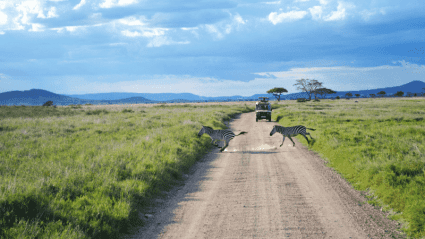
Aug 09, 2018
How to choose your ideal african safari.
Fancy taking a walk on the wild side? An African safari offers up the ideal...
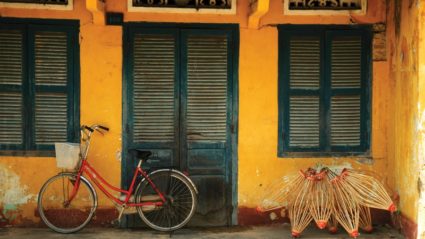
Feb 08, 2018
Valentine’s special: meet your ....
No sweetheart this year? No worries. Choose travel instead this Valentine’s Day!...
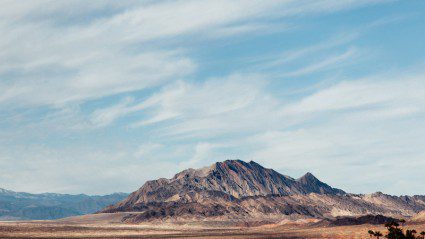
Mar 27, 2015
7 awesome beach-free summer breaks.
Who needs sun and sand? We've got the perfect alternative.
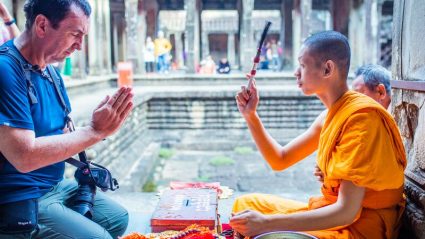
Feb 25, 2019
10 destinations that want you to be a....
As the responsible travel movement gains momentum, more countries are asking...
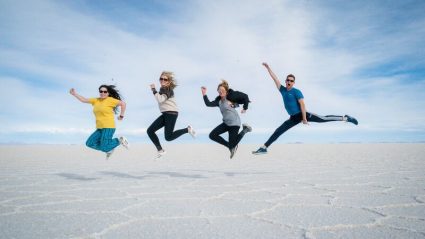
Oct 13, 2020
Lonely planet’s ultimate travel list....
We’re unpacking Lonely Planet’s top ultimate travel experiences, so when it’s safe...
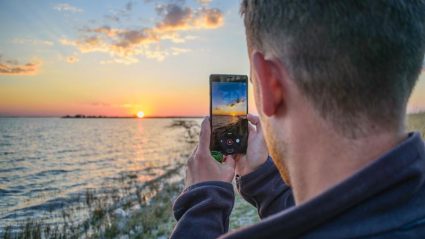
Dec 25, 2018
20 photos that will make you want to....
Heading on a safari had always been a dream of mine. I wanted to get up close and...
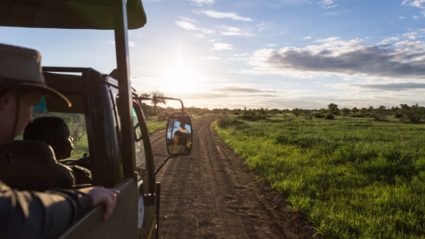
May 24, 2017
A road trip through southern africa.
If I was going to go to the other side of the world, I wanted to see how people...
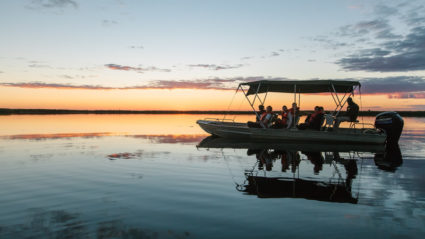
Mar 30, 2018
What it’s really like exploring....
My responsibilities were limited to packing up my gear in the morning, returning...
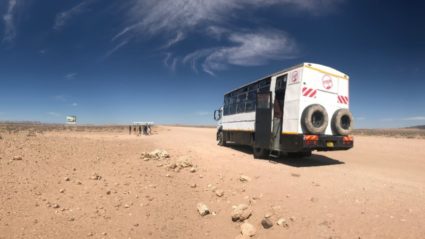
Aug 15, 2018
10 accessories you’ll be glad you....
You'll be glad you packed these essentials on your next overland adventure.
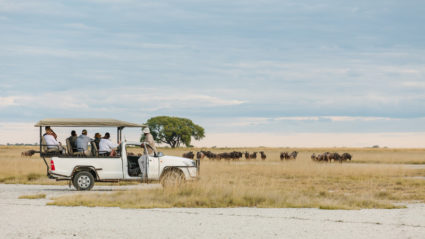
Oct 24, 2017
Botswana in photos: the magic of an....
Three countries, nine days, and more incredible animal encounters than you could...
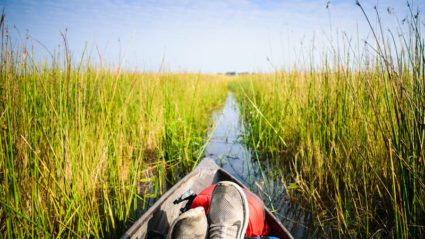
Sep 21, 2018
What it’s really like experiencing....
Full disclosure: the Okavango Delta in Botswana was my #2 fear on my Cape Town to...
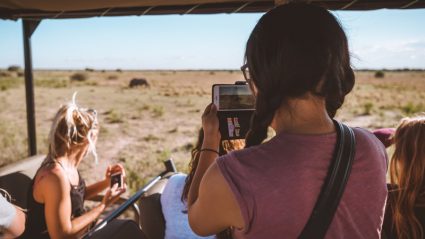
Dec 13, 2018
5 reasons why your next family....
If you’re not afraid to dig a bush toilet and skip a few showers, a family holiday...
- Travel Guides Plan your adventure
- Destinations Our favourite places
- Tours Book a trip
- Travel Companies Independent specialists
- Travel Guides
- Destinations
- Travel Companies
Safari in Botswana
An expert guide to botswana's best safari reserves, camps and experiences.
Anthony Ham
- In this guide
Okavango Delta
Chobe national park, central kalahari game reserve, makgadikgadi pans national park.
- Need to know
- Getting around
- How it works
Of all the places I’ve been on safari in Africa, I think Botswana tops the list. There is so much to enjoy and, unlike in bigger safari destinations, in Botswana you’ll see a lot more wildlife than other travellers.
Botswana is where I went on my first self-drive safari, and, to this day, it remains my pick as the best place to drive yourself out into the wild in Africa. All but the inner reaches of the Okavango Delta are accessible in your own 4WD, and the experience of driving out into, and sleeping overnight in, lion country, or the amazing world of elephants, or miles from the nearest human being, remains my favourite way of going on safari.
At the heart of Botswana’s appeal are its signature wildlife destinations whose names – the Okavango Delta, Chobe National Park, Central Kalahari Game Reserve – read like a roll-call of storied wildlife kingdoms. And it’s not just the wildlife. From the deep greens and blues of the Delta in flood to the yellows and reds of the Kalahari, or the blinding whites of the salt pans, there is something elemental about Botswana’s call to the wild. In the following pages I’ll explain some of my Botswana safari highlights, and how you can see them for yourself.
featured botswana safaris
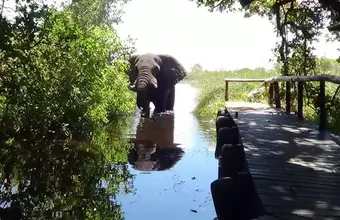
Popular Botswana Safari Through the Delta
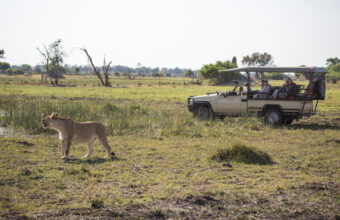
Discover Botswana
Explore the okavango delta, kwando, the kalahari and chobe.
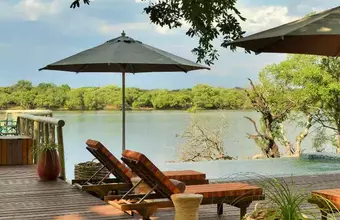
Best of Botswana Lodge Safari
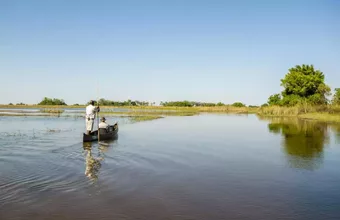
Makgadikgadi Pans & Okavango Delta Safari Adventure
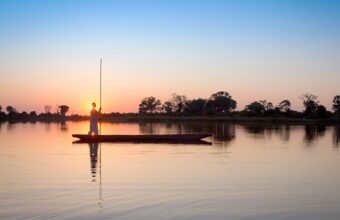
Botswana's Northern Highlights
10 day small group tour.
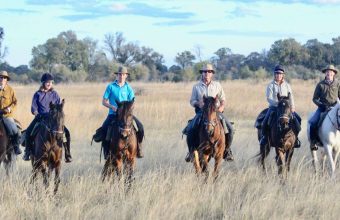
Okavango Delta horse riding safari
Discover botswana's amazing wildlife.
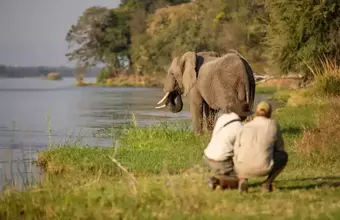
Affordable Victoria Falls & Chobe Safari
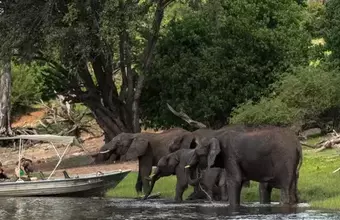
Chobe Camping Safaris
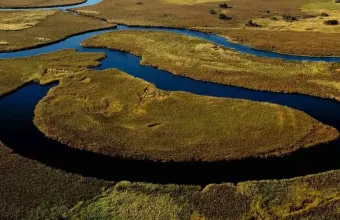
Okavango Kayaking Expedition
Unique camp-to-camp safari adventure.
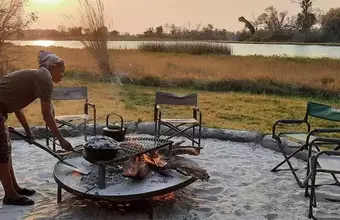
Botswana Wildlife Camping Safari
Botswana's hidden gems.
Unlike Africa’s safari giants like Kenya , Tanzania , and South Africa , Botswana remains blissfully under the radar. Yet, it too faces the travel industry's irritating habit of focusing on the popular easy sellers at the expense of everywhere else. There's much more to Botswana than the Okavango Delta. In this guide I'll show you some of my favourite lesser-known Botswana safari spots.
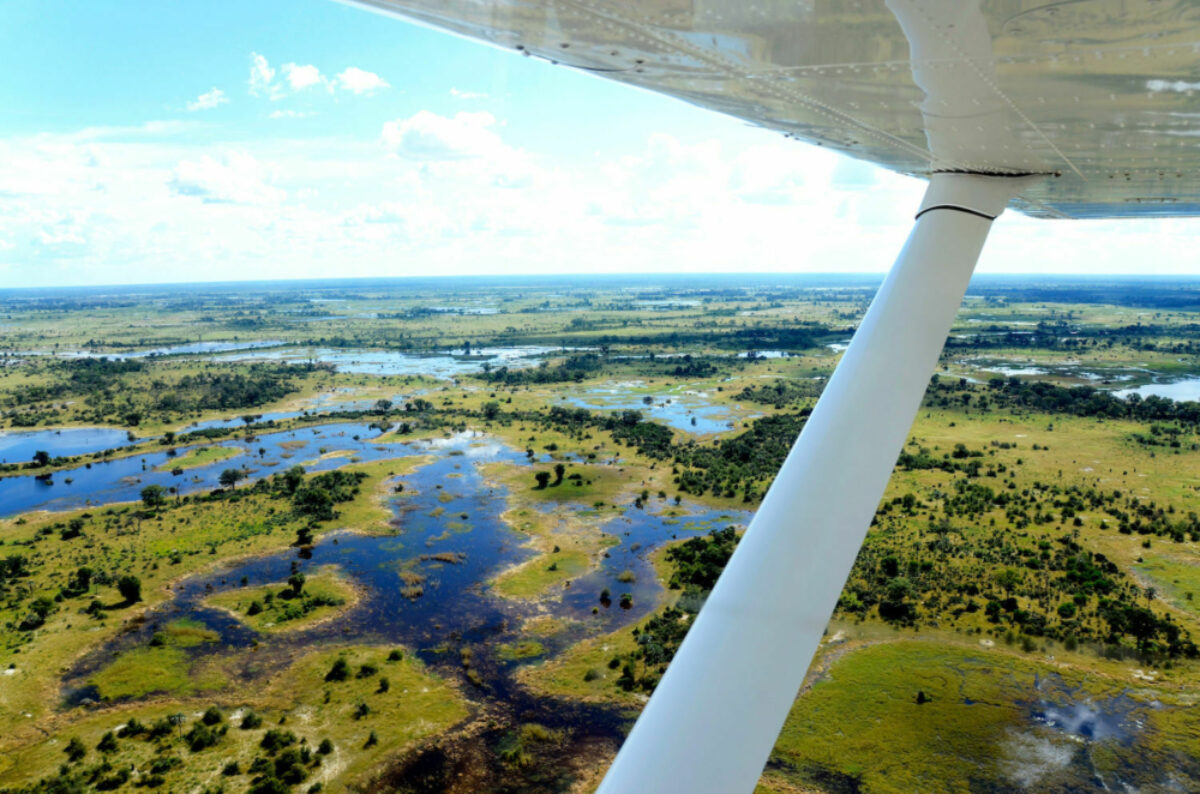
Aerial view of the vast Okavango Delta, one of the best safari destinations in Africa
The best safaris in Botswana
Popular highlights & hidden gems, kgalagadi transfrontier park, tsodilo hills, northern tuli game reserve, okavango panhandle, nxai pan national park, kwando reserve.
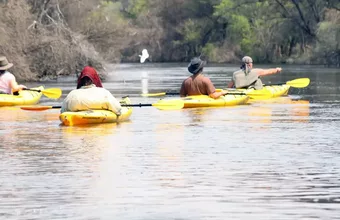
Okavango kayaking expedition
Pretty much every Okavango tour itinerary will include a paddle on a traditional mokoro canoe. For something very different, set out on a multi-day, camp-to-camp kayaking expedition through the Delta. Paddle the gentle water spotting the planet's greatest wildlife and camp each night under the stars. Truly unique.
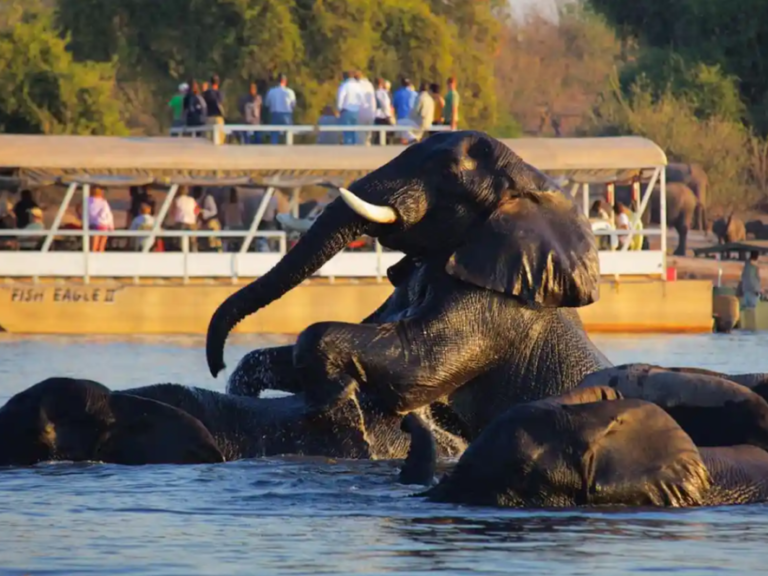
See elephants and more in Chobe National Park
Chobe incorporates two distinct regions: Chobe River (close to the Zimbabwe and Zambia borders), famous for its large elephant herds; and Savute (in the west), where a juxtaposition of contrasting habitats and handful of pumped water holes sustain a melting pot of species.
Chobe in general, but especially the riverfront, has one of the highest elephant densities in Africa and close-up sightings are almost guaranteed. Lions and leopards are also possible here, with giraffe, zebra, buffalo, hippo and crocodiles all commonly seen.
Game drives are the order of the day in Savute where wildlife-viewing is good year-round. Savute is known for its predators – I’ve always had luck with lion, leopard and cheetah here, and on my last trip I spent an afternoon watching a highly active den of African wild dogs. As with the rest of Chobe, elephants are everywhere in Savute.
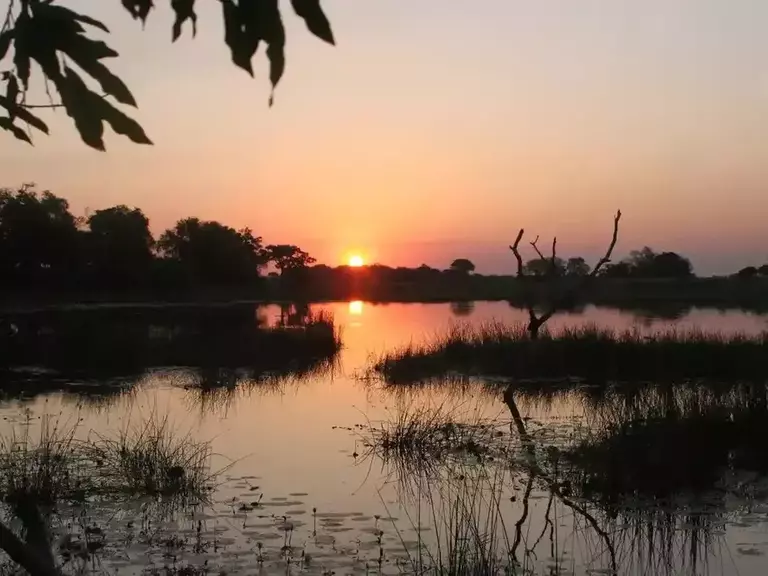
Explore water world in the Okavango Delta
This is a world without fences and, because of the water levels, human settlements are mostly restricted to the Delta’s perimeter, leaving the rest to wildlife.
In the southern part of the Delta, including in Moremi Game Reserve and Khwai Community Concession, expect a mix of luxury tented camps and budget campsites catering mostly to those on self-drive safaris. The deeper you go into the Delta, the more the crowds thin, with entire concessions given over to the exclusive lodges and tented camps that are such a feature of a safari in Botswana. For most of the tourist season, many of these camps and lodges can only be reached by small plane. Out here, I’ve had the wildlife entirely to myself.
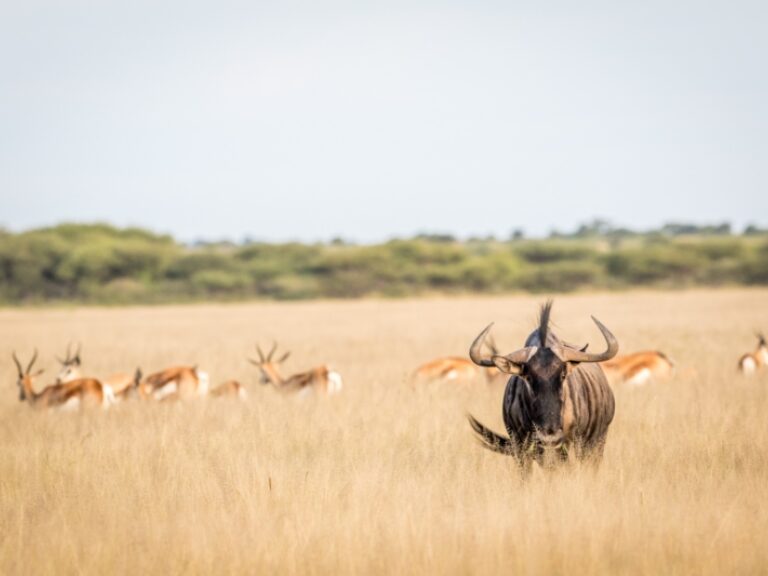
Taste true wilderness in the Central Kalahari
Measuring 52,000 square kilometres, I think this vast wilderness is a signature Botswana safari experience. Known for its golden grasslands, salt pans, sand dunes covered in vegetation and wide former river valleys, it’s a soulful experience that’s custom-made for a self-drive safari.
The mammal density and diversity are not quite a match for the northern parks making it less well-suited to first-time safari travellers but for the feel of a true African wilderness, CKGR is tough to beat.
Hugging the park’s northern boundary, the Hainaveld consists of a handful of compact, segregated, privately-owned reserves. The denser habitat means the landscape is less scenic than inside the park, but pumped waterholes concentrate the game in the dry season. Several of the lodges employ local Kalahari bushmen with legendary tracking skills, who will also teach you about their way of life on a guided walk.
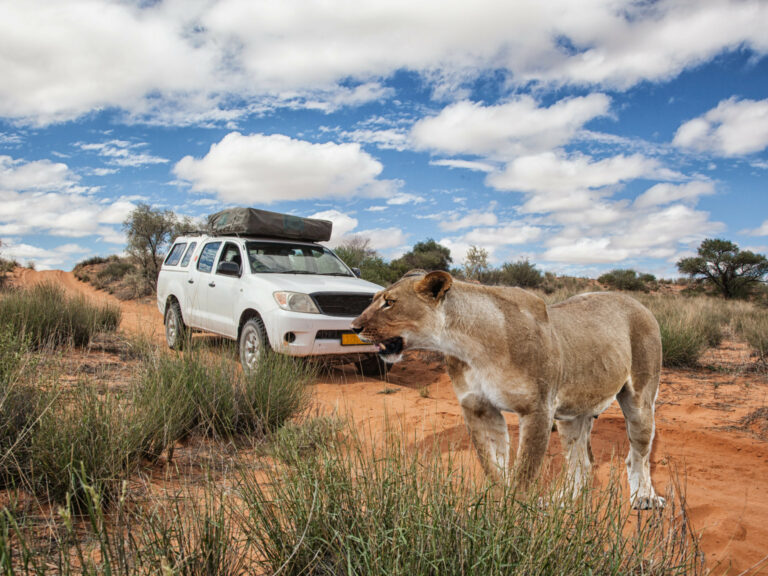
Off the beaten path in Kgalagadi Transfrontier Park
In the far south of Botswana, this transfrontier park spills over into South Africa. The Botswana side of the park receives far fewer visitors than the South African sections across the border.
The scenery here consists of a dense scrubland and some of the loveliest salt-pan scenery anywhere in Botswana. With a number of hills overlooking these pans, they’re spectacular places, especially at sunset, and many of the self-drive campsites take full advantage of these hilltop positions.
Kgalagadi is known for its classic Kalahari wildlife, and aside from the usual oryx (gemsbok), giraffe and wide range of antelope species, I’ve always had luck with the extravagantly horned greater kudu, lion, cheetah and even a fleeting glimpse of meerkats.
The park provides habitat for nearly 300 different bird species, and I was particularly thrilled when the elusive Kalahari scrub robin and the vivid violet-eared waxbill visited my campsite one evening.
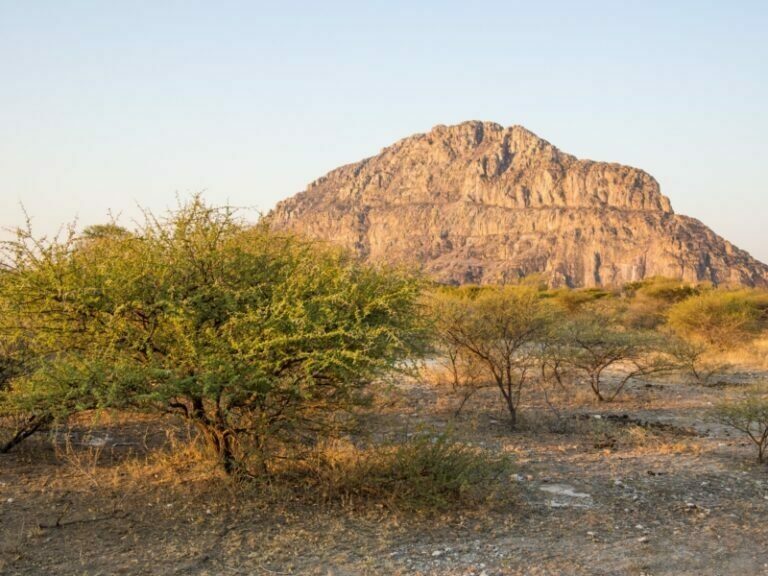
Ancient history in the Tsodilo Hills
Rising from the barren, sandy plains of the Kalahari in a remote corner of north-western Botswana, these four hills project a certain kind of magic. Sacred to the indigenous San people and reputed to possess mystical powers (as Laurens van der Post found in the 1950s on a visit that formed the centrepiece of his classic The Lost World of the Kalahari), the Tsodilo Hills are best known as one of the world’s finest galleries of ancient rock art. More than 4,500 artworks – mostly paintings, but engravings, too – adorn the rock walls of the range, and some date back thousands of years.
Walking trails lead past the artworks that range in subject matter from whales and penguins (despite Tsodilo Hills being more than 1000 km from the ocean) to lions and human figures. I highly recommend you visit with a local guide to greatly enhance your visit.
Unless you’re self-driving and staying at one of the campsites in the shadow of the Tsodilo Hills, there is no accommodation nearby.
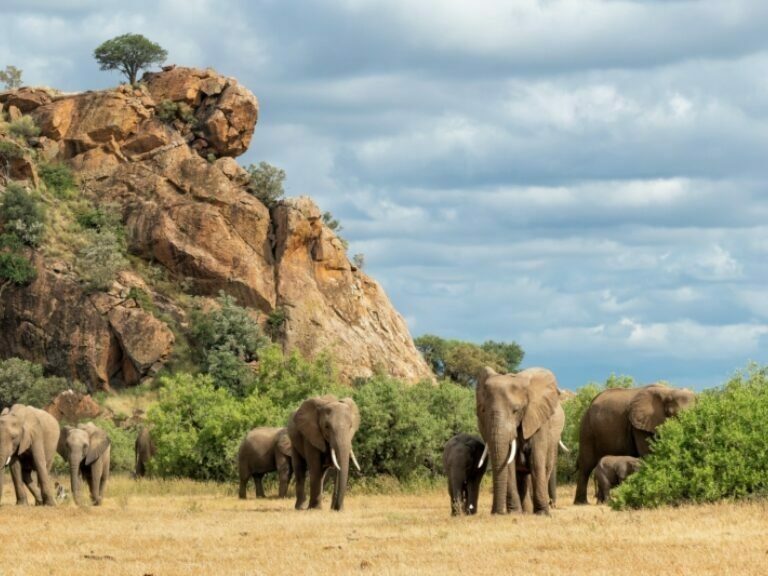
Explore Northern Tuli Game Reserve
In the far southeastern corner of the country and formerly divided into a number of segregated farms alongside the Limpopo River, NTGR is now one of the largest privately-owned conservation areas in southern Africa. The spectacular landscape, featuring rolling hills, basalt cliffs, ancient riverbeds and towering granite kopjes , is unlike anywhere else in Botswana. In fact, when combined with its impressive portfolio of wildlife, it remains a mystery to me why more people don’t visit this remarkable place.
Expect regular sightings of elephant, giraffe, lion, leopard and cheetah as well as less common species like eland and klipspringer, and over 350 bird species. Ground-level photographic hides, ancient archaeological ruins and a choice of horse-riding, walking or even cycling safaris complete a chocolate box-assortment of activities.
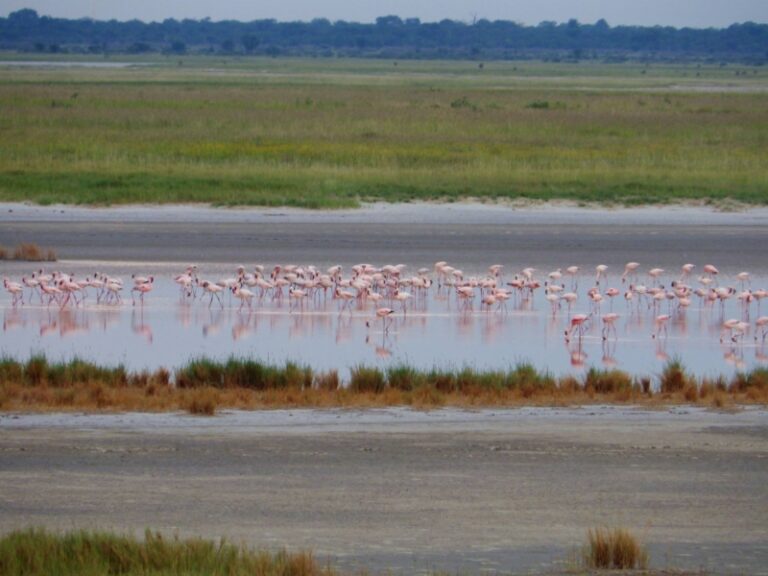
Spot the flamingoes of Makgadikgadi Pans
Makgadikgadi Pans is famous for hosting one of the largest zebra migrations in Africa. Every year, tens of thousands of zebra migrate east-west through the park, between the pans in the east and the Boteti River out west. From high on the riverbank at the latter, I’ve watched zebras swarm down to the water’s edge in a haze of raised dust, dizzying stripes and distinctive zebra barks.
I’ve also seen flamingos away on the eastern pans in flocks so vast that they seem to move as a single entity. And I’ve drawn near to habituated meerkats just outside the park, and seen brown hyenas and aardvarks close to sunset.
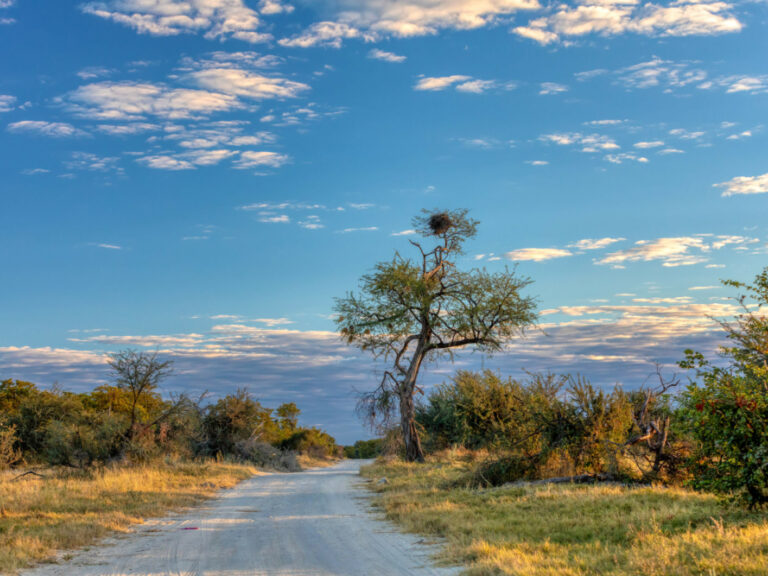
Birding in the Okavango Panhandle
Although not a big game destination, the broad and meandering Okavango River in the northwest of the country is a birder’s paradise, with over 350 recorded species including several iconic Okavango specialties. It is also popular among anglers, particularly around September, when the receding flood waters concentrate huge shoals of baitfish, attracting a melee of catfish, tiger fish, bream and birds. Activities are mostly by boat or on foot.
Other wildlife is far less common, and you’d be lucky to see much more than a crocodile or hippo in the river’s waters.
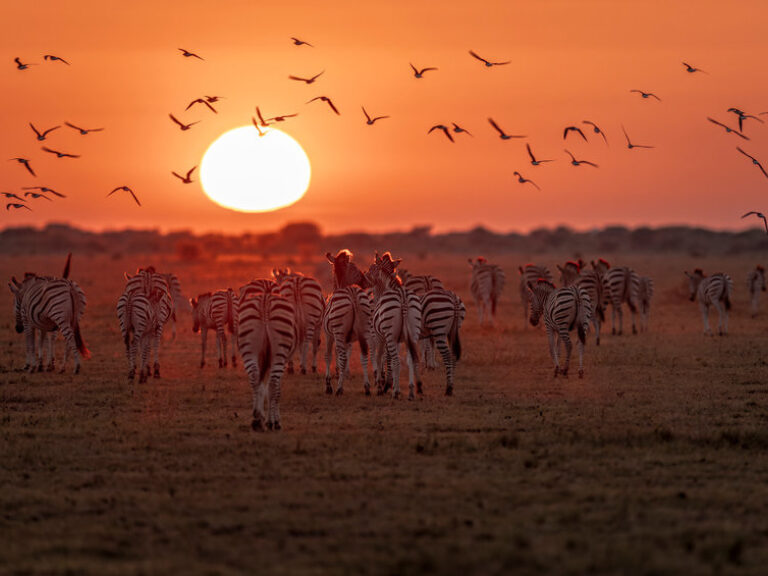
Zebra migration in Nxai Pan National Park
I’ve always loved Nxai Pan – it’s never busy, my sightings of lion, elephant and cheetah seem perfectly framed by these big horizons, and the baobabs by the salt pans here are a striking presence. With a handful of campsites (including at remote Baines’ Baobabs, a remarkable cluster of seven ancient baobabs (named after explorer and painter, Thomas Baines) and just one upmarket lodge, there’s rarely more than a couple of other vehicles at any sighting.
As well as plenty of elephant, and a good chance of seeing lion and cheetah, Nxai Pan has a couple of other wildlife highlights to draw you here. After the rains, thousands of zebra migrate here from the Chobe and Linyanti rivers after the rains forming part of Africa’s longest zebra migration. And for reasons unknown, Nxai Pan is the only place in Botswana where you can see springbok and impala in the same place.
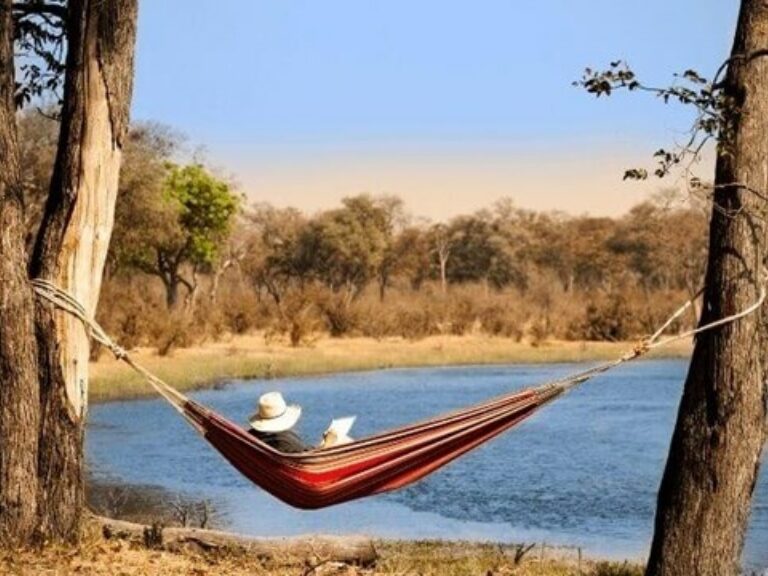
Linyanti, Kwando and Selinda Reserves
Scattered along the northern waterways of the perennial Linyanti and Kwando rivers, and the seasonal Selinda spillway, the camps in these three neighbouring private concessions operate in a similar manner to those inside the Okavango Delta.
Game-viewing is as good as in the Okavango, with predator-tracking a particular specialty of the Kwando camps. Most camps offer game or wildlife drives, mokoro boat trips, and sunset boat excursions.
What you see in these parts depends very much on the time of year you visit. In Linyanti, for example, from May to October, expect to see lots of elephants, while zebras migrate through the area, usually from February to April. At other times, wildlife can be very scarce, although the November-to-April wet season is excellent for birding in all three concessions, with migrants from Europe and North Africa here en masse.
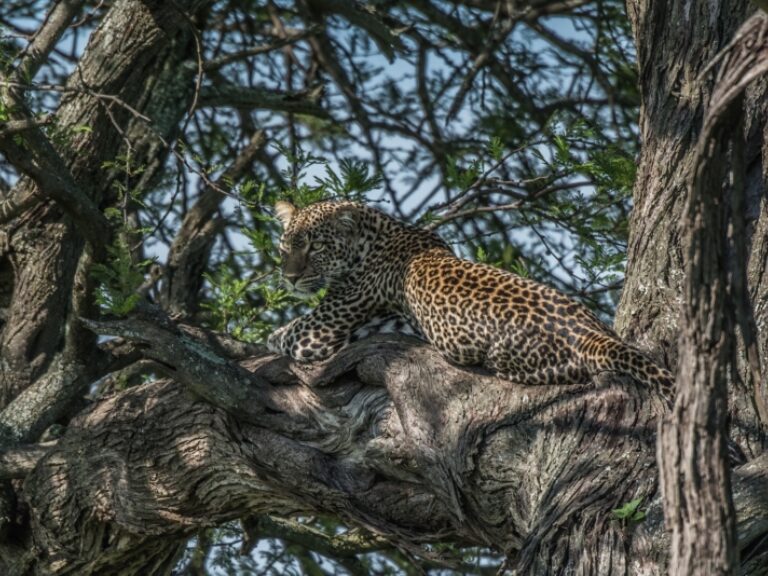
Chitabe & Qorokwe concessions
In 25 years of African travel, I’ve never seen as much high-quality wildlife as I have in these fabulous Okavango concessions. Over two recent days, I saw leopards, nearly 30 lions, dozens of elephants, a pack of 20 wild dogs, and a cheetah mother with six sub-adult cubs.
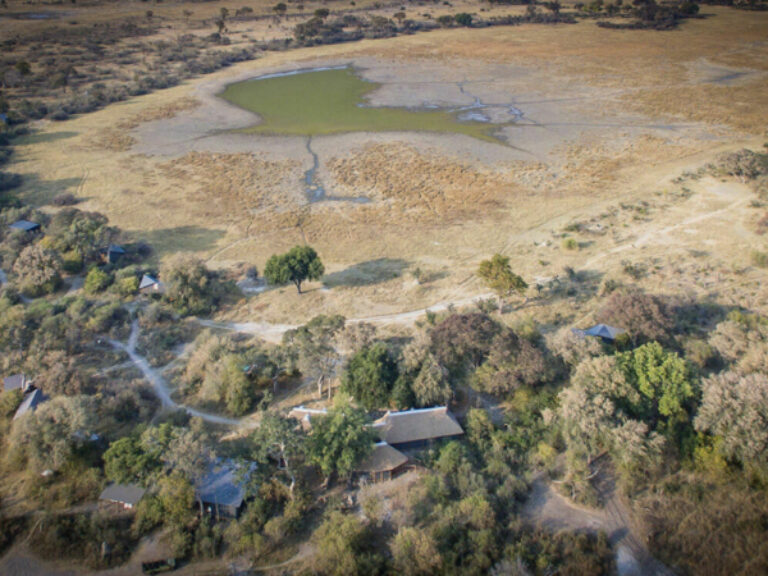
Splash Camp
Rory Sheldon
Splash Camp is a small camp in the private Kwara Reserve. Operated by Kwando Safaris who have better responsible travel credentials than most: locally based, no greenwashing, and supporting valuable community projects.
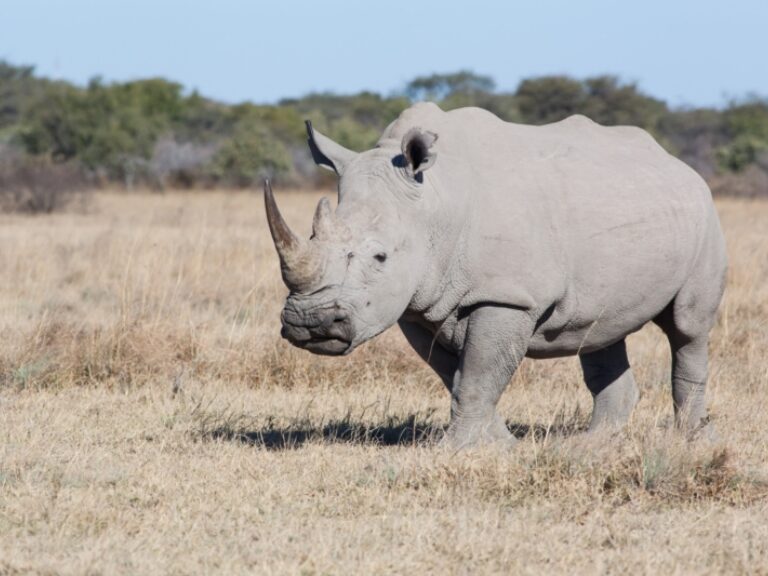
Khama Rhino Sanctuary
Botswana doesn’t have many rhinos but most of them are here in this small, little-known sanctuary, in Paje, east of Central Kalahari Game Reserve. On a recent visit, I was waylaid for nearly an hour by two male black rhinos fighting for dominance right along the main track.
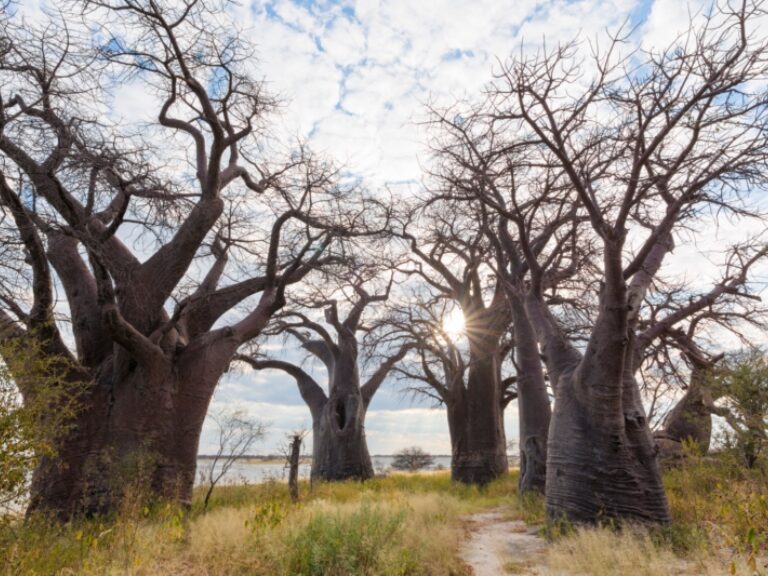
See the baobabs of Kubu Island
For the best of the pans, Kubu Island is a glorious ‘island’ of baobabs south of Makgadikgadi. This was the first place I ever camped in Botswana, and the magic has never left me.
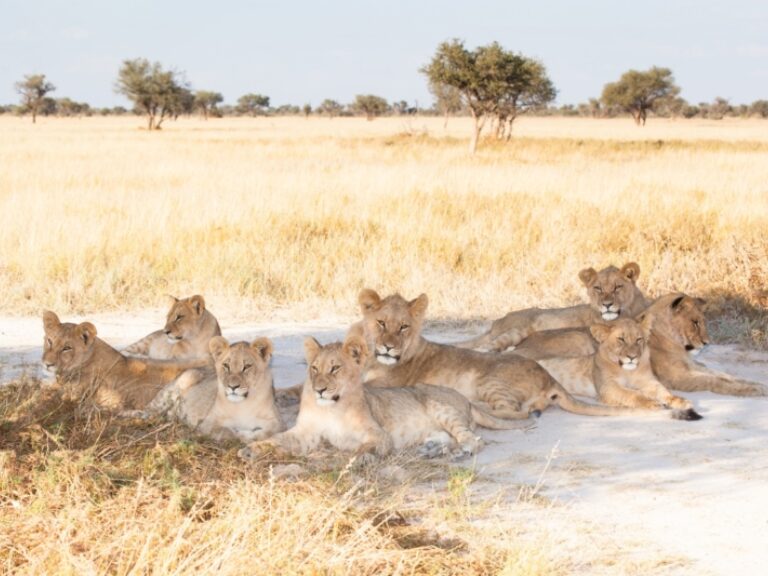
Camp out in Khutse Game Reserve
The southern extension of the CKGR, Khutse gets very few visitors (except on weekends). I love its remote campsites (I once slept here, 40 km from the nearest person), its classic Kalahari scenery, and its lions, leopards and so much more.

Nata Bird Sanctuary
Out in the east of the Makgadikgadi Pans, the pans of this rarely visited community sanctuary draw up to 250,000 flamingos and other waterbirds from November or December until March or April.
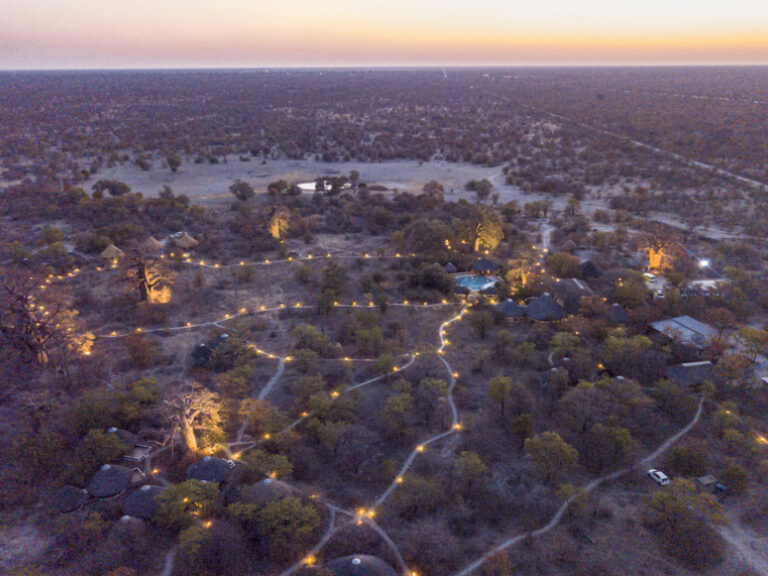
Planet Baobab
A budget-friendly option with self-drive access, offering all the activities of its more expensive sister camps on the edge of the pans.
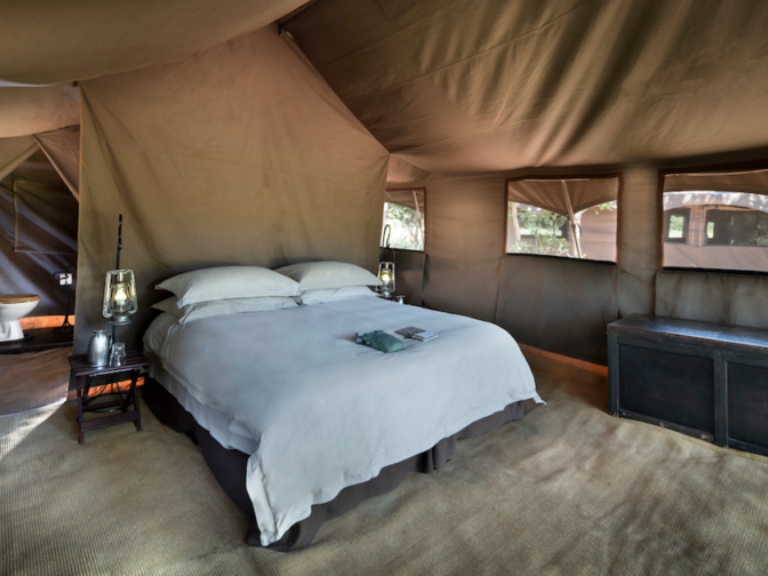
Savute Under Canvas
Easily the pick of the mobile camps in Chobe, &Beyond’s tented camp moves around the park almost weekly and captures the spirit of a mobile camp at its best.
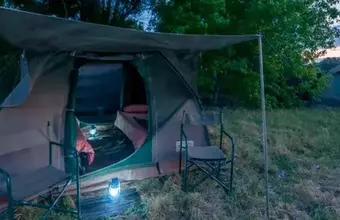
Botswana Camping Safaris
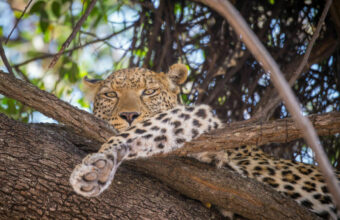
Into Botswana & Zimbabwe
15 day small group tour, botswana safaris: need to know, everything you wish you'd known before you booked, inside tip: self-drive safaris.
Much is made of Botswana aiming for high-end, low-density safari tourism and it’s not uncommon for a luxury camp in the Delta to cost well over US$1,000 per person per night in high season. But it’s actually the mid-range, rather than budget, traveller that finds it difficult to build a reasonably priced safari in Botswana.
Much as the Botswana government prefers not to publicise the fact, it has a fantastic network of campsites around the country. Some are privately run, others are run by the Botswana Department of Wildlife and National Parks (DWNP). Standard camping fees are USD $50/25 per adult/child. You can book directly through the park authorities or the private operators of the campsites, but you're better off booking through an agent. Renting a 4WD camper can seem expensive, but a two-week self-drive safari could end up costing the same for two people as one day on a fly-in, fly-out safari.
The best times for safari in Botswana
My favourite time to visit Botswana is during the dry season, June to September. During this time, most 4WD tracks are open, water levels in the Delta are ideal for mokoro trips and wildlife watching.
This period also corresponds with the high tourism season (which usually starts in June or July), so it’s also the busiest (and most expensive) time of year. During these months, it can also get extremely cold overnight and early morning throughout much of the Kalahari.
May or October can be a good compromise, although there’s a risk that the rains could linger or arrive early.
Access to the Delta may be limited, but the best months for birding are from November to March or April, when hundreds of migratory species arrive from Europe and North Africa.
Getting there & around
Although Gaborone is the capital of Botswana, the overwhelming majority of safari visitors to Botswana fly into Maun, in the country’s north-west. Maun is right alongside the Okavango Delta and not far from the Kalahari, and it has lots of safari companies, hotels, camps and restaurants and places to stock up on supplies making it the ideal gateway town.
Those heading to Chobe National Park may fly into Kasane, in the north-east. Kasane receives fewer international flights than Maun, but its proximity to Victoria Falls (84 km away by road, across the border in Zimbabwe) makes it well worth considering.
How a Botswana safari works
There are two main ways to go on safari in Botswana. One is to fly into Maun or Kasane (perhaps stay overnight, perhaps not) and then fly into one of the airstrips of the Okavango Delta or Chobe National Park. There you’ll be picked up by your accommodation, and then fly in and out of however many tented camps you’ll be staying in.
You can book all of this yourself, but most international visitors tend to book it via a tour operator.
The other option is a self-drive trip. You can fly into Maun or Kasane (or even Johannesburg) and pick up a 4WD, which will usually have a rooftop tent or other camping equipment. You’ll then drive yourself from one campsite to the next. Road and driving conditions in Botswana are significantly better than elsewhere in Southern Africa, but you’ll need to take obvious precautions such as driving during the day time and ensuring you’ve got sufficient supplies for long journeys.
Safari in the Okavango Delta
About the author.
Anthony is a renowned travel journalist and guidebook author and is one of the world's leading authorities on Africa safari, wildlife and conservation. He has been travelling to Africa for more than two decades to research Africa safari guidebooks for Lonely Planet. He is widely published in The Age, Sydney Morning Herald, The Monthly, Virginia Quarterly Review (VQR), National Geographic Traveler, BBC Wildlife, Lonely Planet Traveller, Africa Geographic, The Independent, Travel Africa, among many others.
Featured tours

Okavango Honeymoon
Luxury honeymoon in botswana.
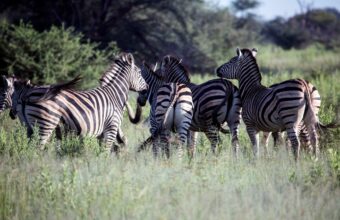
The Fantastic Family Safari
Family-friendly adventure exploring victoria falls and chobe national park.

Other guides you might like
Safari in kenya, kenya's best safari reserves and camps.
Stuart Butler
Gorilla safaris, an expert guide to seeing gorillas in the wild.
Philip Briggs
South africa safari, an expert guide to safaris in south africa, wildebeest migration safaris, an essential guide to planning a migration safari in tanzania and kenya.
Hans Cosmas Ngoteya
Safari in zambia, an expert guide to zambia's best safari parks, camps & lodges.
Sarah Kingdom
Safari in tanzania, an expert guide to tanzania's best safari parks & camps, where and how to see the big 5 on safari in africa, safari in africa, our travel writers' top africa safari picks, zimbabwe safaris, an expert guide to the best safari camps in zimbabwe, chimpanzee trekking, an expert guide to seeing chimpanzees in the wild, namibia safari, an expert guide to the best safaris in namibia.
Melanie van Zyl
Featured tours view all.
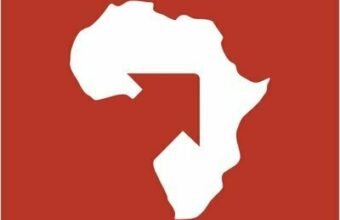
Why Horizon Guides?

Impartial travel guides
Our guides are written by the leading experts in their destinations. We never take payment for positive coverage so you can count on us for impartial travel advice.

Expert itineraries
Suggested itineraries and routes to help you scratch beneath the surface, avoid the tourist traps, and plan an authentic, responsible and enjoyable journey.

Specialist advice
Get friendly, expert travel advice and custom itineraries from some of the world's best tour operators, with no spam, pressure or commitment to book.
Our guides are 100% impartial and are written by independent, professional travel journalists. We make money by charging carefully-screened travel companies to list their business on our website. Our advertisers have no influence on our editorial content and we never accept payment for positive coverage.
Read more about how we work and what we believe in here .
- Travel guides
- Work with us
Sitemap , Privacy Copyright © 2024 Horizon Guides
Deals of the Week European Long Weekends Up to 50% OFF
Best Botswana Safari Tours
Start your safari-filled vacation in Botswana and spot lions, elephants, buffalo and maybe even a rhino or two! With many package options, there is a Botswana safari adventure for everyone! Click here to see all African safaris .
153 Botswana safari tour packages with 301 reviews
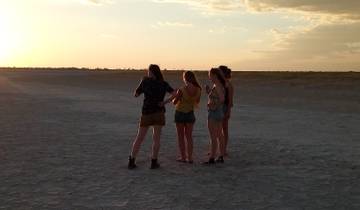
- Photography
- Wildlife & Nature Photography
- Christmas & New Year
Moremi Hippo safari
The tour was absolutely perfect and exceeded our expectations. Our guide was so knowledgeable and was interested in getting to know us. The chef (Chandolo) was brilliant - his food was amazing and he was also a really warm, welcoming person. The whole team worked great together and I would 100% recommend!

8 Days Safari tour itinerary for Makgadikgadi Pan, Maun & Nxai Pan National Park: Unite With The Wild Side Of Botswana
We had a wonderful time! Rocky, Jimmy, and Simba were excellent as drivers, guides, cooks, and problem solvers. We ate very well indeed. I will comment that the tour we took was quite different from the stated description of it. For example, we did not go to the salt pan. It seems that Rocky, the boss of the crew, received a different itinerary than what we thought we would be doing. How did that happen? The places we did go were terrific, and it was not until the second last day of the trip, that we realised the discrepancy. Rocky offered us a way to go to the salt pan, but for a couple of reasons, we declined that offer. Please note that I am not complaining about Rocky, Jimmy, and Simba. They followed the information they had received. I will also say that while we were accepting of the situation, some people could have reacted differently, and that would not have been fair to our crew. To summarise, we loved the trip! Credit to Rocky, Jimmy, and Simba for looking after us so well and sharing their beautiful country with us. Sincerely, Arthur George Busch

Tailor-Made Botswana Tour with Mobile Camping Safari, Daily Departure
- Book With Flexibility This operator allows you to rebook your dates or tours with them for free, waiving change fees.

5-Day Okavango Delta & Boteti River Camping Safari
I loved the trip. We had so many memorable experiences. The staff, lead by Beneh, Dominic and Annah, were delightful. As a 69 year old I found the heat and the long drives over rough roads challenging but worthwhile. We saw so many eautiful
- €30 deposit on some dates Some departure dates offer you the chance to book this tour with a lower deposit.
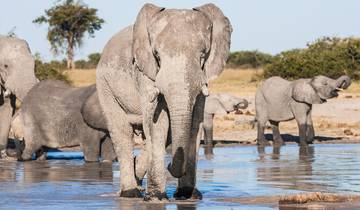
Moremi reserve and Chobe NP Photographic Safari
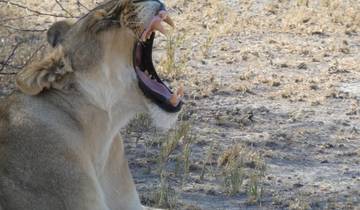
9 Days, Ultimate Chobe, Elephant Sands ,Makgadikgadi Pans, Okavango Delta Safari & Moremi

Chobe National Park Short Break
Kwalpe safari lodge was less central than the hotel mentioned on original booking - room was good, staff was great and included food was great. Did some tours privately which were a bit better than included ones.
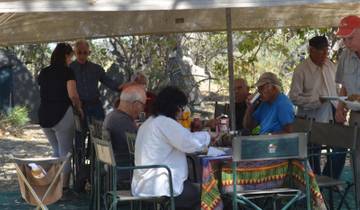
Okavango Delta Highlights 5Days/4Nights (Comfort)
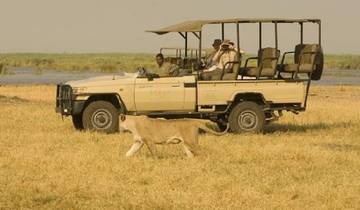
Game Drive, Boat and Safari Walks Experience
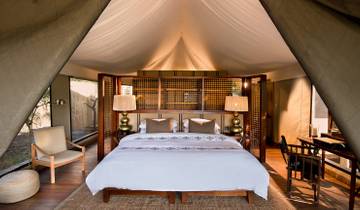
Botswana's wonders 8 Days Top Luxury Safari (Chobe NP & Okavango Delta)

Central Kalahari Game Reserve and Okavango Delta Exploration 7 Days /6Nights
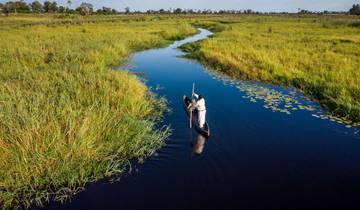
4-Day Okavango Delta & Boteti River Tented Safari
Very nice and friendly staff at the tented camp. Beautiful place to stay and food arrangements were very good
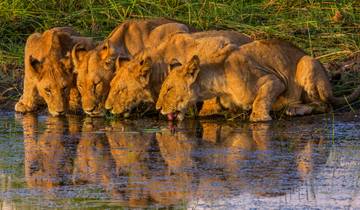
Into the Okavango - 6 days
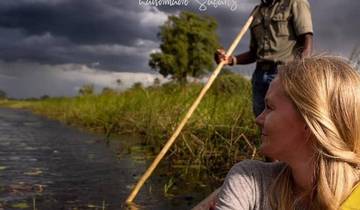
- Kayak & Canoe
9 Day Wilderness & Desert Trail: Okavango & Kalahari - Wild Camping Safari, all-inclusive
We would be more than happy to recommend the Kalahari Breeze Safari Tour. Maria and Chris are experts and know how to create a phenomenal experience for their clients. They are incredibly organised and knowledgeable of the region and how to show its best qualities

8 Day Wilderness Trail: Okavango & Moremi . WildCamping Safari , all-inclusive
Botswana safari tour reviews, safari tours.
- Wildlife (58)
- Big Five (6)
National Park
- Moremi Game Reserve (90)
- Chobe National Park (48)
- Victoria Falls (8)
- Central Kalahari Game Reserve (5)
Regions in Botswana
- Okavango (99)
- Moremi Game Reserve (97)
- Chobe National Park (89)
Travel Styles
- 10 Best Safaris in December 2024/2025
- 10 Best Safaris in August 2024/2025
- 10 Best Safaris in January 2024/2025
- 10 Best Safaris in November 2024/2025
- 10 Best Safaris in October 2024/2025
- 10 Best Safaris in September 2024/2025
- 10 Best Safaris in July 2024/2025
- 10 Best Safaris in June 2024/2025
- 10 Best Safaris in May 2024/2025
- 10 Best Safaris in April 2024/2025
- 10 Best Safaris in March 2024/2025
- 10 Best Safaris in February 2024/2025
- 10 Best Luxury African Safari Tours 2024/2025
- Botswana Travel Guide | All You Need to Know
- Best time to visit Botswana for a Safari
- Search Please fill out this field.
- Manage Your Subscription
- Give a Gift Subscription
- Sweepstakes
How to Plan a Safari in Botswana, According to Experts
A beginner's guide to safari vacations in Botswana.
:max_bytes(150000):strip_icc():format(webp)/Brad-Japhe-author-pic-02ce5d707440449fafcd35e116dfa76d.png)
Marc Stickler Photography/Courtesy of Natural Selection
An African safari ranks high on the wish list of many a world traveler. Of the millions of adventurers who make the trek here annually, the (ahem) lion’s share will end up in the game reserves of Kenya, South Africa, and Tanzania — enduringly popular destinations for wildlife viewing in Africa. But in recent years, Botswana has been nipping at the heels of those countries.
Botswana is home to diverse landscapes that span delta to desert, and the local culture is vibrant and inviting. The Botswana bush is teeming with majestic fauna, including Africa’s largest population of elephants — they are protected by a government focused on conservation, and tour operators committed to the same. And a safari here means you get to enjoy all of the above with far fewer humans than in its aforementioned continental counterparts.
“Botswana is an anomaly in Africa,” said Ian Proctor, president and managing director of Ultimate Africa Safaris . “It is considered one of the safest and most stable democracies on the continent.”
Proctor has been preparing customized itineraries for safari-going clients since 1996, and during that time he estimates he’s personally enjoyed more than 250 experiences across the African continent. Botswana has become his go-to destination, and in no small part because of the modernization of its government.
“Citizens receive free universal health care, and LGBTQ+ communities are legally recognized,” he cited as examples. “And with a very small population, its wilderness areas are unparalleled — and, importantly, uncrowded.”
Ready to pack your bags? Here’s how to plan your Botswana safari, along with insight from experts on what you can expect along the way.
Courtesy of Natural Selection
How to Get to Botswana
The most common way to get to the Botswana bush is by way of Safarilink flights out of Maun National Airport (MUB), in the northwestern part of the country. Midsized runways here can’t accommodate jumbo jets, so you won’t find direct service from the U.S. That’s a blessing in disguise, though. The added stop you’ll need — in either Johannesburg or Cape Town — weeds out those tourists who aren’t willing to brave nearly 16 hours of total flight time.
Really, it’s not nearly as arduous as it seems. American carriers now offer multiple direct options per day into South Africa from New York and Atlanta. And if you work with an outfitter like Ultimate Africa Safaris, you can bookend your safari with well-curated layovers in those connecting cities.
Best Times to Go to Botswana
Weather-wise, Botswana is at its most inviting from early May through the end of September. Temperatures are more moderate during these winter months, and malaria is less prevalent. Things start to get somewhat wet come mid-October, but if birding is your thing, the rainy season is precisely when you want to arrive. The Nata Bird Sanctuary along the northeastern edge of the massive Makgadikgadi Salt Pans is the world’s largest breeding ground for Lesser and Greater Flamingo. This ancient, Switzerland-sized lakebed is a shrimp-infested food source for the birds, which pass through by the hundreds of thousands from November through March.
Best Places to Stay
When it comes to world-class safari camps, this part of Africa is chockablock with options. They run the gamut from rugged to ultra-luxe and are scattered across every corner of the country’s dynamic terrain. You’ll want to allot ample time to explore the Okavango Delta. This massive marshland in northern Botswana boasts a footprint of nearly 8,000 square miles and is regarded as one of the Seven Natural Wonders of Africa. From there, you can transfer by bush plane to the outskirts of the Kalahari Desert to enjoy a wholly different landscape.
“Botswana dedicates so much space for wildlife — we are actually in the top 10 percent in the world for wildlife conservation,” said Super Sande, a native of Botswana who has been a guide in the country for 32 years. “Between the wet and dry parts of our country, the diversity of game that you see is like nowhere else. You can be surrounded by thousands of zebra and wildebeest and be the only car there. It’s so special.”
Logistically, it’s easiest to take all of these wonders in by booking an all-inclusive package with a tour operator. One such example is Natural Selection's “Botswana Explorer” package, which covers multitudes of terrain over 10 days, including an overnight on a Delta houseboat and luxe stays in private game reserves. The program starts at $8,235 per person, which includes a guide, transfers, and meals along the way.
As for individual standouts, Jack’s Camp is king of the desert. The legendary outpost along the edge of the salt pan underwent a full rebuild in 2021, and it now boasts rooms with private plunge pools and bedside air conditioning. Its common area is the aesthetic equivalent of stepping into the late 19th century, anchored by a Persian tea tent and a full bar with a comprehensive collection of cultural artifacts. Prices at the year-round lodge range from $1,450 to $2,495 per night, depending on room size and time of year.
In the Delta, a similar level of luxury can be found at Tuludi . The seven-room property sits on the Khwai Private Reserve — 772 square miles of floodplain awash with wildlife. Suites feature outdoor baths and plunge pools. Don’t be surprised if you’re visited in the evening hours by the local herd of elephants who enjoy feeding on foliage here once the sun has set.
Later this year, Tawana Camp will become the newest option in the Okavango, and the only camp located within the protected Moremi Game Reserve. This exclusivity is owed to a first-of-its-kind partnership between Natural Selection and the BaTawana nation — who have stewarded the land since the late 18th century (the camp takes its name from the nation's current ruler). It will feature all the trappings of five-star living, including butler service and its own gym. The whole camp is positioned alongside a gently rolling river crowded with hippos, lions, and zebra.
What You’ll See in Botswana
Peter & Beverly Pickford Wildlife Photography/Courtesy of Natural Selection
If you stay on a riverfront camp such as Duke’s , you can head out into the water on traditional canoe-like vessels known as mokorom, and from this vantage point, you’ll spy African fish eagles and saddle-billed storks along the shore. You’ll also likely paddle past hippos, whose eyes hover menacingly just above the waterline. Back on dry land, lions prowl in outsized prides, leopards carry slain impala into the trees, and baboons scamper across the plains by the dozen.
Elephant fans will want to book a stay at Hyena Pan , hidden among the thick mopane forests of Khwai Private Reserve. A short game drive brings you to a repurposed shipping container abutting a watering hole. This is the Elephant Hide, and it affords an intimate spectacle of the largest living land animal, which congregate just a few inches from a narrow viewing slot fashioned into the side of a steel wall.
In the salt pan, you can marvel at colorful creatures of all shapes, sizes, and speeds. The edge of the ancient lakebed is inundated with meerkats, Cape hares, aardwolves, hyenas, and cheetahs, to name but a small cross section of species.
“I see the most interesting things here at night, especially,” Sande said. “I just recently saw two honey badgers fighting off some jackals. No two game drives are ever the same.”
A lot of a safari experience depends on good fortune, of course. But luck is what happens when preparation meets opportunity, and the difference between a good guide and a great guide is careful planning, according to Kagisano Bapute, who steers guests toward unforgettable game viewing in and around Tuludi Camp.
“You have to stay up to date with everything going on from day to day, and from season to season,” Bapute added. “You’re always checking in with a network of trackers, and you have to be working around the clock, so you’re not just going out there blindly once you have guests with you.”
What You’ll Eat and Drink
While staying at any high-end safari camp, you can expect robust meals that rotate regularly, often featuring staples of Western cuisine. At Tuludi, for example, elegant pasta dishes are mainstays on the menu. Sable Alley has its own pizza station.
While it’s easy to gravitate toward the familiar — and there are certainly some great hamburgers to be enjoyed in the bush — if you’ve come all this way, do as the locals do and save room for seswaa . The flavorful beef stew is frequently served for supper along with local bread, phapatha . Vegetarians can keep an eye out for morogo , a spinach dish studded with onions and tomatoes.
When it comes to cocktails, gin is king here, and Okavango even has its very own. The award-winning eponymous offering is distilled with local botanicals, including the mopane seed. At Sable Alley, the bar staff is working it into the Bluebird: two parts gin, one part blue curaçao, and a splash of simple syrup, garnished with a slice of lemon.
Alternatively, book a stay at San Camp and you’ll drive into the heart of the Kalahiri for cocktail hour. A makeshift bar is set up atop the pale, crusted earth, just in time for sunset. Once it gets dark, a multi-course feast is prepared by campfire, with nary another soul in sight. For dessert, gaze up at the most dazzling star-scape you’ll ever see.
TOP DESTINATIONS
- Kruger Park
Okavango Delta
- Serengeti National Park
- Victoria Falls
TOP COUNTRIES
- South Africa
TRAVEL DEALS
View All Travel Deals
SOUTHERN AFRICA
East africa, indian ocean islands, top experiences.
- Beach Holidays
- Family Safaris
- Honeymoon Safaris
- Desert Safaris
- Luxury Rail Safaris
- Multi-Generational Safaris
- Positive Impact Safaris
- Photographic Safaris
- Walking Safaris
WILDLIFE SAFARI
- Big Five Safaris
- Birding Safaris
- Gorilla Trekking Safaris
- Migration Safaris
- Mobile Camping Safaris
- Horseback Safaris
FEATURED EXPERIENCES
Comfort levels, property types.
- Tented Camps
- Boutique Hotels
Featured Safari Collections
- Extraordinary
- Elewana Collection
- Time & Tide
GET TO KNOW US
- Meet The Team
- Pricing Explained
- Traveller Reviews
- Traveller Stories
- Why Book With Us?
- HerdTracker
- Safari Cost Calculator
- South Africa In 360
- Trusted Safari Partners
What are you looking for?
- Safaris & Tours
- Destinations
- Experiences
- Accommodations
- Why book with us?
Hello traveller!
It's in Cape Town now.
We're sorry. Our safari planners aren't available now. Our office hours are 08:00 - 19:00 (GMT+2).
Call us to speak to an experienced safari planner.
Alternatively, we recommend...
Schedule a phone or Zoom call with one of our safari planners
Complete our travel enquiry form to connect with a safari planner

- Botswana Safari
The ultimate guide to your next Botswana Safari
Get to know botswana.

By Antoinette Booyse
Safari Travel Planner
On a Botswana safari, you’ll discover Southern Africa’s countless natural wonders in the utmost comfort and luxury. The country’s varied environments, from the floodplains of the Okavango Delta to the woodlands of Chobe National Park, offer ideal backdrops for remarkable Botswana safari experiences .
This remarkable country is home to intriguing landscapes, geographical wonders, and luxurious eco-friendly accommodations . An abundance of wildlife, birdlife, and world-renowned national parks and reserves all come together to make Botswana a prime safari destination for a memorable holiday in Africa.
Safaris tours in Botswana offer a variety of unique eco-friendly ways to experience the fantastic wildlife and birdlife that the country has to offer. Whether aboard a game drive vehicle, on the back of a horse, or even on a mokoro ride, a Botswana wilderness safari holiday truly has something for everyone.
Botswana Video
How it Works
View our recommended safaris for inspiration and get ready to plan your dream safari
Contact us or fill out an enquiry form and one of our travel experts will help you tailor make your perfect safari
Enjoy an authentic African experience, with peace of mind
Why Botswana?
- Untouched landscapes make a wilderness safari in Botswana naturally beautiful and a drawcard for many tourists and photographic safari goers alike.
- Botswana’s variety of adventurous activities makes it an excellent family safari destination .
- The large number of wildlife and birdlife on a Botswana vacation means there is plenty to see during game drives or mokoro rides. Botswana also stakes claim to Africa’s second biggest migration route , an incredible spectacle that features massive herds of zebra, wildebeest, and buffalo that attract plenty of top predators.
- Botswana is home to the most elephants in all of Africa.
- Botswana has designed an Ecotourism Certification System . The system encourages and supports tourist enterprises’ responsible environmental, social, and cultural activities and ensures they supply excellent eco-friendly products to consumers.
Where to go in Botswana
- Chief’s Island in Botswana
- Chobe National Park and Savuti Marsh in Botswana
- Kubu Island in Botswana
- Makgadikgadi Pans in Botswana
- Moremi Game Reserve in Botswana
- Okavango Delta in Botswana
The largest island in the Okavango Delta, Chief’s Island, is situated in the prestigious Mombo concession of the renowned Moremi Game Reserve. You’ll find the fascinating Big Five and many other wild animals on Chief’s Island. The predators on this island are particularly well known. High concentrations of top prey species, such as buffalo, impala, wildebeest, zebra, giraffe, tsessebe, and warthog, are drawn to its expansive floodplains and variety of habitats.
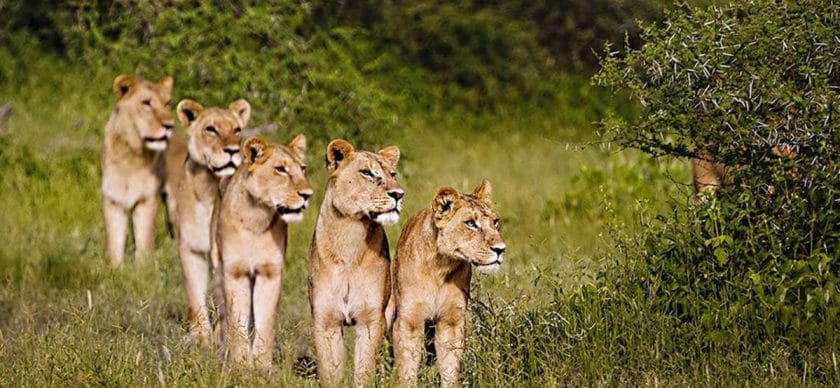
As water levels rise, much of the delta’s wildlife retreat to this area, which has been raised above the water level by tectonic activity. As a result, the island is home to some of Botswana’s most diverse wildlife. Wildlife abounds on Chief’s Island, where visitors can spot it on exhilarating game drives, bush walks, and boat tours. Elephants, lions, leopards, buffalo, and rhinoceros are all found in this area, so your chances of seeing the Big five are excellent.
On Chief’s Island, visitors have a choice of comfortable, luxurious accommodation options . A few operators even have mobile camps on the island.
Mombo Concessions
On the northwestern tip of Chief’s Island lies one of Okavango’s most famous game viewing areas, the Mombo Concession. Mombo is known to BaYei locals as “the place of plenty” and is arguably the most fertile land of the Okavango.
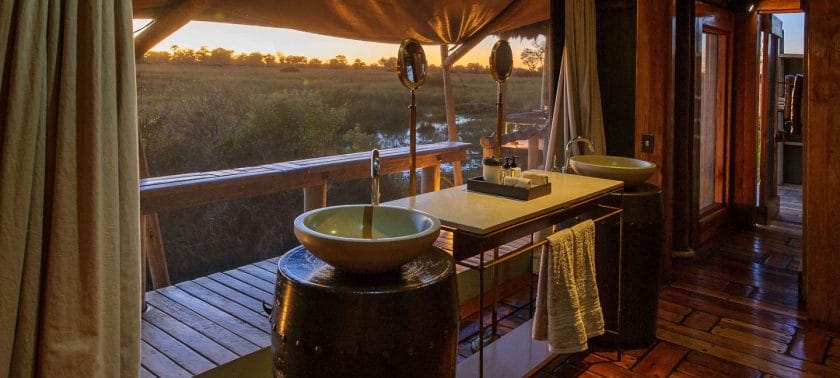
Mombo is located just below where the Okavango River splits into three primary channels and supports a diversity of wildlife hard to find anywhere else in Africa. When the water levels of the Okavango rise during winter floods, many animals move to find dry land on the island.
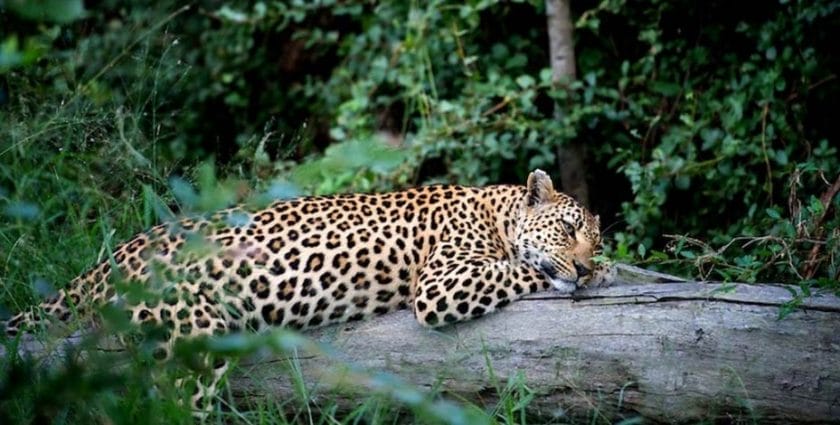
In the nineties, wild dogs ruled the Mombo Concession, with the largest pack having as many as 40 dogs. Their presence inspired the book Running Wild by Dave and Helene Hamman, which played an essential role in raising awareness of these lesser-known carnivores’ behavior and vulnerable status.
Nowadays, Mombo is a great place to visit on a Botswana vacation as it is famous for its large lion population and very relaxed leopards.
Botswana’s famous Chobe National Park , which includes the Savute Channel and the natural grandeur of the Linyanti River, is a must-see wildlife attraction. Chobe National Park, which covers about 11,000 km2 (4,247 square miles), was Botswana’s first national park and has Africa’s highest concentration of wildlife. Chobe Savuti Marsh is located in Chobe National Park.
Chobe National Park
Chobe National Park was proclaimed in 1968 and protects an area of 11,700km2 (4,517 square miles) that was mainly ravaged by big game hunters and commercial logging at the time of its formation.
The Park is located in the northeast of Botswana, falling within the convergence of two major biomes: Kalahari savanna meets broad-leaved and acacia woodland and Zambezi Teak forest. Running through these beautiful ecosystems is the illustrious Chobe River, with its yawning floodplains and surrounding riparian forest. Chobe has some of the best safari lodges in Africa , with great views of the wildlife, delicious food, and excellent service on a Botswana safari holiday.
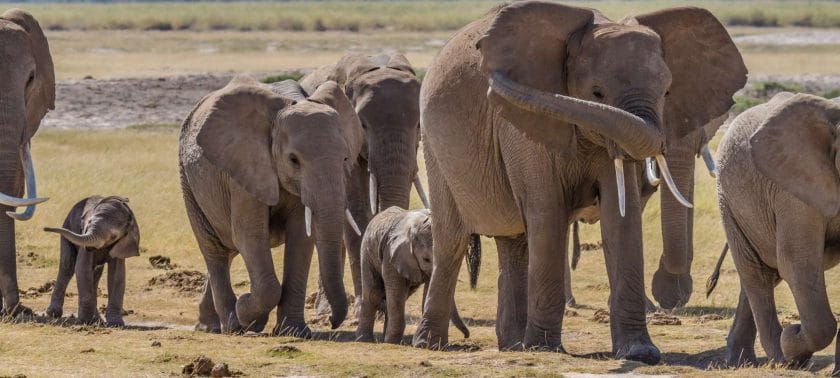
The Chobe River rises in Angola as the Kwando (Cuando) River and then disappears into the swamplands of the Linyanti, reemerging as the Chobe River. During winter months, the banks of the Chobe attract the largest population of elephants in the world at around 60 000 – 70 000 individuals.
Add great herds of buffalo, notoriously fearless lion prides, and 468 bird species to date, and you’ve got a playground for nature-lovers that’s second to none. From November to December, herbivores migrate between the Chobe River and the Savuti Marsh in pursuit of fresh grazing grounds.
The Savuti Marsh in Botswana
The Savuti Marsh is an expanse of grasslands in the western region of Chobe National Park. In Botswana’s BaYei dialect, the word Savute means “unclear,” which is thought to be a reference to the area’s unpredictable water supply, the Savuti Channel.
During the rainy season, the Savuti plains are lush and green. While Bateleur eagles and White-backed vultures circle the skies, large herds of buffalo and zebra can be seen roaming the open plains. Small islands with Ilala and Wild date palms are grouped together, providing shady hiding places for predators during the midday sun. During the dry season, many elephants are drawn to three man-made water holes introduced to the Savuti region in 1995.
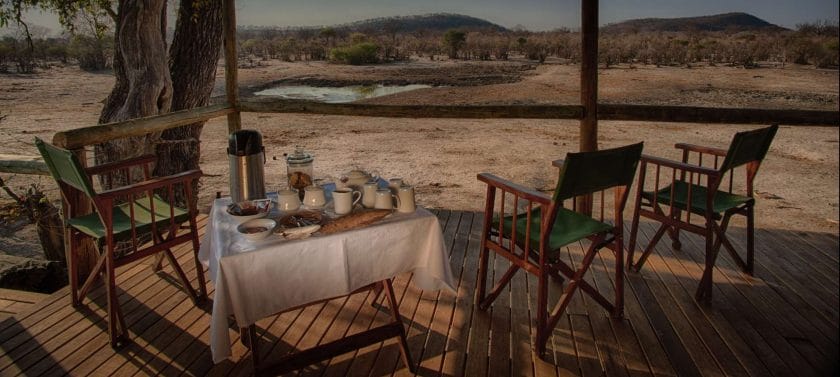
The Savuti channel has been a subject of great intrigue throughout history for its mysterious patterns of flow that experts believe to be influenced by underground tectonic forces.
The earliest mention of it can be found in European missionary explorer David Livingstone’s journal where, in 1851, he referred to Savuti (“Sontwa”) as a “dismal swamp”. The channel seems to have remained a drying wasteland for close to a century but began to flow again in 1957 when it drowned a large portion of the area’s acacia trees.
These dead trees still stand today, creating an intriguing, almost ghost-like landscape. In 1982, the channel again dried up, a process that Dereck and Beverley Joubert documented in their film Stolen River and, later, Journey to the Forgotten River.
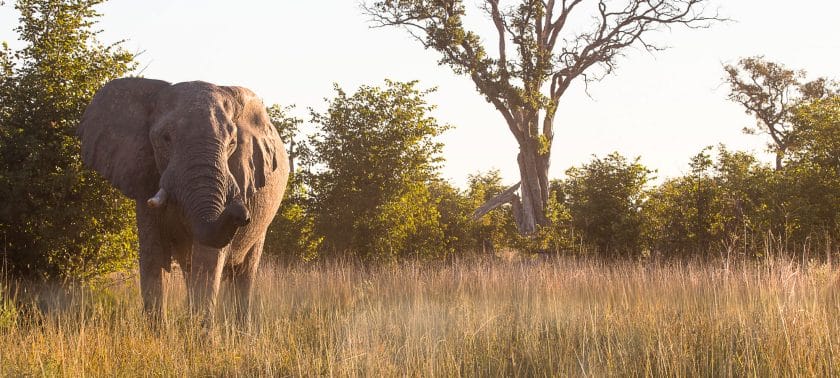
The drought transformed a thriving wildlife area into a dramatic battleground for survival. Large lion prides became specialized elephant killers, and crocodiles sought refuge by hibernating in the Gubatsaa Hills. In 2008, the area got wetter, and the channel flooded into the marsh in 2010, with the channel beginning to dry up again in 2016.
The drying-up process is fascinating, with storks, eagles, herons, and numerous other bird species flocking around small pools to feast on trapped fish. Even leopards have been caught grabbing catfish from the muddy shallows, showing their remarkable ability to adapt to changing environmental conditions.
Kubu Island is a dry granite rock island located in the Makgadikgadi Pan area, en route to four major parks and game reserves in Botswana. Kubu Island is the only place on a Botswana safari with prominent rocky features, breathtaking views of the salt pans in the Makgadikgadi , and solitary aesthetic beauty.
It’s beautiful in a rugged, enigmatic way, made more so by the presence of puzzling relics and ruins that litter the arid hillside. Artifacts found on the side of the lake appear to date from early Stone Age times, over 100 000 years ago, right up to recent decades.

Some researchers have suggested that the island may have been used for ancient rainmaking ceremonies, with its protruding rocks being the highest point in the area. Because human settlers could not have survived here without water, the island was most likely inhabited when a giant lake still surrounded it, or at least several wetter pans fed by other watercourses, reached by boat. Perhaps it would have been teeming with fish, crocodiles, and hippos.
The Makgadikgadi is an extraordinary Botswana region characterized by salt pans stretching as far as the eye can see, rocky granite islands, and open grasslands that spring to life in the wet season. In 1970, the Makgadikgadi Pans National Park was declared, which today comprises an area of 4,900km2 (1,891 square miles).
The Makgadikgadi’s two largest pans, Ntwetwe pan and Sua pan (sometimes called Sowa pan), do not fall within the park’s boundaries but are reachable by 4×4 rental in the dry season. These are both spectacular places to explore on a Botswana safari holiday for those who seek freedom in solitude.

Plains surrounding the saltpans are dotted with ostrich, zebra, springbok, and oryx, closely pursued by dark-maned lions. On the western border of Makgadikgadi Pans National Park is the Boteti (or Botletle) River, a prime drinking and bathing spot for domestic cattle and migrating zebras and elephants.
Nxai Pan National Park is another unique area to explore where, in the peak of the wet season, Botswana safari travelers spend a good deal of the night listening to the evocative roaring of lions that ambush both springbok and impala at waterholes during daylight hours.
Moremi Game Reserve , the only officially recognized wildlife reserve in the iconic Okavango Delta , is also often considered the most stunning for Botswana safari tours . The most diverse habitats and animal populations can be found in Moremi Game Reserve. This reserve spans thousands of square kilometers and encompasses a breathtaking panorama of forests, lagoons, floodplains, and islands, making up nearly a fourth of the Okavango Delta.
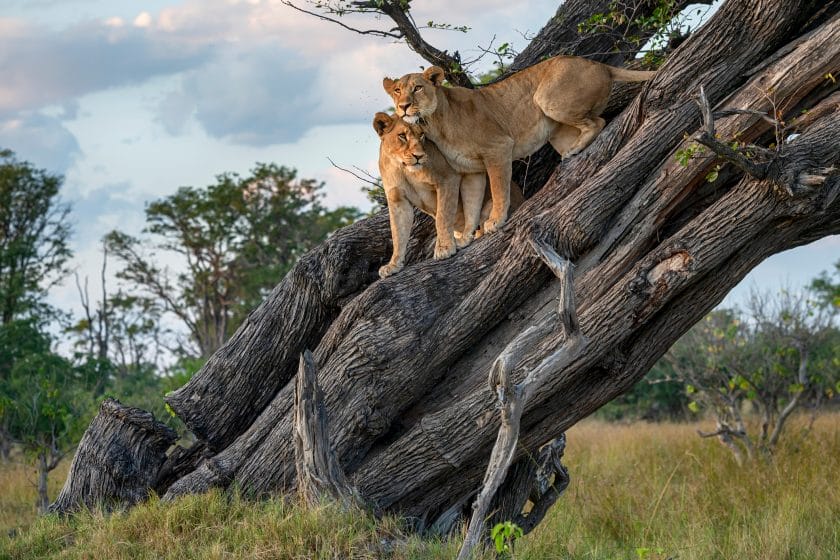
Lion, cheetah, leopard, elephant, African wild dog, zebra, Red lechwe, and many more resident species can be viewed year-round, making for excellent game viewing on a Botswana safari holiday. The idea to create a reserve in the Okavango region came from Robert Kay (a crocodile-hunter turned conservationist) and his wife June (a writer).
Yet it was the local BaTawana people (with help from the San/BaSarwa) who spearheaded the project, most notably Mohumagadi Pulane Moremi, the wife of deceased Chief Moremi II and the BaTawana’s Queen Regent. The reserve was named after the BaTawana Royal title, “Moremi”.
Botswana’s world-famous Okavango Delta , also known as the “Jewel of the Kalahari”, could easily be the most pristine oasis in the world. The Okavango River finds its origins in the highlands of Angola, in a catchment area of about 112,000 km2/43,243 square miles. From here, it begins a winding journey of 1,900 km (1180 mi) before fanning out into an intricate system of waterways covering 22,000 km (13670 mi) of Kalahari sand, a phenomenon that astronauts in space can observe.
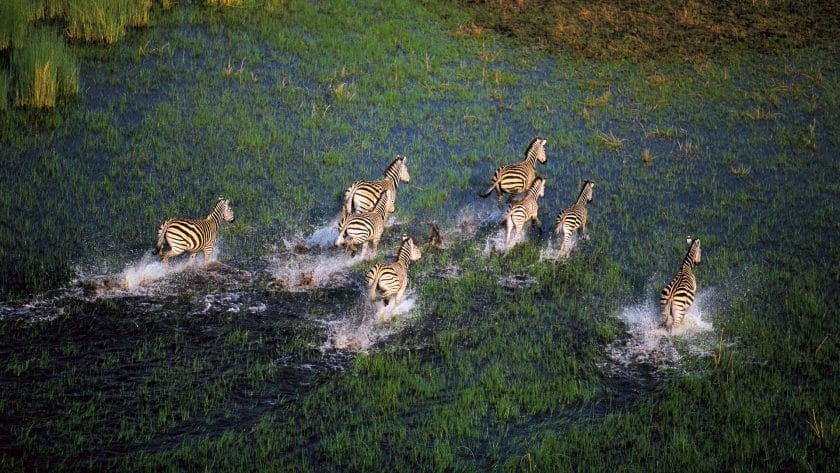
Although the river would have once reached the ocean, today, it is swallowed up by a thirsty basin of white Kalahari sand, creating an effect that resembles an outstretched emerald hand, or more correctly referred to by scientists as an “alluvial fan”.
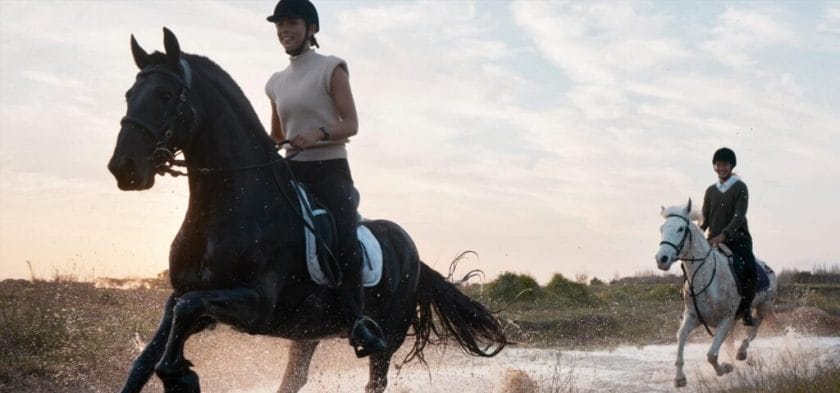
With top-notch wildlife, Okavango Delta luxury lodgings , and guiding, the Okavango Delta offers some of the best safari experiences in Africa . Additionally, it provides some of the most diverse safari pursuits including walking safaris , horseback safaris , mokoro, boat, balloon, and helicopter safaris, among a wide range of other safari activities.
There are many different kinds of places to stay in the Okavango Delta. Water camps focus on the delta, its unique waterways, birds, and animals that live in the water. Land-based camps focus on the wildlife that comes to this oasis in the wilderness. Mixed camps have activities on land and water. Most visitors on a safari in Botswana choose a camp that uses both land and water or mixed-use camps.
Travel with Confidence
With over 20 years of experience, our team will help you choose the perfect african safari for your adventure., 24/7 support, personalized, popular botswana safaris, these recommended tours for botswana can be tailor-made to match your budget..
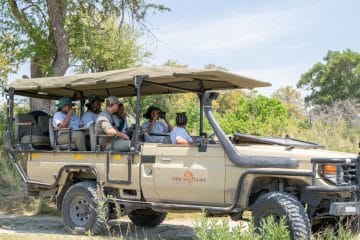
Safari & Women Empowerment
Southern Africa Botswana Linyanti Concession Zambia Victoria Falls Zimbabwe
From $ 7600 /USD

Short Victoria Falls and Chobe Experience
Zambia Livingstone Victoria Falls Botswana Chobe
From $ 2600 /USD
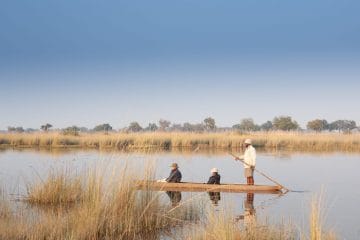
Best of Botswana
Southern Africa Botswana Central Kalahari Game Reserve Okavango Delta Linyanti Concession
From $ 7150 /USD
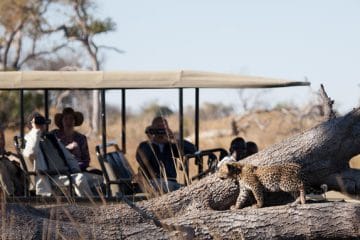
Affordable and Authentic Botswana Safari
Southern Africa Botswana Moremi Okavango Delta
From $ 3100 /USD
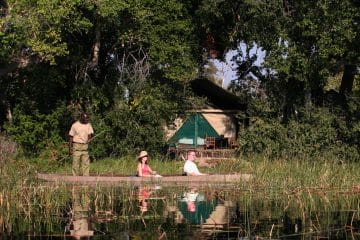
Okavango Delta and Victoria Falls Adventure
Southern Africa Botswana Moremi Zimbabwe Victoria Falls
From $ 5150 /USD
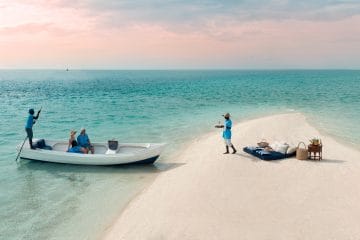
Luxury Okavango Delta and Mozambique Honeymoon
Botswana Okavango Delta Mozambique Vilankulo Benguerra Island
From $ 10450 /USD
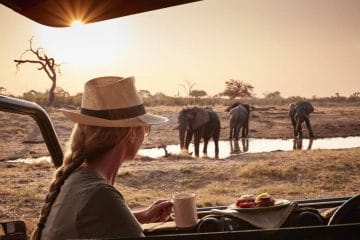
50 Botswana Safaris to choose from
Stay for 3 - 18 days
Experience our Tailor-made Tours in Botswana
When is the best month to travel to botswana.
- Botswana in January
January is one of Botswana’s highest rainfall months, with an average of 100mm (3,93in) falling in unpredictable and heavy downpours. As a result, January is not the most popular time to visit for a Botswana safari. It does mean that prices are a lot lower, making this prime safari destination more accessible to travelers on a lower budget. Birding safaris are excellent at this time of year; however, the water levels in the Delta are low, and the presence of water means wildlife is scattered.
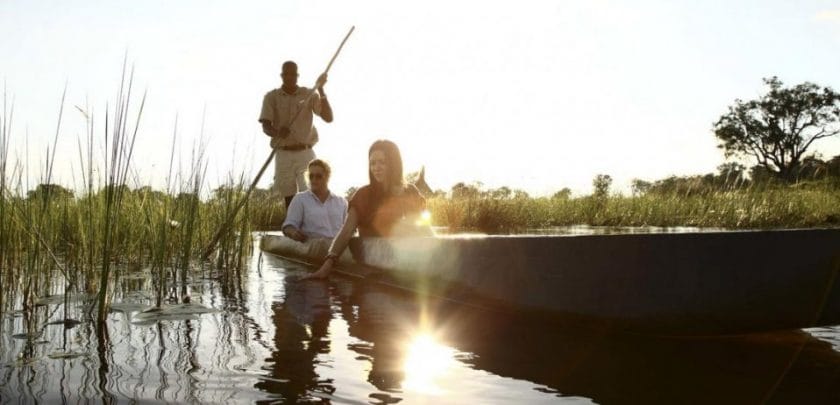
Botswana’s climate is regular and consistent, with hot, wet summers and mild, dry winters. The north gets the most rain, and precipitation decreases steadily as you head south.
December and January are the wettest months, with average daily temperatures ranging between 30°C/86°F and 35°C/95°F and hot days approaching 40°C/104°F. The most extreme conditions are in the Central Kalahari, but even the nights seldom drop below 15°C/59°F.
- Botswana in February
By February, the summer rains are beginning to lessen; otherwise, conditions stay much the same as in January. Average daytime temperatures remain in the low 30°C/86°F, while the coldest nights in the Kalahari may occasionally drop below 15°C/59°F. Towering thunderclouds still form an impressive backdrop for afternoon photographs, and the atmosphere stays clear and fresh after each bout of rain.
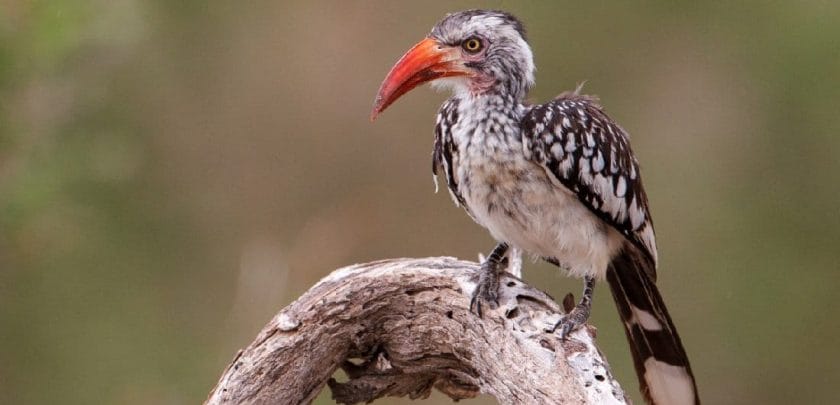
February is prime time for visiting the Central Kalahari, Savuti, and Makgadikgadi and Nxai Pans, attracting large numbers of zebra, springbok, and oryx. Predators, especially lions, are never far away. Elephants can be harder to spot in summer as they tend to disperse due to the abundant vegetation and increased surface water. Birding safaris , however, are at their best, with numerous migrant species and large flocks descending on the pans.
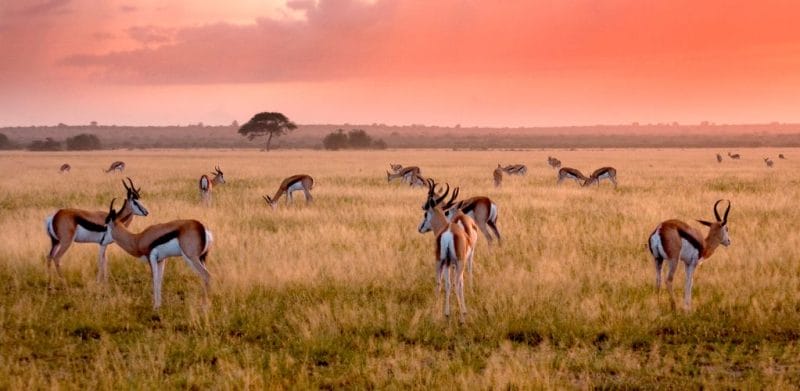
Road conditions are at their muddiest in February, so make sure you’re carrying recovery equipment and driving in convoy if possible. Driving on or near the pans is particularly treacherous, and doing so will almost certainly get you stuck on your safari in Botswana.
In Moremi and around the delta, certain tracks may be closed due to flooding, and others will have deep pools that you’ll need to treat with caution. Always ask other travelers about the conditions ahead during your Botswana safari tour , and look out for no-entry signs or the equivalent – logs or branches laid deliberately across the road.
- Botswana in March
The steady drop in temperature and rainfall continues throughout March, but hot days across the country can still reach the mid 30°C/86°F. In the south and center of Botswana, cold nights can drop to 10°C/50°F but tend to stay between 15°C/59°F and 20°C/68°F in the north. There are still afternoon thunderstorms every few days, which keep the atmosphere clear. March remains an excellent month for spectacular landscape photographic safaris .
March and April are considered some of the best months to visit the Kgalagadi on your Botswana safari. The Kgalagadi is worth visiting at any time of year, but as the summer rains withdraw, the landscape is at its most striking – a vast green grassland against low, red-ochre dunes. As the animals begin to congregate around pans still full, predators, especially lions, gather too, with exciting interactions virtually guaranteed.
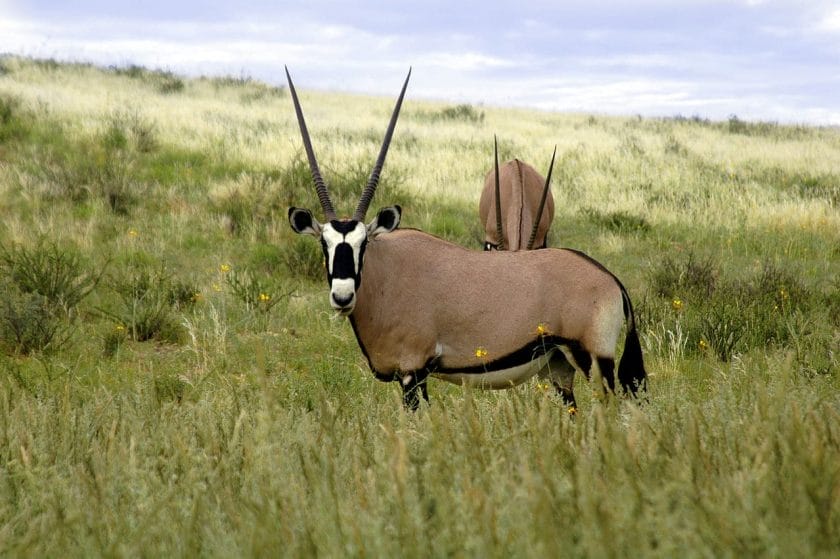
Further north, the Central Kalahari is also green and full of life, though road conditions around the pans remain incredibly muddy. To the northeast, Nxai Pan is no exception, although it’s especially wonderful at this time of year as migrating grazers make the most of the lush grassland and abundant surface water.
In the Okavango Delta, the marula trees start dropping fruit, attracting hungry elephants, often right into camp. There are few things more marvelous than sipping on your drink, and watching the sunset, as a magnificent elephant munches happily at a marula tree nearby.
By the end of the month, the roads in Moremi have usually begun to dry, making driving a bit easier. The water in the delta is now approaching its lowest level, and mokoro trips may not be possible, but boat safaris out to the deeper channels are usually available year-round.
- Botswana in April
The April/May shoulder season is an excellent time to visit Botswana for safari. By April, rainfall has almost wholly ceased across the country, although there may still be a few scattered showers. Everywhere is still green, and most pans still hold some water, but what is available is getting scarcer, forcing both predators and prey to stay near.
Average daytime temperatures are now about 30°C/86°F and nights hover around 15°C/59°F, pleasant enough for long evenings around the campfire, while also allowing for a more comfortable sleep.
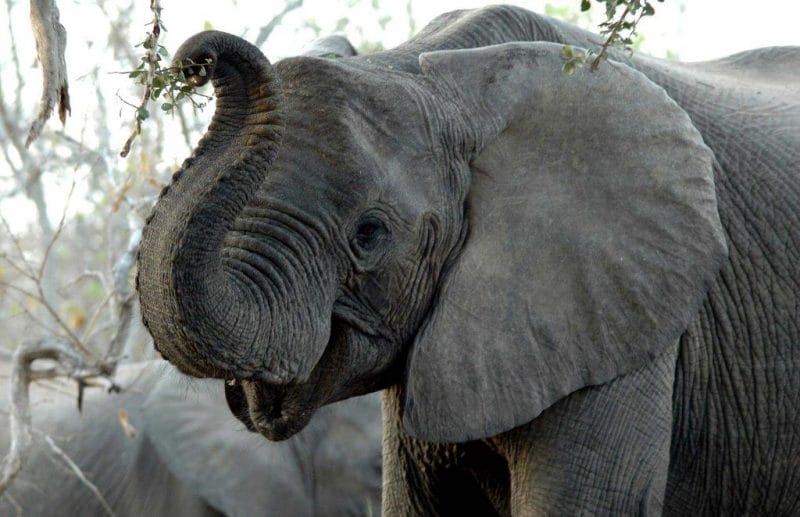
By mid-April, water levels in the iconic Okavango Delta panhandle are beginning to rise, although it takes a few months for them to filter down to Moremi. The delta feels fresh and alive, with fruit-laden trees and tall, green grass as far as the eye can see.
April is the start of the antelope breeding season, and the well-fed male impalas begin fighting it out for females. If you’re keen on fishing, then the deeper waters of the panhandle offer bream (tilapia) from April to August, but tigerfish are more likely from late August/September.
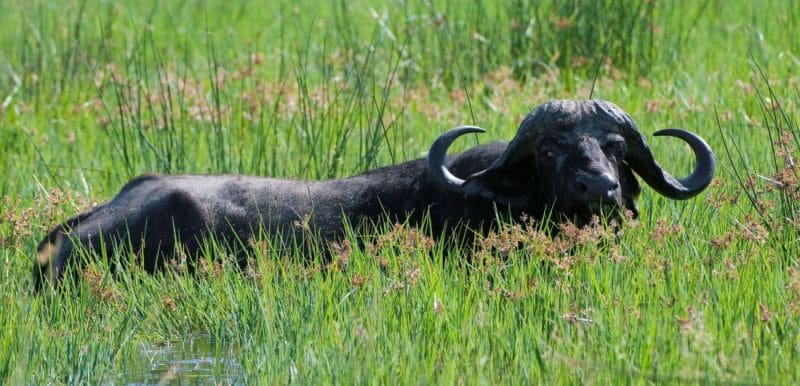
The Kgalagadi and Central Kalahari are at their best in April – a combination of cooler weather, prolific game, and lush, leafy landscapes. Game is still plentiful at Nxai Pan, and the muddy tracks are drying quickly with the rains almost gone.
By the end of the month, road conditions are much improved across the country. It’s still best to avoid crossing the Makgadikgadi Pans, however. The transit route from Lekhubu to Gweta may not be dry for at least another month.
- Botswana in May
May is the beginning of Botswana’s dry winter season, and there’s usually no rain anywhere in the country. Average daytime temperatures range from 25°C/77°F to 30°C/86°F, and it’s generally slightly warmer in the north and cooler in the south. Evenings in the north are below 15°C/59°F, and by the end of the month, nights in the Kalahari can fall close to freezing.
May is one of the best all-around months for visiting Botswana for safari, with good to excellent game viewing, mild, dry weather, and relatively quiet campsites and parks that get much busier later in the season.
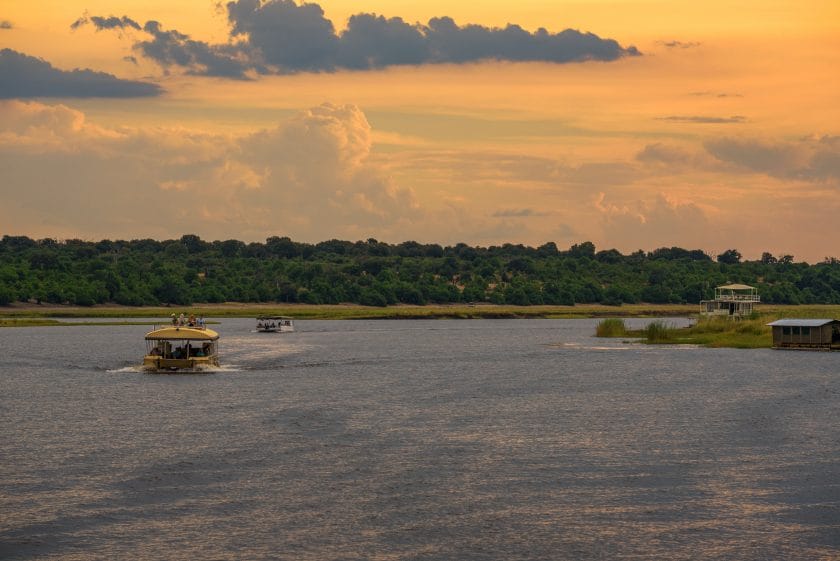
There’s good game viewing all across Botswana, but especially in the Savuti region, where herds of zebra and buffalo congregate in large numbers. As surface water evaporates, elephants return to the Linyanti Chobe River System, the Khwai River, and northern Moremi.
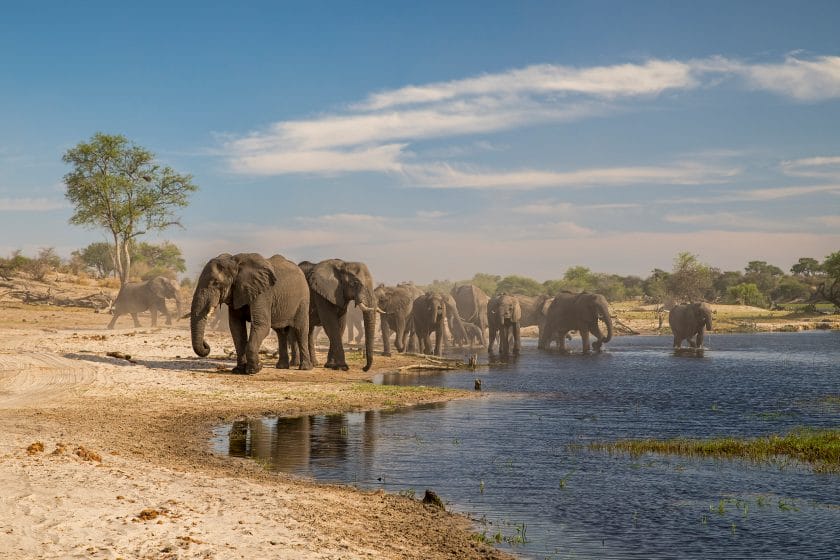
In the northwest panhandle, the seasonal flood waters are beginning to filter into the rest of the delta, although it’ll take another few months before they percolate all the way to the southeast. The gently rising water attracts numerous resident water birds, while migrant species take to the skies in numbers and begin the long journey north. This is why they consider May to be a great birding safari month in Botswana.
- Botswana in June
June is another excellent month to visit Botswana for safari, although the parks get busier from around the 20th as schools in neighboring South Africa break for winter holidays. These usually run from the last week of June to mid-July, and campsites across Botswana book up quickly. Late June marks the start of the high season in Botswana, and July to October is the busiest time.
Make sure you book your campsites well in advance. June and July are Botswana’s coldest months, and night-time temperatures in the Kalahari can drop below freezing. In the north, it rarely freezes, but lows of 5°C/41°F are common, and morning game drives can be icy.

Daytime temperatures are roughly the same across the country, averaging between 20°C/68°F and 25°C/77°F. As ever, the north is warmer and hot days may still reach 30°C/86°F.
By June, the pans have usually dried, forcing the animals to find more permanent water sources. They begin to congregate in large numbers along the fringes of the Okavango Delta and on the northern waterways of the Savuti Channel and Chobe Linyanti River System. June is a great time to see African wild dogs as they begin to search for dens for their pups.
In the Kgalagadi and Central Kalahari, lions and other predators are never far from the permanent waterholes, and large herds of springbok and oryx – which can survive with limited water – can still be seen on the drying, golden plains.
- Botswana in July
July is Botswana’s coldest month, and night-time temperatures can drop below freezing in the center and south. In the north, expect lows of between 0°C/32°F and 5°C/41°F. Early morning game drives can be icy with the added wind chill. Daytimes average between 20°C/68°F and 25°C/77°F across the country, with hot days in the far north occasionally touching 30°C/86°F.
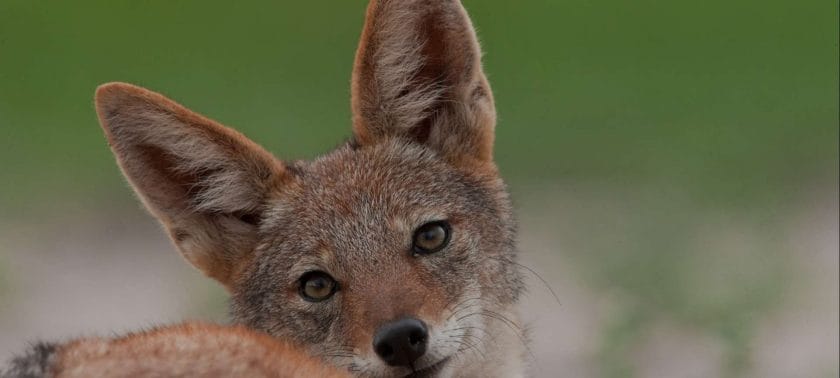
It’s also the driest month for a safari in Botswana, with practically no rain anywhere in the country. July is an excellent time to visit the Okavango Delta , Moremi, and Chobe when the wildlife congregates in greater and greater numbers along the permanent water channels.
In Moremi, the flood waters are now at their highest, and there’s plenty to eat along the myriad waterways. Their bright green fringes lie in stark contrast to the arid surrounding plains, where the thinning vegetation allows for superb game viewing tours .
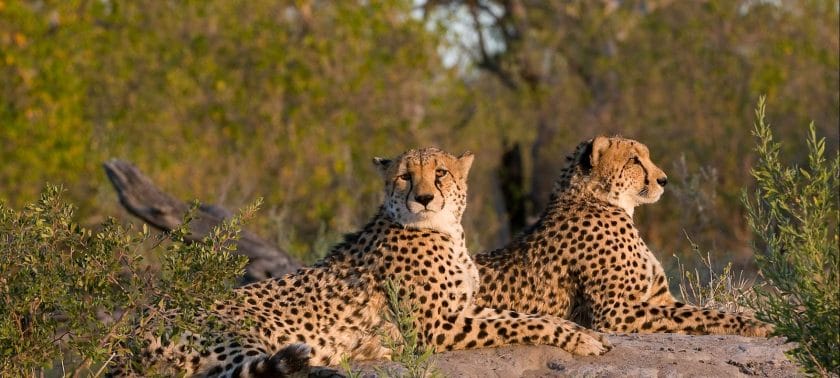
Wildlife sightings in the Kgalagadi and Central Kalahari are still good, although not at their best. The permanent waterholes become the focal points for the larger predators, while the shorter grass makes it easier to spot smaller animals such as the honey badger and Cape fox. By late July, the pans are thoroughly dry, and crossing from Lekhubu to Gweta should pose no problems.
- Botswana in August
August remains extremely dry across Botswana, although by the end of the month, there may be a brief shower somewhere in the south. Temperatures are already beginning to rise, and while nights in the Kalahari can still fall below freezing, sub-zero mornings are the exception, not the norm.
Daytime temperatures also climb rapidly during August, and hot days across the country will regularly top 30°C/86°F. August is a very popular safari month in Botswana. Campsites and lodges in Botswana should be booked far in advance.
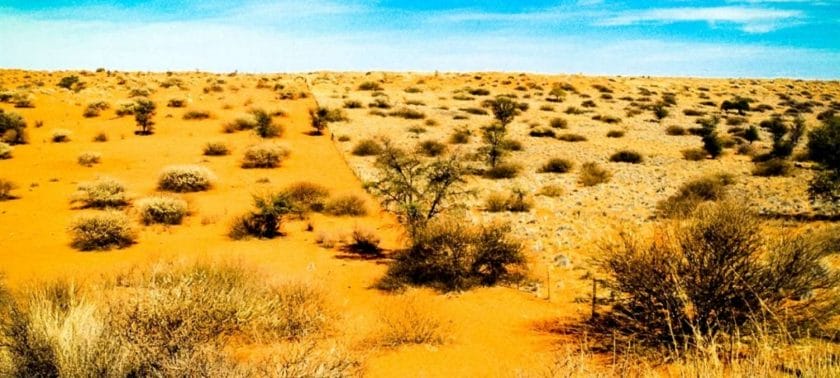
In the Okavango Delta, water levels are high, reaching as far south as Maun. Game viewing along the waterways is at its best and will remain so until the first rains fall in November. Late August marks the start of the Barbell (catfish) run in the northwest panhandle. From now to November is also the best time to catch Tigerfish, and the panhandle’s lodges and houseboat safaris are at their busiest.
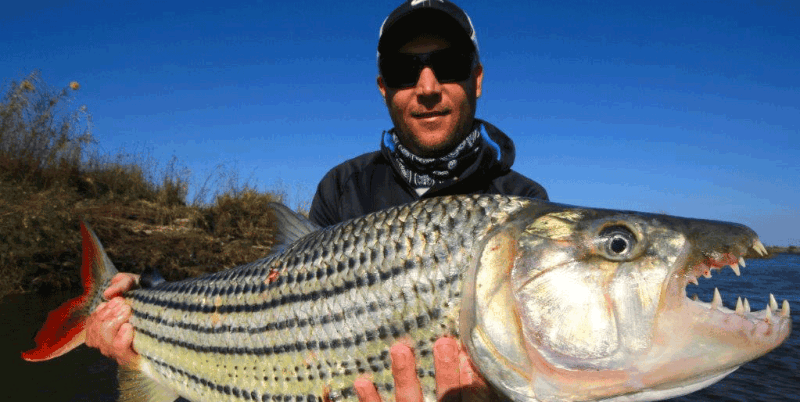
Away from the delta, water is extremely scarce, and the animals gravitate to the few man-made waterholes. The Kgalagadi’s Kaa Gate and Nxai Pan’s South Camp offer oases in a dry and desolate land. Kaa Gate is known for its black-maned Kalahari lions, and no stay at South Camp is complete without a thirsty elephant trundling through the campground.
- Botswana in September
Northern Botswana stays completely dry during September, but the center and south may receive a few scattered showers. Temperatures climb rapidly throughout the month and no longer drop below 0°C/32°F, even in the Kalahari. Average lows are between 10°C/50°F and 15°C/59°F, a bit cooler in the south and warmer in the north.
By the end of September, the days are hot everywhere, averaging over 30°C/86°F and approaching 40°C/104°F in Maun and Kasane. September is another busy month for safari tours in Botswana , and the popular northern camps should be booked well in advance.
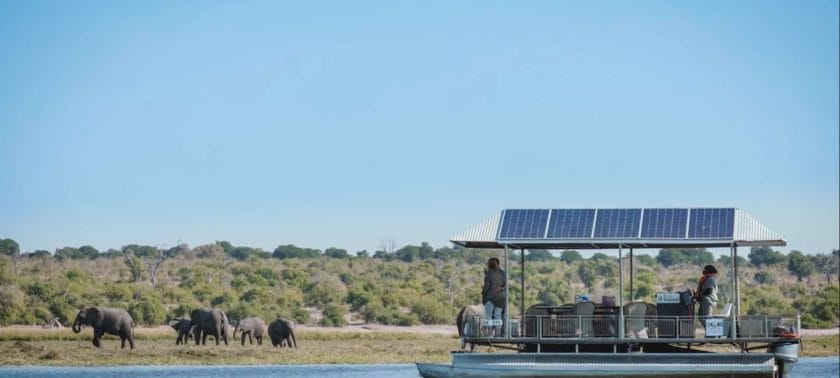
September and October are particularly impressive along the Chobe and Linyanti Rivers. Thousands of animals rely on these waters for survival, especially elephants, which can drink up to 200 liters of water daily. After a long, hot day foraging for food, hundreds of elephants gather along the river, often running the last few meters, trumpeting wildly in their excitement and thirst.
Moremi is also excellent in September, although the days are getting hot now. The dry, thin vegetation makes for excellent wildlife viewing and the cooler mornings and evenings are best for predator spotting as they come to the channels to drink.
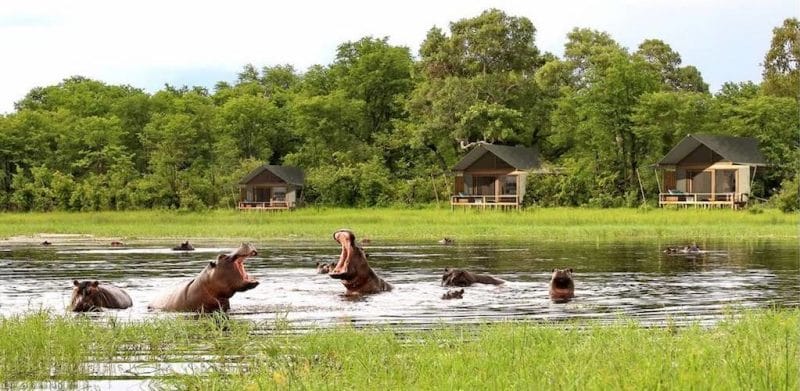
By September, the Okavango’s Barbell (catfish) run is in full swing, and it’s also prime time for Tigerfish in the northwest panhandle. The Kalahari and pans are almost at their driest in September, but the full October heat has yet to arrive. Wildlife viewing across the central and southern parks can be hit and miss, but the endless golden grasslands have their own beauty.
Lurking in the grass are the Kalahari’s black-maned lions, stalking the large herds of springbok, oryx, and Red hartebeest that still roam the plains. While many visitors to Botswana focus on the north, the south and central parks still have a lot to offer and can be much quieter and easier to book at this time of year.
- Botswana in October
October is Botswana’s hottest month, and temperatures can exceed 40°C/104°F in the country’s north. The south is a bit cooler, but not by much. Nights in the south average between 15°C/59°F and 20°C/68°F, and in the far north are often much warmer. In the south and center, the rains usually come earlier, with the first afternoon thunderstorms bringing some relief.
In the north, it rarely rains until the end of the month, and the rainy season doesn’t start properly until mid-November. Despite the heat, October is a popular Botswana safari month, especially along the Chobe River, which is famous for its herds of thirsty elephants.

In Moremi, the delta waters begin to drop, opening up the flood plains and providing much-needed vegetation for the grazers. The drying pools also trap fish, which draw vultures and other scavengers in for a feast. Away from the delta, the vegetation is denuded and sparse – not at its most beautiful, but great for spotting predators. To the northwest, the panhandle’s Barbell (catfish) run is still going strong, and September and October are the best months to catch Tigerfish.
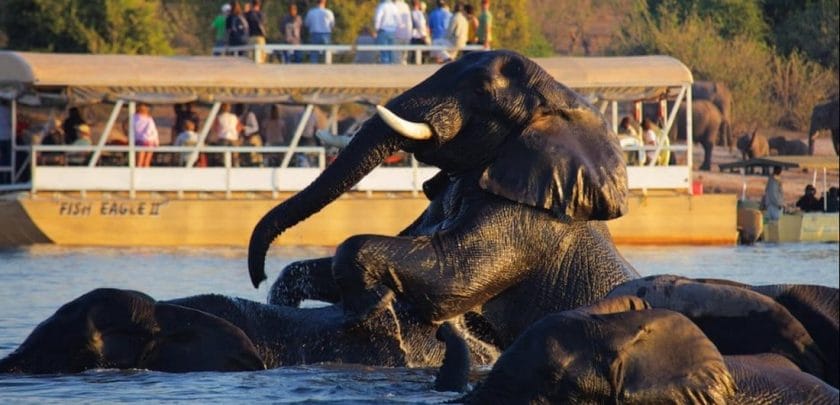
By October, Botswana’s seen no rain for six months, and the cloudless skies turn a pale, dusty blue – exactly the color of Botswana’s flag! Be prepared for heat, dust, bumpy roads, excellent wildlife sighting tours , and long, warm evenings under the stars. It can be an excellent time to be on the pans, especially Baines’ Baobabs and Lekhubu Island.
There may be no animals around, and the midday heat can be intense, but the incredible dusty sunsets are worth it as the light fades to pastel pinks and purples over the baobabs.
- Botswana in November
November is the spring shoulder season for Botswana safaris, a time of soaring thunderclouds, returning migrant birds, and fields of newborn calves once the rains arrive. It’s still scorching, with daily highs of 35°C/95°F to 40°C/104°F across the country, and it can get even hotter in the north, where nights are humid and often well over 20°C/68°F. The start of the rainy season is always hard to predict, but good years can see early November rainfall in the south and central Kalahari, while Moremi and Chobe usually have to wait until later.
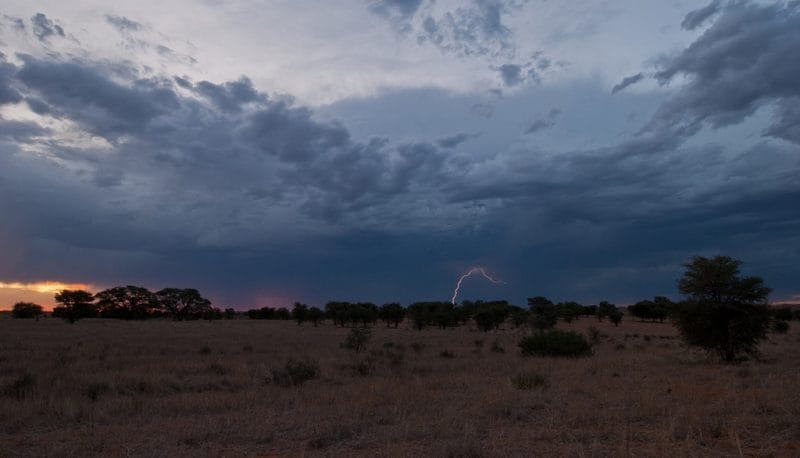
November is all about when the rains will begin, and when they do arrive, it’s with a literal bang. Before the first thunderstorms, conditions are much the same as in October, with increasingly desperate animals drawn to whatever permanent water sources they can find.
Waters in the delta continue to recede, opening up the flood plains and providing essential, fresh grazing. The Chobe and Linyanti river banks are now crowded with game, and large numbers of elephants congregate on the waterways.
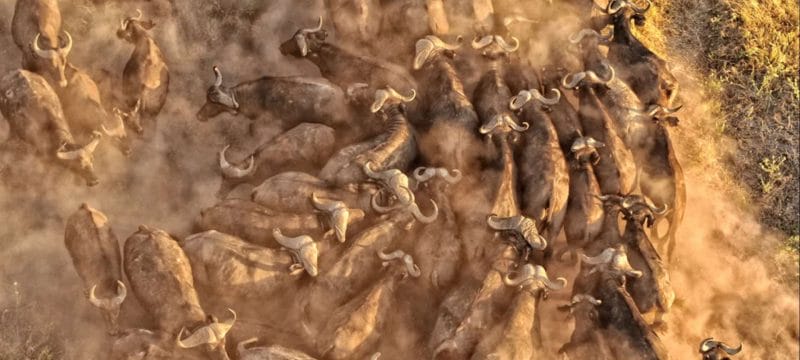
Once the rains do come, the relief is palpable. The dust clears from the skies, the pans fill, and the antelope birthing season begins. If there have been early rains, this is an excellent time to visit Botswana’s Central Kalahari, where enormous herds of oryx and springbok attempt to protect their newborns from prowling cheetahs and lions.
Road conditions are still reasonable at this early stage of the wet season, and you can still drive confidently without worrying too much about getting stuck.
- Botswana in December
December and January are Botswana’s wettest months, with afternoon thunderstorms a regular feature across the country. The rains are cooling, but daytime temperatures remain high, averaging in the low 30°C/86 °F , but with hot days of up to 40°C/104 °F or more. Nights tend to be humid and warm, often not dropping below 20°C/68°F.
The clear atmosphere and thunderclouds make for excellent photographic safaris , and you can expect a spectacular thunderstorm every few days.
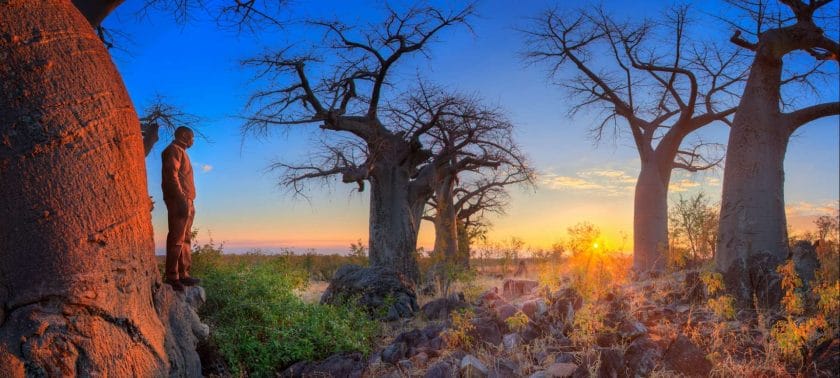
December is the start of the summer ‘ green season ’ when the vegetation recovers and grazing land is plentiful. New-born calves frolic on the Kalahari plains and are often targeted by the ever-present predators. As the pans slowly fill, more and more animals are drawn to the central parks, and both the Central Kalahari and Nxai Pans National Parks have abundant wildlife.
The Savuti region is also packed with game, although the elephants along the Chobe River are beginning to disperse as more water and vegetation becomes available inland.

As the rains intensify, the roads around the pans deteriorate. Thick mud can make some tracks impassable, and it’s a good idea to travel in a convoy. The roads through and around Moremi also get worse as the rains continue. Large holes in the roads fill with water, and the going can be very slow as you navigate the deep pools and fallen tree trunks.
Our Recommended Tours in Botswana
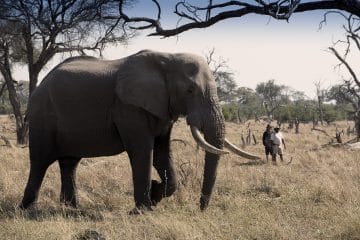
Photographic Tour of Botswana
Botswana Chobe Moremi Okavango Delta Southern Africa
From $ 3615 /USD
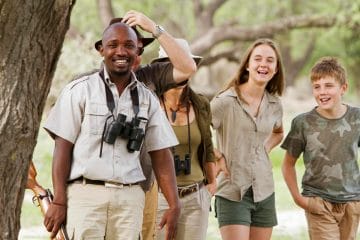
Young Explorers Safari in Botswana
Botswana Central Kalahari Game Reserve Moremi Okavango Delta
From $ 8900 /USD
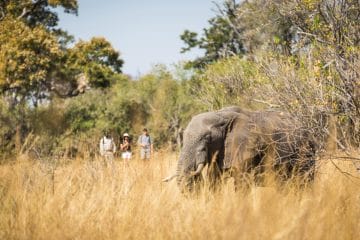
Zimbabwe and Botswana Ultimate Safari
Southern Africa Zimbabwe Victoria Falls Mana Pools Hwange Botswana
From $ 15700 /USD
Looking for Something Unique?
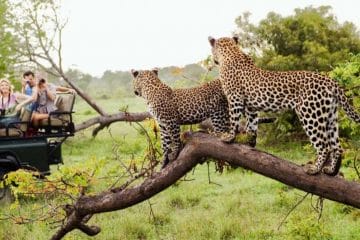
Big Five Safaris in Africa
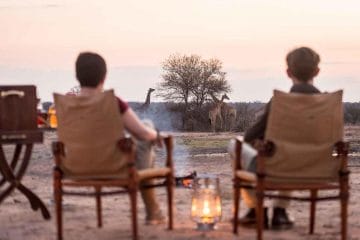
Honeymoons in Africa
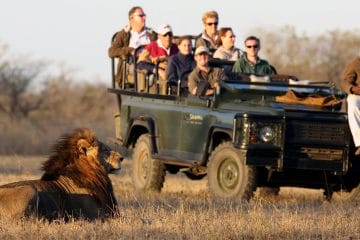
Malaria-Free Safaris in Africa
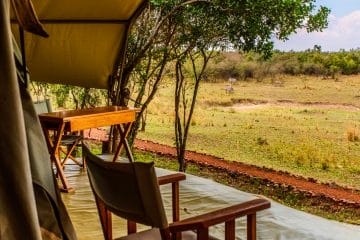
Mobile Camping Safaris in Africa
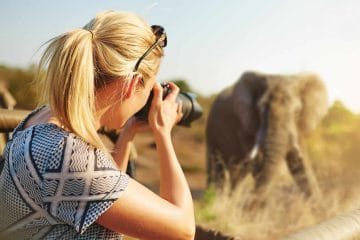
Photographic Safaris in Africa
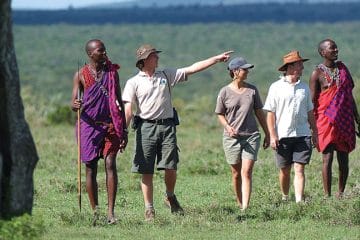
Walking Safaris in Africa
Why travel with us?
Recent reviews from travellers who planned and booked their africa trips with discover africa safaris, discover africa designed the safari of my dreams..
11 Day Botswana & Victoria Falls Wildlife Safari Review
Ksenia M, United States 06 Sep 2023
The whole trip was fantastic with all connections seemless..
Rwanda Gorilla Trekking & Botswana Safari Review
James Draper , New Zealand 19 Jul 2023
Highly recommended - great advice and quick, friendly communication.
Safari In South Africa Review
Emma, United Kingdom 07 Apr 2022
Megan found us the perfect honeymoon safari experience..
Honeymoon on a South African Safari Review
Thomas Mitchell, United States 07 Feb 2020
Our safari dreams came true.
First Safari in South Africa Review
Diane Oliveira, Brazil 30 Nov 2018
Thank you for all your help discover africa safaris.
Safari tour through Africa’s highlights Review
Lisa and Niall Shapiro, Australia 01 Feb 2013
Ready to plan your tailor-made safari.

Murielle Vegezzi, Destination Expert
Free safari planning advice from destination experts
Faqs about botswana.
- Safari/bucket showers are common in mobile or tented camps where there is no permanent plumbing. They are an effective yet environmentally friendly way to shower where water is at a premium and provide plenty of hot water to wash comfortably.
- Generally, there is an en-suite private shower stall within your tent with a “rainfall” style shower head at which you can control the water flow. Outside the tent, there is a large waterproof bag or bucket which is filled with about 10 to 15 litres (5 US gallons) of hot water before being raised with a pully/rope system to either connect to the shower pipe or fill a cistern.
- The water is delivered at the ideal temperature so it is best to use it as soon as it arrives. Staff typically fill the showers at a pre-arranged time of day, or you simply need to give them a few minutes notice so they can get it ready.
- If you’re travelling to Botswana , you will need vaccinations for hepatitis A, typhoid fever, polio as well as medications for travellers diarrhea.
- Malaria prophylaxis is recommended when you're travelling to the northern part of Botswana. Other immunizations may be necessary depending upon the circumstances of the trip and the medical history of the traveller.
- Insect repellents are recommended, in conjunction with other measures to prevent mosquito bites.
- All travellers should visit either a travel clinic or their personal physician four to eight weeks before departure. Malaria - Prophylaxis with Lariam (mefloquine), Malarone (atovaquone/proguanil) or doxycycline is recommended for the northern part of the country.
- January to March is the best time to witness the Makgadikgadi zebra migration as well as the wildebeest.
- Botswana official currency is the Botswana Pula (BWP). Other countries using the same Botswana currency include Zimbabwe.
- Botswana Banks accepts the following foreign currencies: US Dollars, Pounds Sterling, Euro and South African Rands in cash.
- Credit and debit cards, including International Visa and MasterCard, are accepted at most lodges. However, Express and Diners Club are not accepted by the banks of Botswana or by the camps.
Our Recommended Activities in Botswana
- Bird Watching in Botswana
- Boat Cruise in Chobe, Botswana
- Flight Over the Flamingos in Botswana
- Flight Over the Okavango Delta
- Horseback Riding in Botswana
- Mokoro Safari in Botswana
- Museum at Jack’s Camp in Botswana
- Quad Biking in Botswana
- Rock Paintings of Gubatsaa Hills
- The Historic Baobabs in Botswana
- Walk with Bushmen in Botswana
- Walking with Meerkats in Botswana
Botswana stands as a dream destination for birdwatching safaris, boasting an astounding array of bird life that thrives across its diverse ecosystems, which include savannas, wetlands, woodlands, and deserts. From majestic raptors and elegant waterbirds to vibrant songbirds, Botswana’s nearly 600 bird species make it a must-visit for avid birdwatchers.
When to Go Birding in Botswana?
The best time for birdwatching in Botswana is during the spring and summer months, from October to March. This period sees a remarkable influx of avian species, with bird diversity increasing significantly. By December, the bird population swells to an impressive 20% more than in the winter months, offering a unique opportunity to observe a wide array of birds in their natural habitat.
Where to go birdwatching in Botswana
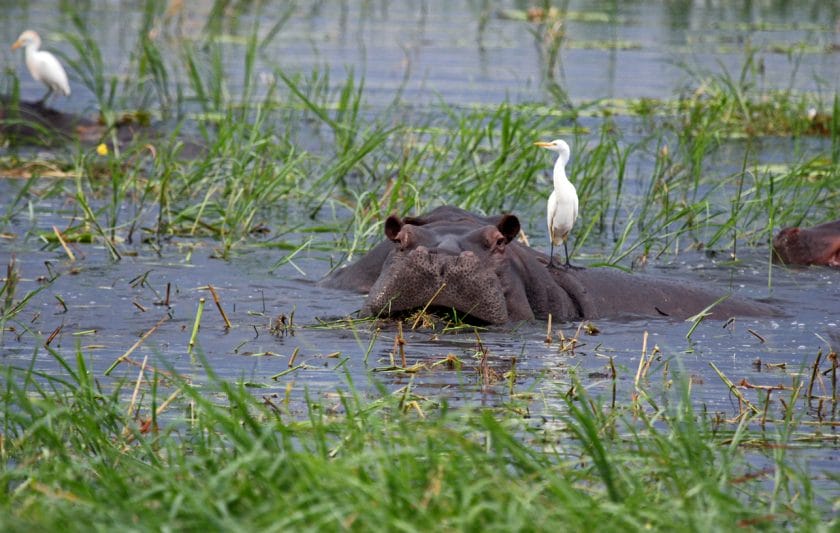
Home to Botswana’s longest bird list of 450 species, Chobe National Park features diverse habitats like floodplains, riverine woodland, and broadleaved woodland.
Notable species include:
- African FinFoot
- White-backed Night Heron
- Narina Trogon
Accessible via the village of Kasane, the park requires a 4×4 for navigation.
Makgadikgadi Pans

Known for its large flamingo colonies, especially in high-rainfall years.
These Makgadikgadi Pans offer sights of:
- White Pelicans
- Secretary Birds
- Various raptors
The area requires a 4×4 vehicle, and visitors must be prepared with essentials like water.
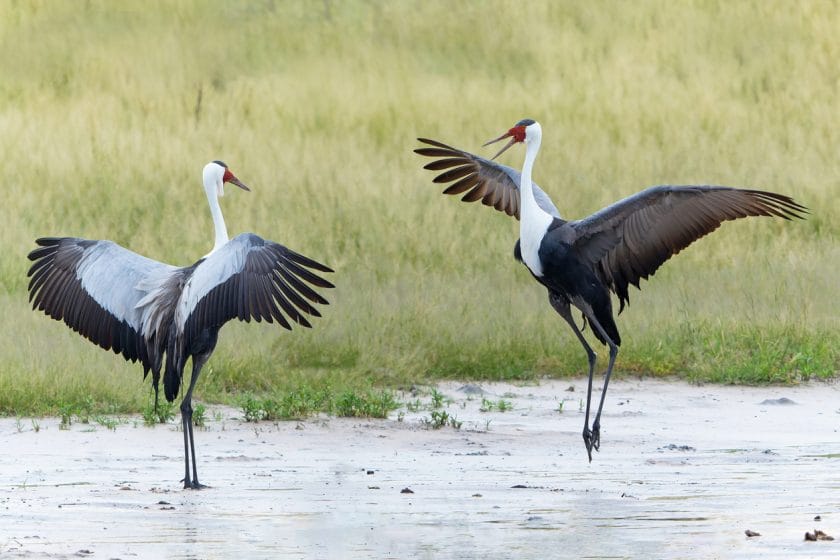
This Ramsar site offers a mix of habitats, from flooded grasslands to riverine forests.
Notable birds include:
- Wattled Cranes
- Slaty Egrets
- Pel’s Fishing Owls
The delta is best accessed by light aircraft or from Maun for the western delta and Moremi Game Reserve.
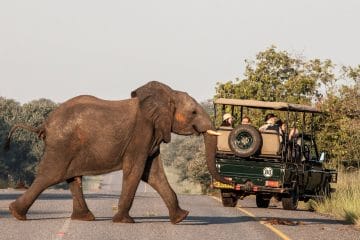
Victoria Falls and Chobe National Park Discovery
Zimbabwe Victoria Falls Botswana Chobe Chobe River Southern Africa
From $ 2130 /USD
Affordable Victoria Falls & Chobe Safari
Zimbabwe Victoria Falls Botswana Chobe Southern Africa
From $ 2340 /USD
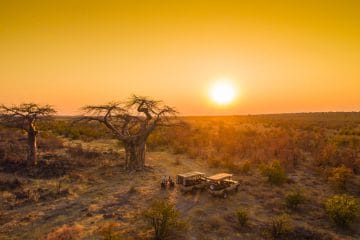
Elephant Kingdom with a Chobe – Savute Safari
Southern Africa Botswana Chobe Savuti
From $ 2500 /USD
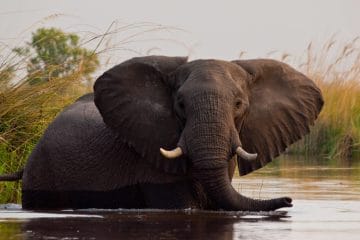
Value For Money Botswana Safari
Botswana Chobe Chobe River Moremi Southern Africa Okavango Delta
From $ 2740 /USD
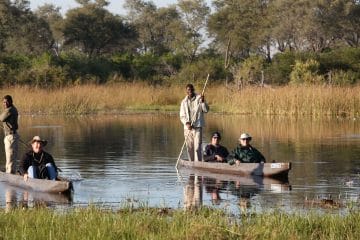
Botswana Mobile Safari
Botswana Moremi Okavango Delta Southern Africa
From $ 2745 /USD
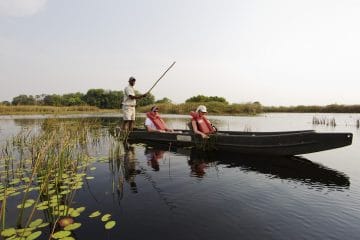
Popular Botswana Safari Through the Delta
Botswana Okavango Delta
From $ 3140 /USD
10 Birds to Spot on a Safari in Botswana
African fish eagle.
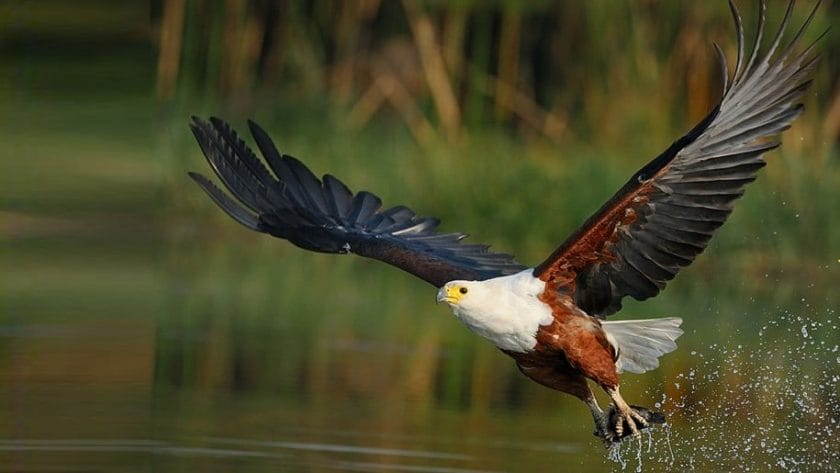
Known for its majestic appearance and fishing skills, often found near large bodies of water.
Lilac-Breasted Roller

A brightly colored bird known for its acrobatic flight, commonly seen in open woodlands and savannas.
Kori Bustard
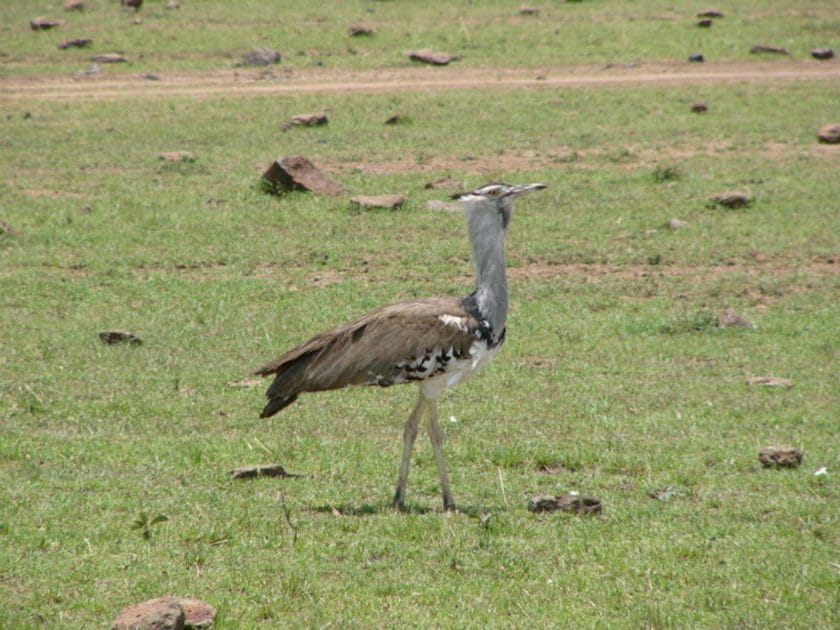
One of the heaviest flying birds, known for its distinctive courtship display.
Secretary Bird
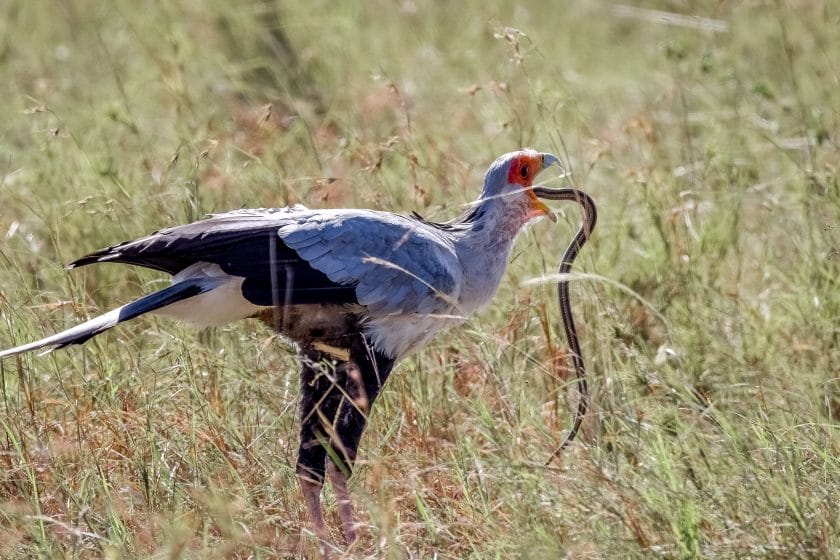
Recognizable for its hunting skills and long legs, typically found in savannas and grasslands.
Saddle-Billed Stork
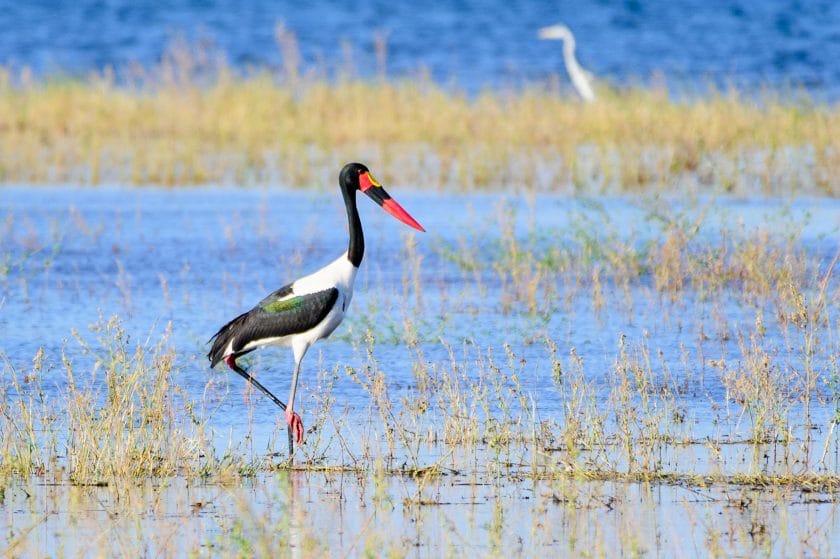
Notable for its colorful bill and tall stature, often seen in wetlands hunting fish and other aquatic prey.
African Jacana
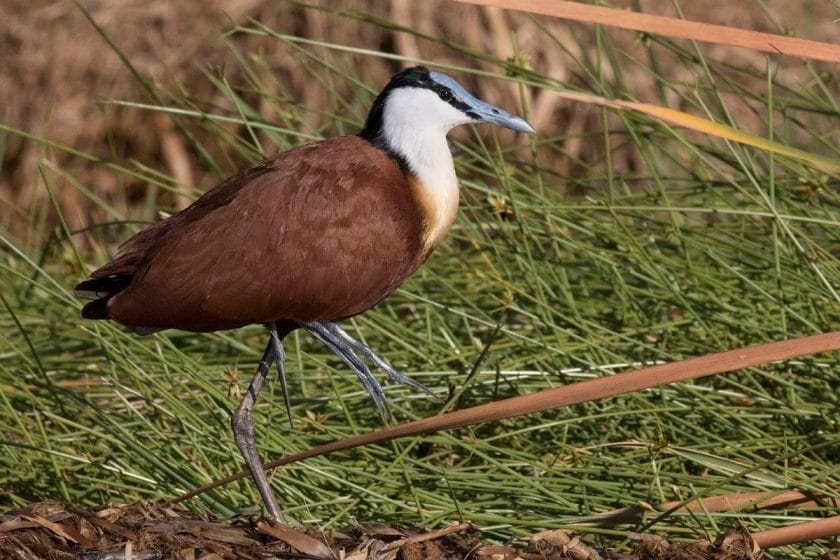
Known as “lily-trotter,” distinguished by its long toes, allowing it to walk on floating vegetation
Pel’s Fishing Owl
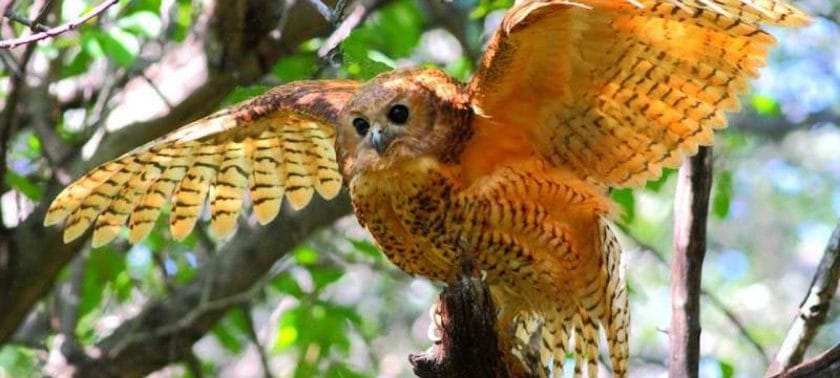
A large, nocturnal owl, elusive and sought after by birdwatchers, usually found near water bodies.
African Skimmer
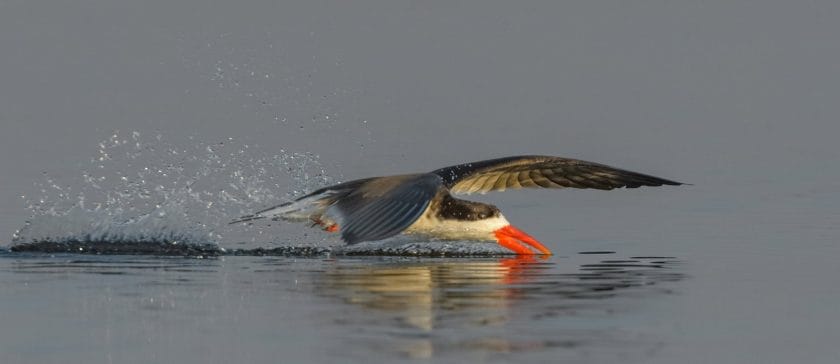
Unique for its lower mandible used to skim for fish, often seen in synchronized group flights.
Carmine Bee-Eater
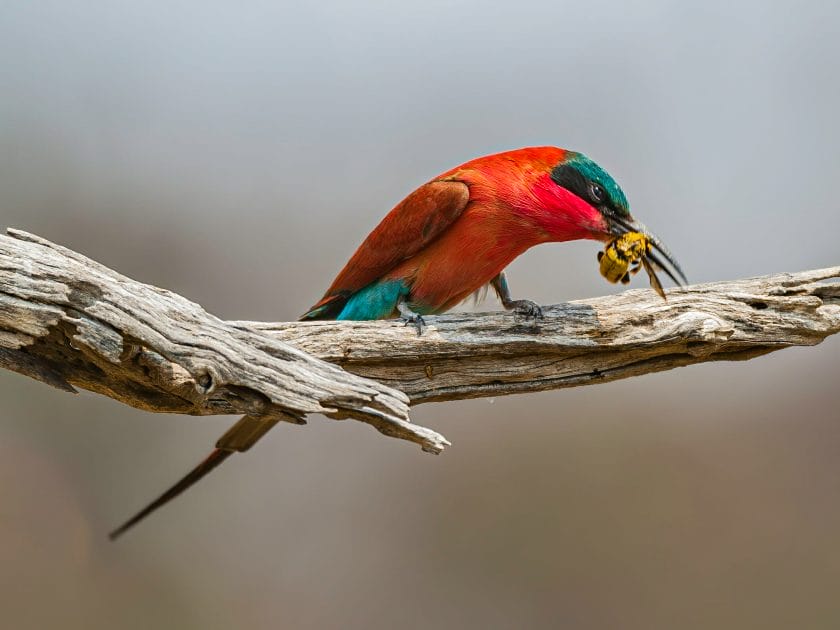
Recognizable by its carmine plumage and long tail feathers, typically found nesting in riverbank colonies.
Greater Painted-Snipe
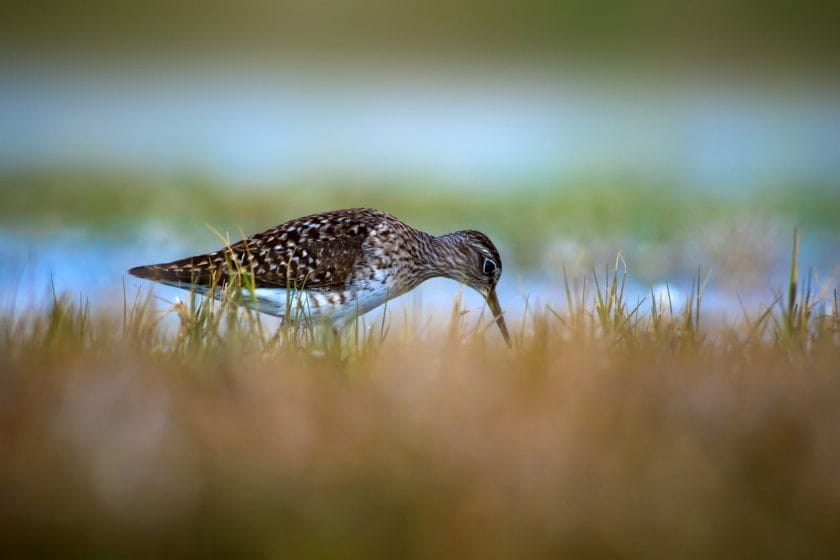
Known for its cryptic plumage and sexual role reversal, commonly found in wetlands.
Going on a Birdwatching Safari in Botswana
With binoculars and a camera in hand, birdwatching in Botswana promises to be an unforgettable birding experience. Whether exploring by safari, river cruise, or bush walk, the variety of bird species ensures a rewarding adventure. Each bird, admired for both beauty and behavior, plays a crucial role in maintaining biodiversity and healthy ecosystems.
For those eager to witness these magnificent birds, speaking to a safari expert at Discover Africa about a tailor-made, luxury safari is a great starting point. Discover Africa can help you craft the perfect itinerary to explore Botswana’s rich bird life in comfort and style.
Botswana’s birdwatching opportunities are a testament to the country’s commitment to conservation and the preservation of natural habitats. As a birdwatcher’s paradise, it offers an unparalleled experience to observe and appreciate some of the most fascinating avian species in the world.
The best way to enjoy all that a Botswana safari holiday offers is on a boat cruise on the Chobe River. The town of Kasane, which borders the Chobe National Park, is the starting point for all Chobe boat trips. Regular morning and afternoon departures are available. In the renowned Chobe National Park , you can get up close and personal with a wide range of wildlife. Enormous herds of animals frequently travel to the river and the islands to feast on the luscious new grass.

On a Chobe Boat cruise, you’ll have frequent hippos and crocodile encounters, as they love to bask in the sun next to the water. Botswana safari goers can also see buffalo, Puku and lechwe antelopes, giraffes, and other plains game. You might even be fortunate enough to glimpse a lion or a leopard. Given that the Chobe National Park itself is home to over 460 different bird species, a cruise on the Chobe is also very popular for birding safaris .
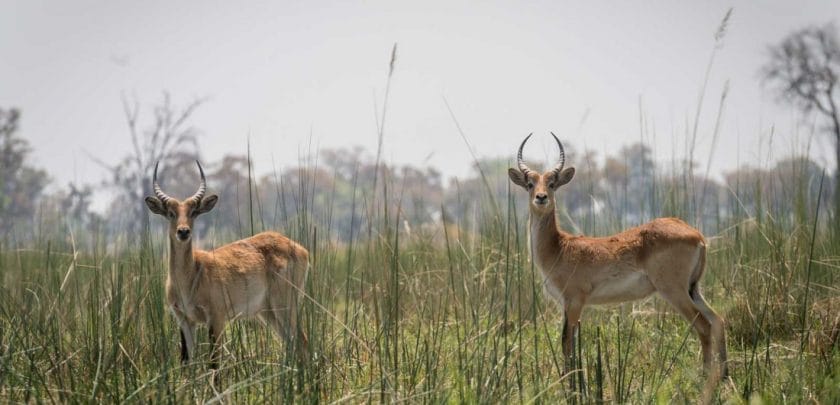
Boat cruises can be organized by one of the many riverside safari operators. There are also houseboats and boats fitted with the latest photographic equipment operated by Pangolin Safaris. The Chobe waterfront is the most commercial part of Chobe National Park, close to the town of Kasane. There are several large hotels and lodges along the river, although Chobe Game Lodge is the only lodge along the river that falls within the park’s boundaries. The public campsite along the Chobe river is called Ihaha .
Greater and lesser flamingos go from East Africa’s Great Rift Valley to engage in one of Africa’s most incredible avian feasts. From a helicopter flight over the flamingos, these stunning birds look like pink clouds in a silver sky. Helicopter flights over the flamingos are run by Helicopter Horizons and can be organized through San Camp , Jack’s Camp , and other Botswana safari accommodation options in the area.
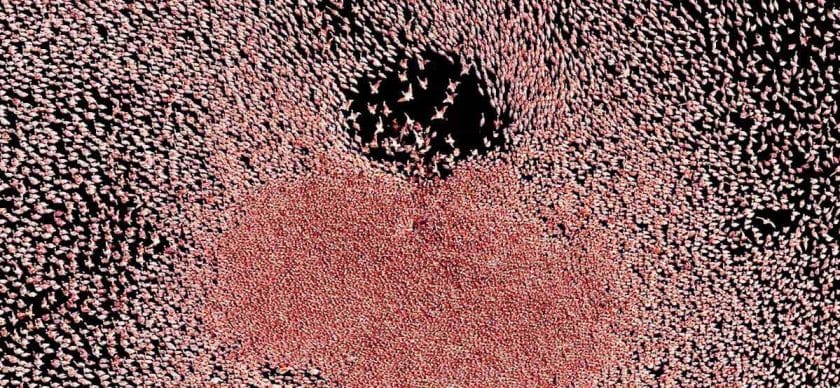
Another place to view the flamingos on a safari in Botswana is from Nata Bird Sanctuary (northeast of Sua Pan), 10km/6,2mi from the town of Nata. There is a basic campsite near the entrance to the park, and the sanctuary is open to day visitors who can gaze at the flamingos from an elevated wooden hide during wet months.
The sanctuary is run by a community trust and is home to 165 bird species recorded in the area, including pelicans, spoonbills, ostriches, and myriad ducks and small waders.
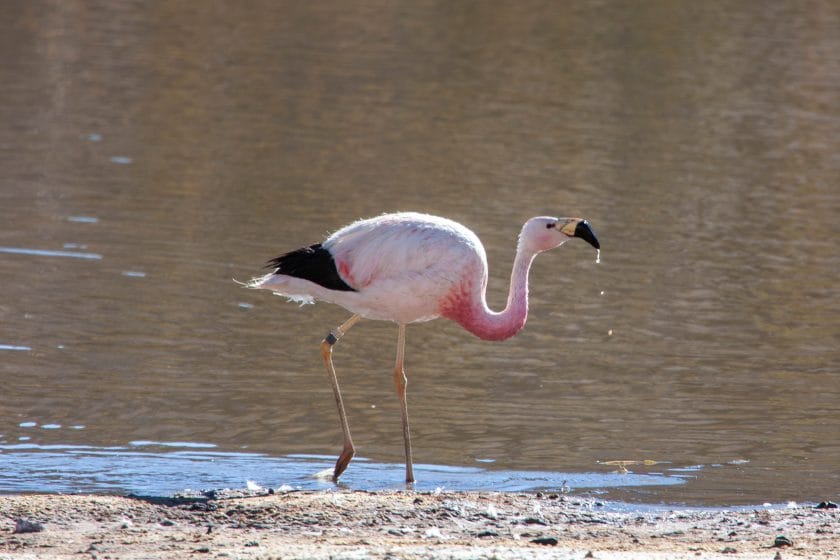
A great spectacle each year in Chobe (and all across Botswana) happens during the onset of the first rains; the rain triggers reproductive winged termites to leave their colonies in pursuit of wet earth to begin new mounds.
As they exit in their thousands, they attract birds of every plume and feather, including large raptors and vultures that congregate around mounds to snatch these sausage-bodied insects from the air. Even leopards partake in the feast, taking advantage of the rich protein source.
There is no better way to grasp the region’s remoteness than by flying over the iconic Okavango Delta in a light aircraft/helicopter. From the air, the wetland landscape is woven together with great intricacy. Serpentine channels cut through emerald carpets of marsh, spilling into lagoons with pods of hippos.
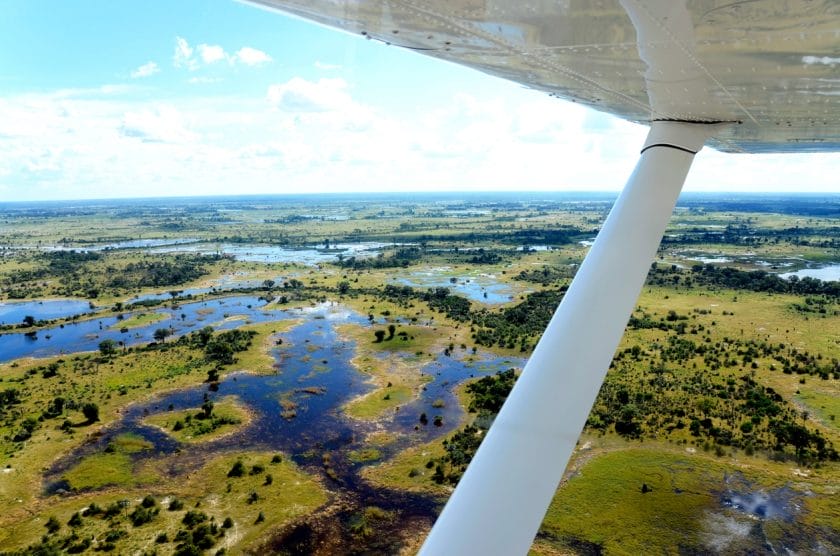
Winding streams twist and loop, diverging into lazy pools and vast plains scattered with islands. Palm trees hug the islands’ outer banks, encircling white-sandy grazing grounds speckled with impala, zebra, wildebeest, and buffalo.
Animal tracks criss-cross through dry wooded areas and continue through shallow waters where black and orange silt marble the sand.
It’s common to see lechwe splashing over swampy ground and large herds of elephants. Sometimes giraffes gallop awkwardly across savanna plains with their characteristic slow-motion gait or families of zebra frolic in patches of sand.
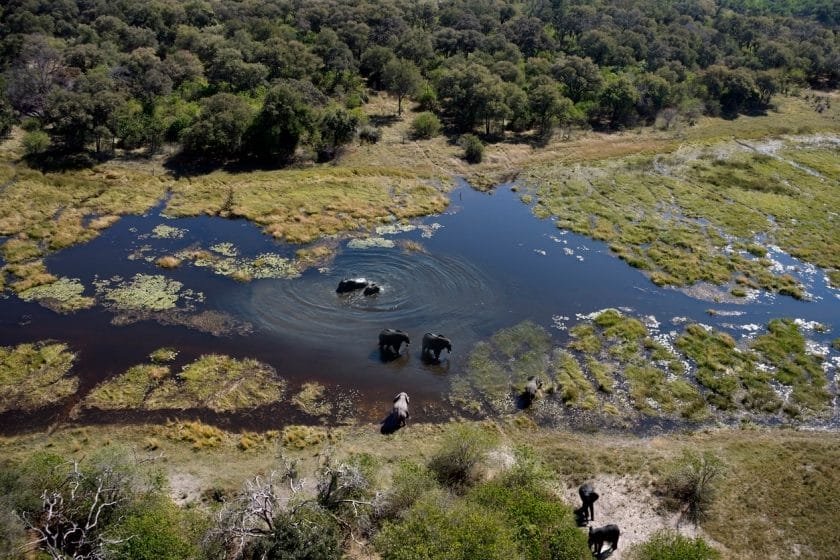
A flight from Maun is mandatory to reach most Okavango Delta luxury camps and lodges , but many travelers also book additional scenic flights. Most flights leave from Maun (the small tourist town known as the “gateway to the Okavango”).
After taking off, there is an expanse of mopane veld littered with homesteads and cattle before the plane reaches the buffalo fence, and finally, the Okavango Delta in its full splendor.
Once the plane crosses the buffalo fence, there is more chance of spotting wild animals, and slowly but surely, the landscape transforms into a watery wonderland. Winter is the best time for a scenic flight over the Okavango Delta.
Breathe in the aromas of the bush and feel the breeze in your hair during a horseback riding adventure in Botswana. Horseback safaris in Botswana are one of the best ways to get close to the bush without being on foot. The freedom of riding a horse across the plains is exhilarating.
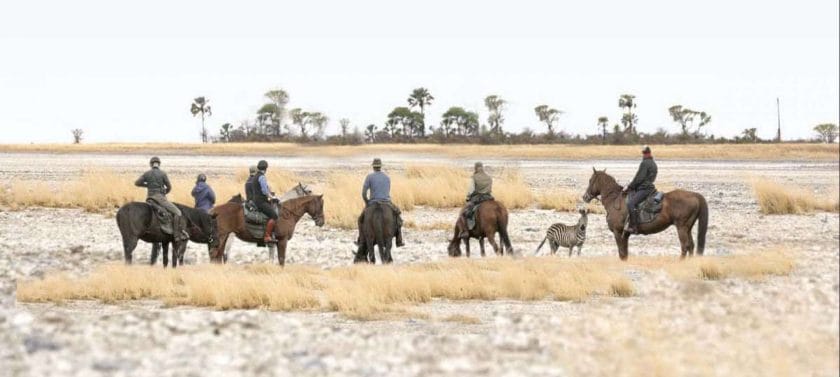
While the more adventurous can enjoy several days on a horseback safari, those strapped for time can take a quick, half-day ride in the vicinity of the camp or lodge. Because horses aren’t seen as a threat by wildlife, antelope and even animals like lions and elephants get much closer than they would during a Botswana safari on foot .
Horseback safaris in Botswana are entirely safe. They take place in a completely controlled environment, and the guides are knowledgeable and well-informed about the area. There are significant differences between horse riding as a morning or afternoon activity and a multi-day ride where travelers spend nights in fly-camps or simply under the stars beside a campfire.

The multi-day horseback safari requires riding skills and, more importantly, the physical stamina to ride for six to eight hours daily. Guests must be very comfortable on horseback and be able to handle their horses.
The shorter half-day riding requires less skill, which happens at a slower pace. The horses or ponies are carefully paired with each rider, and novices are well looked after. If you’re after the perfect horseback safari, booking the right accommodation in Botswana is crucial. Different lodges operate in vastly different areas.
The most intimate way to explore the Okavango’s meandering channels and hidden lagoons is on a guided mokoro safari trip. Mokoro trips are available at many water-based camps and lodges in the Okavango and Maun for self-drivers. The thought of slinking through the wild territory of hippos and crocodiles may seem a little daunting, but it helps to keep in mind that the men who guide these safaris have spent a lifetime navigating these waters and know what they’re doing.
Mokoro guides commonly choose shallow areas where there is less chance of encountering hippos and always have a scout polling ahead to keep a good lookout.

A mokoro safari in Botswana gives you the best chance to catch a glimpse of the rare and secretive Sitatunga antelope. Sitatunga love quiet backwaters with floating papyrus islands and usually feed while partially submerged in water.
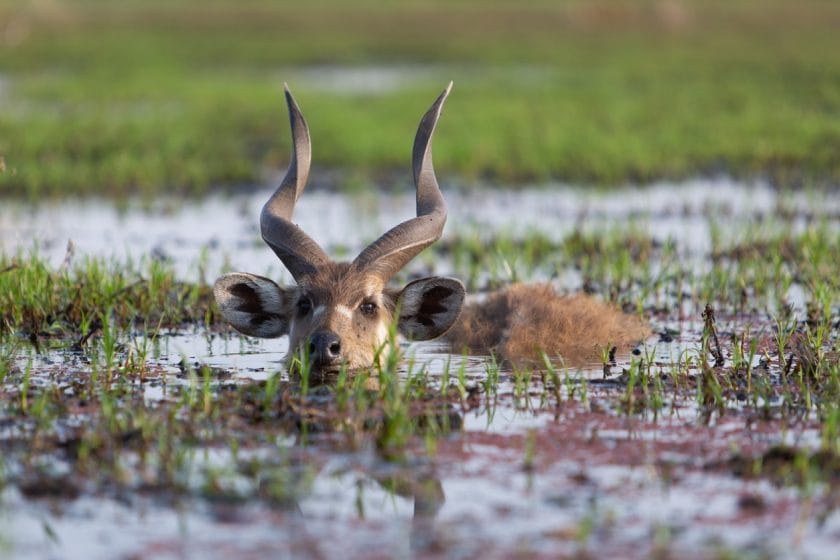
They are expertly adapted for swamp life with splayed, elongated hooves that enable them to tread soft marshlands with ease. When a mokoro approaches, these shy ungulates will commonly swim away, with only their nuzzles sticking out of the water.
Other fascinating creatures to look out for on a Mokoro safari are:
- Colorful Painted Reed frogs
- Tiny Long Reed frogs
- Malachite and Pied kingfishers
- Pygmy geese
- African and lesser jacanas
- Day and night water lilies
Jack’s Camp is one of Southern Africa’s most storied and recognizable camps. The camp was established by explorer Jack Bousfield in the 1960s and is situated in a spectacular location on the edge of Botswana’s Makgadikgadi Pans, looking over shimmering expanses of sun-scorched earth.
Jack Bousfield was a bushwhacking crocodile hunter who arrived in Botswana from his Tanzanian homeland in the 1960s. He was overtaken by the Makgadikgadi region’s romance and set up a small camp. He died in 1992 in an airplane crash, and Jack’s son Ralph and his then-partner built the glamorous Jack’s Camp in his father’s memory.
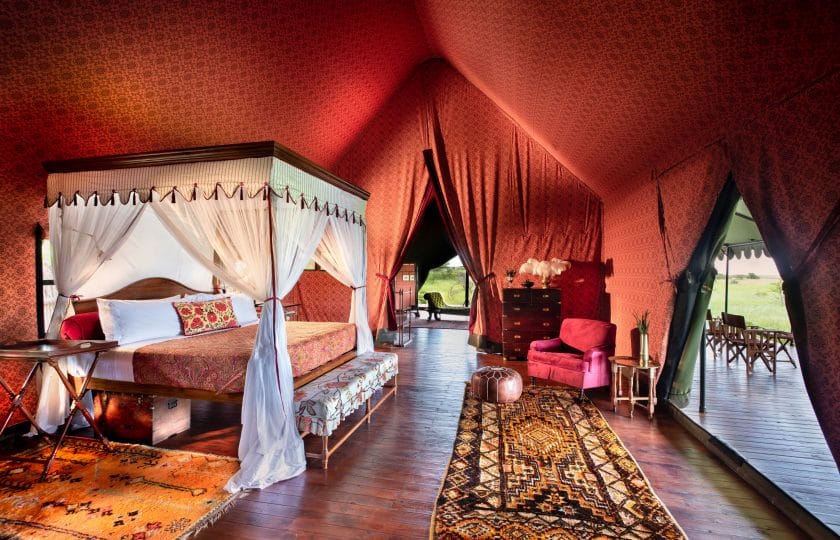
The newly renovated Jack’s Camp honors the place’s longstanding and beloved 1940s camping aesthetic. Seven twin and two double guest tents are significantly larger than they used to be.
The famous interiors are still present, but now there are also cabinets from the Natural History Museum, elaborate textiles from around the world, and cooling systems for the beds. Showers are available indoors and outdoors in ensuite bathrooms, as well as a personal plunge pool on each veranda.
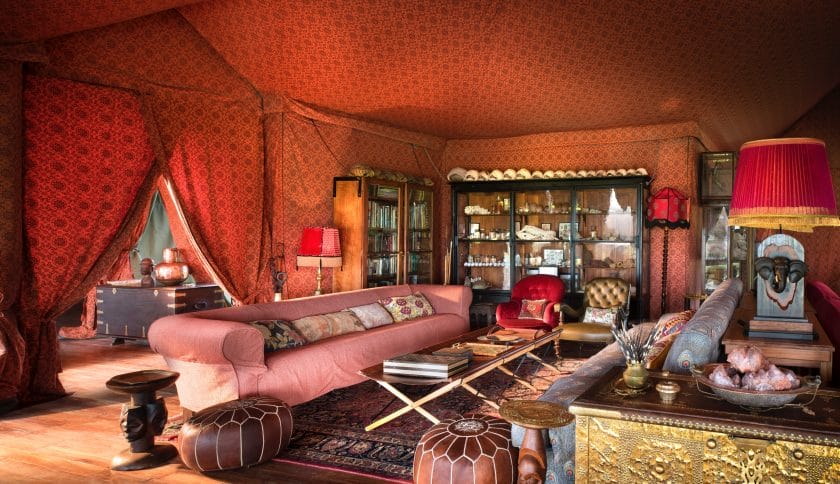
The renowned Natural History Museum, a library, an old pool table, and a fully stocked bar are all located in the new, larger mess tent. The renowned nomadic Persian tea has expanded, and the store has been restored and replenished with fresh goods.
A Botswana quad-biking adventure should be on the bucket list of all daring adrenalin seekers for their Safari in Botswana. Revving through the isolated moon-like vistas of the Makgadikgadi gives travelers the luxury of disconnecting with time and space. On a multi-day Quad biking trip, quad bikers can sprawl out beneath the stars in the evening, blissfully cocooned in comfy bedrolls. These extended trips can include stopovers at Kubu Island (during the winter season) and Chapman’s baobab.
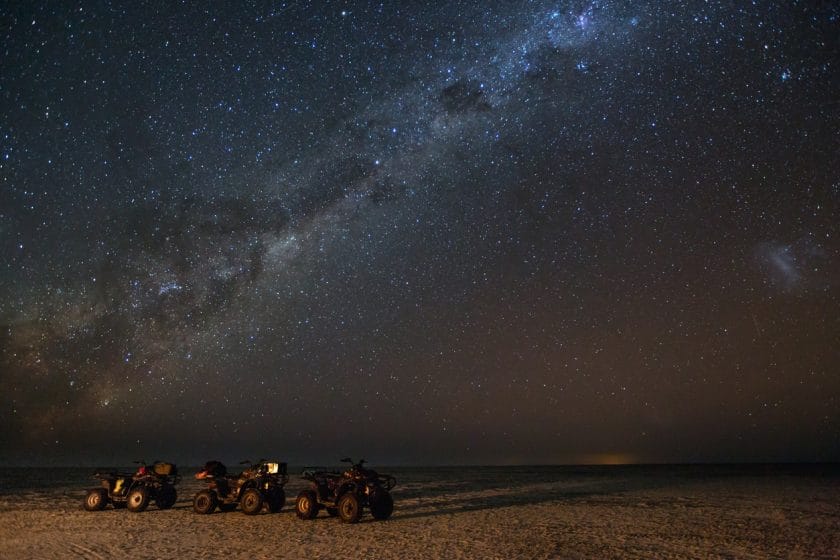
Many safari lodges in the area offer quad biking, including more budget-friendly places like the wonderfully quirky Planet Baobab.
Visitors can take a journey to Gubatsa Hills for a game drive to see several historic San rock paintings during their safari holiday in Botswana. Gubatsa Hills stands out from its surroundings as a steep outlier in an otherwise level environment. Bushmen rock art in the small hills surrounding Savuti was first discovered in March 1968 by Tim Liversedge, a warden of Chobe National Park . The latest of the paintings is thought to have been done around 1810.
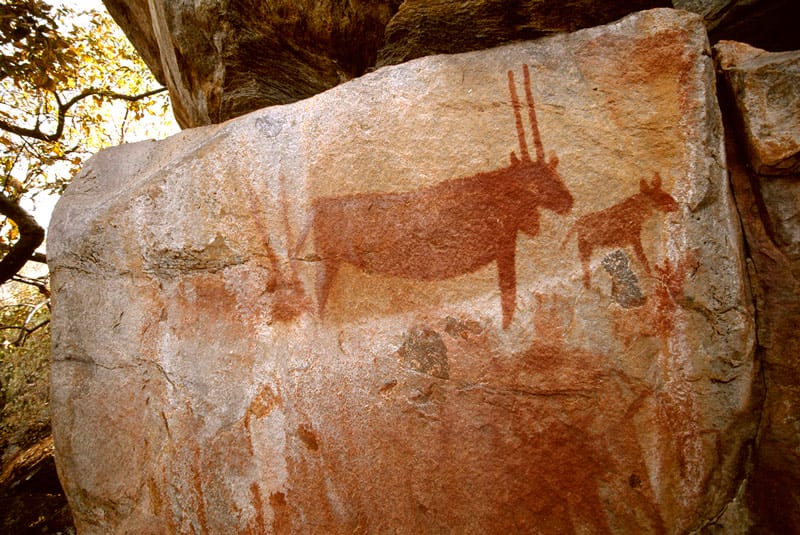
Although the paintings are all of a similar style and outlined in red-ochre (similar to the nearest rock paintings found at Tsodilo Hills), they seem to have been done by different groups of people.
Through the years, small groups of San bushmen would have moved in and out of the area following migrating game and adding their contributions to the adorned rock faces.
Some of the animals depicted in the paintings are:
Today, Botswana Safari guests can get out and scramble up the rocky hills to view the artworks on the Southeast cliffs overlooking the Savuti channel. Guests can also marvel at the historic baobabs and look out for the rare klipspringer antelope.
There are several extraordinarily monumental historic baobabs in the Makgadikgadi area, but the ones most worth visiting are Chapman’s and Green’s baobabs in Ntwetwe Pan and Baines Baobabs in Nxai Pans National Park. Green’s baobab can be found at Gutsha Pan on the Gweta–Orapa track, 27km south of Gweta village.
In the days of early European explorers, a small pan beside this baobab was filled with perennial water, giving the old tree special significance as a beacon of hope that signaled a spot to replenish supplies after a long trek through the saltpans.
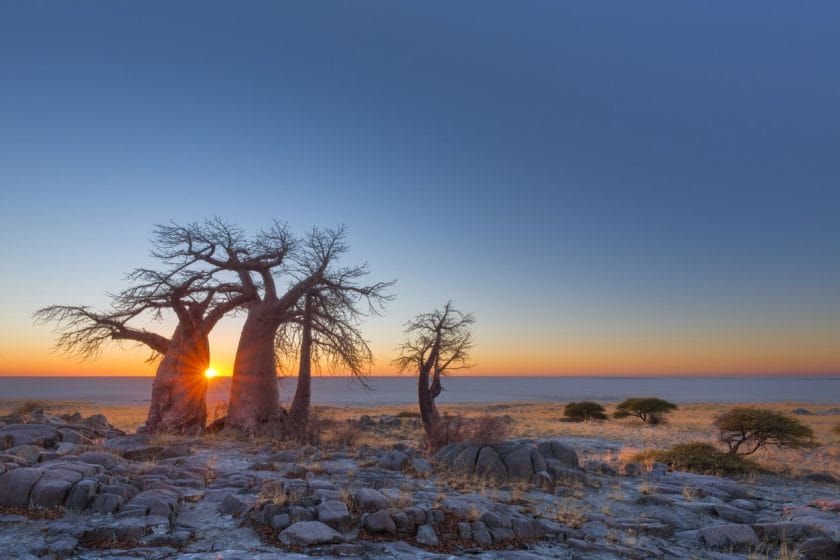
The intrepid Green brothers were among the many early traders, hunters, and explorers to carve their names here, leaving “Green’s Expedition 1858–1859” scrawled into the tree’s bark and giving the tree its name. Perhaps the most intriguing mark on this baobab is the date 1771, which is even before Livingstone’s time and possibly left by an early Portuguese explorer.
The tree is now one of Botswana’s National Monuments. Baobab trees can live for thousands of years, and this one certainly bears the battle scars to prove it, gunshot wounds included.
Located in the south of Nxai Pans National Park are the seven baobabs known as Baines Baobabs or the Sleeping sisters. This stunted cluster of Africa’s most iconic tree was immortalized by the paintings of Thomas Baines, a British landscape artist commissioned by the Royal Geographic Society. Baines camped beneath these trees in 1862 en route to the memorable Victoria Falls .
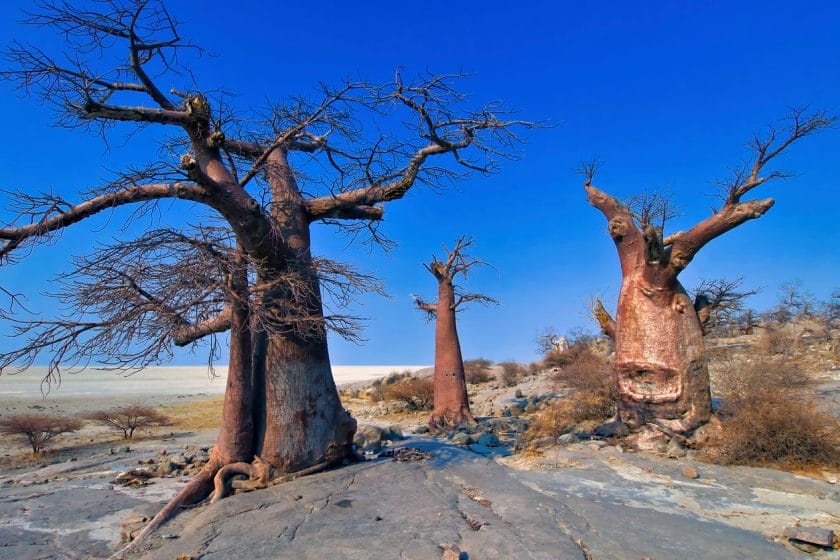
The pans at Baines Baobabs are dry and bare for much of the year, as are the branches of the baobabs themselves, but during the wet season, the pans are covered in sheets of water, and green canopies emerge from the tree’s branches.
Baines Baobabs overlook Kaudia Camp Pan on the South side of the Nxai Pan South camp. Three allocated camping areas with basic toilet and shower facilities require visitors to bring their own water.
You can gain a unique grasp of the culture and in-depth knowledge and awareness that these native people have of the earth by taking a walk across the Kalahari terrain with a local San Bushman. The San bushmen of the Kalahari have long been a subject of great intrigue and fascination, admired by anthropologists, scientists, storytellers, and everyday travelers alike.
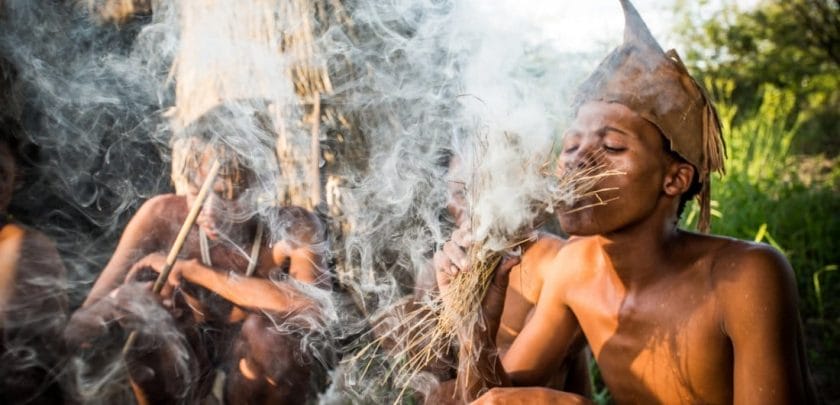
Sadly, very few bushmen live the same ancient nomadic lifestyle that their ancestors did. Still, some aspects of these traditions have been kept alive through their employment at various safari lodges. While staying at these Botswana safari lodges , travelers can enjoy educational bush walks, where San elders pass on their skills and knowledge.
As the oldest living inhabitants of Africa, the secret of the San’s survival was their total dependence on the natural provisions of the land. To the untrained eye, however, the barren shrubs and grasslands surrounding the Makgadikgadi pans seem anything other than a plentiful pantry of resources to survive on.
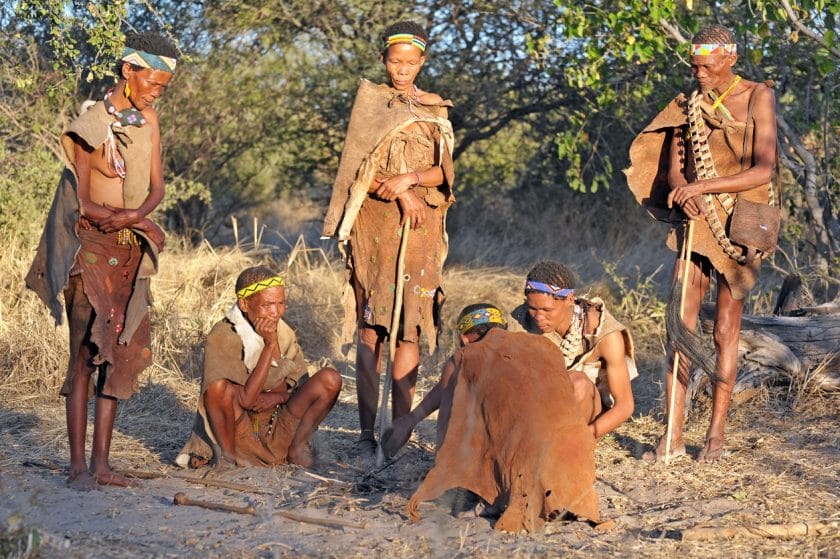
This common assumption makes walking with the San a fascinating experience, a time to delve deeply into some of humanity’s most cunning tricks of survival. The walk is a tactile exploration involving tasting various foods, including berries and fire-roasted beetles, and demonstrations in fire-making, dancing, hunting, and medicine-making.
Several camps in the Makgadikgadi region offer a bushman walking activity on a Botswana safari, including Meno a Kwena, Jack’s Camp , and San Camp .
The Makgadikgadi Pans offer guests the incredible chance to spend a morning with a local meerkat colony. The meerkats respond to the non-threatening presence of people by simply carrying on with their daily activities, which consist mainly of rummaging the veld for scorpions and other tasty bites to eat.
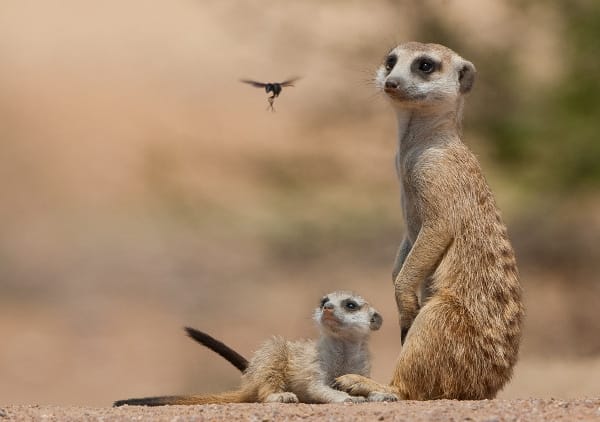
The habituation of these lively little desert mammals depends very much on the dedication of a full-time ‘Meerkat man’ who follows the family group daily and helps locate them for visitors in Botswana.
Guests are driven to the den area in the early morning, just before the meerkats have left their burrows. As the sun rises, they cautiously peep out of little holes in a humble sandy mound and, deeming it safe to come out, scuttle to the highest points to scout for predators and food.
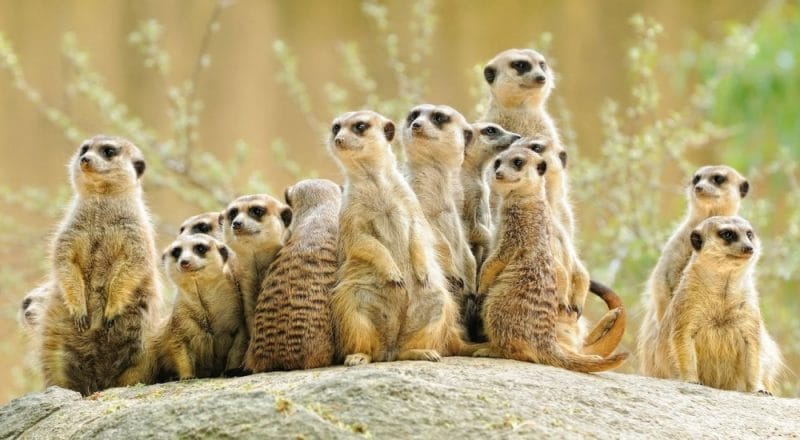
Sometimes these lookouts happen to be the shoulders and heads of guests! Eventually, the whole colony, babies included, are joyfully chirping and tussling away while guests sit or crouch among them. It’s a truly unique and intimate African experience with one of the most sociable and resourceful desert-adapted creatures on earth.

See Botswana in Your Comfort
- A Budget Botswana Safari
- A Luxury Botswana Safari
- An Affordable Botswana Safari
Budget holiday tour options for Botswana include self-driving or overland safari tours. These are two exciting and adventurous ways to travel through the country and give visitors the chance to be exposed to the country on a more intimate level than fly-in Botswana safaris, which are also far more expensive.
Self-drive safaris in Botswana involve a fair amount of preparation with regards to route planning, taking into consideration the time of year and whether rainfall might have affected accessibility of some areas.
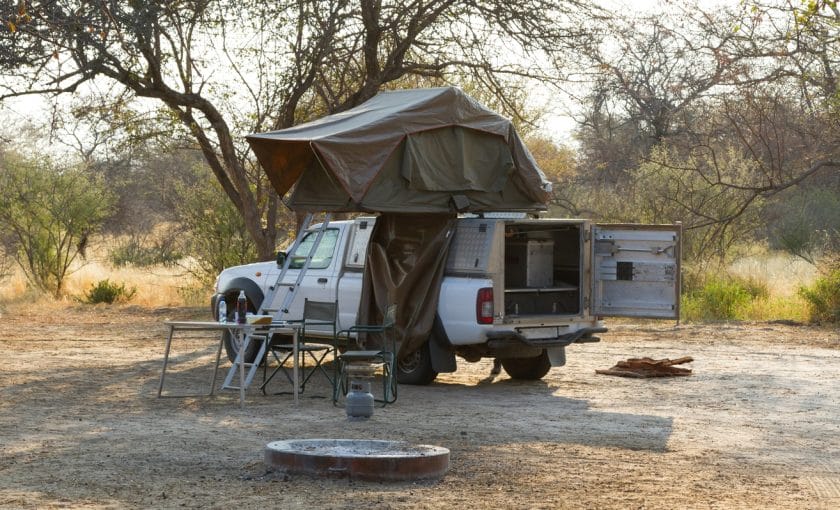
There are few self-catering options within the national parks and the Delta. If you plan to stay at a lodge in an area such as Savuti or Moremi, a reservation will come at a fully inclusive price.
Camping keeps costs down and is ideal for traveling on a budget through Botswana. The public campsites are located within the national parks and are unfenced, quiet, equipped with the basics, and they come in at a reasonable price. Costs for a self-drive holiday in Botswana would include fuel, park and vehicle fees, food and beverages, and any activities that might be of interest, for example, a boat cruise of Chobe River.
Overland safari tours are perhaps the most affordable way to get as much out of a Botswana safari as possible without having to shoulder any of the pressure of handling the route, the vehicle, the fees and payments, activities, food shopping, or meal planning.
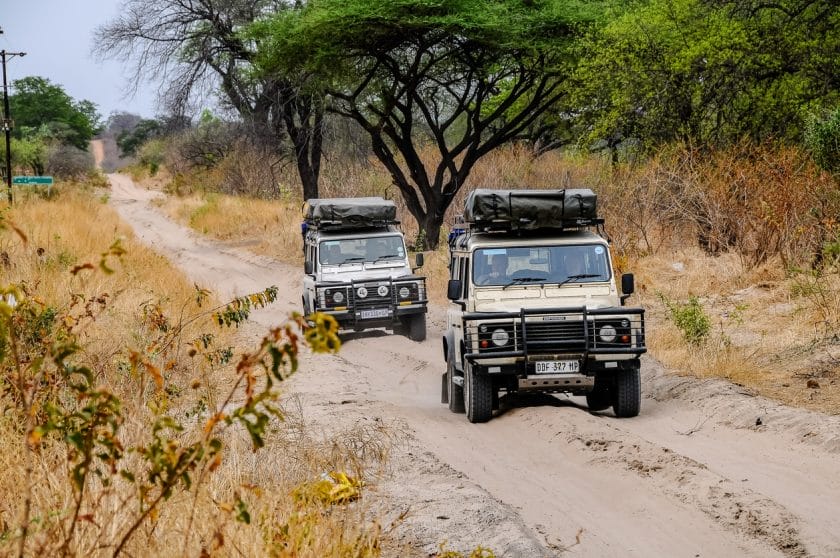
These pre-planned holidays have a tried and trusted route in place and are led by a professional guide who knows the country well. An overland tour would include visiting all of Botswana’s prime destinations over about two weeks.
The price you pay for the tour includes all transport within the country, three meals a day (unless otherwise specified), park fees, accommodation at campsites and lodges (depending on itinerary), and all standard activities.
The overland trucks are equipped with tents and stretchers, fold-up camping chairs, and a fully equipped kitchen with gas stoves, providing everything you need to be sorted for accommodation.
With extensive protected areas and landscapes designated by UNESCO as World Heritage Sites, the ecosystem in Botswana is pristine, and luxury safaris in Botswana prevail throughout the region. Total extravagance has been achieved in several globally acclaimed private tented camps and luxury safari villas in Botswana , which provide no holds barred treatment for their guests to showcase this one-of-a-kind countryside to the planet’s custodians.
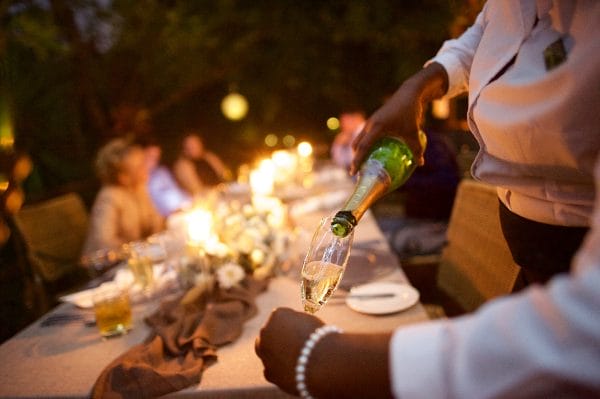
Flying between Chobe River, Savuti, Moremi Game Reserve, the Kalahari, and the Okavango Delta luxuriously eliminates the time spent driving along dusty roads in challenging conditions, whisking travelers off to each Botswana luxury safari destination in no time at all.
The Private Concessions of the Okavango Delta provide the most luxurious holiday tours in Botswana where safari activities are exclusive and personalized, and the accommodation and lodge services are elite.
Advice for achieving an affordable Botswana safari would be to plan ahead and book accommodation in Botswana in the best wildlife areas at the best time of year so that you can get the most out of your budget Botswana safari experience. It helps to research the lodges in the country to compare prices and find affordable safari options in hotspot areas like the iconic Okavango Delta , Chobe River, Savuti, and Moremi Game Reserve.

Classic Botswana safari camps without “all the frills” are often the best choices for feeling a genuine connection with the natural surroundings, indulging the senses, and creating a multi-dimensional experience.
If you can forgo luxuries such as air conditioning, electricity, and king-size beds with percale cotton, the reward in terms of value will be far greater.
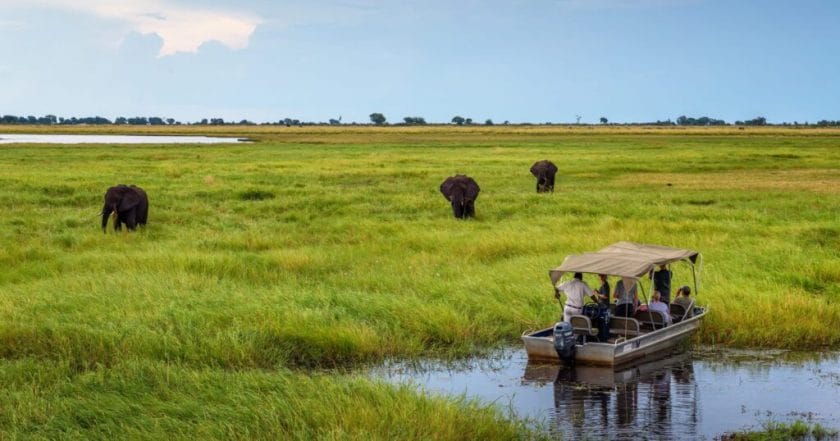
It is vital to book your Botswana accommodation a year in advance to ensure the availability of lodges during the best season for game viewing. On the other hand, the peak season for some might not be others’ idea of fun.
The popular time to travel will result in a high density of tourists, vehicle traffic, and high prices, which could detract from the experience if you’re out to seek solitude and exclusivity.
For some, the “off-season” is the best time to go, as the prices of safari lodges are reduced by about a third, the parks are much quieter, and there is more freedom to roam.
Holiday Styles and Options in Botswana
- Active Adventure Holiday in Botswana
- Big Five Safari in Botswana
- Birding Safari in Botswana
- Malaria Free Safari in Botswana
- Photographic Safari in Botswana
- Romantic Holiday in Botswana
- The Zebra Migration in Botswana
- Walking Safari in Botswana
- Wild Camping in Botswana
The most adventurous experience you can have on a Botswana holiday is to do it by road. There are good road networks to cater to self-drivers, car rental in Botswana is available in the form of well-equipped 4×4 vehicles, and border crossings are mostly efficient.
Campsites in Botswana are basic and designed to keep the element of the wild present, so sleeping in a tent while a lion, hyena, elephant, or hippo walks by at night is a likely possibility.
The best adventurous self-drive itineraries in Botswana include Moremi and Savuti, where wildlife is abundant, and public campsites have ablution blocks with running water.
There is no electricity for refrigeration or charging, and there are no cooking facilities, so it is essential to pack a gas cooker or use a fireplace. It is vital to bring firewood from outside the park as it’s forbidden to gather wood inside the park.
Pack light, breathable clothing, sunglasses and sunblock, binoculars, and a camera, and always have a map of game drive routes. Fuel is unavailable in the parks, so make sure to refuel before entering or bring extra fuel in jerry cans.
Botswana is one of the world’s prime wildlife viewing destinations . While the Big Five needs no formal introduction, it is fitting to add that Botswana is one of the best countries to go on a Big five safari to see these magnificent animals in one trip.
Quick Guide to Spotting the Big Five on a Botswana safari tour :
- Chobe National Park is best for the highest concentration of elephants.
- The Savuti region is best for lion spotting.
- Northern Okavango is the best place to see the large Cape buffalo.
- Moremi Game Reserve will offer excellent views of rhinos.
- Mashatu Game Reserve plays host to the elusive leopard.
Even though Botswana doesn’t have endemic bird species, it is regarded as a premier birding destination because of its protection of a number of threatened and endangered species. Coupled with an excellent seasonal variation in birding, Botswana is a good choice for bird lovers.
The summer months from October to February tend to be the best months for viewing migrant species, while the dry winter months see many birds flock to the waterholes.
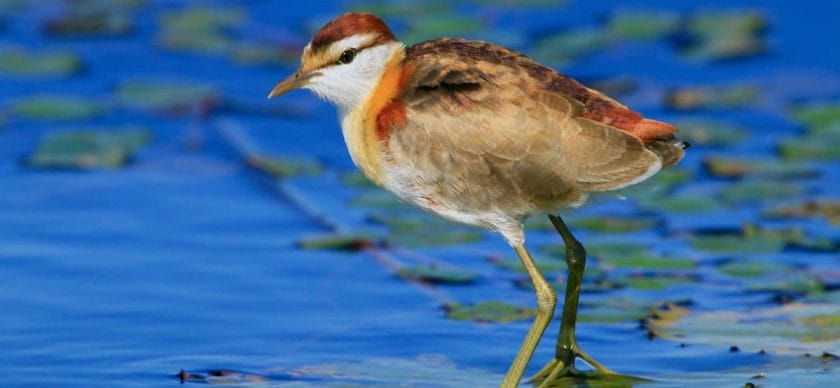
The call of the Woodland kingfisher is one of the most noteworthy calls in Botswana’s northern region and heralds the summer birding season. Wattled cranes, storks, herons and egrets are also indications that the flood season in the Okavango is not far off.
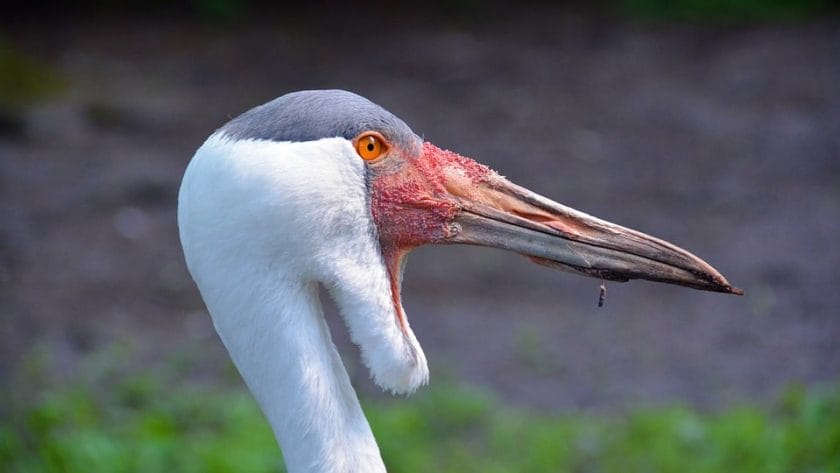
The Okavango Delta in particular is the greatest stronghold in Africa for Wattled cranes, as well as Slaty Egrets. Other notorious species include the Pel’s fishing owl, the African skimmer and the White-backed night heron.
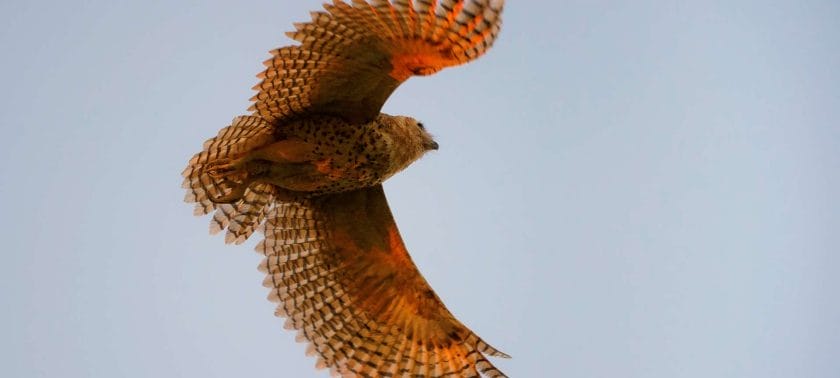
Botswana also has the most renowned Greater Flamingo and Lesser Flamingo breeding sites in southern Africa.
Although Botswana’s malaria risk is lower than some other African countries, there is still a certain risk associated with travel through the bush. Therefore, you should practice precautions before traveling to Botswana for a safari.
The most important thing to note is that anti-malaria medication is a must. You should consult your doctor before leaving for your Botswana Safari tour .

Further precautions such as long-sleeved shirts and jeans in the evenings will reduce your chances of mosquito bites. Pack some mosquito repellent for applying to your hands, face, and neck. It’ll help keep the mosquitoes at bay.
The colder dry winter months have less mosquito activity. May through to October is best. Additionally, areas with fewer people have less risk of transmission, even if there is water. Kalahari, Okavango, and Moremi concessions and the Makgadikgadi Pans are low-risk areas.
Photographic safaris are very popular in Botswana due to the wildlife density and the relaxed attitude animals have around vehicles and boats. The best way to get the most out of photography on safari is to book the experience with a specialized photographic tour operator.

These companies have game-viewing vehicles equipped with camera mounts, swiveling seats, and equipment that will enhance a photographer’s experience. Boat cruises on the Chobe River often bring guests close to elephants, hippos, buffalo, and highly sought-after bird species, such as the African skimmer.
A photographic safari operator will have a trained guide who knows how to manage a sighting for the best photographic results. Photography can take time and patience, so it’s best to hire a private guide and book with a group aiming for the same experience on their Botswana safari holiday.
It’s easy to enjoy a romantic safari in Botswana, given the surrounding environment and romantic views. Some of the best couples activities on a safari in Botswana include mokoro cruises (two to a mokoro), horse riding, private bush dinners, and couples’ spa treatments.
Highlights on a romantic Botswana holiday
The great thing about traveling as a couple is there are very few limitations. Most lodges in Botswana are designed to sleep two people in a room. Accommodation is geared towards couples sharing a bedroom and bathroom facilities. At the same time, verandahs and lounges are made up with two chairs, two bathrobes, two sets of towels, etc.
Travel Tips for a romantic holiday in Botswana
Traveling as a couple through Botswana can be a bonding and challenging experience for those who choose to self-drive. There is room for a pilot and co-pilot, a navigator and a music maestro, a relief driver for long distances, and two people to set up camp, cook, and clean.
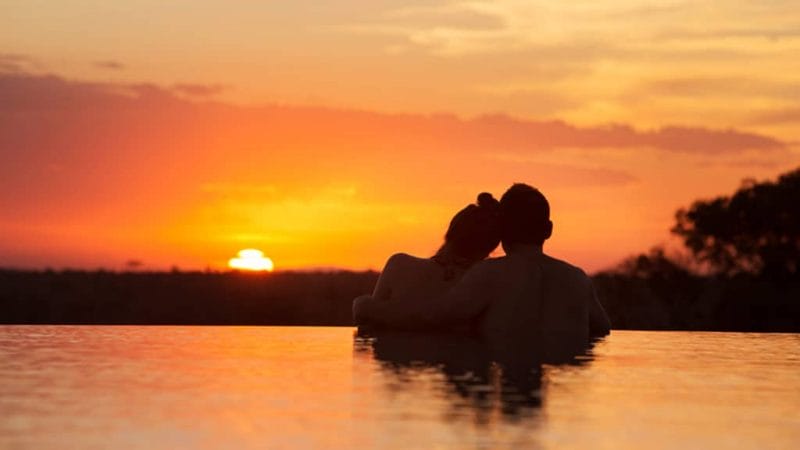
Traveling as a couple in Botswana can be romantic, but it can also be remote. It’s essential to ensure that each person is informed about the destination with regards to navigation, emergency details, knowledge of the animals, and possible risks so that if one person falls ill, the other can take control.
Botswana’s zebra journey between Okavango Delta and Makgadikgadi Pans in search of fresh grazing is the second largest zebra migration in the world. Scattered herds of Botswana’s national animal can be seen throughout the Makgadikgadi palm belt and near the salt pans, where the mineral content of grasses is highest.
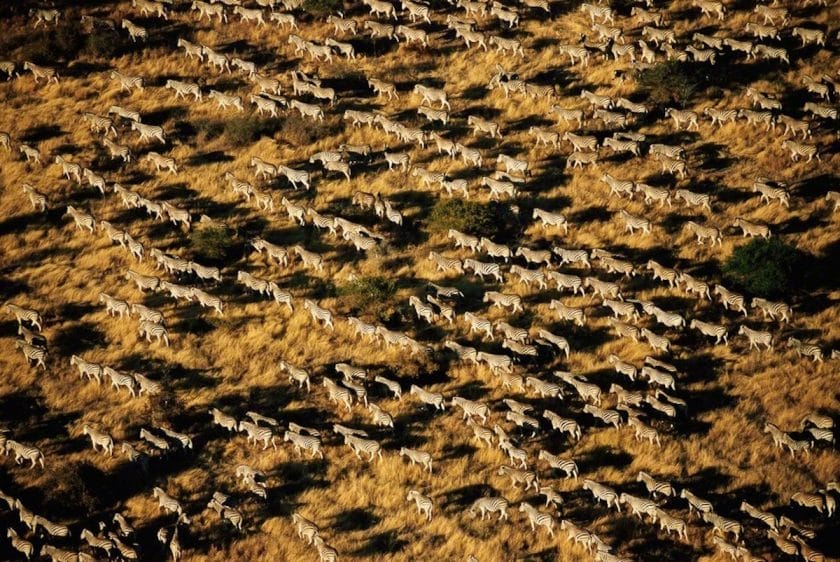
The nomadic habits of the Burchell’s Zebra in Botswana weren’t adequately understood until tracking devices were used by the conservation group Elephants Without Borders in 2012 . The scientists were amazed to discover that some zebras were trekking from as far away as the floodplains of Chobe near the Namibia–Botswana border, arriving in the Makgadikgadi area via Savute.
This migration is a round trip of 500km(310mi), the longest of all recorded large mammal migrations in Africa. The most popular and well-known location for viewing this beautiful spectacle is Meno a Kwena camp situated along the Boteti River on the western boundary of the Makgadikgadi Pans National Park .
Walking safaris in Botswana are geared towards adventurous travelers looking to supplement their safari experience by immersing themselves in nature. If you consider yourself adventurous and want to appreciate some of Botswana’s most pristine places on foot, then consider a walking holiday in this beautiful Southern African nation.

Botswana is mostly flat, which means the walking need not be very taxing, but an adventurous mind is key to making the most of the experience.
Walking safaris in Botswana means it’s possible to meet some of the larger wildlife in their natural habitat and see Botswana through a different lens. Walking is led by an experienced guide and done slowly and securely to avoid potentially dangerous situations.
There are three campsites within Chobe National Park , all unfenced and overlooking beautiful wild areas while still having basic ablution facilities (flush toilets and warm showers).
Ihaha (GPS: S 17 50.484?; E 24 52.748) is on the Chobe Riverfront and has ten spacious campsites. The large trees and expansive views over the river is what makes Ihaha a firm favorite for Botswana regulars.
In dry season there is a good chance you will have large herds of elephant and buffalo coming down to drink close to your camp.
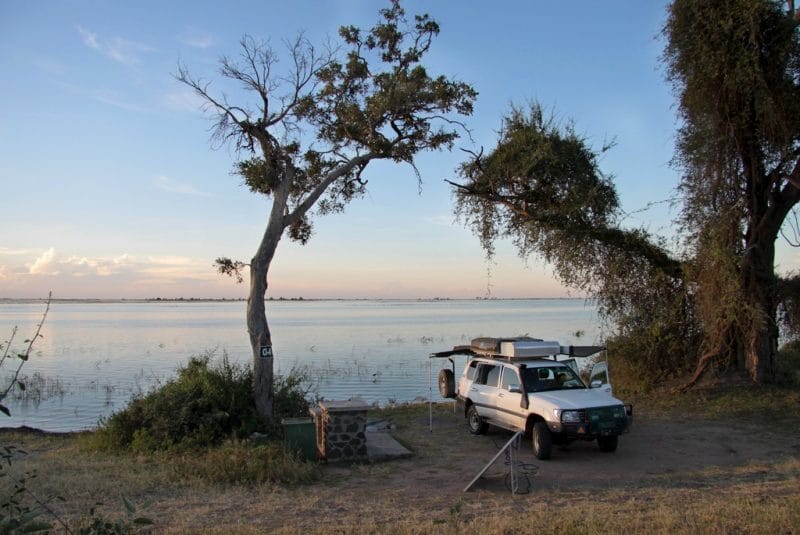
Savuti (GPS: S 18 34.014, E 24 03.905) is a campsite suited to hardy campers, with thick sand and limited shade. There are 14 campsites and the best sites are under the shady trees along the Savuti channel (you can request one of these when you make your booking). The barricaded ablution blocks are to ward off thirsty elephants trying to access water during dry season.
Savuti is known as one of the noisier choices of camp (both human and animal noise) but it’s also one of the most exciting, with a good chance of lions, elephants and hyenas wandering into camp at night.
Campers must be on guard against these dangers, especially with small children. It’s important to stay in your campsite after dark and drive rather than walk to the bathroom. There is also a small tuckshop with a limited selection of snacks.
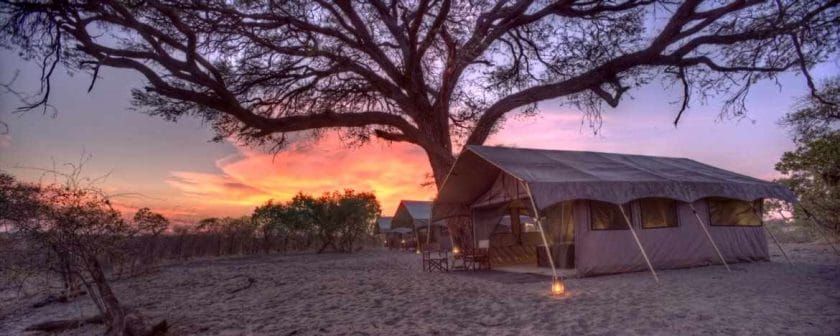
Linyanti (GPS: S 18 16.228, E 23 56.163) is Chobe’s most peaceful and tranquil campsite with only five demarcated camping areas. The most popular sites are numbers one and two which have uninterrupted views over the Linyanti River.
Linyanti has a limited road network for the public but the scenic meandering riverfront drive is one of the most beautiful stretches in the park.
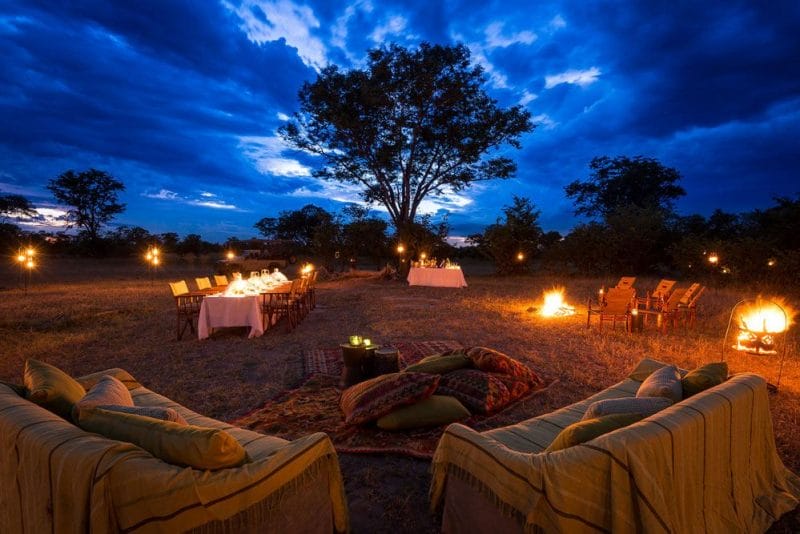
Who is Travelling to Botswana with you?
- Botswana Honeymoon Safari
- Family Safari in Botswana
- Solo Holiday in Botswana
What better way to celebrate love than on a Botswana honeymoon safari? Just the two of you in the African bush with a private candlelit dinner on your veranda and wildlife passing by. The country is home to some of the most diverse and pristine wilderness areas in Africa, with an abundance of wildlife and natural beauty that will leave you in awe.
The combination of luxury and adventure makes for an unforgettable honeymoon experience . The tranquility and serenity of being in the middle of the wilderness with your loved one is an experience that will stay with you forever.
When to go on a honeymoon Safari in Botswana
The most popular time to visit Botswana for a honeymoon would be during the dry season, from about May to October. Days are warmer with clear skies.
With less rain, the vegetation is not as lush, and it’s easier to spot wildlife. The animals tend to concentrate around the water sources, and this tends to become an action-packed area. However, with the popular season, the number of visitors to Botswana increases, camps can be full, and some sections of the park can feel a little crowded.

Traveling during the wet season during a honeymoon in Botswana is a great time to travel if you don’t mind a rain shower or two. The parks are quieter and lodges offer great prices and value-adds.
Showers occur mainly in the afternoon and will have little impact on your Botswana safari vacation. The bush is lush and green. With water comes new life, and you’ll see plenty of newborns. This would also be the time for migrating birds to visit.
Where to travel on a honeymoon in Botswana
The most popular route traveled in Botswana during a safari would include visiting the Chobe National Park , the Okavango Delta, and the Kalahari. The Chobe National Park is known for its large herds of elephants and cruising along the Chobe River while spotting hippos and crocodiles.
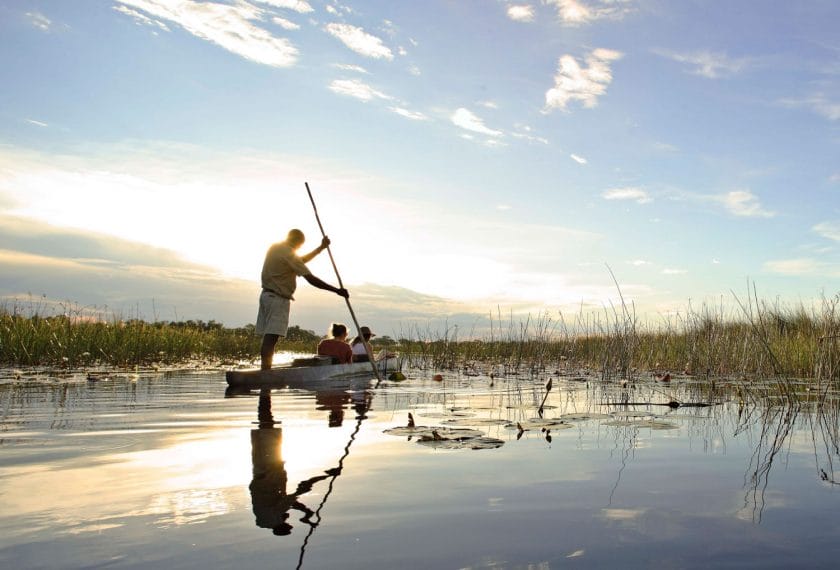
The famous Victoria Falls is also only a short two-hour drive from the Chobe National Park and is a great day visit should you be staying a little longer. The sparkling waterways of the Okavango Delta are a must-see when on a Botswana honeymoon safari. The channels create mazes and paths through the wet bush, forming small islands.
These channels are great for exploring in a mokoro, and the islands are ideal for bush walks. The destination often forgotten is the Kalahari. Magical red sand is the home to many desert-adapted animals, including the Black-maned lions.
Accommodation on a honeymoon safari in Botswana
Botswana has you spoiled for choice when choosing your accommodation for your Botswana honeymoon safari and features the option of luxury tents with white linen and mosquito nets draping the beds.
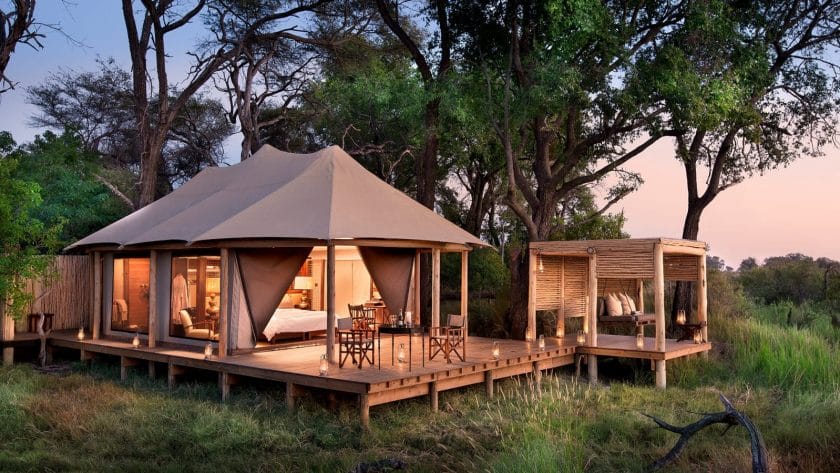
Some even have an outdoor bath to enjoy after an early morning activity and watch the wildlife pass by as you unwind. There’s also an option to sleep under the African skies. Just wheel your bed out onto your deck and fall asleep with the night sounds of the African bush and the stars shining overhead.
Which activities to include on a honeymoon safari in Botswana
Just as you’re spoiled for choice by the different accommodation options in Botswana, you’ll also have a variety of activities to choose from while honeymooning In Botswana. Game drives, either early morning or afternoon, would be available in most areas throughout Botswana. You drive out as the sun rises, catching the wildlife as they start their day.
Some of the more unique ways of exploring Botswana would be cruising the Chobe River or exploring the waterways of the Okavango Delta in a mokoro. Cruise the Chobe river on your Botswana honeymoon as the cool breeze offers relief from the hot African Sun. Here you get to indulge in each other’s peaceful company as you watch elephants enjoy the refreshing waters and crocodiles lurking around.
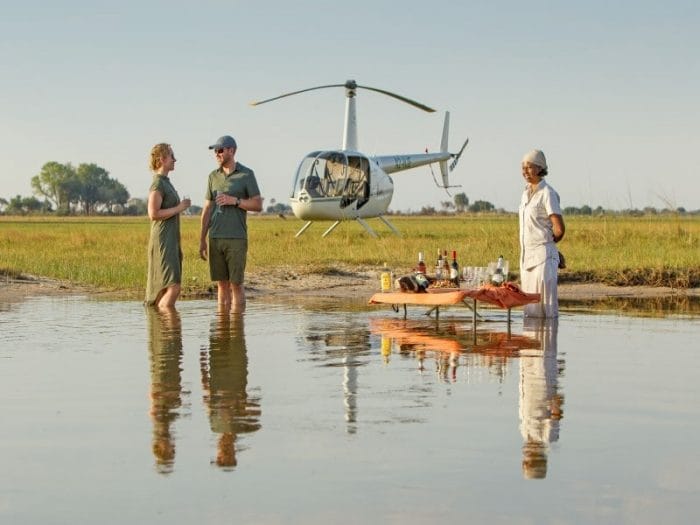
There is just something romantic about flying. Why not take to the sky on your Botswana safari honeymoon? Not only can you view the beautiful landscapes below as you board your scheduled flight between camps, but you can also spoil your loved one with a romantic early morning hot air balloon safari.
Wake up before the sun rises as you’re transported to the launch site. Here you get to see the beautiful colorful balloon fill up with hot air as you sip your coffee before jumping aboard. With the sun rising over the landscapes and the wildlife stretching as their day begins, this promises a fantastic start to your day.
Experience one of our Botswana family safaris to create lifelong memories. The variety of Botswana’s wildlife is incredible, from the elephant and zebra herds of Chobe National Park to the thriving Okavango Delta and the big cats of the Kalahari. And it’s not just the wildlife that makes Botswana perfect for family safaris .
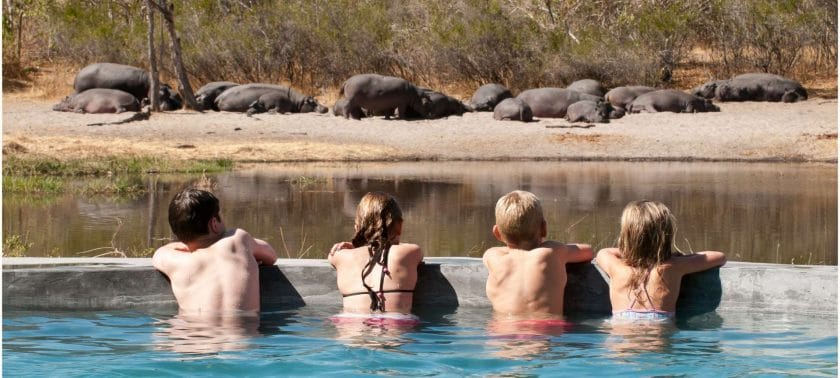
There are family-friendly Botswana lodges and private guides for personalized safaris. Botswana has plenty of age-appropriate kids activities, with kids menus and babysitters.
Highlights on a Family Safari in Botswana
In the Kalahari and Makgadikgadi Pans, children will benefit from the demonstrative Bushman walks, which focus on animal tracking, spoor identification, insects, fire-making, traditional uses of plants, and making arrowheads out of stones.

Chobe River is ideal for Botswana family safaris because boat cruises are a safe and comfortable way to get close to animals like elephants, hippos, and crocodiles.
For a family with older children, game drives in Moremi and Chobe can be exciting due to the plentiful animal encounters that are sure to be unforgettable.
Travel Tips on a Family Safari in Botswana
It is best to travel to Botswana as a family when the children are a bit older so that they can get the most out of the experience. Children must be older than eight to go on a game drive, while walking safaris require children to be at least 12 years old.
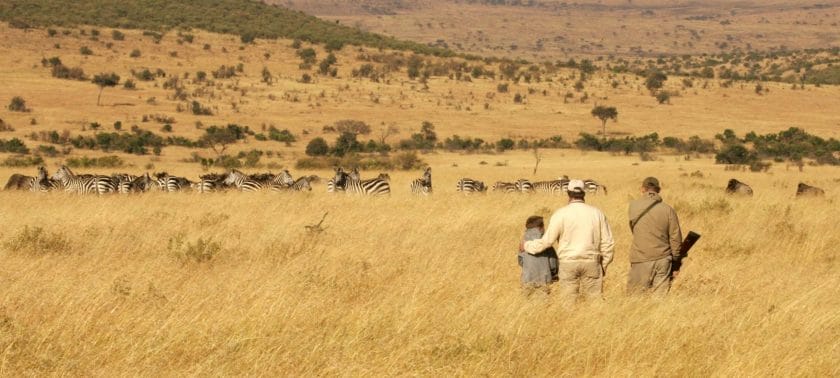
Wildlife is abundant in Botswana, but terrain can be challenging, and sometimes you might endure a long, bumpy ride to get the results, which children might not tolerate well.
Families traveling from abroad should seek out lodges that cater specifically to children, feature family-sized tents, special babysitting services, and kid-friendly bush walks and activities.
Botswana can be a refreshing, eye-opening, relaxing, and a somewhat spiritual experience for solo travelers; although most activities happen in a group, you’re never really alone. The Okavango Delta has several tiny camps , which would create the peaceful and intimate experience a solo safari traveler might prefer, especially if it is water-based and offers the serene activity of a mokoro excursion.

Alternatively, solo safari travelers in Botswana looking to join a group would benefit significantly from an overland safari tour, which covers most of Botswana’s prime destinations.
Highlights of a solo safari in Botswana
Traveling solo in Botswana allows the opportunity to meet new people and create lasting relationships with like-minded individuals, particularly on longer-lasting tours or itineraries in Botswana , such as an overland trip, when a group stays together throughout the experience.
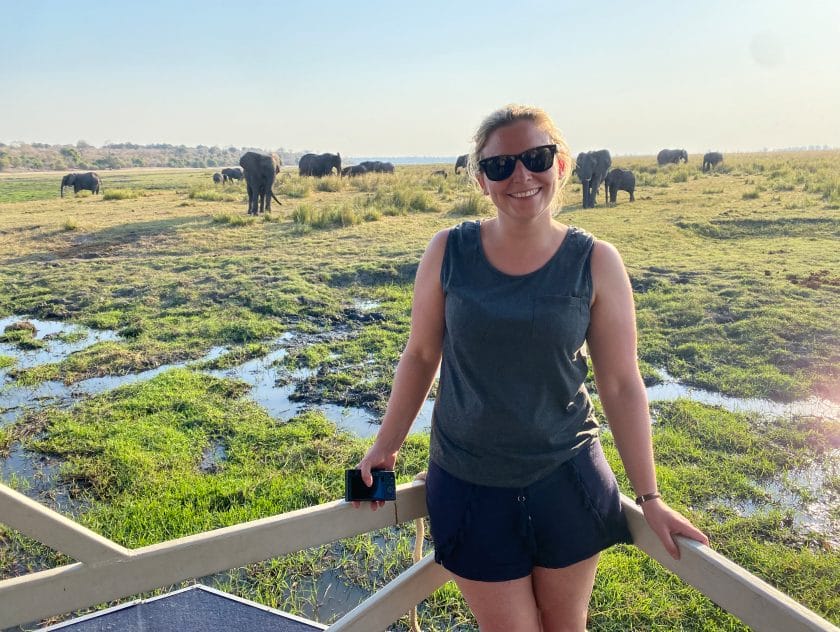
It’s incredibly rewarding to explore a destination as untamed as Botswana on a journey of discovery, contemplation, peace-seeking, or renewal if the purpose of your solo trip is indeed to enjoy it alone.
Travel Tips for a solo safari in Botswana
Guests traveling alone (but not necessarily looking to be alone) will be at home in the Okavango Delta, Moremi, or Chobe National Park, where safari lodges offer between three and 15 bedrooms and cater to guests traveling as a single or a group. Meal times and activities are shared and occur at set times, so the experience is enjoyed as a group.
What You Need To Know
- Why Go to Botswana?
- Highlights of Botswana
- Botswana vs South Africa
- Botswana vs Namibia
- Wildlife in Botswana
- The Elephants of Botswana
- The Marsh Lion Pride of Botswana
- Botswana Travel Advice
- Visa Requirements for Botswana
- Travelling to Botswana
- Public Transport in Botswana
- Cash and Payments in Botswana
- Is Botswana safe?
- At Your Lodge in Botswana
- Botswana Food and Tipping Practices
- The Cultures of Botswana
- Shopping and Markets in Botswana
- Languages in Botswana
- Packing List for Botswana
- Vaccinations for Botswana
- Medical Emergencies in Botswana
- The Healthcare System in Botswana
- Travel Insurance for Botswana
- A Botswana Safari Cost
- The People and Culture of the Okavango
Botswana’s primary attraction is its vast wilderness. From the endless palm-covered islands of the Okavango Delta , to the moonscape saltpans of the Makgadikgadi region, it’s the perfect destination for anyone seeking pristine, unfenced surroundings.
Botswana’s commitment to safeguarding its wildlife heritage is unparalleled in Africa. The country covers a total area of 581,730 sq km, and approximately 40% of this land falls within a wildlife-protected area.
These areas are a sanctuary for the world’s largest concentration of elephant, and a stronghold for other endangered large mammals such as the black rhinoceros, African wild dog, cheetah and lion.
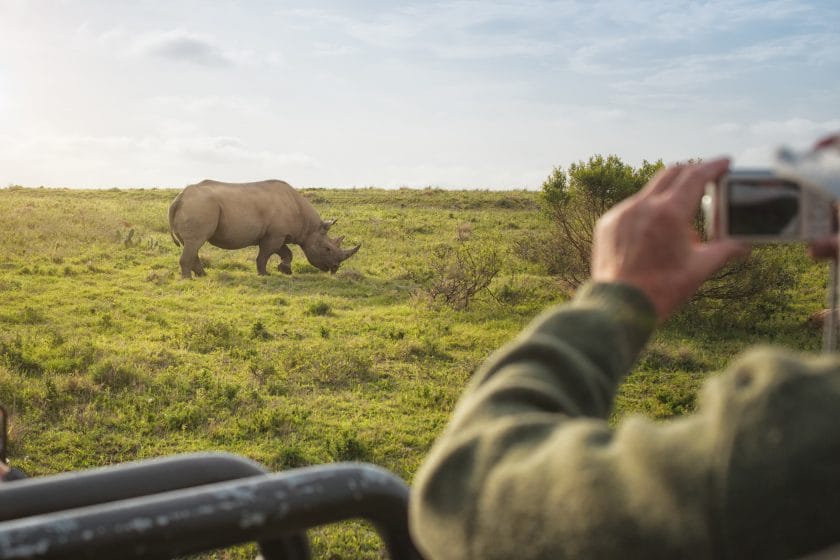
For avian enthusiasts , there exists no better place in the world to view the Slaty Egret and Wattled Crane, and seeing the illusive Pels Fishing Owl for the first time has been known to bring bird-watchers to tears!
In 2014, Botswana consolidated its position as a conservation leader by banning commercial hunting, paving the way for former hunting areas to be transformed into photographic safari destinations .
The government’s decision to opt for a high-quality, low-impact tourism model means that safari-goers can generally avoid congested game drives, especially when staying in one of the many privately operated concessions, which commonly have their visitor density limited to around one guest per 50 sq km. These concessions, licensed out to top safari companies, boast some of the most luxurious yet eco-conscious lodges and camps in Africa .
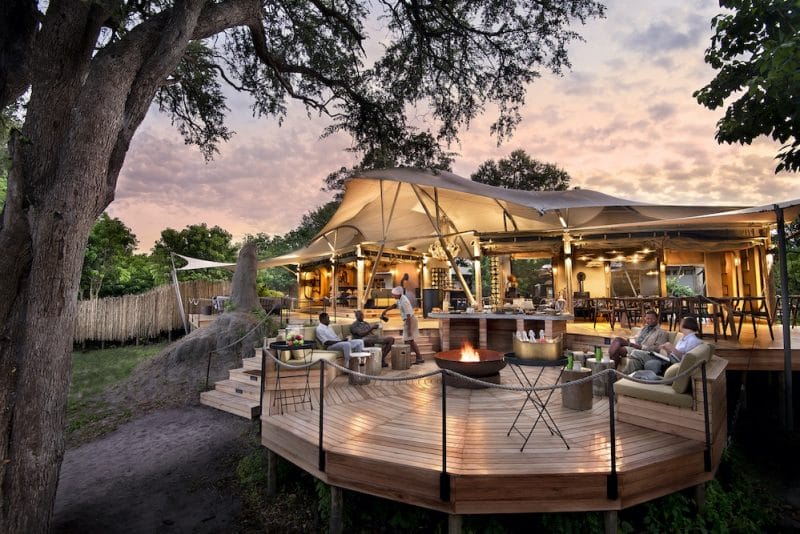
In order to lease the land, lodge owners must show commitment to uplifting local communities by providing jobs for people in close proximity to concession boundaries. Today wildlife and tourism employs around 45% of adults in Botswana, making it the country’s’ second largest income earner after diamonds.
Travellers can feel secure in the knowledge that Botswana is one of Africa’s most stable and peaceful nations, with the continent’s longest continuous multi-party democracy and a steady economy.
Botswana is a safari destination that boasts outstanding wildlife density and variety, and it is wild and organic without fences and developed tourist facilities. In this sense, it attracts adventurous travellers who are passionate about nature and wildlife experiences and who are not nervous in the presence of wild animals.
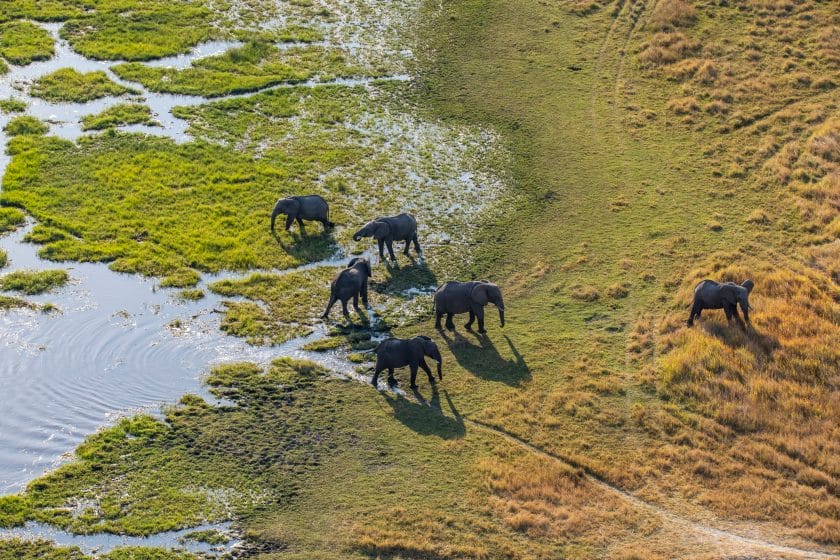
Keen photographers would benefit greatly from a Botswana holiday at different times of the year, as varying locations offer unique and interesting natural scenery, not to mention superb wildlife activity to capture.
The terrain in Botswana is rough with plenty of dust, thick sand, and seasonal flooding, so exploring the country by road – which includes long morning game drives in areas like Savuti – means packing an adventurous spirit and tolerance for the natural elements.
On the other hand, Botswana has some impeccable luxury lodge options , with exclusive airstrips, seamless service, world-class food, and supreme comfort, which bring extreme comfort to visitors willing to pay.
Botswana is easily sewn into an itinerary including Victoria Falls and the Kruger National Park , Zimbabwe’s Hwange and Mana Pools, Zambia’s South Luangwa, and Namibia’s Caprivi Strip; so travellers planning a southern Africa trip should consider including a safari in Botswana.
People who return for a Botswana holiday repeatedly give many reasons for their visits, and high on the list is the warmth and peace-loving nature of the local Setswana-speaking people, the incredible diversity of wildlife, exclusivity, and the large variety of safari activities on offer.
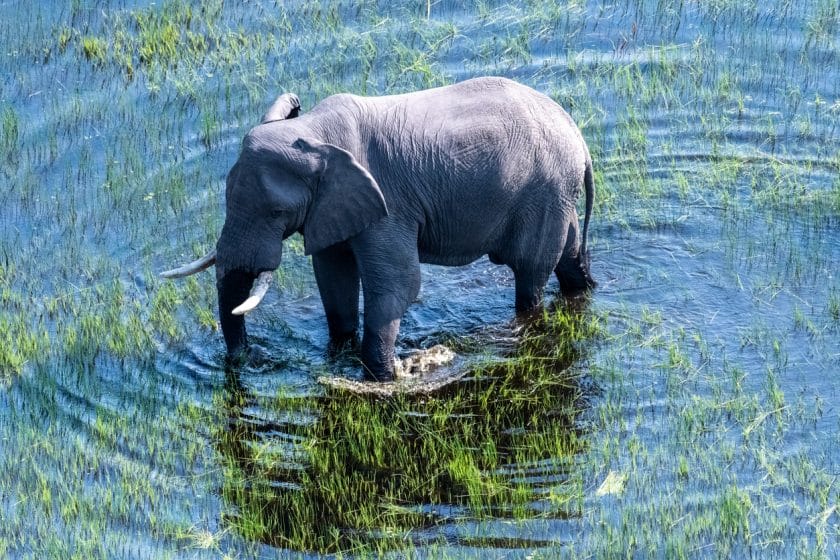
For a small country dominated by the dusty Kalahari Desert, a Botswana safari tour is truly unique in its available variety of activities. Activities in Botswana differ between seasons when landscapes alter dramatically, determined mainly by the natural flooding of rivers and annual rainfall.
The Chobe River in Botswana is a popular hot spot for tourist activities. Botswana safari operators offer fishing trips, specialized photographic safari boat cruises, game drives, and beautiful riverside camping. Chobe Game Lodge , the only lodge inside the Chobe Game Reserve, now boasts several electric and solar-powered safari boats, adding a new element of interest for the modern, eco-conscious traveler.
Savuti, to the west of the Chobe region, is famous for its mysterious and fascinating channel. It has a history of drying up unpredictably, influenced primarily by a series of shifting fault lines that lie deep below the earth’s surface, a continuance of the Great Rift Valley.
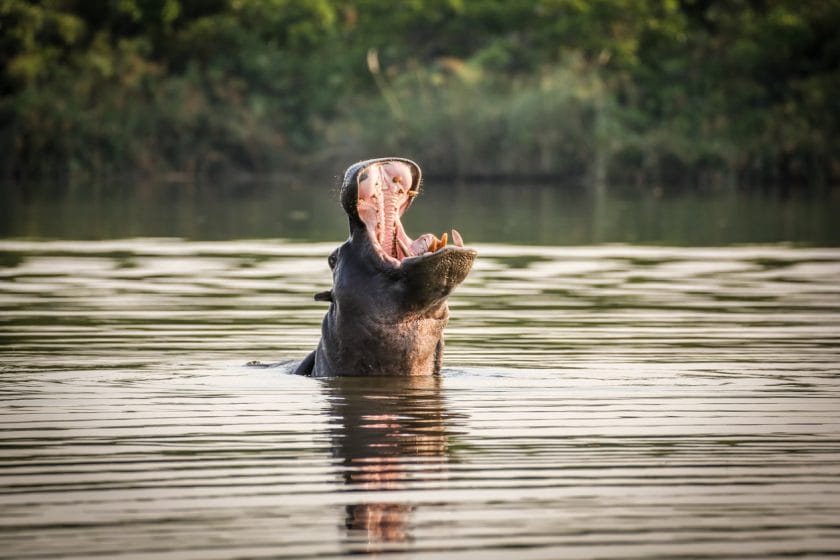
The Makgadikgadi saltpans also offer a wide range of exciting activities that keep guests returning again and again. In dry season adventurous travelers can quad bike across the pans and sleep out under the Milky Way, which the Kalahari Bushmen call ‘the backbone of the sky’.
In the green season, Africa’s second largest wildebeest migration unfolds alongside the Boteti River and is a magnificent spectacle, especially when viewed in dusty twilight hues.
The pristine, wild locations of Botswana’s camps and lodges make for an exhilarating Botswana safari, a perfect choice for those who treasure wild places. Safari-lovers speak of feeling a profound sense of freedom in Botswana’s wilderness that deepens with regular visits.
South Africa and Botswana are neighboring countries offering superb wildlife sightings, top-class camps, and lodges. Still, there are several differences to remember when choosing one safari destination over the other.
A safari in South Africa lacks the rugged remoteness of a Botswana safari. Still, private concessions like those in South Africa’s Sabi Sands are a reliable option for those eager to see a maximum amount of wildlife in a short time.
Unlike Botswana, South Africa’s game reserves are all fenced. This fencing limits the natural migration of animals within the ecosystem but results in a higher concentration of game, especially big cats.
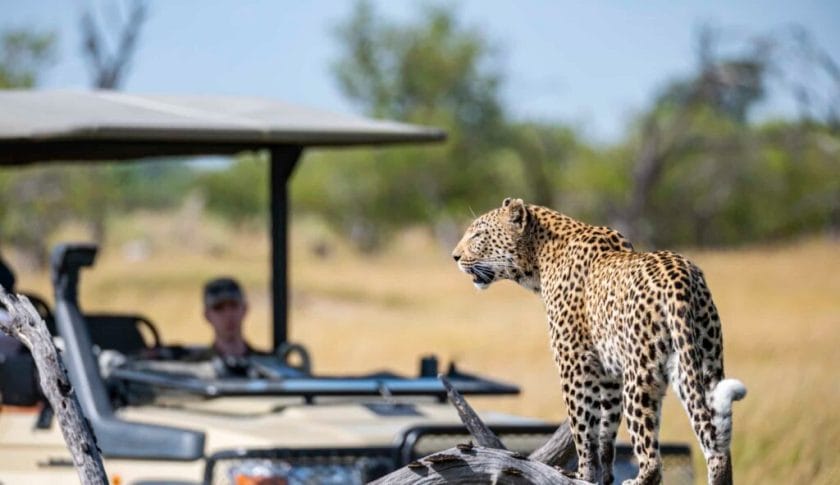
Botswana’s game viewing, while excellent, can be unpredictable at times, as animals migrate according to the seasons. South Africa has several private concessions that offer a very exclusive, intimate safari experience on par with Botswana’s. Still, these areas are much smaller, so guests do not get exposed to the same variety of habitats as on a Botswana safari.
South African campsites like those in the Kruger National Park tend to be crowded, especially during school holidays. South African game reserves are mostly accessible by car, and few require a 4×4 vehicle. In contrast, a 4×4 is absolutely necessary to negotiate the thick Kalahari sand tracks in many of Botswana’s wild areas.
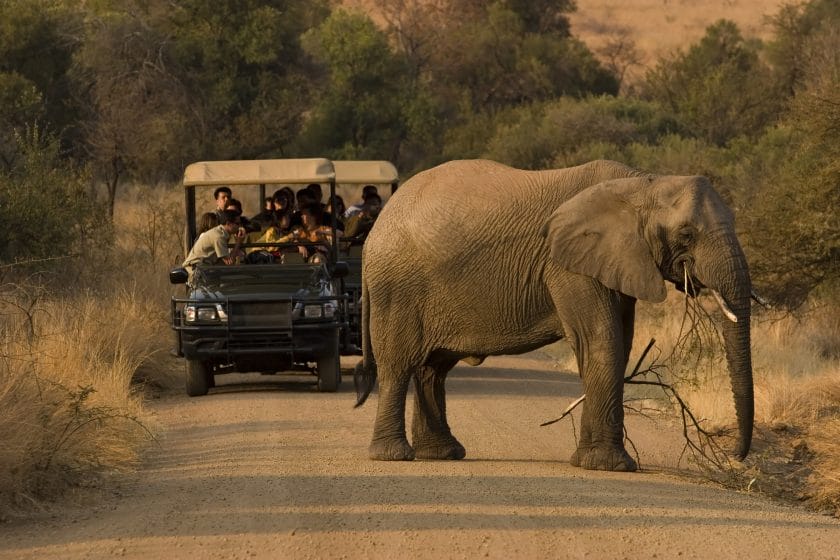
Botswana, with its simpler infrastructure and small remote towns, has a charming ‘real African’ feel, while the plentiful shops in South Africa, even within the Kruger National Park, make stocking up on supplies very convenient.
A South African safari is generally the cheaper route, with more choices regarding mid-range accommodation options. On the other hand, Botswana only offers two options – camp or stay in a luxury lodge, and most luxury Botswana lodges are only reachable by light aircraft, so it’s essential to pack light.
Booking for a camping safari in Botswana must be done at least a year in advance as campsites are limited. In contrast, you’re far more likely to get away with last-minute bookings in South Africa, although booking ahead is always the wiser option.
Namibia is Botswana’s western neighbor, and the two countries share a large portion of the Kalahari Desert . Namibia doesn’t have Botswana’s water supply, making the latter far superior in terms of wildlife density.
The only slight exception is a narrow stretch of land that protrudes from Namibia’s northeast corner, known as the Caprivi Strip.
Being mainly desert, a safari in Namibia is not the right choice for those wanting to see the Big Five on their first safari experience.
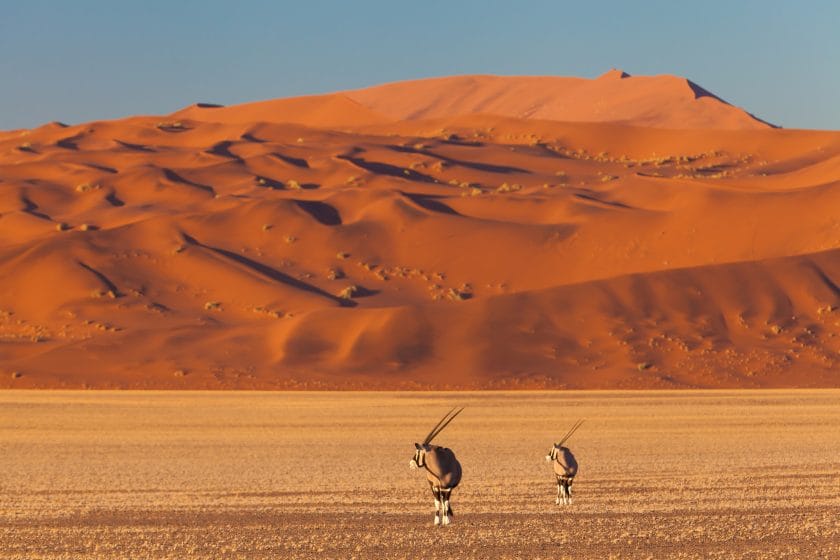
Yet, it does offer the chance to see some unusual desert-adapted creatures like oryx, brown hyena, black rhino, and the famed desert elephants and desert lions.
Both countries are equally rugged and remote, with a low population density and a rich cultural heritage. Still, when it comes to spectacular landscapes, the immensity of Namibia’s panoramic views is hard to beat.
The wilds of Northern Botswana safeguard the largest elephant population in the world. Colossal breeding herds and large solitary bulls traverse the landscapes of Chobe National Park and Moremi Game Reserve. Kobe’s broad-leaved woodlands and riparian forests are home to the endemic Chobe bushbuck and other lesser-known antelope species like Puku, Sable, and Roan.

Chobe also boasts the highest bird species diversity in Botswana (468 species), including birds found nowhere else in the country like the Schalow’s and Purple-crested turacos, Trumpeter and Crowned hornbills, and the Crested guinea fowl.
Savute , in the western Chobe region, is notorious for its large lion prides, historically numbering up to 30-odd individuals. The unpredictability of Savuti’s water supply has been known to set the scene for dramatic feats of survival, including hibernating crocodiles and bold lions preying on adult elephants. Savuti’s vast savanna plains are perfect for enjoying sightings of Burchell’s zebra, Tsessebe, giraffe, and impala.
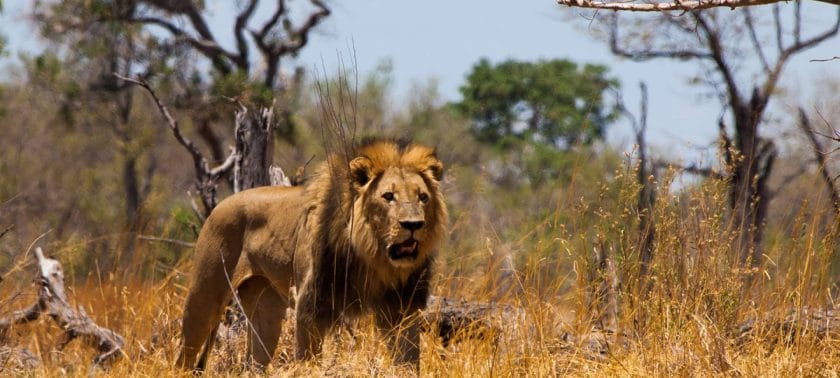
Red lechwe splashing through the swamplands, hippopotamuses treading confidently out of the water at midday, and lions swimming across water channels are just a few of the spectacular wildlife sightings awaiting visitors to the Okavango Delta .
The Okavango comes into its own during winter when rainwater from the highlands of Angola fans out over temporary floodplains that teem with wildlife.
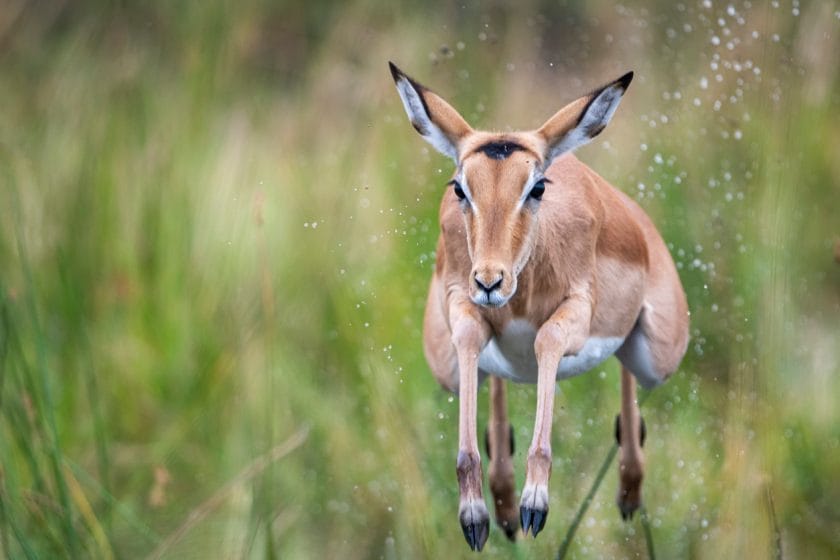
You could get lucky and spot a semi-aquatic Sitatunga antelope lurking in the papyrus – or a Pel’s Fishing Owl. These beautiful owls replace their daylight rivals, fish eagles, on perches overlooking deep lagoons where they fish for large bream.
The Okavango Delta is also the best place to see the near-endemic Slaty Egret, Wattled Crane, and special waterbirds such as the Lesser Jacana, White-backed Night Heron, and African skimmer.

The cracked and dry Makgadikgadi Salt Pans may not look like the environment that would attract a large wildlife population, but appearances can be deceiving.
Come summertime, these desolate arid expanses sprout juicy patches of grass, attracting springbok, wildebeest, and zebra, followed closely by lion and cheetah.
Along the Boteti River, you can watch Southern Africa’s largest zebra migration and, come nighttime, shine a spotlight on the secret lives of playful bat-eared foxes and shy brown hyenas.
A far cry from the photographic safari-enthusiasts that visit Chobe National Par k now, the park was once the haunt of large-scale ivory hunters. It’s hard to imagine that by the second half of the 19th-century ivory hunting was so rife that elephant deaths in Botswana lead to elephants almost being extinct in the Chobe area.
Today, “thlou” (the local Setswana term for elephant) are safe in Chobe National Park and during dry season make up the largest density of elephant population in the world (60 000 – 70 000) a number that has continued to rise in recent years due to poaching pressure in Botswana’s neighboring counties.

In essence, Botswana has become a safehouse for an increasing number of Southern Africa’s refugee elephants who no longer feel protected traversing through the borders of Namibia, Zimbabwe, Angola and Zambia.
Despite this, research by Elephants without Borders has shown that the elephants of northern Botswana still have the largest home ranges (24,828km2) recorded for African elephants and herds continue to move between western Zimbabwe, the Caprivi Strip in Namibia, southeast Angola and southwest Zambia.
However, Botswana’s elephant range has grown by 53% in the past 20 years and scientists worry about how this will affect the safety and livelihoods of local people living on the outskirts of wildlife and national park areas.
Initiatives like the Elephant and Bee Project that are building beehive fences to naturally repel elephants from raiding local farmer’s crops, are invaluable in protecting both humans and elephants.
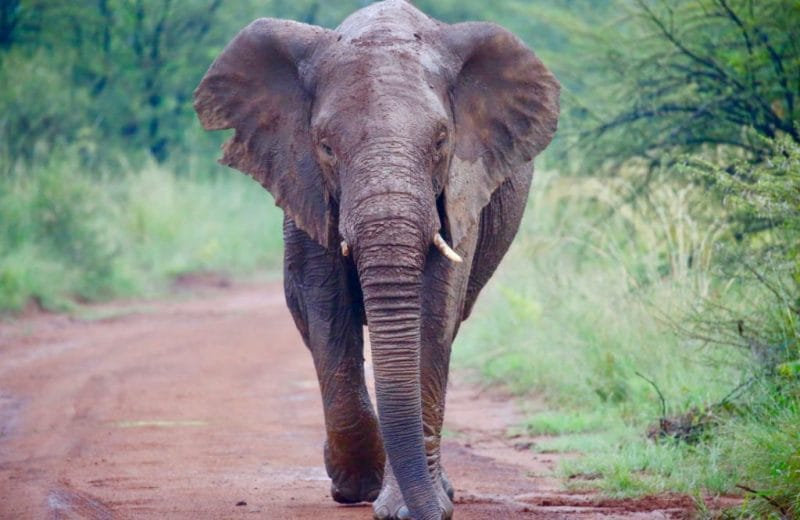
As the largest terrestrial animal on earth, elephants eat up to 300kg of food a day and play a fundamental role in shaping their environment. The large herds of Chobe have put enormous pressure on the riverine forests lining the banks of the river, and it is common to see fallen tree trunks and battered broken branches tossed about the ground.
This would be devastating if it weren’t for the arrival of the summer rains when the elephants disperse, allowing the land much-needed time to recover. Elephant’s destructive habits have equally positive effects and are responsible for creating hideaways for smaller creatures and helping browsers, like kudu and bushbuck, to reach nutritious leaves.
Predators like lions and leopards often choose to hide their cubs in the safety of fallen logs, and elephant’s well-worn paths through the bush are used by many species. During drought, elephant’s dig for water in dry pans, helping to form waterholes that other animals can drink from.
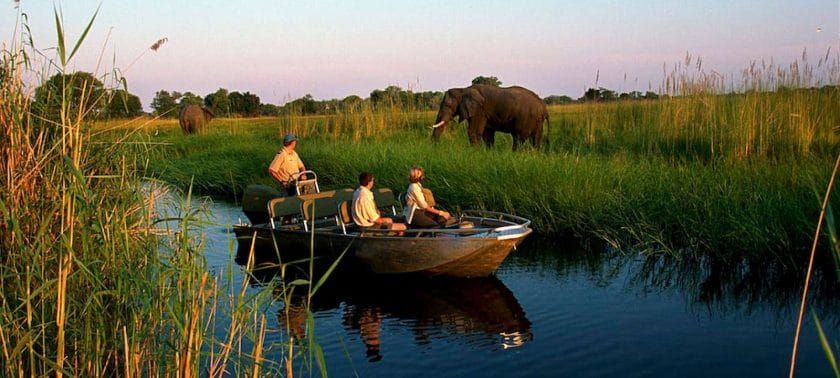
While Chobe’s waterfront is the place to see large family herds, Savute is known as the domain of the large elephant bull. These lonely tusked giants float over the horizon or swagger around the dusty peripheries of small waterholes, drinking and moving off again. Chobe really is a “Land of Giants’ ‘, an ultimate destination for elephant-lovers.
Throughout Africa, elephants are not thought of as lion prey, with only three exceptions; the pride manages to separate a small calf from its mother (a rare occurrence), an elephant is very sick and weak, or the lion belongs to Savuti’s notorious Marsh Pride.
This fearless pride of lions, which once numbered 30 +, killed 74 elephants during a three year period (1993 – 1996), a phenomenon recorded by filmmakers Beverly and Dereck Joubert.
The Joubert’s film, Ultimate Enemies (National Geographic) tells the story, as well as the more recent Planet Earth Series: Great Plains (BBC). This outrageously risqué behavior on the part of the lions happens mainly between August and November, peaking in October.
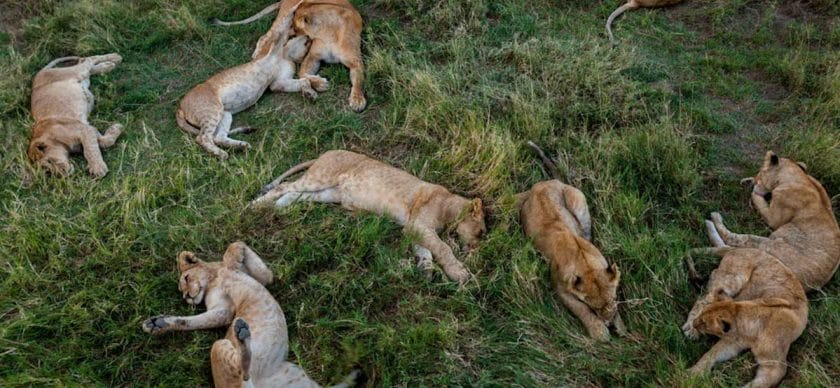
According to scientist Richard John Powder, the lions may be reverting to a role they once had during the Pleistocene era as hunters of megaherbivores.
The behavior could also be rooted in Savuti’s long history of drought periods where near-starved elephants were easy to bring down, helping the lions hone their elephant-killing tactics.
The introduction of artificial waterholes could have also played a role by encouraging elephants to become permanent residents (rather than migrating to other regions), and so readily available to feed unusually large lion prides. Today, the lion prides of Chobe are more fragmented and lions prey on elephant less frequently, but the legacy remains.
It’s good to know that Botswana’s Wildlife Reserves and National Parks are not fenced, so it’s possible that wandering wildlife and domestic animals will wander onto the main roads and in and around towns.
Important Botswana travel advice is that public bathrooms on a Botswana safari are mostly basic and might lack items such as toilet paper and hand soap. If you’re traveling through the country by road and exploring the parks on a self-drive basis, it’s wise to pack bathroom essentials.
It’s not permitted to leave your vehicle inside the parks unless you’re at a designated stretch point or picnic spot. It’s important to note that even those areas aren’t protected from roaming wildlife, so you should remain vigilant when walking around campsites, stretch points, and ablution blocks.
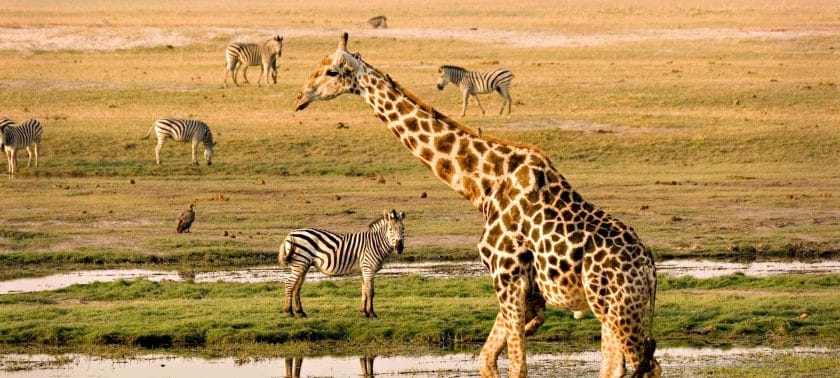
When entering a national park as an independent traveler (i.e., without a guide), some advice would be to have adequate cash to pay park fees. These include entrance fees per person and vehicle fees per day. In addition, you’ll need a printed voucher indicating that accommodation/campsite has been booked in your name.
Part of the beauty of Botswana’s wild areas is that they remain that way and have not been tampered with. Lodges and camps in Botswana are environmentally friendly and have a low impact on the surroundings. Some are so lightweight that they can pack up and close during seasonal floods in the Delta and reopen in April until October.
Campsites in the parks are remote and can be the best part of a day’s drive away from a town. Packing camping essentials such as fuel, water, food, ice, and firewood must be considered before embarking on your journey.
There are only a handful of countries whose residents require tourist visas to enter Botswana (you can find this list here). At the same time, every traveler must ensure that they hold valid, permanent passports with at least three blank pages remaining.
Most tourists in Botswana come from the United States, second-most is the United Kingdom, and third is Germany. Visitors from these countries do not need visas for 90 days, after which they can get an extension from immigration. Emergency or temporary passports aren’t accepted without an accompanying visa.
Those traveling with minors (children under 18) must provide a certified copy of the minor’s unabridged birth certificate and their valid, permanent passport to gain access to Botswana. If the minor travels without one or both of their parents, an affidavit from absent parent/s consenting to their child’s travel is required.
The easiest and fastest way to travel to Botswana for safari is a connecting flight from Johannesburg International Airport (O.R Tambo) in South Africa. However, connecting flights from Cape Town and Windhoek (Namibia) are also available. Currently, there are no international carriers that fly directly to Maun Airport.
Transport on a Botswana safari is relatively efficient. Getting to your lodge or destination is as easy as jumping on an air shuttle service or a safari vehicle. It’s really up to you, based on your requirements, time, and budget. Fly or be driven. Each option comes at a cost, private air charters being the most expensive, while guided road transfers are more affordable. It’s also worth noting that some more remote camps and lodges are only accessible via aircraft or boat.
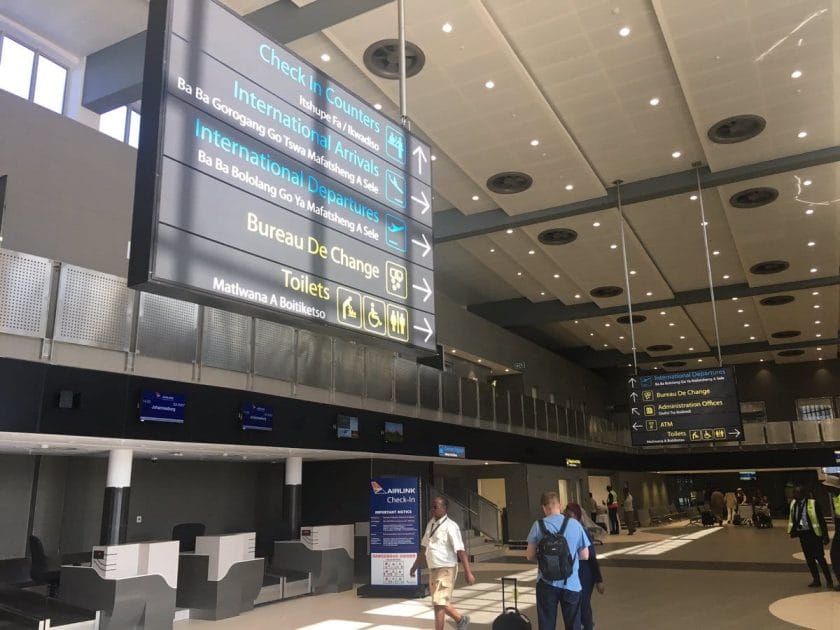
The best way to get to Botswana is to fly to Maun or Kasane. These two towns have international airports in northern Botswana, close to popular national parks and main roads. These airports facilitate the arrivals and departures of domestic flights to airstrips in the Okavango Delta, Moremi Game Reserve, and Central Kalahari. Self-driving travelers can easily access Botswana through the border posts from neighboring countries. Time allowances must be made for the time spent on the road.
Maun Airport
Maun International Airport is the central hub for all flights entering Botswana as a safari destination. The airport is located within the town itself.
Gaborone Airport
Sir Seretse Khama International Airport is located just 10km/6mi north of Gaborone, offering daily one-hour flights from Johannesburg and three weekly two-hour flights from Harare.
Kasane Airport
Kasane International Airport is located around four kilometers / two and a half miles south of the town of Kasane and lies just a short distance from the Chobe National Park.
Paved highways connect Botswana’s major towns. Most are in good condition, but some sections are badly potholed. You’ll need to keep an eye out for these, as well as for both wild and domesticated animals. Stray cattle and donkeys are common near villages. Donkeys can be particularly dangerous. They tend to stand in the middle of the road, refusing to move and forcing cars to stop and drive around them.
Botswana’s traffic police are active on the highways and often set up radar speed traps after villages and vet fences. Don’t be tempted to accelerate back to highway speeds until you see the appropriate signage.
Away from the highways, road conditions deteriorate rapidly. There’s not much in the way of secondary roads, and you can go from tarmac to thick sand in a few hundred meters. Especially sandy sections include the access roads around Mabuasehube Game Reserve and the Kgalagadi, the Xade Gate road into the Central Kalahari, the main entrance road into Nxai Pan National Park, the road north of Maun to Moremi, and pretty much everything from the Savuti region to the Chobe River.

An unusual route, and perhaps the sandiest of all, is the north-south track between Khutse Game Reserve and the Central Kalahari. It’s about 230km/142mi of deep sand from Khutse to Xade Gate and shouldn’t be attempted lightly.
Botswana is well equipped for self-drivers , but there are long distances between parks, lodges, campsites, and towns, so traveling by road can be time-consuming. Fortunately, much of northern Botswana is land dedicated to conservation. Even when driving outside the national parks, wildlife roams free, so the opportunities to see animals en route between locations are abundant.
Fly-in safari goers will save plenty of time as they use Botswana’s many scheduled flights and air transfers, but this method of travel is more expensive. Road transfers from the major towns offer a more affordable way to get from A to B and, although more time-consuming, allow more time for game spotting.
The currency in Botswana is Pula, a Tswana word meaning “rain”. Pula is used throughout the country and is the accepted form of payment in restaurants, shops, hotels, or lodges. Most places in Maun, Kasane, Francistown, Gaborone, and other major towns accept international bank cards.
ATMs are located in the towns mentioned above, and you can withdraw cash before heading into the parks and reserves, where there are unlikely to be card facilities. Foreign currency is often accepted as a tip or gratuity to helpful staff and safari guides, but not as payment for something in commercial facilities. The current exchange rate is 1 BP = 0,10 USD.
Botswana is considered one of the safest countries in Africa to travel in. Tourism is welcomed and valued by the locals in general, as it brings opportunities and income. There is no reason for you to feel unsafe anywhere in Botswana, as there have been very few reported incidents of petty theft or other opportunistic crimes.
It’s always a good idea for you to know where your valuable items are stored while traveling and not to neglect common sense when safeguarding your possessions. The most likely place an incident would occur would be near a town and not in the national parks, so the areas to remain vigilant would be at petrol stations or parking lots where opportunists might linger.
Visitors to Botswana should never forget that they are traveling to a country that cherishes its natural surroundings and pays enormous attention to conservation and the environment’s health. Botswana’s land is primarily dedicated to wildlife and sustaining a small population of people, so environmental impact is low.
It’s essential to respect the effort gone to protect the wild areas and to maintain a sustainable tourism infrastructure. Remember that waste disposal, water, electricity usage, and sewage systems are likely sensitive. A good rule when staying in lodges is to conserve water, e.g. short showers, and reusing towels and sheets.
A great idea when visiting Botswana for safari is to learn a few words or greeting terms in the local language, Setswana. To be able to greet your guide, cashier, or driver in their local language is an effortless way to show interest and appreciation for Botswana’s culture and customs.
Safari lodges and camps in Botswana serve an array of internationally recognized food for breakfast, lunch, and dinner. Dietary requirements can be catered for with ease when given prior notice. Beef and chicken are popular meats eaten locally and served in many ways in restaurants and the dining rooms at lodges, so travelers can expect to enjoy foods they know when being catered for in the country.
Local dishes include beef seswaa, bogobe (pap), and morogo, which are eaten throughout Botswana and surrounding countries. Beef seswaa is slow-cooked beef (usually filet), which is then shredded and cooked as a pot stew with an onion and pepper gravy.
Bogobe is ground cornmeal boiled with water and salt until it becomes a porridge-like consistency. It’s served as the starch with meat and veg. Bogobe is often accompanied by a tomato and onion relish or cooked spinach in a dish known as morogo.
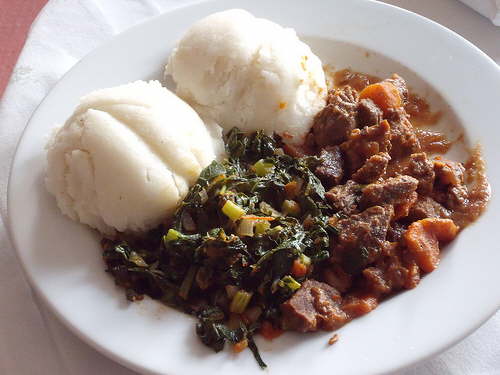
Meat is also traditionally grilled on open coals, as are large, white mielies (corn on the cob), which are farmed on a small, subsistence level.
These are often seen on the roadside, where vendors are set up with grills serving the passing local public. The local beer is a St. Louis, and it goes down a treat!
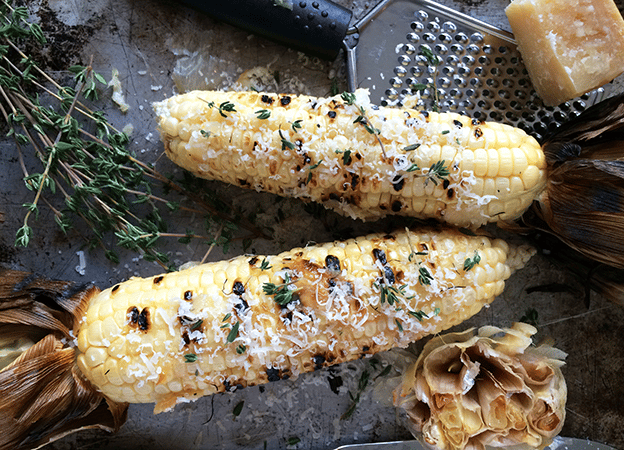
Tipping practice in Botswana can be compared to anywhere else in Africa. A general guideline for tipping servers at restaurants is to add 10% of your bill as a gratuity if you feel you’ve received a good standard of service. As always, this amount is at the client’s discretion.
When tipping your Botswana safari guide, a standardized approach is to tip an amount of 10% of the daily rate per person per day and pay it directly to your guide at the end of the stay.
It’s encouraged to show gratitude after an excellent safari experience by tipping well in either Pula, or the guest’s home currency.
Housekeeping and kitchen staff, backup guides, mokoro pollers, and boat drivers, are also eligible for tips, and there is often a deposit box for staff tips. Individual tips should be paid to the individuals themselves.
Travelers greeting local Batswana will notice that the spoken “dumela rra/mma” (man/woman) is accompanied by a handshake with the right hand while the left-hand moves to grasp your right forearm gently. This greeting is commonly shared between locals, and tourists are welcome to participate in the tradition.
Many people from Botswana (and indeed southern Africa) belong to a religion called Zionism, which is based on a fusion of African traditions and the Christian faith. Members of the ZCC (Zion Christian Church), by religious guidance, do not eat pork, drink alcohol, or consume drugs, while some solely consume the white meat of chicken and fish, eradicating red meat from their diets altogether.
Zionists can be recognized by some items of clothing, which on days of worship consist mostly of yellow and green. At the same time, most members often wear a lapel or badge of green cloth adorned with a metal badge indicating which branch of the church they belong to. Men also wear hats to show their religious affiliation.
Another thing to note is that it’s not in alignment with the Botswana custom to wash other peoples’ undergarments, and guests at lodges will notice that laundry service is provided for all clothing items, excluding personal underwear.
Every major town in Botswana has at least one shopping centre or mall, which includes major supermarkets, liquor stores, clothing, furniture, homeware, and electronic shops, in addition to local banks and ATMs. In terms of gift stores and curio shops, some safari lodges stock their own locally made woven baskets, jewellery, wooden carvings and bowls, and these items are usually sourced from communities in the area.
A number of safari operators and lodges offer village visits as an opportunity to meet local people, learn about their culture, and understand their way of life, and these are often opportunities for travellers to purchase some locally crafted items. Be warned, these local markets are expensive and it is likely that similar items can be sourced in gift shops in Maun or Kasane at a cheaper price.
The national language of Botswana is Setswana, spoken by the Tswana people in the region. English is recognized as a second official language and is spoken widely throughout the country.
People in remote and rural areas that tourists do not frequently visit are not likely to speak English well, so some basic Setswana will go a long way in communicating here.
There are also about 20 unofficial dialects spoken by people belonging to less dominant tribal groups, such as Hambukushu, Seyei, Herero, and Kalanga, while only about five of the original 13 Bushman dialects remain, known collectively as SeSarwa.
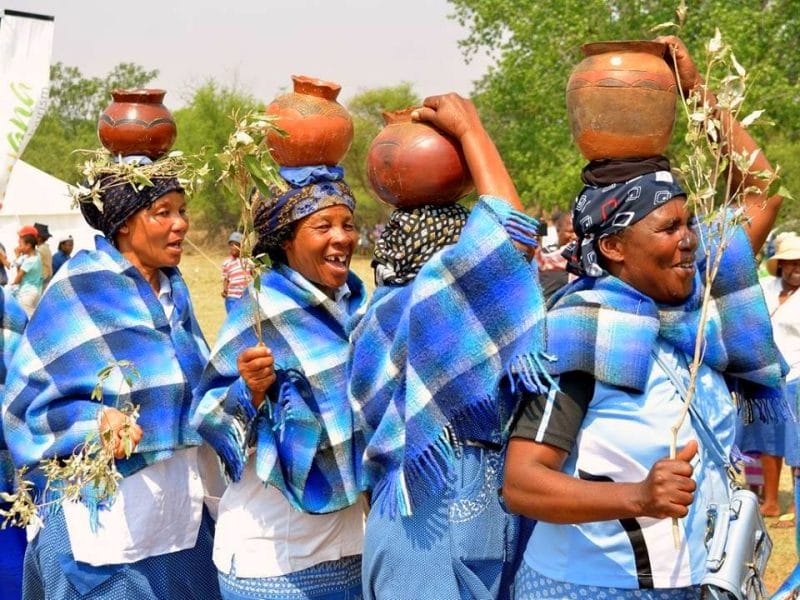
“Pula” is a word that is revered in Botswana. Not only does it appear on the national coat of arms, but it embraces other meanings too. In its literal sense, it means ‘let there be rain’ – in a primarily semi-arid country, rainfall is precious and considered a blessed event.
The local currency is Pula, and it’s also the country’s motto and rallying cry (in this context it means ‘shield’) and is shouted out by crowds at football matches whenever the national team, ‘The Zebras’, scores a goal.
A holiday in Botswana means being exposed to the elements daily, as game drives, bush walks, mokoro cruises, horseback safaris , and other outdoor activities take guests into the wild. No matter the time of year, it is important to pack lightweight, neutral-colored clothing, closed shoes, sunblock, and other sun protection.
During summer, when it rains and is very warm, it’s essential to take precautions against mosquitoes, whether that means being on prescribed malaria prophylaxis or merely using mosquito repellent every day.
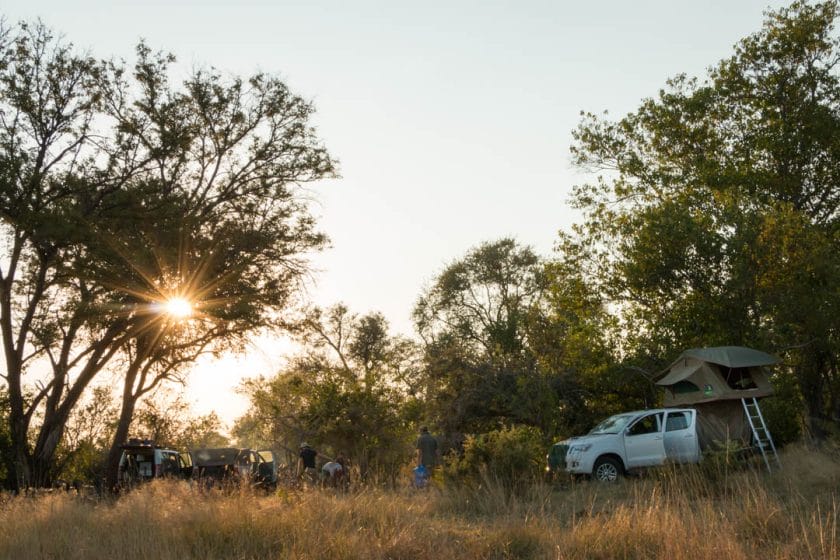
During the rainy season, it’s also advised to bring waterproof gear, such as a raincoat, poncho, or water-resistant jacket. A water-resistant bag for camera gear and other equipment will be handy in the rain. Still, most safari lodges utilize game vehicles with canvas roofs and drop-down sides to protect guests against unexpected rainfall. Most lodges also provide waterproof ponchos.
In winter, temperatures can drop to under 10°C/50°F, making morning game drives quite chilly. Packing a warm jacket, scarf, and beanie is highly recommended. In places like the Kalahari, desert temperatures are extreme, and in winter it can get icy, so travelers should ensure they’re well prepared for the cold.
Suggested items to pack in general include:
- Basic medical aid, such as:
- Antihistamine
- Pain killers
- Any prescribed medication you may require
Outdoor gadgets that come in handy include:
- A head torch or handheld torch
- A power bank or solar charger for mobile phones and camera batteries
There are no mandatory vaccinations required for entering Botswana. Still, it’s essential to consider the surrounding countries that might require vaccinations if travelers will be crossing borders during their stay, e.g. Victoria Falls holiday.
Zambia requires vaccination against Yellow Fever. Regarding hepatitis and tetanus, vaccinations aren’t needed, but travelers are encouraged to consult their doctors for advice in these areas.
The same applies to malaria prophylaxis. It’s not essential, but it’s advised that visitors get an opinion from their doctors. It’s suggested that travelers spending time in high-risk areas (towns and areas with a high human density) consult their doctors for a prescription of Coartem to treat malaria.
Botswana has some remote and far-away places. Many of these places are likely to be where tourists are headed because they contain some of the country’s best wildlife and most pristine natural areas. There are a couple of highly rated emergency response teams equipped for both land and air rescue in Botswana.
If travelers are on a guided safari tour in Botswana , they will have their local guide to rely on, who will have first aid qualifications and a medical response protocol to follow in an emergency.
Safari lodges and camps are equipped with satellite telephones, Wi-Fi, or an accessible mobile phone network to contact the necessary medical facilities in an emergency.
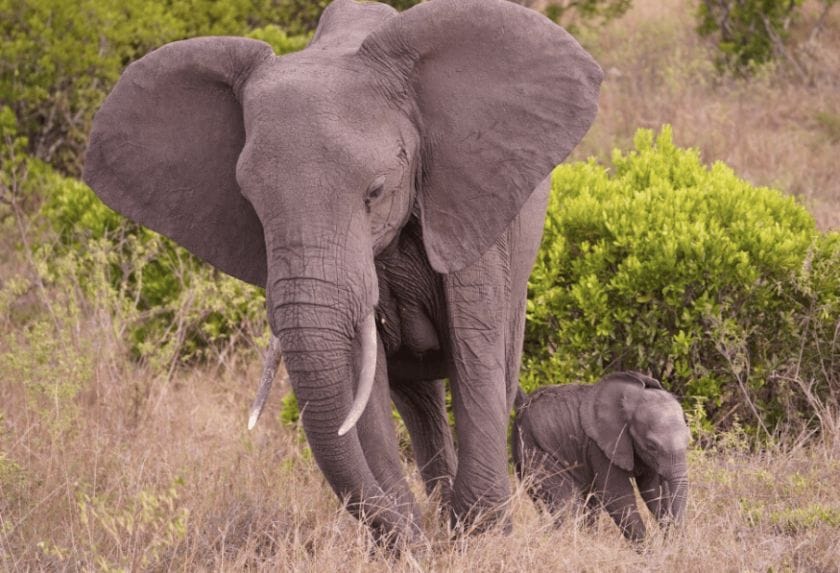
If travelers have opted for the self-drive route, it’s advisable to have purchased a SIM card for one of Botswana’s mobile networks or to use international roaming in order to make calls domestically.
In an emergency, Medical Rescue International (MRI) is one of the country’s leading ground and aerial ambulance response services and is available all day, every day and can be contacted on the following numbers: 992 (toll-free from any local network) or +267 3901601 (international).
Patients can request to be flown to Milpark Trauma Hospital in Johannesburg, South Africa. If the patient, or anyone else in the party, cannot speak, the MRI responders will transfer the patient to the hospital appropriate for their medical condition. Milpark Trauma Hospital is the region’s best and most frequently used hospital.
The public sector dominates the healthcare system in Botswana – operating most of the care facilities. However, there is a considerable gap between public and private medical provisions, and you’re advised to purchase private health insurance for the trip to Botswana.
As in much of Africa, the public healthcare system mainly serves a lower-income bracket, while ex-pats and those who can afford it use the private healthcare system.
It’s always recommended that visitors use travel insurance and medical aid services supplied by their providers at home, which will ensure that they can benefit from treatment in the private healthcare facilities in Botswana. Citizens of Botswana pay a very small fee for healthcare in public hospitals and mobile clinics, as the healthcare they receive is mainly subsidized.
Private healthcare providers are geared towards catering to tourism and provide a good service. Medical Rescue International and Okavango Air Rescue are recommended medical services for tourists in Botswana.
Comprehensive insurance is encouraged for anyone traveling through Botswana or other African countries. It’s no secret that these adventures of a lifetime come with their associated risks, i.e. wild animals, challenging terrain and road conditions, and poor public health services.
Taking out travel and medical insurance covering specific area-related medical emergencies, or unexpected incidents, is the safest and most recommended way to go.
Before embarking on a Botswana tour , you should ensure you have comprehensive medical cover for specific activities you might like to partake in while on holiday. For example, bush walking, game viewing, horseback riding , bungee jumping, etc.
You should be covered for any incidents relating to wild animals and have authorization for a medical evacuation to take the necessary measures in an emergency in a remote area. Taking out insurance to protect cash, camera equipment, and baggage is also advisable and should fall under comprehensive cover.
It is recommended that, before departure, travelers have a copy of their medical and travel insurance policies and an emergency phone number to call, so that this information is available when fellow travelers, guides, lodge staff, or emergency personnel might need it.
You should also take out travel insurance to cover yourself in case of an unexpected change in holiday itinerary or an unforeseen cancellation. Ensure that you have access to money via credit card or an electronic funds transfer, as it’s likely that payment for medical treatment will have to be paid upfront and then claimed back from the insurance company later.
Botswana is an expensive safari holiday destination compared to the neighboring safari country, South Africa. Lodges and camps charge high prices, and additional activities, private guides, exclusive use of lodges, or game vehicles come at a fair price too.
Domestic flights and national park fees add to costs. That being said, the value of the experience is superior given the pristine wilderness that Botswana possesses and the level of expertise with which staff runs the lodge operations.
A great holiday in Botswana would last about a week to ten days, giving travelers enough time to see at least two of the country’s best natural areas, perhaps the Okavango Delta, Savuti Marsh, and Chobe River.
Booking to visit during peak season would also ensure the best wildlife experience and the most comfortable weather conditions. However, this would also up the price of the visit. A week-long holiday visiting the three destinations mentioned here (during peak season) could cost about US$8000 per person.
Another highlight of Botswana is its people. Botswana is a mesh of many different tribes with unique origins and beliefs. The dominant group is Tswana (79%) whose language Setswana (or Tswana) is the spoken by 90 % of Batswana.
The Tswana have a deeply entrenched system of chieftainship and a rich cultural heritage rooted in deep traditional values, reflected in proverbs such as “we are people because of other people”.

The first inhabitants of Botswana were the Basarwa (3%) (Often know as San Bushmen). The traditional Basarwa lifestyle of hunter-gathering has sadly diminished over the years with the historic homelands of the Basarwa replaced by National Parks and towns.
Basarwa people, who can further be divided into several groups with distinct ‘click’ languages, are no longer able to live the traditional nomadic life of their ancestors. Walking with bushmen is a fascinating activity that attracts visitors over and again to regions like the Central Kalahari and the Makgadikgadi salt pans.
The baYei are another very interesting tribal group who arrived in the Okavango region from the Barostse floodlands of the Zambezi and lived in harmony with the Basarwa (known as Bukakhwe in the area). The baYei introduced the ‘mokoro’ dugout canoe, still used widely today as a way of transport and for fishing along the delta channels from village to village.
- Why Botswana
Registered Members of these Organizations
USEFUL LINKS
- African Safaris
- African Safari Tours
- African Safari Lodges
- Why Book with us?
- Content Collaborations
- Safari Cost Estimator Tool
- Wildebeest Migration
- Privacy Policy
- Website Terms of Use
POPULAR COUNTRIES
- View All Countries
- South Africa Safaris
- Botswana Safaris
- Kenya Safaris
- Tanzania Safaris
- Namibia Safaris
- Rwanda Safaris
- Uganda Safaris
- Zambia Safaris
- Zimbabwe Safaris
POPULAR DESTINATIONS
- View All Destinations
- Cape Town Holidays
- Kruger Safaris
- Victoria Falls Safaris
- Masai Mara Safaris
- Serengeti Safaris
- Etosha Safaris
- Chobe Safaris
- Okavango Delta Safaris
TRAVEL BLOGS
- 10 Birds to Spot while on Safari in Tanzania
- Lufthansa Ups Direct Flights to South Africa
- Cape of Storms: What You Need to Know about Cape Town’s Weather
- Animal Attacks: How to Stay Safe on Safari
- Travel News Digest, 5 April: FlySafair’s Kruger-Cape Route, Destination Dupes, Increased Biodiversity Focus
DISCOVER AFRICA SAFARIS
2nd floor, Tygervalley Chambers One, 27 Willie van Schoor Avenue, Bellville, Cape Town , 7530

Sub regions inside
Broader region.

Botswana is a fascinating world that is defined by its diverse landscape of desert, grasslands, and waterways. Botswana offers an unforgettable safari experience in some of Africa’s most pristine and remote game areas. It’s renowned for its migrating mammals, endangered wild dog and rhino, and some unique species of antelope. The Okavango Delta affords travelers the opportunity to experience unparalleled game viewing in a hot air balloon, motorized boat and mokoro (traditional dugout canoe). From a water wonderland to the sand dunes of the Kalahari, one can view century-old Baobabs, interact with San Bushmen to discover incredible survival secrets, and turn into a land post for a family of habituated meerkats that are scouting the area for predators.
Botswana promises a safari unlike anything else you could have imagined.
The best time to travel to Botswana depends on what you wish to experience.
The cooler, drier winter months from May to October are excellent for game-viewing as herds of animals flock to decreasing water sources and the vegetation thins out. Days are warm; nights can be cold, especially in the desert. This is also the period when floodwaters reach the Delta making for excellent water-based activities such as boating and mokoro rides.
The hot, wet summer months from November to March are good for bird watching when migrants abound. Although game viewing is more challenging, these months draw fewer crowds and have plenty to offer. Many reserves are at their most beautiful, as the vegetation is lush and green, providing an ideal background for wildlife photography. This is also the animals’ calving season, so it’s perfect for seeing gamboling babies.
Chobe National Park
This is an integral part of the Botswana safari experience. Chobe National Park takes its name from the Chobe River which forms the northern boundary of the park and a river safari - or cruise - is one of the best options to explore the area. It's known for its large herds of elephants and Cape buffalo, which converge along the Chobe Riverfront in the dry months. Lions, antelopes, and hippos inhabit the woods and lagoons around the Linyanti Marsh. The floodable grasslands of the Savuti Marsh attract numerous bird species, plus migrating zebras.
Okavango Delta
The Okavango Delta is the world’s largest inland river delta located in northern Botswana. It's known for its sprawling grassy plains, which flood seasonally, becoming a lush animal habitat. The Moremi Game Reserve occupies the east and central areas of the region. Here, dugout canoes are used to navigate past hippos, elephants and crocodiles. On dry land, game drives allow you to explore the pristine wilderness and experience Africa’s wildlife, including lions, leopards, giraffes and rhinos.
Linyanti, Selinda & Kwando
The vast open plains of northern Botswana teem with predators, elephants and buffalos and with very few lodges in the large private concessions of Linyanti, Selinda and Kwando – the result is an extremely private safari experience. The area is fed by the Kwando and Linyanti Rivers, which converge into the Selinda Spillway.
Kalahari Desert
The Kalahari Desert is a large semi-arid sandy savanna in Southern Africa extending for 900,000 square kilometers (350,000 square miles), covering much of Botswana, parts of Namibia and regions of South Africa. Activities in the Kalahari Desert includes game drives, Kalahari Desert walking safaris, cultural tours and much more.
Tsodilo Hills
The Tsodilo Hills has a special significance to the Bushmen who have been living there for thousands of years. The Tsodilo Hills consist of four large pieces of rock, rising unexpectedly from the dry expanse of desert. The Bushmen referred to the bigger rock as the 'male', the smaller one was known as the 'female', and the smallest one was the 'child'. There is a small Bushmen habitat nearby as well as a village inhabited by the Hambukushu people. The thousands of rock paintings can be found by following different trails leading to over 350 sites.
Makgadikgadi Salt Pans
With an area of 3 900 sq. km, Makgadikgadi is situated in the middle of the dry savanna of north-eastern Botswana. It is one of the largest salt flats in the world. Among the many things to do in Makgadikgadi Pans National Park are safari rides, game drives, bird watching, a tour of the Gweta, and bush walks. Wildlife includes eland, lions, zebras, cheetah, gemsbok, springbok, red hartebeest, bushbuck, giraffe, steenbok, elephants and many more.
Kgalagadi Transfrontier Park
Kgalagadi Transfrontier Park is a vast wildlife preserve in the Kalahari Desert region of Botswana and South Africa, bordering Namibia to the west. It’s characterized by red dunes and dry rivers. Wildlife includes migrating herds of wildebeest and springbok, plus predators like raptors and black-maned Kalahari lions. Various lodges and wilderness camps offer game-viewing drives and guided walks with park rangers.
Known as “the land of the giants”, the 12 000 hectare Tuli Block is a narrow fringe of land at Botswana's eastern border. Tuli Block is set in a landscape of enormous trees on the banks of the Limpopo River, beautiful riverine forests of lime-green fever trees, and rocky landscapes carved from ancient granite and basalt rocks over millions of years. A variety of activities offer an all-rounded experience including fantastic game viewing opportunities, spectacular bird watching, and the famous leopards of Tuli.

Apr 12, 2024
Anja is very attentive and patient.
Apr 11, 2024
Shann is a great professional
Shann immediately demonstrated pleasant professionalism, competence, experience and patience. She advised and accompanied me in organizing the trip. She listened to all my needs and the suggestions were very fruitful for me. he was very kind and always available even during the holidays. thank you Shann
It was easy
It was easy, it all worked as planned, our expectations were exceeded. Anja was easy to communicate with through Whatsapp and always responded promptly to any questions.
Apr 10, 2024
She made it so easy to book
She made it so easy to book - Leigh-Ann was great to deal with . She made it so easy and worked with the dates I gave her . I appreciate it so much and when I book my next safari - I hope to have the same experience - which was awesome !!!!
Botswana Experience
Anja, our agent, was very kind and helpful all the time to organize the perfect trip. She did it quickly and efficiently. The amount of days we spent in every place was perfect to really enjoy the hotels and the different activities they proposed (in general the hotels are very nice but we don’t have the time to really experience the place but here we did). Also the selections of hotels was very very nice. Nice infrastructure, excellent service (very professional) and outstanding places to visit (all the parks were great). We had a wonderful experience with the company in Botswana.
Thank you Heleen for great service and…
Thank you Heleen for great service and always very helpful with all the changes we made. highly recommended
Keith was extremely helpful during the…
Keith was extremely helpful during the booking process. He is the only reason I continued the booking process with your firm. There were issues with your website among other things that had me feeling uncomfortable. Keith has great energy which eased my concerns. I feel the package Keith put together is great and I expect to have a wonderful trip.
Apr 9, 2024
Creating a Trip of a Lifetime
Shann Shaw was extremely patient and very helpful with getting a trip of a lifetime put together. Thank you so much for making it possible!
Keith answered all of my questions…
Keith answered all of my questions without any issues. He addressed everything that I asked and was quite prompt in his responses.
This website uses cookies to ensure you get the best experience on our website. Learn more
- Australian Dollars
- British Pounds
- Canadian Dollars
- Namibian Dollars
- New Zealand Dollars
- South African Rands
- Swiss Francs
- U.S. Dollars
Talk to an expert +44 203 405 6666 Lines open now
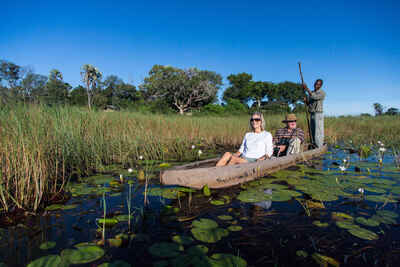
The Okavango's waterways are often crystal clear; great for a tranquil mokoro trip.
The Makgadikgadi Salt Pans are the bed of an ancient lake
All of our fishing in the Okavango is done catch-and-release
Floating papyrus reed beds create a new experience for every boat trip
A leopard will exploit every possible advantage when hunting
Animals in Botswana's protected areas are generally relaxed around safari vehicles
The Gomoti River forms part of Moremi Game Reserve's southern boundary.
Botswana Safari Holidays
Botswana is a land of raw beauty, protecting one of the last great wildernesses on earth.
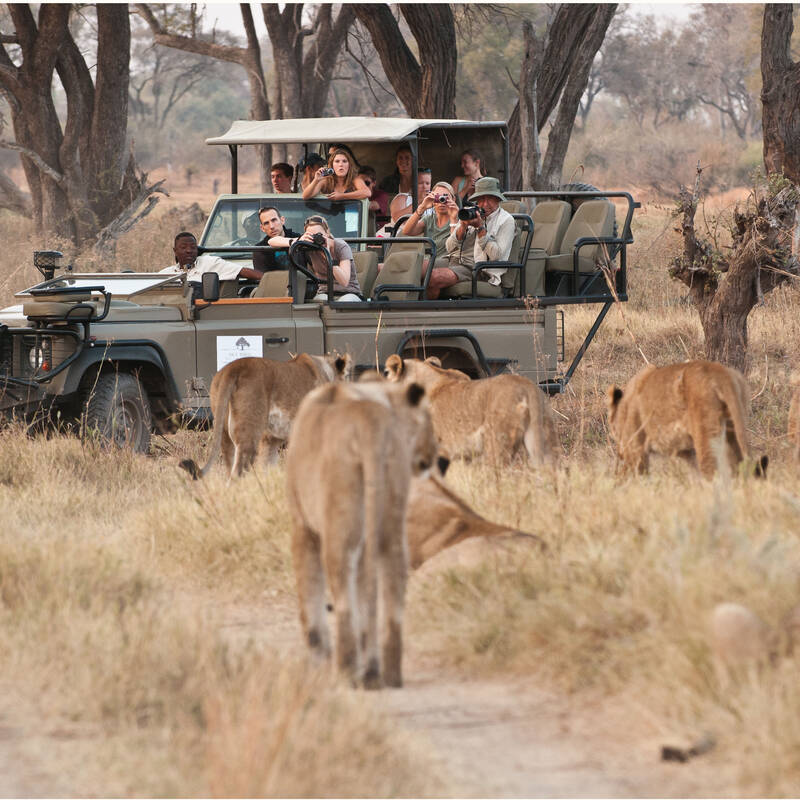
For a safari holiday, Botswana is hard to match. With no fences around the parks, reserves or wildlife concessions, the animals roam free across huge and mostly contiguous areas of the country. This, combined with strong protection of natural habitats, has resulted in healthy and stable wildlife populations. Here you'll find one of the highest concentrations of elephants in Africa, as well as a wide variety of other big game species, from buffalo and giraffe to the big cats: lions , leopards and cheetahs all thrive here. Botswana is even one of the last strongholds for Africa's most successful predators, wild dogs . For the visitor on holiday, the exclusivity of Botswana's safaris is a major draw – as is the UNESCO World Heritage-listed Okavango Delta . The government's policy of "low-volume, high-income" tourism has succeeded in spreading relatively few visitors across these vast expanses of wilderness, so you can expect a very private safari experience, one that you’ll share with animals, not people. If you're looking for a safari destination that offers the best of the best, Botswana is the place for you. With its stunning landscapes, abundant wildlife, and exclusive safari experience, Botswana is a truly unforgettable destination.
Botswana safari areas: the key destinations
A Botswana safari is often synonymous with the Okavango Delta , yet the entirety of northern Botswana mirrors the Delta's mosaic of ecosystems.
Even the Delta itself offers variety, with the central Moremi Game Reserve and surrounding private concessions providing secluded wildlife encounters. The private reserves in the Kwando-Linyanti area , and the Selinda Spillway, along with the popular Chobe Riverfront, boast impressive game sightings, and the lesser-visited Savuti in Chobe National Park is a magical spot for mobile safaris.
For a different Delta perspective, the more budget-friendly Okavango Panhandle to the north-west offers unique attractions and access to the ancient rock art of the Tsodilo Hills.
A comprehensive Botswana safari experience would also include the the vast, open saltpans like Nxai Pan and Makgadikgadi, set in the Kalahari with its transient wildlife and expansive skies, and the remote Central Kalahari Game Reserve .
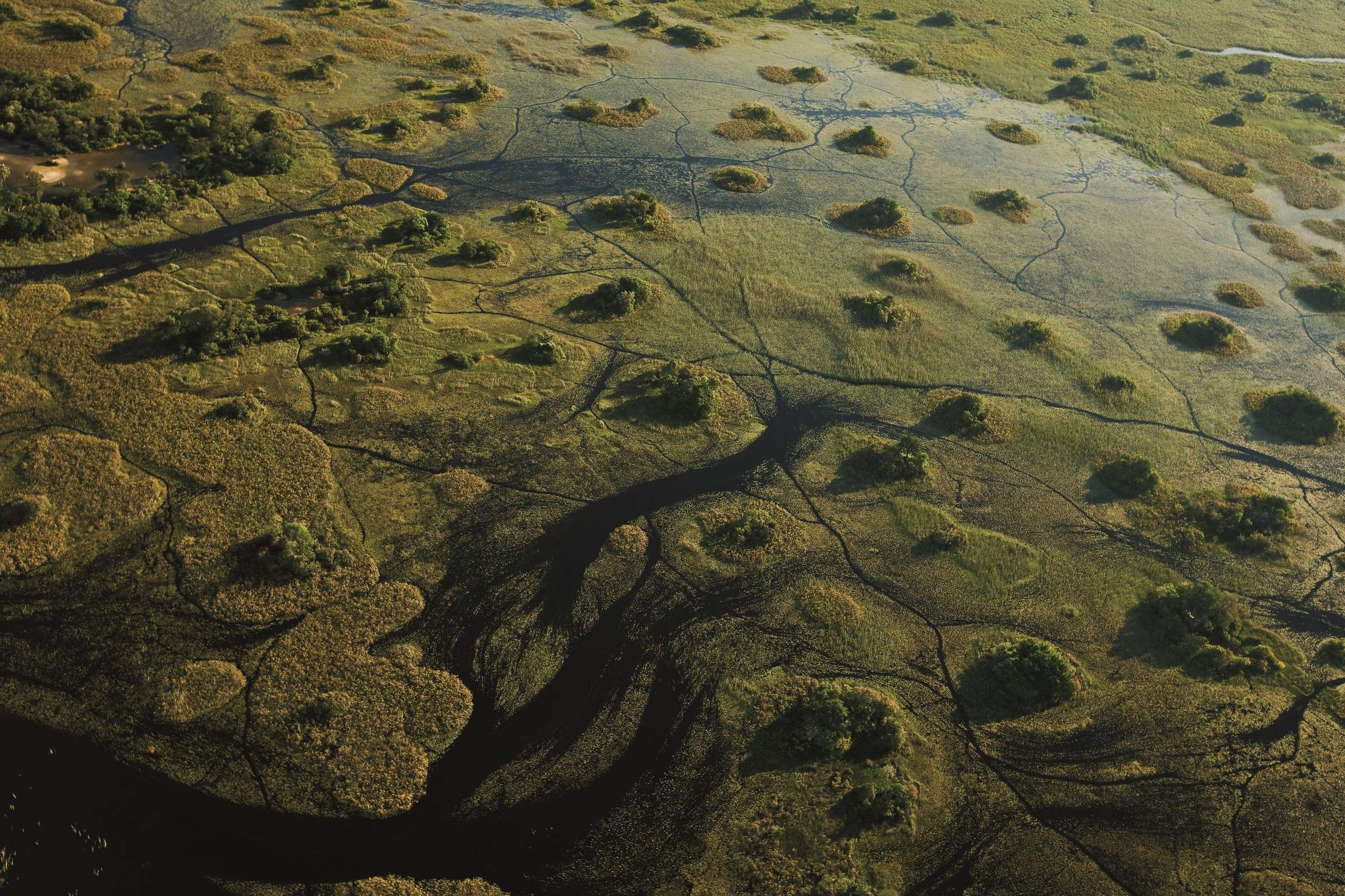
Okavango Delta
41 places to stay
Often glamorous, always exclusive, a safari in the pristine wilderness of the Okavango Delta offers the ultimate in wildlife viewing.
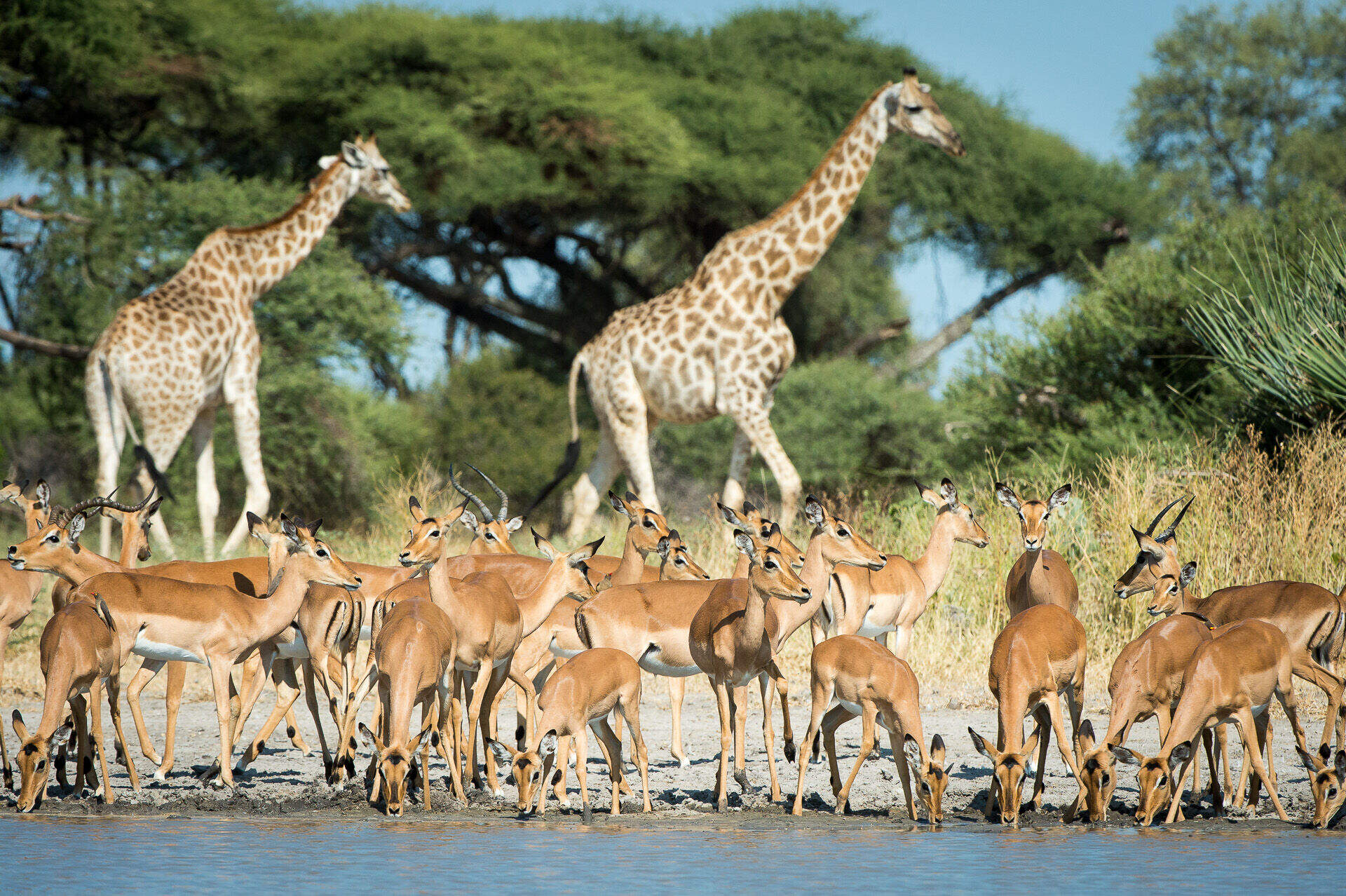
22 places to stay
At the heart of the Okavango Delta, the game-rich Moremi has national-park status – without the exclusivity of the surrounding private reserves.
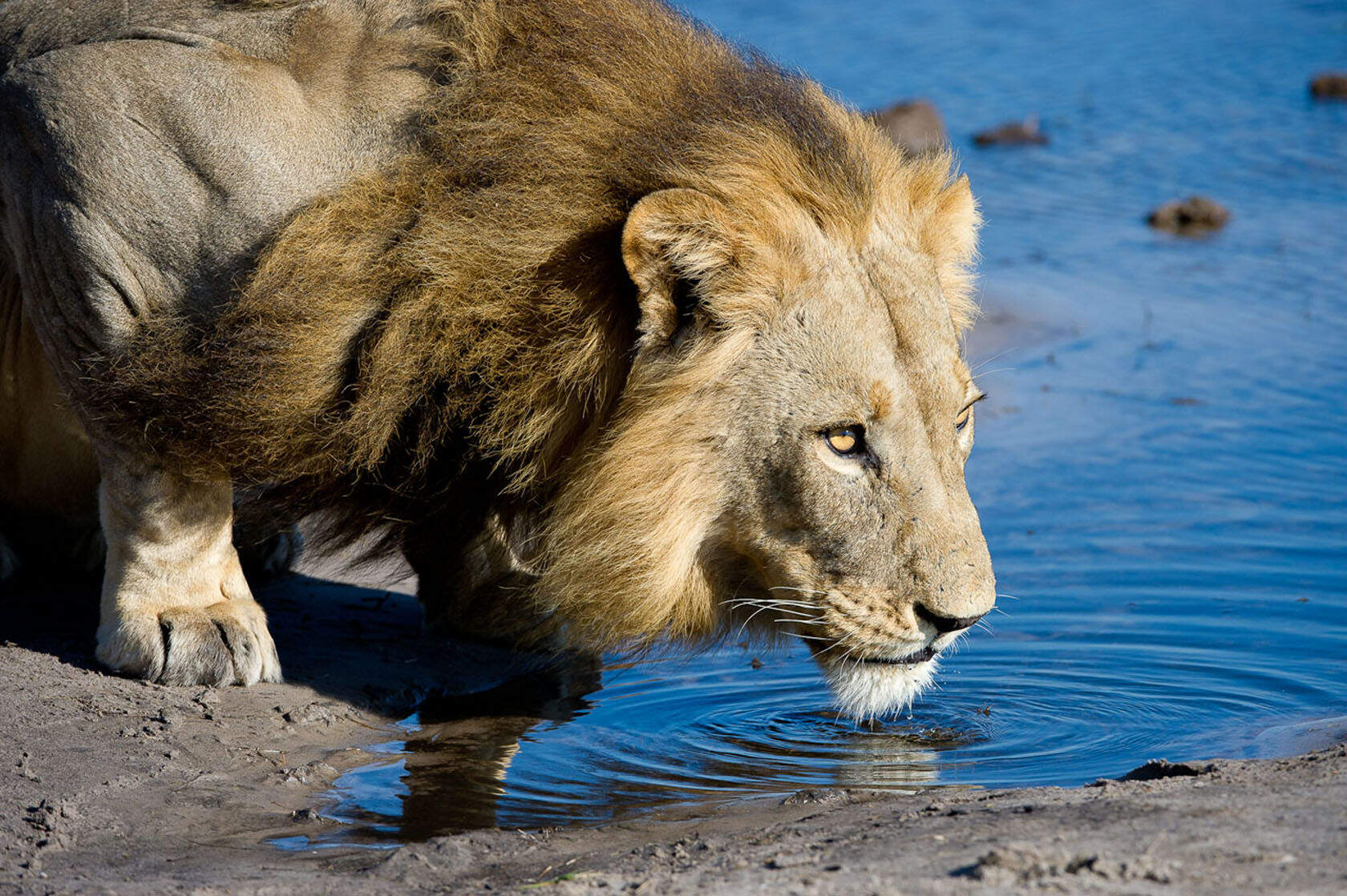
Kwando-Linyanti
13 places to stay
With wildlife aplenty and a heady mix of safari options, the exclusive private reserves of the Kwando-Linyanti area have serious appeal.
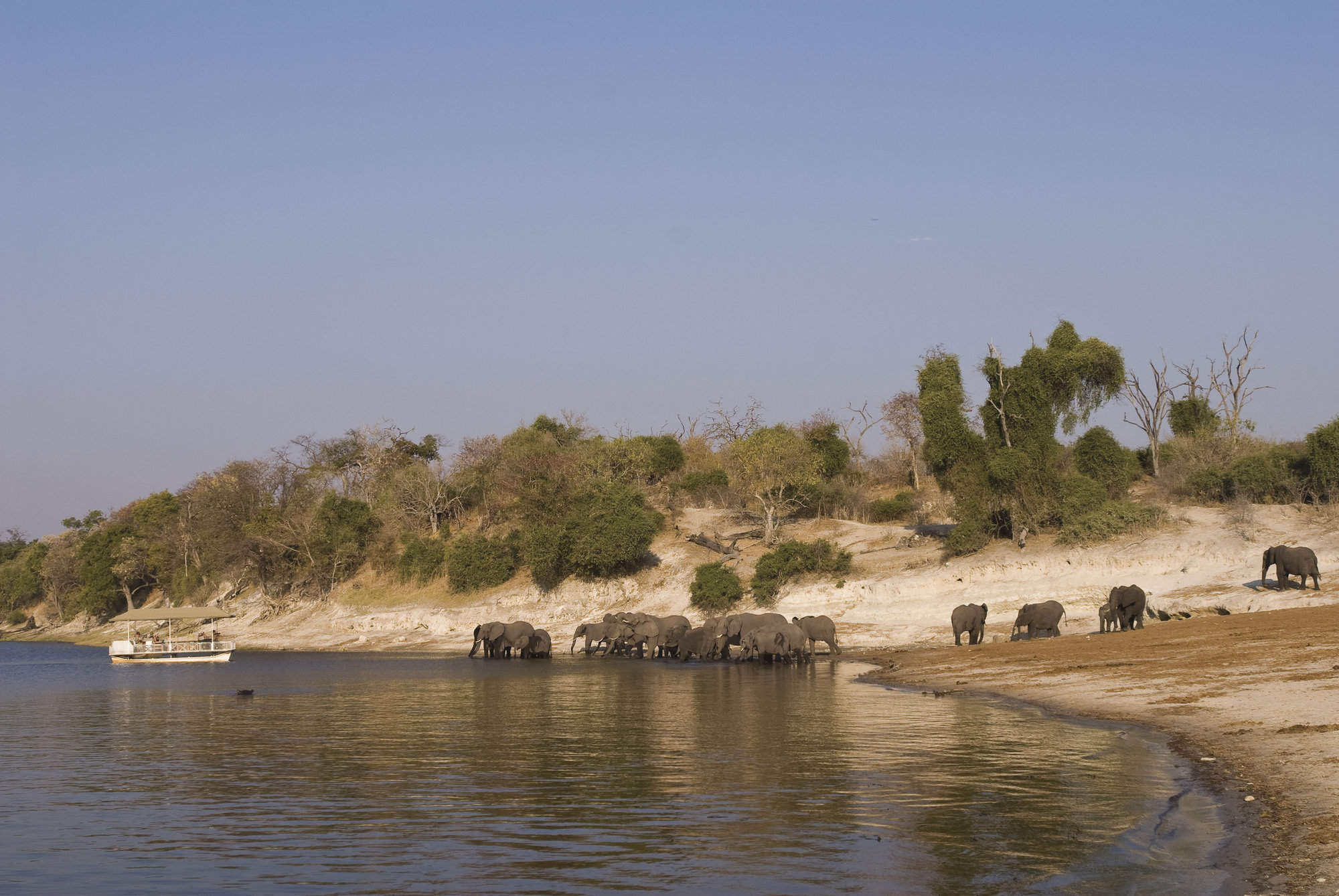
The most long-standing of Botswana’s safari destinations, Chobe is home to huge herds of elephant – and the lion who hunt them.
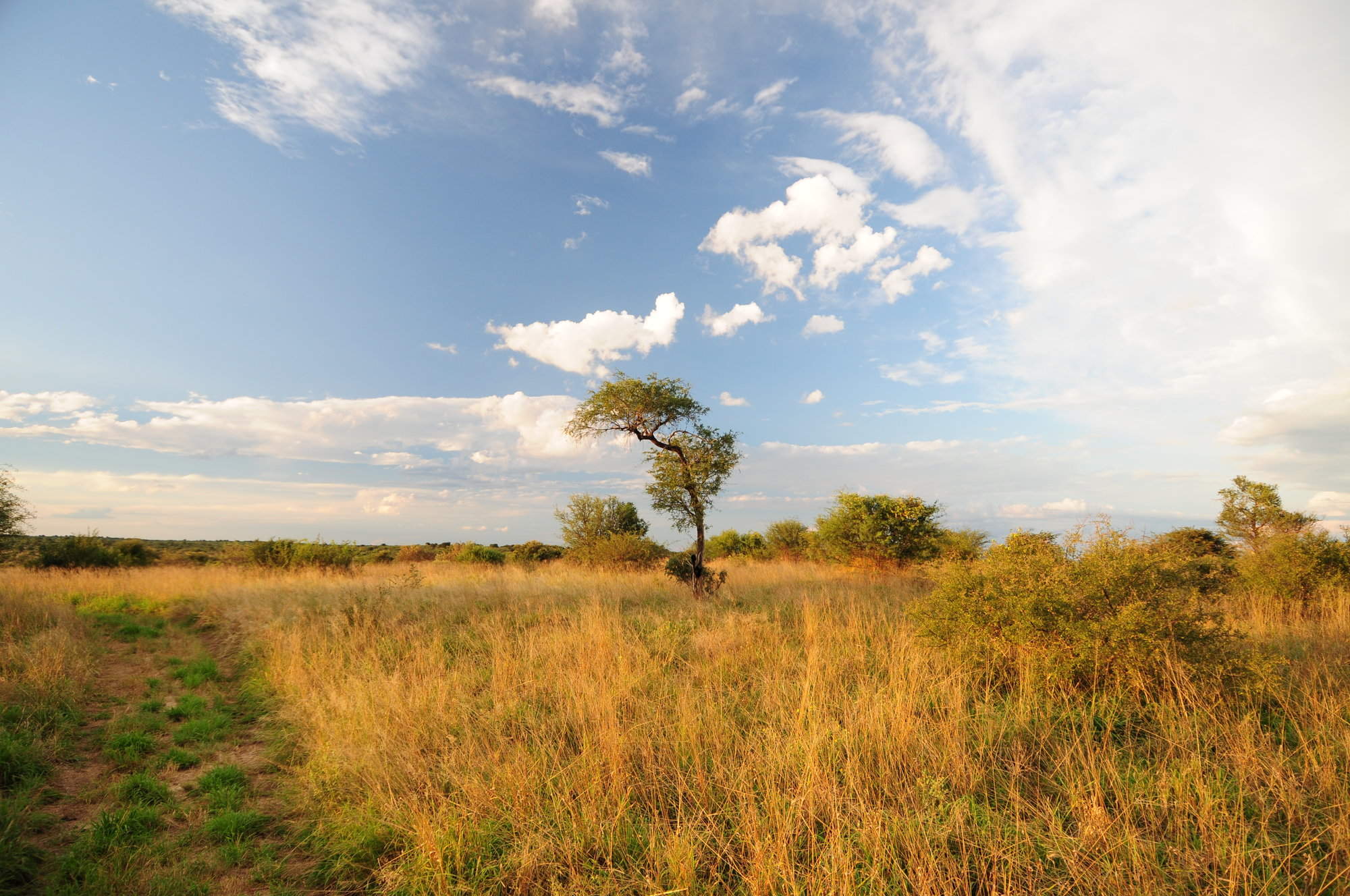
Central Kalahari
7 places to stay
Vast in scale, extreme in climate, the CKGR is the domain of adventurous-minded travellers in search of a very different wilderness.
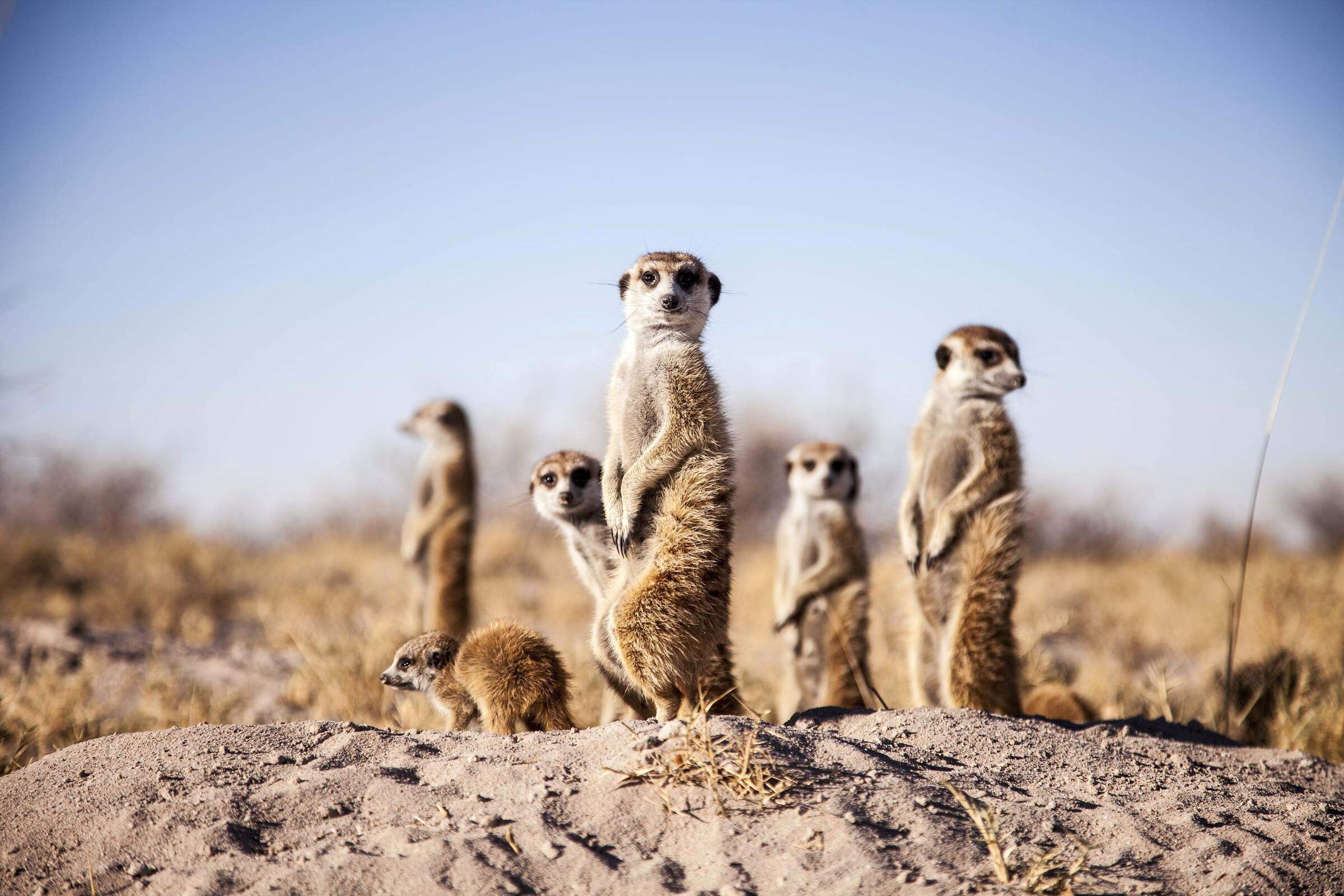
Kalahari Salt Pans
Often overlooked, the vast, photogenic expanses of the Kalahari Salt Pans present unique rewards for the savvy visitor.
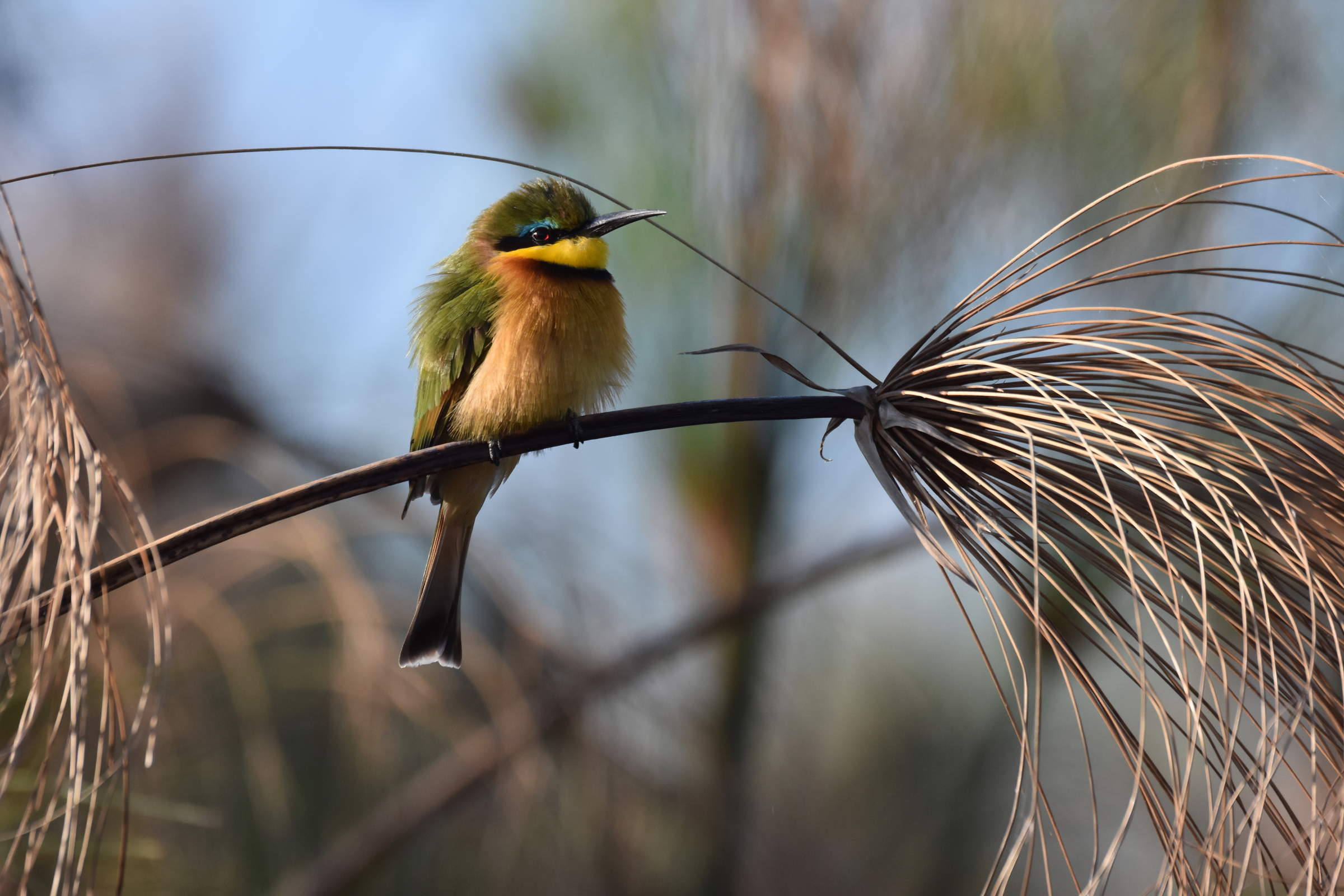
North-west Kalahari
3 places to stay
Much of the north-western Kalahari is very remote. There are a few good lodges here, but it is best visited on a mobile safari.
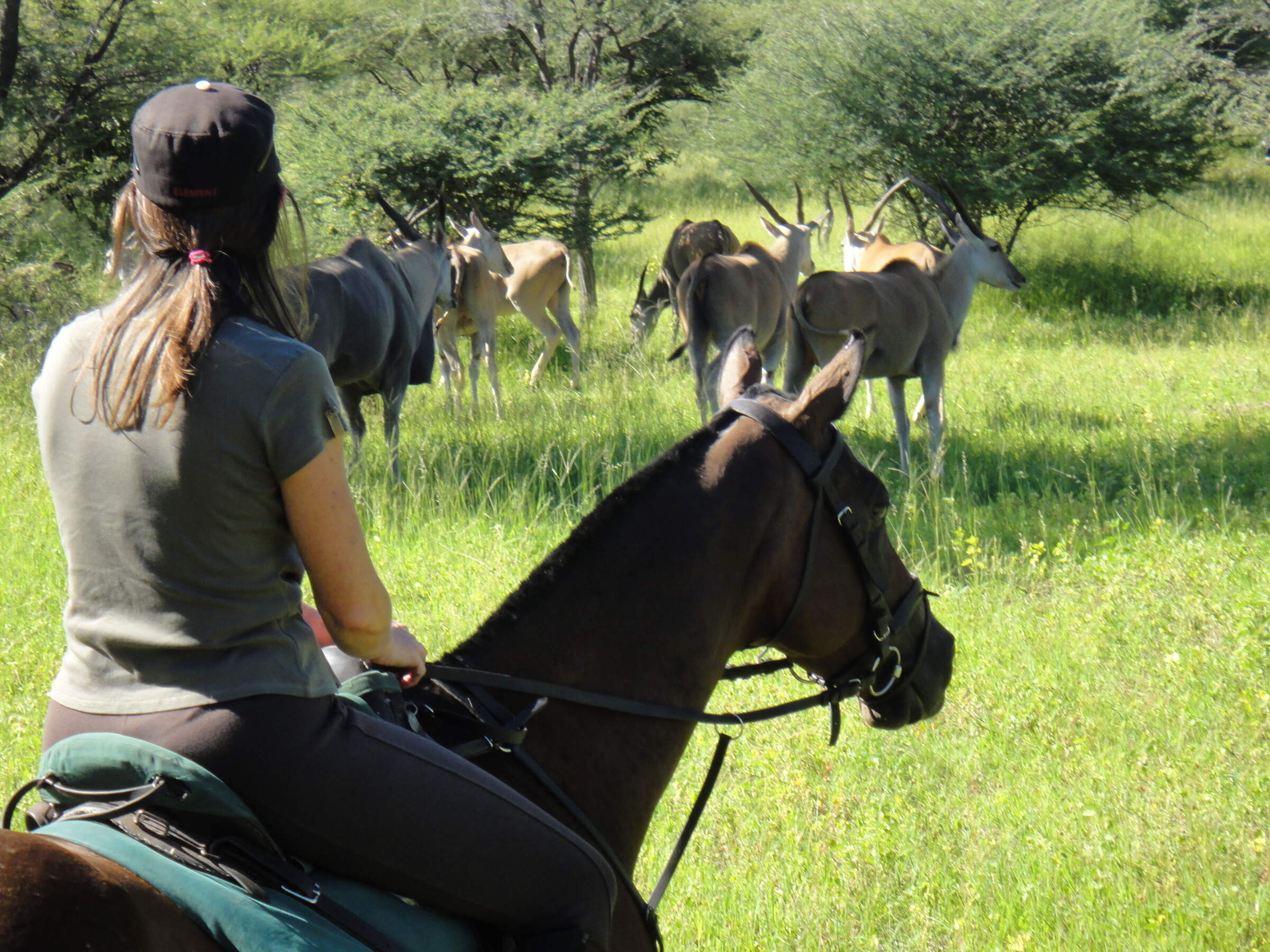
Long the starting point for expeditions into the wild, Maun is bustling little town that is still the safari capital of Botswana.
Ten best safari holidays in Botswana
All our wildlife safari tours are tailor-made, but to set the ball rolling we have carefully put together ten popular suggestions here.
These holidays vary, but each features all-inclusive safari lodges, excellent guiding and the incredible diversity of wildlife for which Botswana is renowned. So whether you’re in search of leopard or wild dog, or seeking out a magical mokoro trip along reed-lined channels, or looking for the vast African elephant herds that roam Botswana’s wilderness areas, you'll find all of them here.
Then contact us when you’re ready to delve deeper, and we’ll help to guide you through the complexities to find a trip that will be perfect for you.
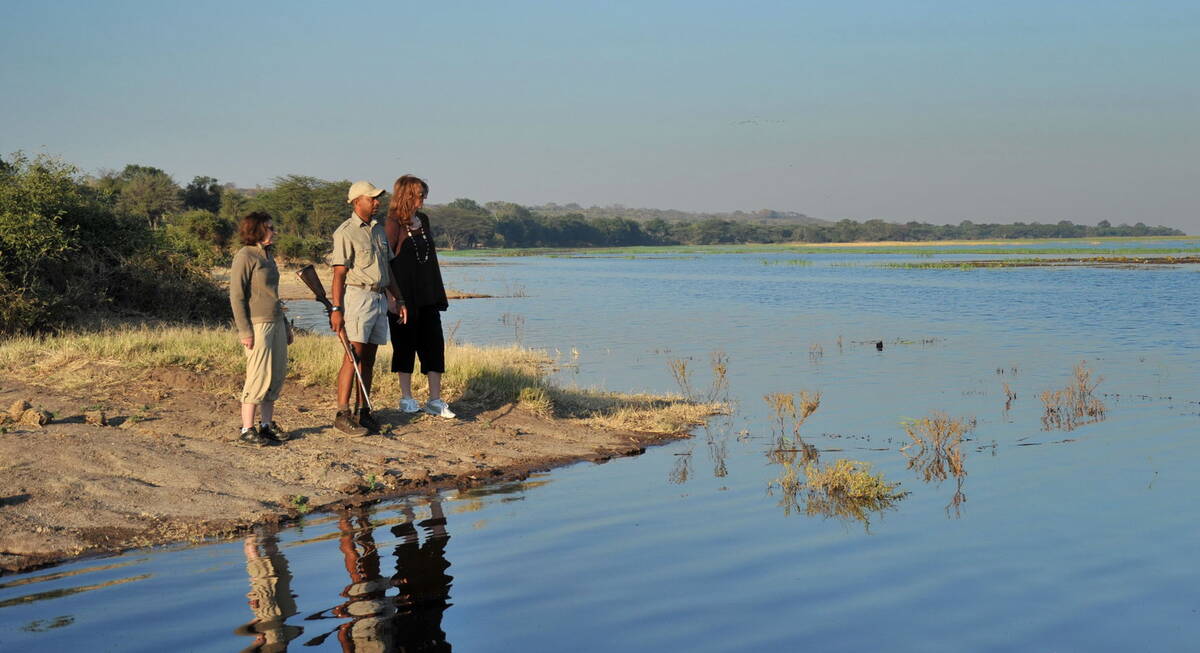
Wild Dog Safari
13 days • 5 locations KASANE AIRPORT TO MAUN AIRPORT
An in-depth discovery of northern Botswana’s wilderness, from Chobe and the private Kwando Reserve to the Moremi and iconic Okavango Delta with a great variety of activities and wildlife.
US$12,230 - US$21,930 per person
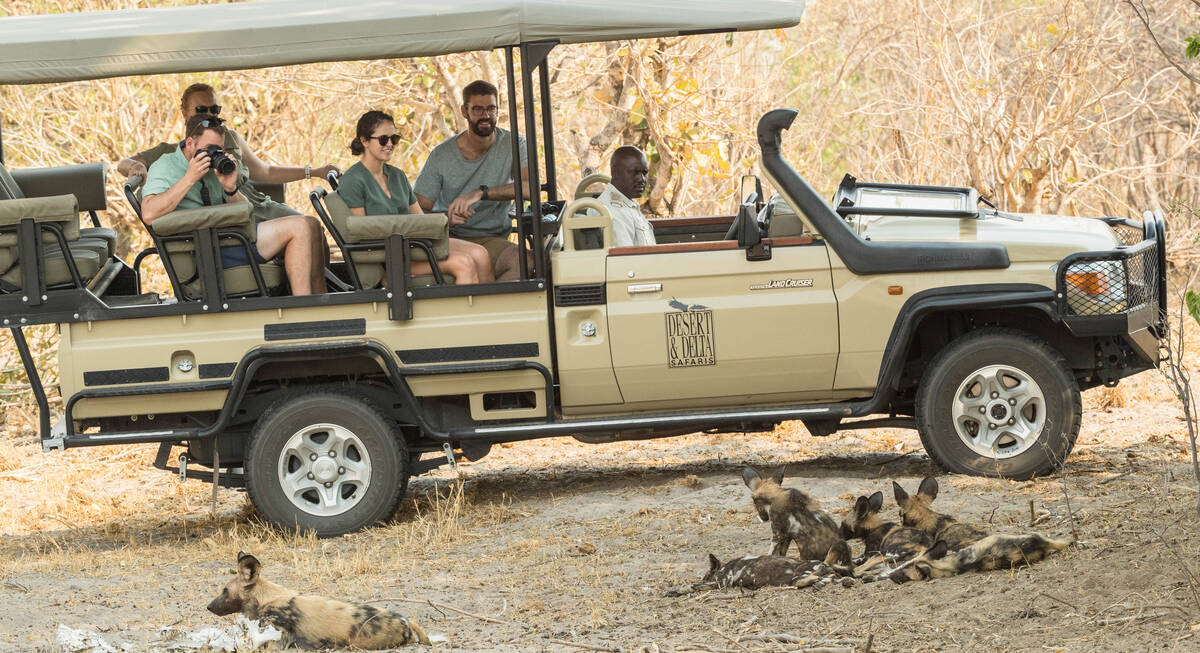
Porcupine Safari
11 days • 4 locations MAUN AIRPORT TO MAUN AIRPORT
Visit dramatically contrasting landscapes boasting a variety of species during this exploration of Botswana’s top-safari destinations. A combination of national parks and private reserves allows for a range of activities.
US$10,710 - US$16,860 per person
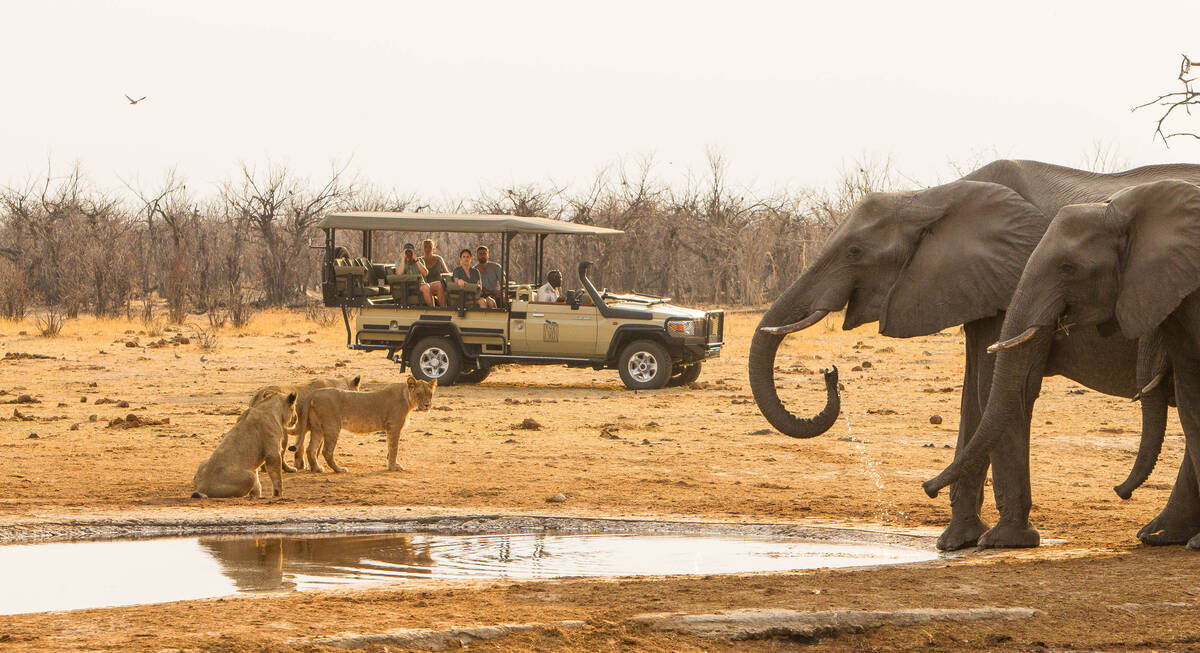
Spring Hare Safari
9 days • 3 locations KASANE AIRPORT TO MAUN AIRPORT
An authentic and diverse safari to Botswana combining the Chobe Forest Reserve, Savuti Marshes and the Okavango Delta. Strong wildlife viewing, a variety of activities and excellent value camps.
US$7,290 - US$13,320 per person
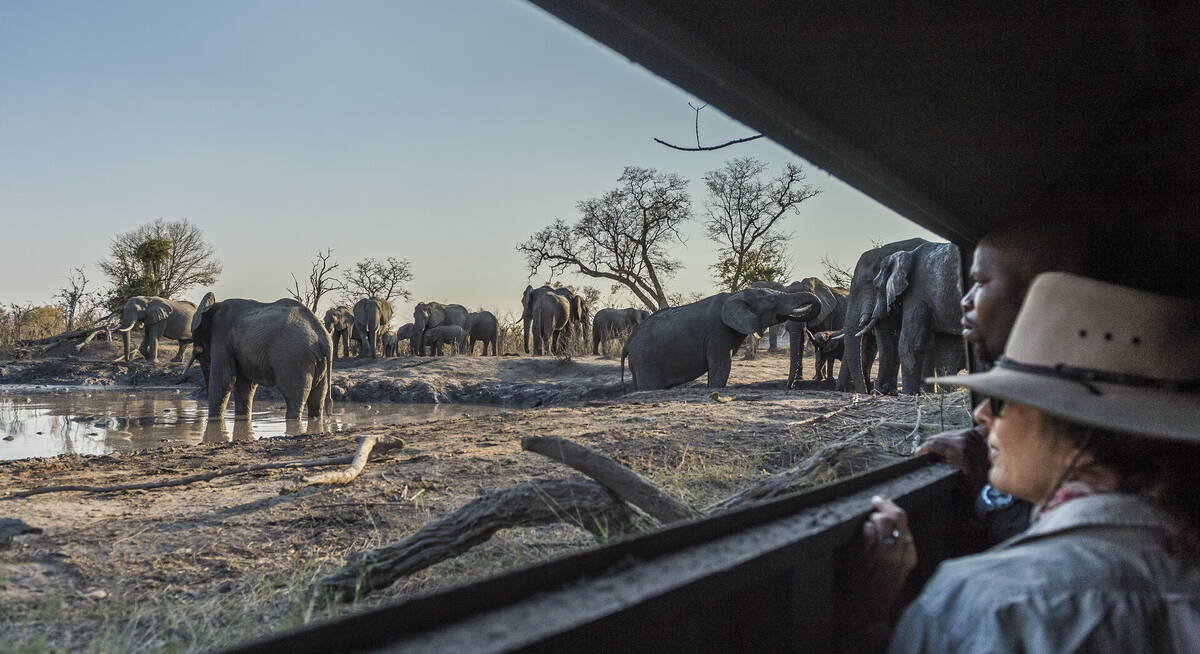
Large-spotted Genet Safari
9 days • 3 locations MAUN AIRPORT TO MAUN AIRPORT
A luxury safari exploring the Okavango Delta and Linyanti–Savuti, two of the best wildlife viewing areas in Botswana, staying at three top camps renowned for their guiding for a first-class experience.
US$10,930 - US$23,640 per person
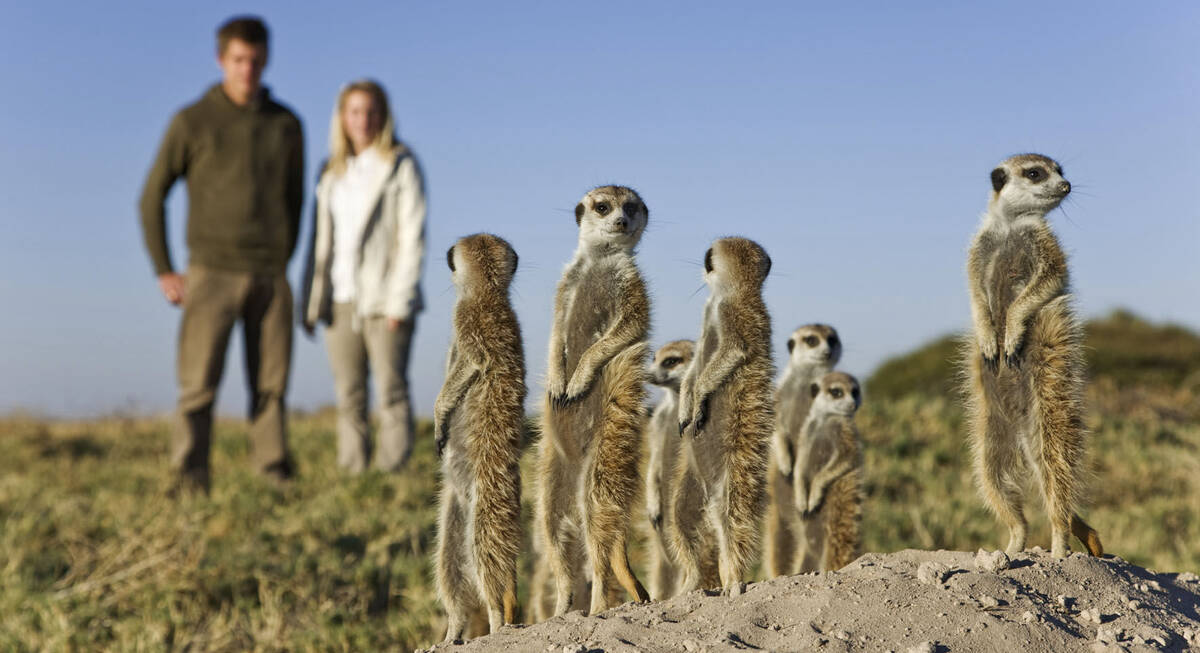
Red Lechwe Safari
Superb guiding from three fabulous camps full of character in three contrasting areas for a fabulous safari to the Okavango Delta and Kalahari Desert.
US$10,800 - US$25,210 per person
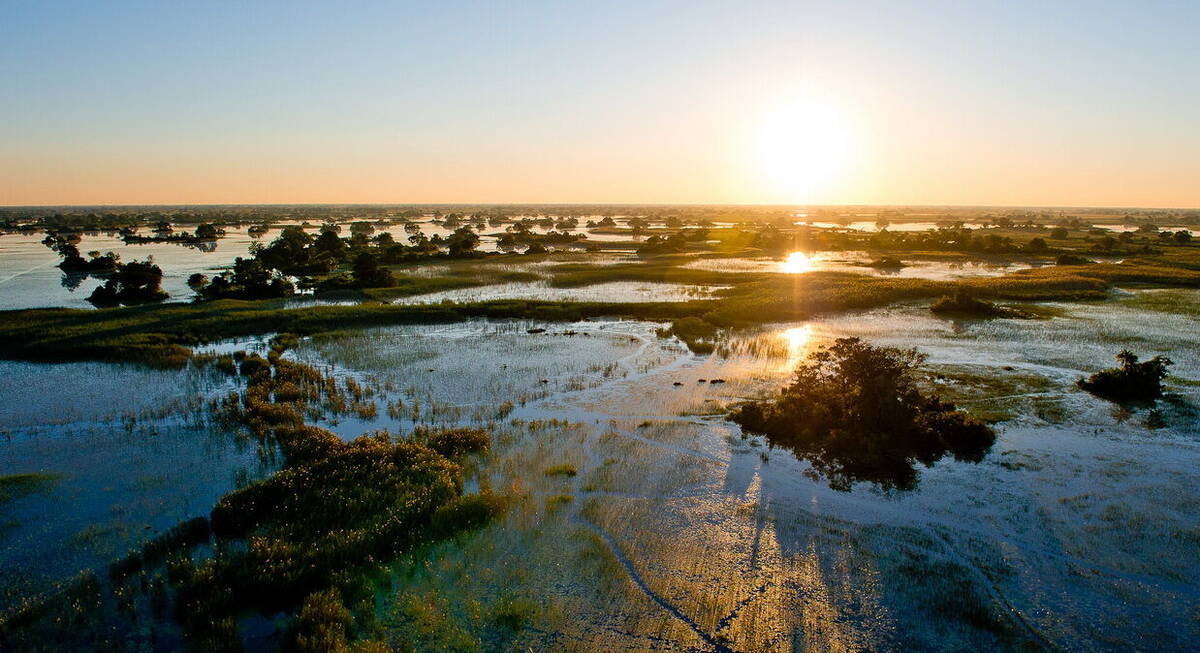
Steenbok Safari
A classic Botswana safari exploring the Moremi, Chobe National Park and Okavango Delta. Excellent wildlife viewing and a variety of activities from three of our favourite traditional tented camps.
US$7,260 - US$13,480 per person
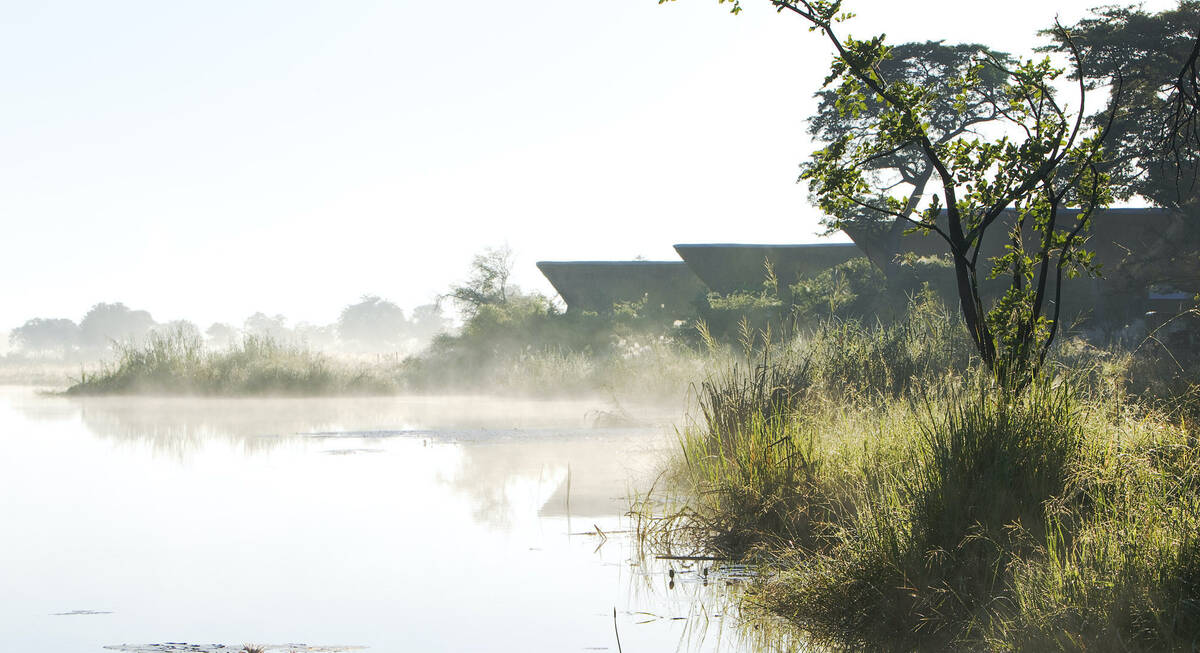
Pangolin Safari
8 days • 3 locations MAUN AIRPORT TO MAUN AIRPORT
Three relaxed, local feeling camps in pristine settings – the Kwando Reserve and Okavango Delta. Guided by a driver and tracker at each, this a great trip for spotting Botswana’s top predators.
US$7,760 - US$16,190 per person
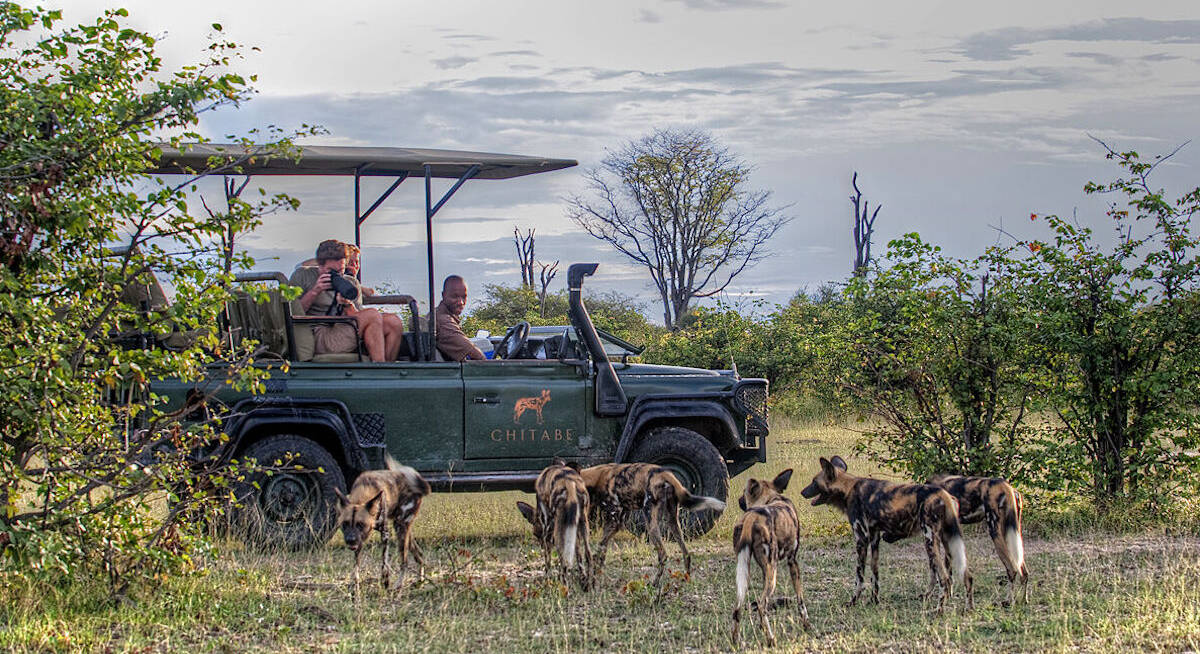
Bushbuck Safari
Discover three of Botswana’s best game-viewing regions with stays in the private Linyanti, Chitabe and Vumbura reserves. Intimate, smart camps offer a range of activities by which to discover these stunningly varied habitats.
US$13,570 - US$31,740 per person
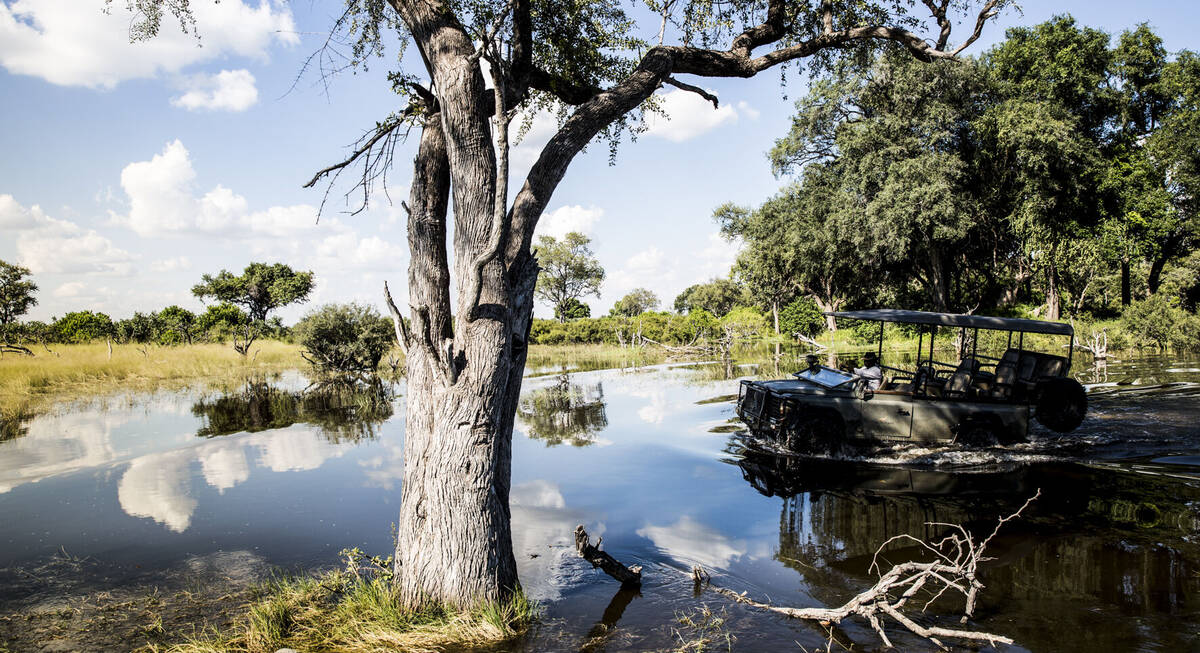
Reedbuck Safari
Focussing on the Okavango Delta and combining the crème de la crème of Botswana’s camps – Zarafa, Vumbura Plains and Mombo – this is one of the finest safari experiences in Africa.
US$16,840 - US$34,050 per person
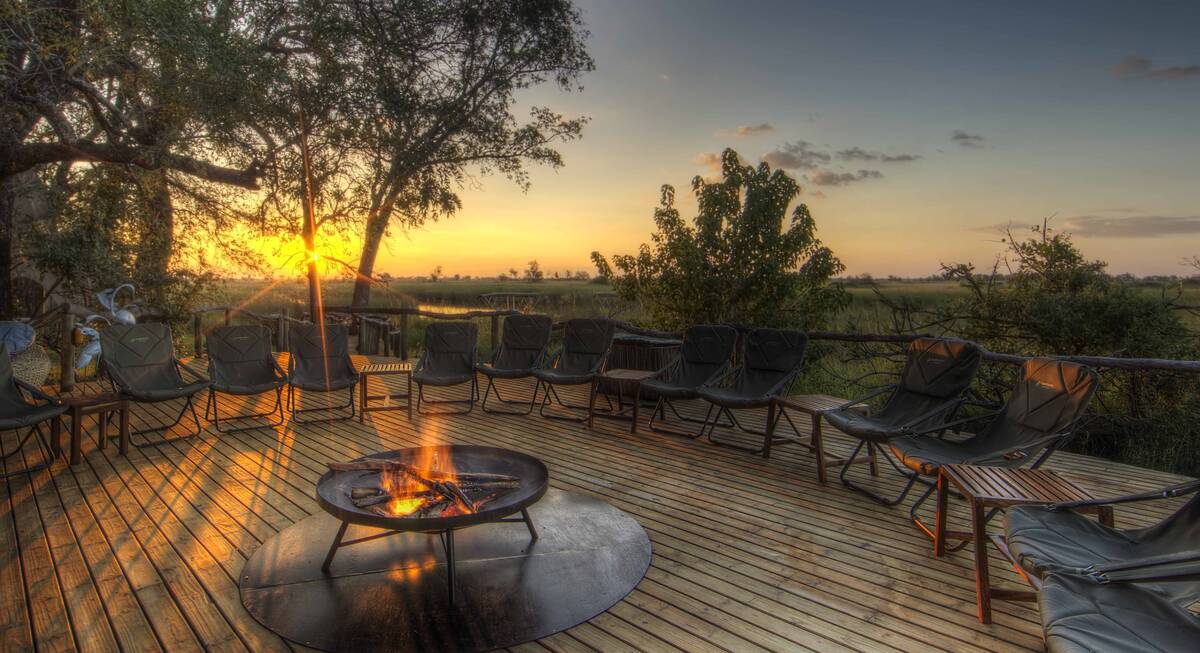
Tsessebe Safari
7 days • 3 locations MAUN AIRPORT TO MAUN AIRPORT
Visit three sister-camps in and around Moremi Game Reserve during this thorough exploration of the Okavango Delta. A range of activities provide excellent opportunity to observe the local birdlife, mammals and fauna.
US$7,790 - US$11,820 per person
View all holidays
Our travellers' most recent reviews of Botswana safari holidays
Feedback from our travellers is exceptionally important for us.
It helps us stay up to date with changes; it helps our travellers to plan their trips; and it even helps us to understand our travellers better. It’s also very valuable to partners running lodges and camps across Africa who appreciate feedback that is guaranteed genuine and often constructive.
All of our Botswana holiday reviews are published in full without us editing them. See all 1265 Botswana safaris reviews here , or click on a card below to read one of our most recent reviews in full.
Arrived 17 Feb 2024, 11 nights
"My Feb 2024 trip"
Overall rating: Excellent
Arrived 7 Feb 2024, 17 nights
"This was truly very special!"
Arrived 28 Jan 2024, 9 nights
"My Jan 2024 trip"
Arrived 18 Dec 2023, 20 nights
"My Dec 2023 trip"
Arrived 29 Oct 2023, 31 nights
"My Oct 2023 trip"
Arrived 29 Nov 2023, 8 nights
"My Nov 2023 trip"
Arrived 7 Nov 2023, 12 nights
Arrived 14 Nov 2023, 11 nights
Arrived 5 Oct 2023, 28 nights
"Our Oct 2023 trip"
Arrived 19 Oct 2023, 20 nights
See all Botswana reviews
Our travellers' wildlife sightings across Botswana
Many of our travellers record their wildlife sightings for us – of the big cats, wild dogs, buffalos, elephants, giraffes, etc … – and kindly share these with us after their safari.
This is great citizen science! Analysing the data gives us a unique picture of the distribution of the species, and your chances of sighting a species at a camp on one of our Botswana safari holidays. ( Read how this survey works. )
The percentages below just give an ‘average’ percentage showing how likely a visitor on safari is to see each species in Botswana. To see much more detail for individual camps and lodges, see our interactive map showing the best locations for wildlife species in Botswana .
96% success
95% success
90% success
85% success
81% success
61% success
56% success
53% success
51% success
37% success
34% success
27% success
19% success
17% success
10% success
Where to find Botswana’s key wildlife species
Our travellers’ wildlife reports help us to work out the best camps and lodges to see Botswana’s key wildlife species.
So whether it’s wild dogs or leopard you’re after, or you’re passionate about pangolins, take a look at our data-driven maps which show the best places to seek each species out amongst the abundant wildlife that characterises Botswana’s wilderness.
For a map of the best camps and lodges for sightings of a given species, click on a card:
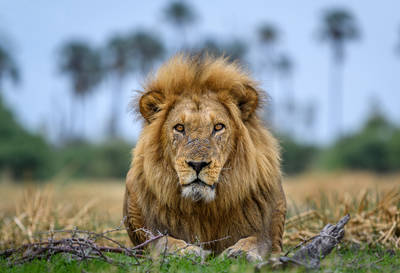
Panthera leo
Lions are at the top of the food chain and also most safari wish-lists, but with their numbers falling fast, any encounter with these majestic apex predators always feels like a privilege.
81% SUCCESS
2,964 sightings from 3,641 observations
Where to see lion in Botswana
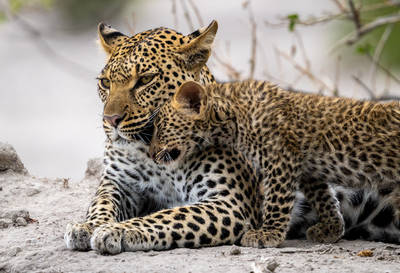
Panthera pardus
The most numerous of Africa’s big cats, leopard occur across many habitats, from wild tracts to populated areas. Their grace and their elusive nature make them a unique safari drawcard.
47% SUCCESS
1,889 sightings from 4,029 observations
Where to see leopard in Botswana
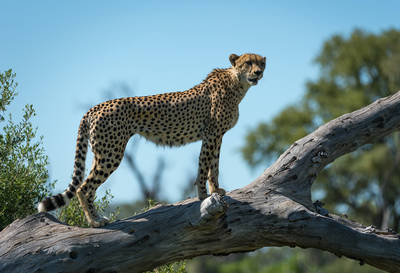
Acinonyx jubatus
The cheetah is the fastest land animal and the only cat that hunts by pure speed. Found largely in open grasslands, its slim, elegant form is today an increasingly rare sight.
33% SUCCESS
1,028 sightings from 3,085 observations
Where to see cheetah in Botswana
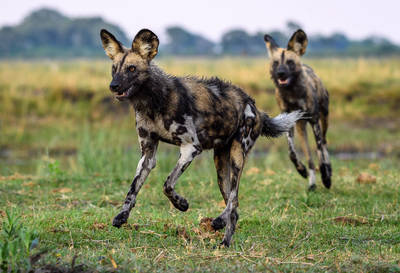
Lycaon pictus
African wild dogs are among the continent’s most compelling animals. Much misunderstood, these rare, tie-dyed canids are amazingly efficient hunters with a fascinating social life.
31% SUCCESS
843 sightings from 2,707 observations
Where to see wild dog in Botswana
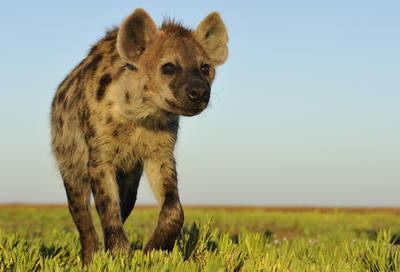
Spotted Hyena
Crocuta crocuta
The spotted hyena may be thought of as ‘ugly’ and ‘cowardly’. In fact, this versatile and intelligent carnivore is one of Africa’s most fascinating and warrants attention on any safari.
55% SUCCESS
2,127 sightings from 3,841 observations
Where to see spotted hyena in Botswana
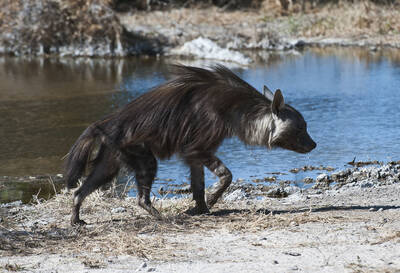
Brown Hyena
Parahyaena brunnea
This largely solitary scavenger is one of the more elusive and little-known of Africa’s carnivores. Shaggier than its spotted cousin, it occurs only in the arid southwest of the continent.
16% SUCCESS
239 sightings from 1,453 observations
Where to see brown hyena in Botswana
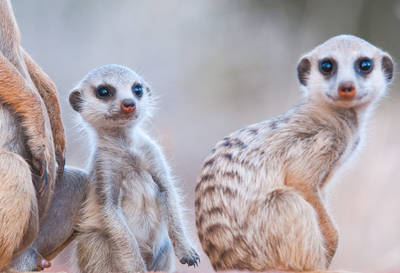
Suricata suricatta
These highly sociable little mammals have an endearing appearance and comical antics. Found in the drier areas of Southern Africa, close encounters are a sought-after experience.
22% SUCCESS
85 sightings from 395 observations
Where to see meerkat in Botswana
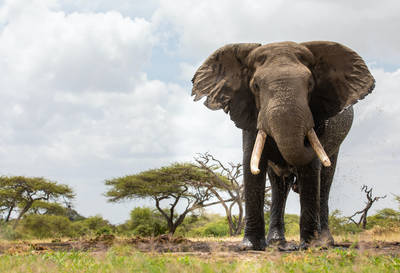
Loxodonta africana
By far the biggest of the so-called Big Five – indeed, the largest land animal on the planet – the elephant shapes the very landscape it inhabits and is a defining presence on any safari.
91% SUCCESS
3,537 sightings from 3,891 observations
Where to see elephant in Botswana
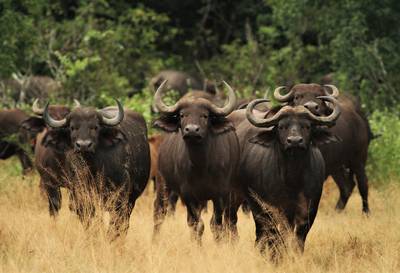
Syncerus caffer
One of the ‘Big Five’, buffalo earned a fearsome reputation in hunters’ tales. By contrast, big herds of these sociable bovids are placid, but mount formidable defences against predators.
83% SUCCESS
2,504 sightings from 3,021 observations
Where to see buffalo in Botswana
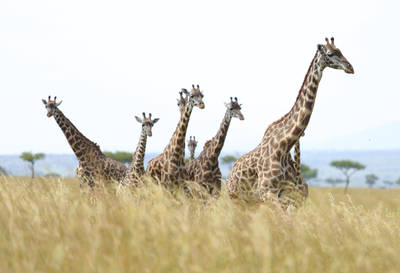
Giraffa camelopardalis
The world’s tallest land mammal, giraffes are herbivores which have evolved many unique adaptations. Their iconic outlines tower above the bush in many of Africa’s wildlife areas.
86% SUCCESS
3,413 sightings from 3,953 observations
Where to see giraffe in Botswana
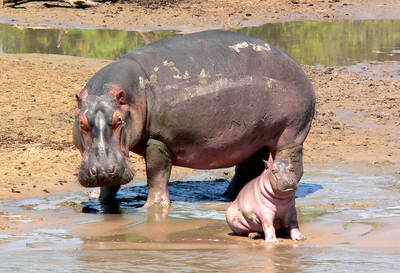
Hippopotamus amphibius
The territorial calls of the hippo create a signature soundtrack to Africa’s rivers & wetlands. Despite an endearing smile, this aquatic herbivore has a notoriously aggressive disposition.
89% SUCCESS
2,591 sightings from 2,910 observations
Where to see hippo in Botswana
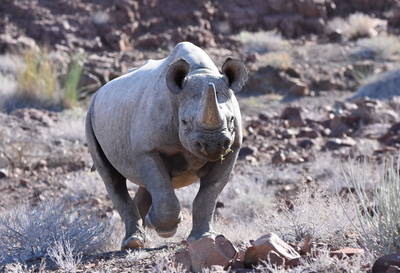
Black Rhino
Diceros bicornis
The black rhino is the smaller and rarer of Africa’s two rhino species but has the more fearsome reputation. Shy and heavily persecuted, it tends to stick to cover.
615 sightings from 1,995 observations
Where to see black rhino in Botswana
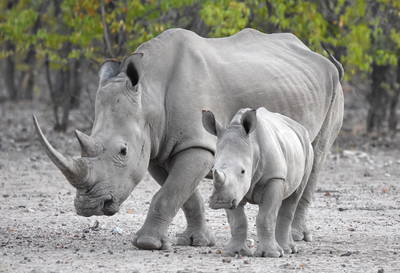
White Rhino
Ceratotherium simum
The white rhino is the largest and most numerous of the world’s five rhinoceros species. They are larger, easier to see and generally more approachable than the black rhino.
44% SUCCESS
481 sightings from 1,090 observations
Where to see white rhino in Botswana
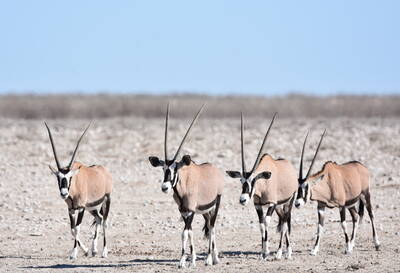
Oryx are impressive antelopes, with a powerful physique and elegant markings set off by rapier-like horns. They cut a distinctive dash in some of Africa’s harshest landscapes.
70% SUCCESS
1,280 sightings from 1,839 observations
Where to see oryx in Botswana
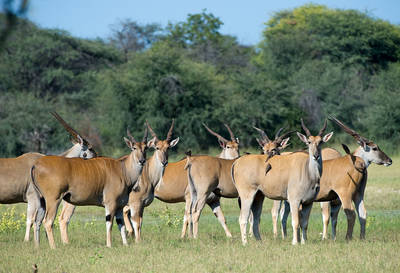
Taurotragus oryx
Africa’s largest antelope, eland are culturally important from prehistoric rock art to modern game farms. Though widespread, they are also shy so sightings are uncommon and often fleeting.
49% SUCCESS
1,438 sightings from 2,916 observations
Where to see eland in Botswana
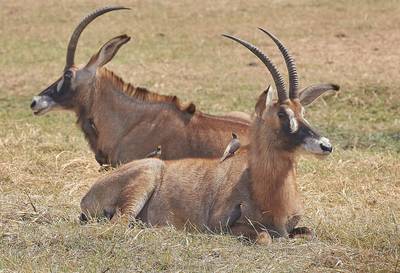
Roan antelope
Hippotragus equinus
Africa’s second largest antelope and one of its most handsome, with a powerful build and distinctive markings, roan are wary of people, but renowned for their bravery against predators.
23% SUCCESS
458 sightings from 1,965 observations
Where to see roan antelope in Botswana
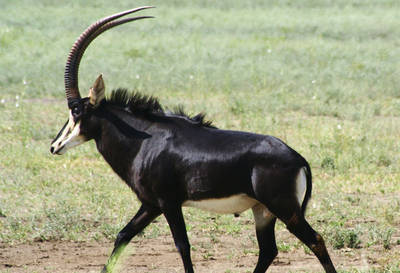
Sable antelope
Hippotragus niger
Perhaps Africa’s most beautiful antelope, sable are renowned for their combative nature, even holding off lions. Shy and restricted in range, sightings of sable are always special.
436 sightings from 1,954 observations
Where to see sable antelope in Botswana
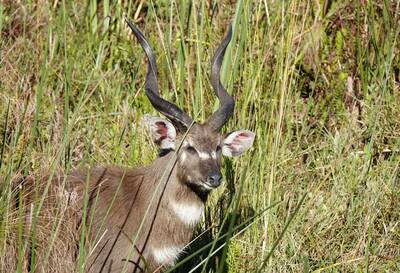
Tragelaphus spekii
The sitatunga is the most aquatic of Africa’s antelopes and specially adapted to its swampy habitats. Though widespread across Africa, only a handful of places offer reliable sightings.
19% SUCCESS
60 sightings from 317 observations
Where to see sitatunga in Botswana
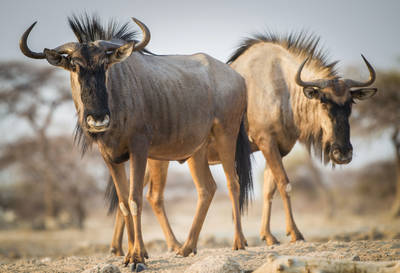
Connochaetes sp.
Superficially bovine in appearance, wildebeests are known for their spectacular migrations sometimes in huge numbers. These resilient animals are some of Africa’s most successful herbivores.
68% SUCCESS
2,411 sightings from 3,557 observations
Where to see wildebeest in Botswana
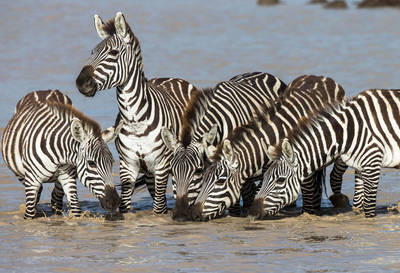
The zebra is a quintessential African animal: the horse in stripy pyjamas at the end of every child’s A–Z. There are three species, of which the plains zebra is much the most common.
84% SUCCESS
3,723 sightings from 4,412 observations
Where to see zebra in Botswana
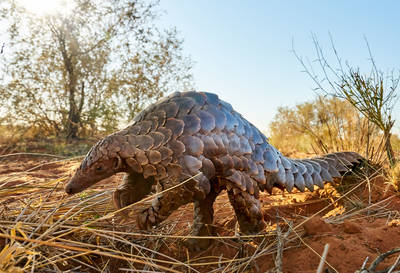
Smutsia sp.
Pangolins appear to be more pine cone than animal in their unique armoury of scales. These nocturnal, ant-eating oddities are not only highly elusive but also increasingly rare.
54 sightings from 3,238 observations
Where to see pangolin in Botswana
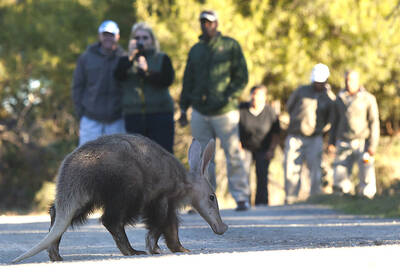
Orycteropus afer
The aardvark is one of Africa’s most bizarre and enigmatic animals. A shy, nocturnal termite-eater, signs of its presence may be scattered about the bush whilst sightings remain elusive.
67 sightings from 3,241 observations
Where to see aardvark in Botswana
When to go on safari in Botswana
Botswana’s weather is just one of the factors to consider when planning a safari holiday in Botswana.
The country’s climate pattern is typical of southern Africa, with a largely dry season between May and October, as daily temperatures rise to a sticky peak during October. Rain is expected November to April, typically afternoon thunderstorms. Then it can be harder to spot animals, but it’s an excellent time for birders. Click on the months below; see rainfall and temperatures here .
For water activities in the Delta, the Okavango Flood is relevant. Boating and mokoro trips are most likely to be possible between May and September – but choose your camps carefully.
Botswana peak season, when safaris are most expensive, is typically July to October. Wildlife watching can still be excellent during the “shoulder season” months of April, May and November – with the bonus of fewer visitors.
Botswana in January
January is at the peak of Botswana’s rainy season. These rains are often in the evening and are short but heavy, with occasional thunderstorms. Temperatures will still be high but cooler than October–December. Animals are generally dispersed, and not easy to spot, with the best game viewing found in the north of Chief’s Island and on the eastern and southern sides of the Okavango Delta . January is also one of the best months to see the zebra and wildebeest migration in the Makgadikgadi salt pans and at Nxai Pan . Migratory birds abound throughout northern Botswana, along with a large number of breeding flamingos in the flooded salt pans. Rates are generally relatively low, making this a good time to visit on a budget.
- Temperatures are still warm, with occasional thunderstorms
- The bush feels alive; birdlife is at its most spectacular
- Big game is dispersed
- Zebra & wildebeest migration at its height
- Availability in lodges and camps is often very good
A good time to visit, with pros & cons
Weather in January
Botswana in February
The weather in February is very similar to January, with heavy rain most days – often towards evening – and temperatures on the high side, albeit cooling off from the rains and surface water. Across northern Botswana, the landscape feels green and alive; insects and smaller animals are more easily seen, and many birds and animals are raising their young. However, the rains have created pools and waterholes in the bush and thicker vegetation and tall grass makes it trickier to spot larger animals. Further south, the game viewing is beginning to pick up in the Central Kalahari Game Reserve. Visitor numbers remain low, with attendant rates and availability in camps and lodges.
- Temperatures still warm with occasional thunderstorms
- Many animals with young; birdlife at its most spectacular
- Game viewing picking up in the Central Kalahari
- Visitor numbers are low, so camp availability can be very good
This is not a great time to visit
Weather in February
Botswana in March
March usually sees Botswana’s main rains starting to tail off. Many days will be clear, with a strong sun raising temperatures. On some days clouds will build, and the late-afternoon may see a short thunderstorm. Across the country, the landscape is green and alive. Many birds and animals are finishing raising their young. Much of the migration is now moving north towards the Savute area or Chobe National Park, though thick vegetation still makes it trickier to spot even larger animals. March is one of the best times to be in the Central Kalahari Game Reserve, where many of the pans fill up and animals come to drink, closely followed by predators. With few visitors in most areas, rates may still be relatively low.
- Variable weather: rains tailing off but still hot
- Occasional small thunderstorms
- Many animals finish raising their young; birdlife still spectacular
- The best time to visit the Central Kalahari Game Reserve
- Few tourists visit during March, so rates often low
Weather in March
Botswana in April
During April the rains have usually stopped, though there may be still be the odd late downpour. This results in clear skies and a lovely green, lush landscape. Night-time temperatures usually start to drop during April with this being most noticeable in the Central Kalahari and the Makgadikgadi areas. The Central Kalahari is really coming into its own at this point and from April through to May/June the Savute region is a particular favourite of ours, with good predator/prey interaction. In much of northern Botswana, the camps are coming into their “shoulder” season, so rates are on the rise but still relatively low.
- Evening temperatures cooling with just the odd shower
- Northern Botswana is green and lush
- Many animals still with young; good predator/prey interaction
- Central Kalahari and Savute the best places for wildlife
- A popular shoulder season time to book. Rates relatively low
Weather in April
Botswana in May
May is a very popular month to visit Botswana, often the last month of the “shoulder” season before camp rates hit their peak. While there is very little chance of rain, the annual floods from Angola are starting to make their way through the northern part of the Delta, and will eventually reach the majority of the Okavango late June. With cooler temperatures morning and evening, predator activity tends to be higher, although tall grasses can still obstruct game viewing. With cool crisp evenings, and the game viewing really picking up, this is the favourite time to visit for many of our team – and camp bookings throughout Botswana are snapped up quickly.
- Cool mornings and evenings with little chance of rain
- Game viewing is beginning to pick up
- Predator activity increasing, though grasses still quite high
- Last month of “shoulder” season for most camps
- Availability goes quickly throughout Botswana
A very good time to visit
Weather in May
Botswana in June
June is the real start of the dry season. Temperatures are still cool in the morning and evenings with night-time temperatures sometimes reaching freezing, rising to 25–30 degrees Celsius during the day, with blue skies. Along with this comes a certain clarity to the air, favourable for serious photographers. Surface water and waterholes begin to dry up during this period and many animals begin to congregate around the remaining areas with water. Visibility is improving as the grass is beginning to die back, and game viewing is very good everywhere, with particular improvement in the Kwando–Linyanti areas. Not surprisingly, camp availability is becoming scarce and rates are high.
- Warm, comfortable days; cold nights, morning & evenings
- Air clarity favours serious photographers
- Wildlife is gravitating to waterholes, making game-viewing productive
- Grasses beginning to die back
- Most camps are into peak season, with rates correspondingly high
Fantastic: the very best time to visit
Weather in June
Botswana in July
Evenings and mornings are still cool in July, and this combined with great game viewing makes it one of the most popular times to visit Botswana. Vegetation is really thinning out now making game easier to spot, with the few remaining waterholes attracting lots of wildlife. The north-eastern side of Chobe National Park, along the Chobe River, is also very rewarding, although this area can become very busy. Game viewing is extremely good in the Khwai areas, too, but again, this is a public area and – unlike in the private concessions of the Delta – vehicle numbers can be high. Camps are now very much into the peak season, and tend to be full.
- Comfortable days; cold nights, morning & evenings
- Game viewing very good as vegetation dies back and waterholes dry out
- Chobe Riverfront and Khwai areas become very busy
- Private concessions helps to avoid potentially high vehicle numbers
- Now very much into peak season
Weather in July
Botswana in August
August is a popular time to visit Botswana, coinciding with the European summer holidays, and camp availability is difficult. Temperatures are generally cool at night, and comfortable during the day, although towards the end of the month they can rise above 35 degrees Celsius (albeit with low humidity). Cloudless skies bring spectacular star-gazing. Wildlife has congregated around the few remaining water sources, and much of the vegetation has now died back, so wildlife viewing tends to be varied and rewarding, particularly in the Okavango Delta. Depending on the rains in Angola this can also be one of the best times to see the delta floods at their peak.
- Dry, warm days, with mainly cool nights
- Cloudless skies with spectacular stars at night
- A fantastic time for wildlife watching, particularly in the Okavango
- Traditionally one of the best times to see the Delta in full flood
- Peak season: so high rates and many lodges full
Weather in August
Botswana in September
September is another favourite month for some of our team members. Daytime temperatures are getting warmer, but nights remain cool. With the drier conditions, most of the greenery has faded from the landscape, and dust or even smoke create hazy conditions that aren’t great for photographers – though this does result in fantastic sunsets. This is another extremely good month for game viewing, with large numbers of elephant and buffalo congregating in the Chobe region and migrant birds begin to return to Botswana. Rates remain high – and availability correspondingly low.
- Warmer days and cool nights
- One of the best months for wildlife viewing
- Large congregations of elephant & buffalo in the Chobe region
- Hazy conditions less good for photographers, but brilliant sunsets
- High season rates; many lodges & camps are full
Weather in September
Botswana in October
October is the one of the hottest months of the year, and usually one of the driest. Towards the end of the month the chances of rain can increase, and along with this can come greater humidity. The air is usually dry and hazy, making photography more challenging, but the lack of water and vegetation result in very good big-game viewing. Water levels are now much lower, so water-based activities such as boating, mokoro trips and fishing cease in many of the camps which are not on major tributaries.
- Hot temperatures, with the chance of rain towards the end of the month
- Great big-game viewing
- Less opportunity for water activities in camps as floods recede
- Hazy air not great for photographers
- Final month of the peak season in camps
Weather in October
Botswana in November
November usually marks the end of the dry season in Botswana, when increasing temperatures drive a rise in humidity, sometimes culminating in the first rains. These are often short but very heavy showers in the late afternoon or during the night, and can be spectacular. The rains lower the temperatures slightly but bring a flush of green back into the dry landscapes. As waterholes in surrounding areas fill, wildlife will gradually begin to disperse as it is not restricted by the availability of water. November is a great time for birdwatching, with the arrival of many migrant birds. The first couple of weeks are very popular with travellers looking for great game viewing at lower rates as Botswana enters the “shoulder” season.
- Hot in the middle of the day; sometimes humid
- Heavy showers increasingly likely as the month progresses
- Wildlife watching still good, but less reliable once it rains
- Migrant birds start to arrive
- “Shoulder” season brings mid-range rates in camps
Weather in November
Botswana in December
The rains in Botswana have now started, bringing some respite to the high temperatures. Game viewing becomes harder as wildlife is more dispersed but great sightings can still be had in the right areas such as Khwai and the Kwara and Mombo concessions. Areas such as the Makgadikgadi Pans change completely with the salt pans becoming covered in a shallow layer of water attracting large numbers of breeding flamingos. Low-season rates at many camps are a draw.
- Temperatures starting to fall from the highs of October/November
- Very high chance of rain, usually large heavy storms for short periods
- Flamingos return to breed at the Makgadikgadi Pans
- Wildlife more dispersed, so game viewing more challenging
- Typically low-season rates in the camps
Weather in December
Country guide
A guide to visiting Botswana
At first glance, the choices for a Botswana safari are bewildering. Public or private parks? Wet or dry areas? Permanent lodges or guided mobile safaris?
Whatever your choice, Botswana safaris are seldom cheap, but can be good value. Most trips include meals, activities, laundry and park fees; some even include drinks. There are no hidden extras. You'll see superb wildlife and have pristine environments virtually to yourself. For a holiday, a Botswana safari is wild, magical and very exclusive!
Where to go on a Botswana safari holiday
Before choosing where to go, consider the style of holiday you’d like. What wildlife is top of your wishlist? When do you plan to visit, and for how long? And would you like a lodge-based holiday or a mobile camping safari? If you have plenty of time, and the budget, combining a couple of different areas can provide a more comprehensive experience of Botswana's diverse wildlife and landscapes. Northern Botswana’s key destinations include the exclusive private reserves of the Okavango Delta Safari Reserves which, like similar reserves along the Kwando and Linyanti rivers , come with a hefty price tag. Two national parks offer similarly excellent wildlife but are slightly less exclusive: Moremi Game Reserve at the heart of the Delta, and the busier but more affordable Chobe Riverfront within the Chobe National Park , while for something seriously remote, make for the big, open skies of the Kalahari's Salt Pans and the Central Kalahari Game Reserve .
Botswana’s best wildlife areas: public parks or private reserves?
The public parks of Chobe National Park and Moremi Game Reserve form the core of northern Botswana's protected areas. Their wildlife and scenery are often superb, but you will share the area with other vehicles and people so these public reserves don't offer the most exclusive of safari experiences in Botswana, especially along the Chobe River. Strict park rules forbid driving at night, conducting walking safaris, or driving off “road” – which is especially annoying when interesting game is spotted away from the track. Surrounding these parks, however, is a patchwork of private wildlife reserves or “concessions”. Each covers about 800–2,500 square kilometres (some 300–950 square miles), yet each contains just a handful of small, private safari camps, with guests arriving by air. They have no campsites or public access so wildlife watching is generally undisturbed. They also offer much greater flexibility. Their guides may drive off the tracks when searching for game; most offer night drives; and some offer walking safaris guided by expert armed guides.
Environment: dry or wet areas?
For the purposes of deciding on your holiday options, you can divide Botswana’s safari environments very roughly into two categories: dry and wet areas. We usually advise travellers to mix different types of camps and environments, in order to experience the full range of safari activities, flora and fauna. Most camps stand on, or close to, large dry areas, which are easiest to explore by 4WD on a game drive. It's in these drier areas that you'll usually have the best sightings of big game, plus dry-country bird species. Many camps also have access to wet areas – some with deep water, others with shallow. You'll usually explore areas with deep water by motorboat, driven by a guide. Shallower floodplains are best seen from a mokoro, or dug-out canoe. Birdwatching can be excellent, and the ambience amazing, but you'll usually see less game in a wet area than in a dry one.
Permanent camps or guided mobile safari?
All Botswana's permanent safari camps use open 4WD safari vehicles and professional safari guides, and most are very comfortable. Tents and chalets usually have en-suite flush toilets and hot/cold showers; many have fans and some even have air conditioning. Take a look at our suggestions for Botswana safari holidays , then talk to us : the specialist team at Expert Africa can describe them from personal, first-hand experience, and guide you to the best options for your trip. Comfortable camping and luxury tented mobile safaris are a great way to explore the best wildlife areas in Botswana, led by a professional and knowledgeable guide. Join a small group of like-minded travellers on a scheduled holiday or take a private guided mobile safari to a location of your choosing on dates that suit you.
Botswana in context: history, environment & people
Bordered by Namibia, South Africa, Zimbabwe and Zambia, Botswana arose from the former British protectorate of Bechuanaland in 1965. Within just a few years, the discovery of diamonds was to underpin the economy, and tourism was introduced, based on a “high-revenue, low-volume” policy to protect the country’s pristine environment. A land-locked country just a little larger than France, Botswana consists mainly of a gently undulating sandsheet punctuated by the occasional isolated outcrop of rock. In northern Botswana, two major features stand out: the vast inland river delta of the Okavango and the Kalahari’s enormous saltpans. Botswana’s climate follows a similar pattern to that of most of southern Africa. The people of Botswana date back some 60,000 years to the hunter gatherers of the Kalahari, whose ancestors are the San (or Bushmen). Today’s society is dominated by the Batswana, whose Bantu language of Setswana is one of the country’s official languages – the other being English. For some general country information, see our General Information on Botswana .
Maps of Botswana: two styles
Take a look at the satellite map of Botswana , below, and the geography of northern Botswana is thrown into graphic relief. Even at this scale, the dramatic sweep of the Okavango Delta , fanning out from the broad Panhandle as it enters the country in the north-west, stands out against the surrounding, largely arid terrain. Most of Botswana’s main safari camps are found within the wider parameters of the Delta, but some are clustered in the Kwando-Linyanti area to the north-east and along the Chobe River within Chobe National Park . To find the location of these and other safari camps and lodges, just zoom in on the map.
To the south-east, the huge white expanse of the Kalahari's Salt Pans is clearly visible, while south again is the vast emptiness of the Central Kalahari Game Reserve . With just a handful of safari camps in these areas, visitors are a rarity – but the rewards can be significant.
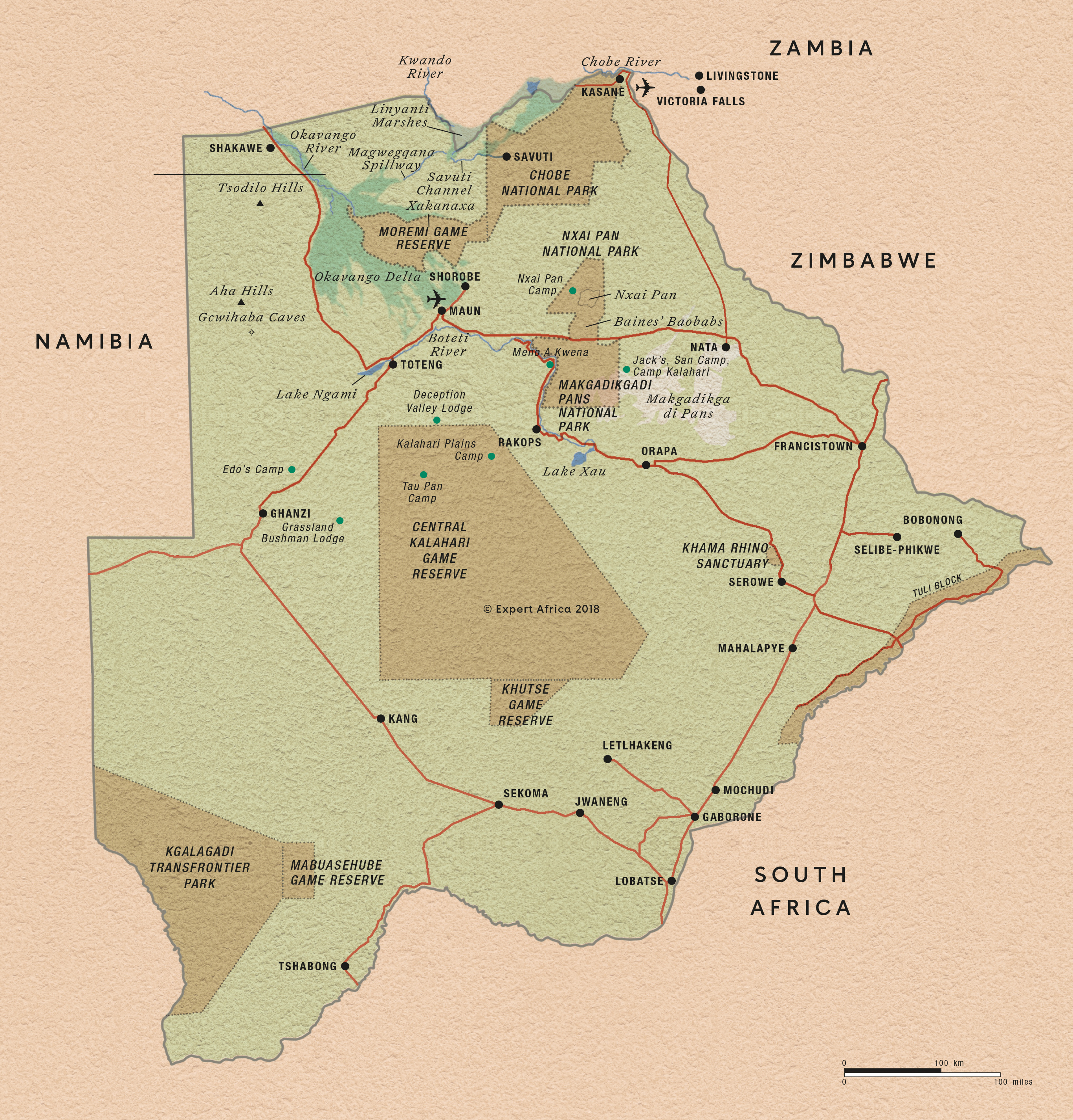
Need inspiration?
Let our trip chooser narrow down the options for you
Understand more about Botswana
Information to help you prepare for your trip to Botswana.
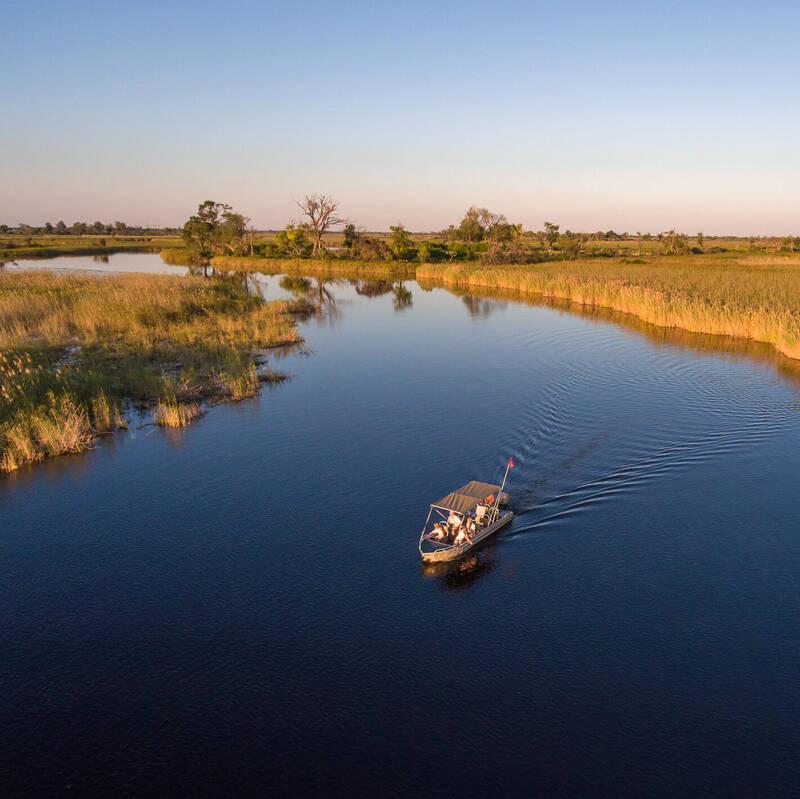
Okavango Delta Flood
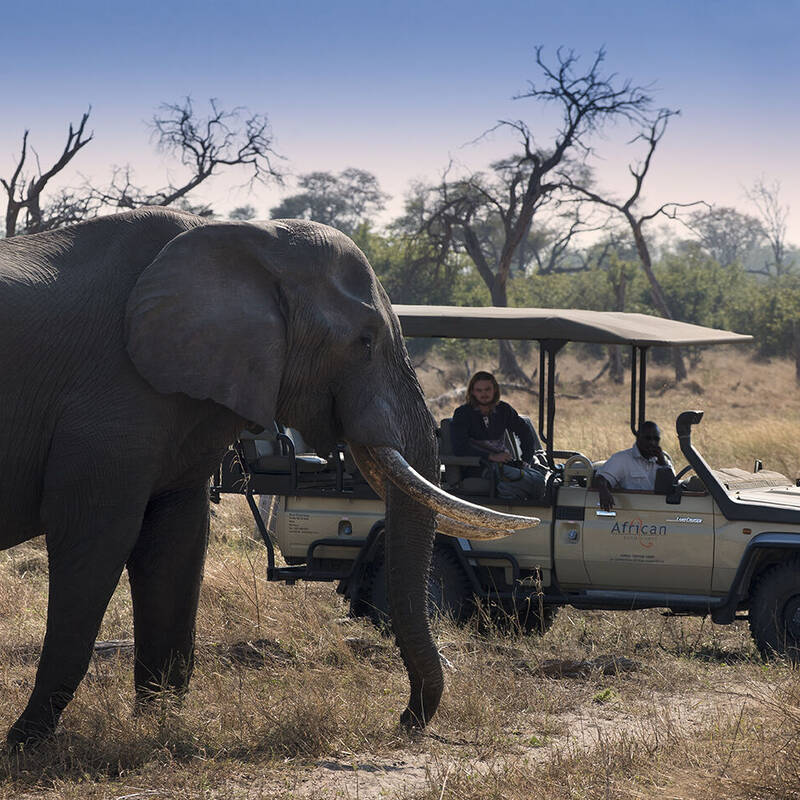
Types of Botswana safaris
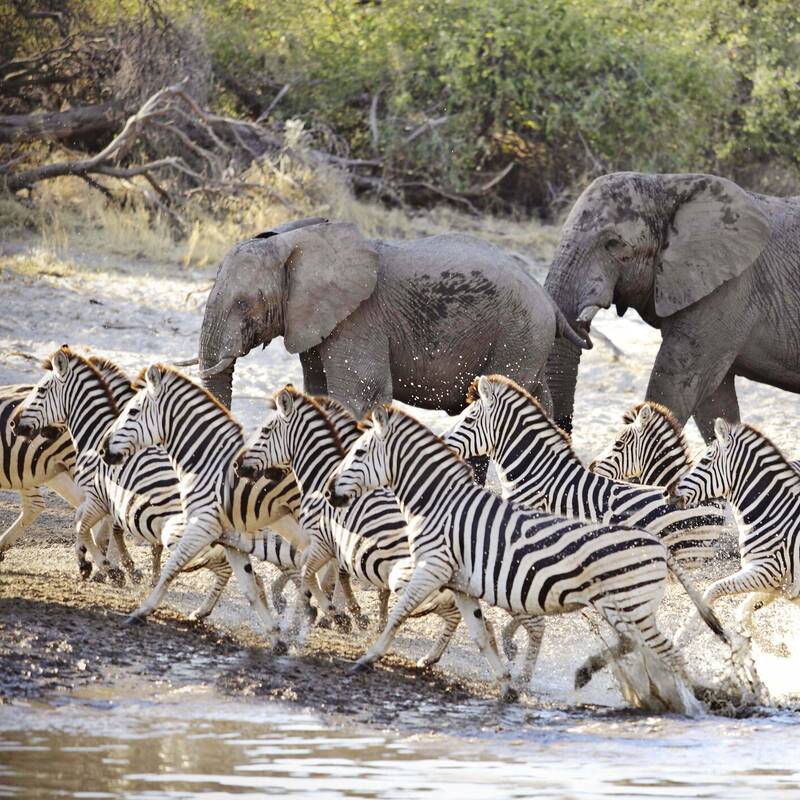
Migrations in Botswana
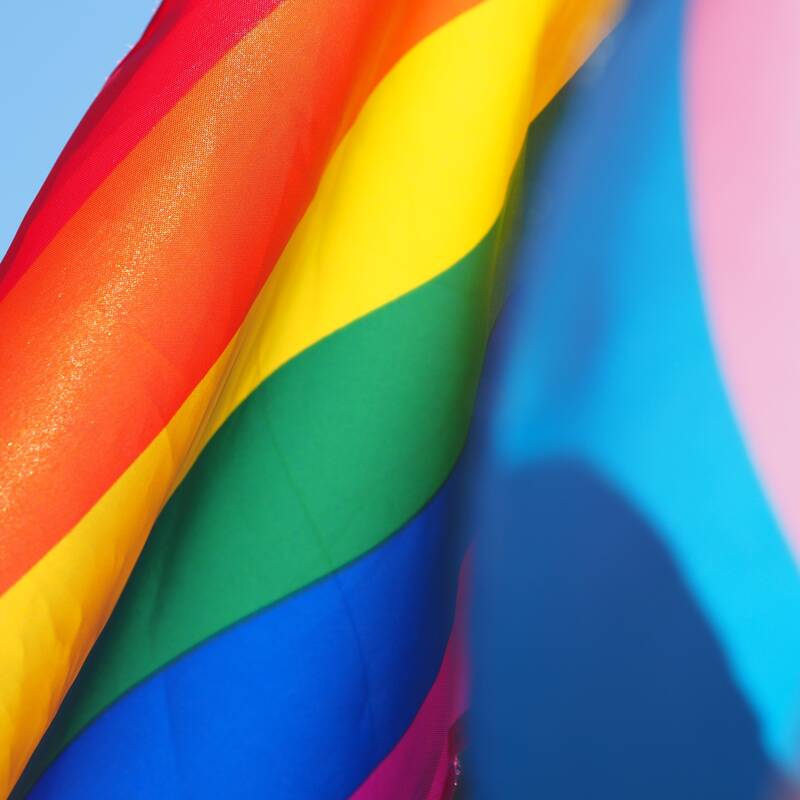
LGBT Travel in Botswana
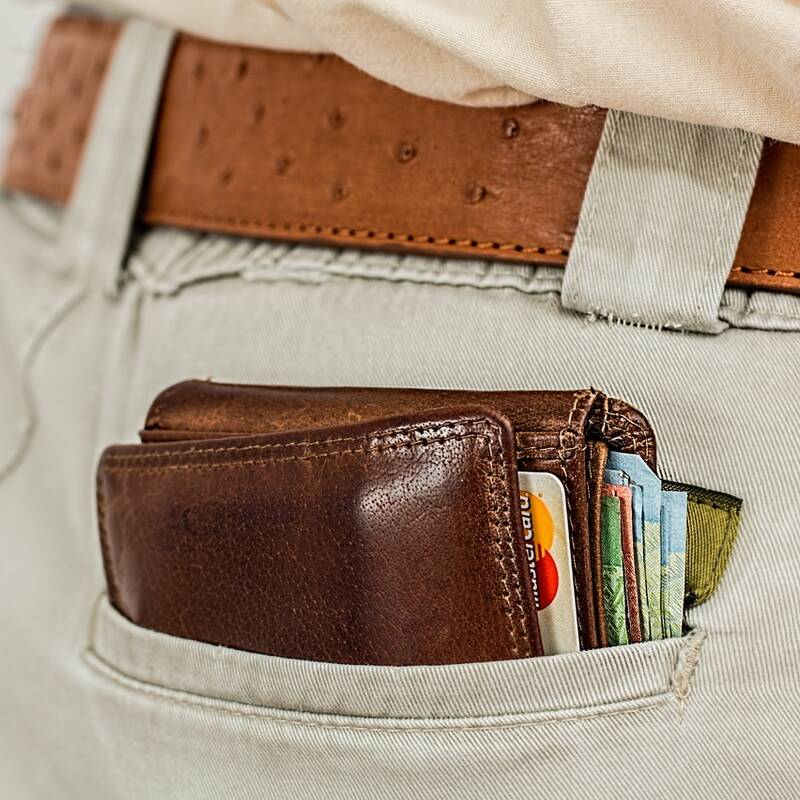
Tipping in Botswana
This complex variable may seem like a minor point for most visitors – but both the flooding levels, and the levels of local recent rain, will influence your activities and should be taken into account when choosing where you visit in the Delta. The water levels at any point in the Okavango Delta depend mainly on three variables: first, the local rainfall in your location; second, the height of the seasonal flood of the Okavango; and third, your location within the Okavango Delta. Roughly speaking, the further north and west you are in the Okavango, the higher the flood you’re likely to experience. So read up more by clicking here, and chat to our Botswana experts who will be able top guide you in much more detail as to the current situation is.
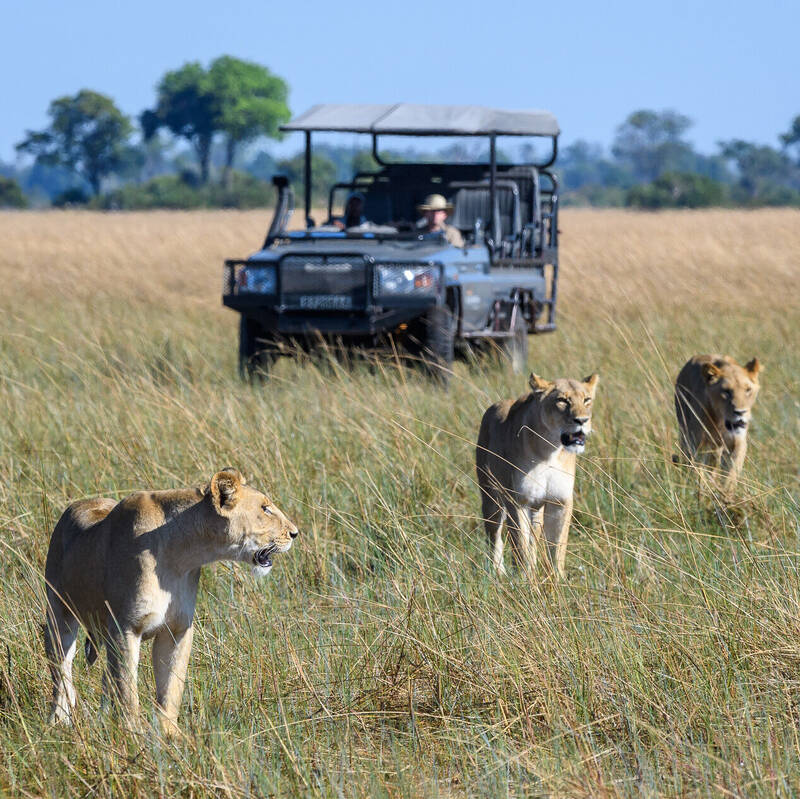
Most travellers visit northern Botswana on a fly-in safari , so can explore a combination of environments. Flight transfers between camps are quick and easy, and seeing Botswana’s key safari destinations from the air is a scenic flight in itself: all part of the adventure. Most of our Botswana safari holidays are fly-in safaris, suitable for single travellers, couples, or small groups of friends or family. We offer a variety of private mobile safaris in Botswana, like our private guided mobile in Moremi . These safaris focus purely on you and your companions, using small, private camps which are exclusive to your group. Expect a team of staff looking after you, spacious tents, excellent food and private guiding. Visitors who prefer very independent holidays occasionally ask us about self--drive safaris in Botswana – but with routes through the national parks which are barely tracks in the sand. We can’t recommend self-driving holidays in Botswana: best look west, where we there are some great self-drive safaris in Namibia .
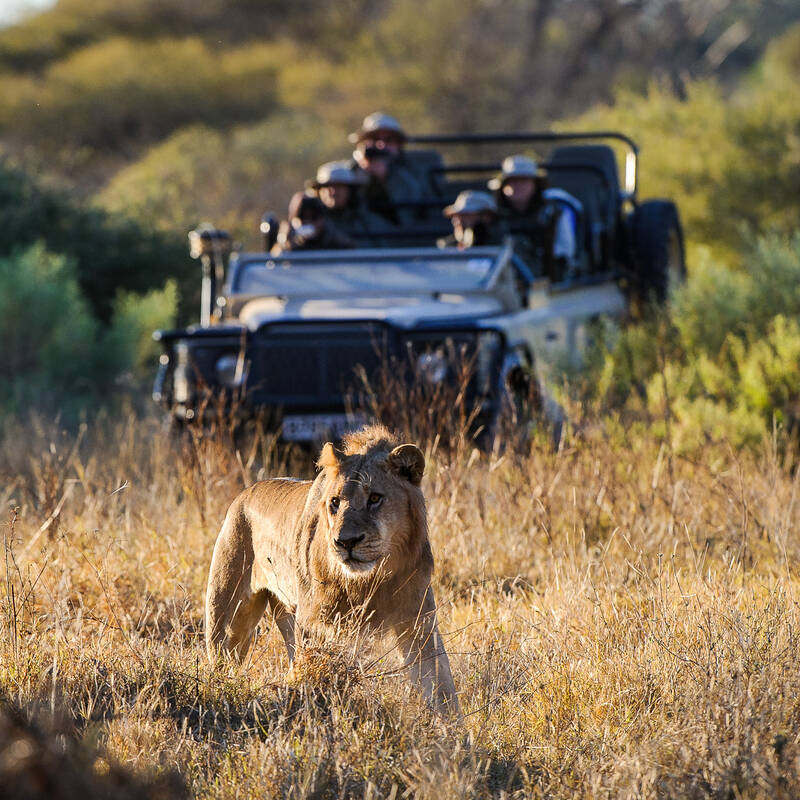
Much of southern Africa’s wildlife moves with the seasons, including zebras, wildebeest, buffalo and elephants. Large numbers of these animals seem to spend the driest months beside permanent water – the Chobe River, the Kwando–Linyanti rivers and the Okavango Delta – and then move into the vast vegetated sand-sheet of the Kalahari for the wetter months. During the rainy season, researchers have shown the great Salt Pans in the Kalahari to be the focus of one of the longest terrestrial migrations in Africa, primarily zebra but also including wildebeest and other animals. Bird migration may have a lower profile, but Botswana’s wet season sees huge numbers of migratory birds arriving into the Okavango Delta from the northern hemisphere, making this a mecca for birders.
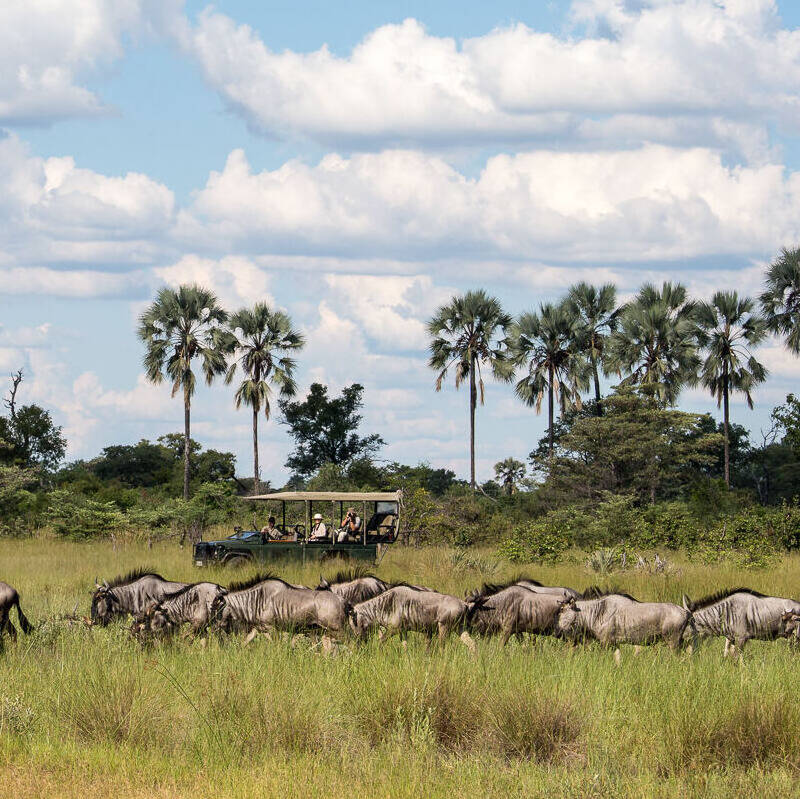
Lesbian, Gay, Bisexual and Transgender (LGBT) travel to Botswana
The vast majority of Botswana’s people are very friendly to visitors, and we have never heard of any issues experienced by our travellers, or other travellers in Botswana, due to their sexuality – including any LGBTQ+ travellers. To put this in context, Botswana has long been recognised as one of Africa’s most stable countries, with the longest continuous multi-party democracy in Africa. The constitution implies freedom of individuals and expression, and while there are some laws against homosexuality, we aren’t aware of them ever having been applied to tourists. That said, it's important to be aware of both the law and the current climate of opinion. So read on and do please check your government's latest travel advice before you go.
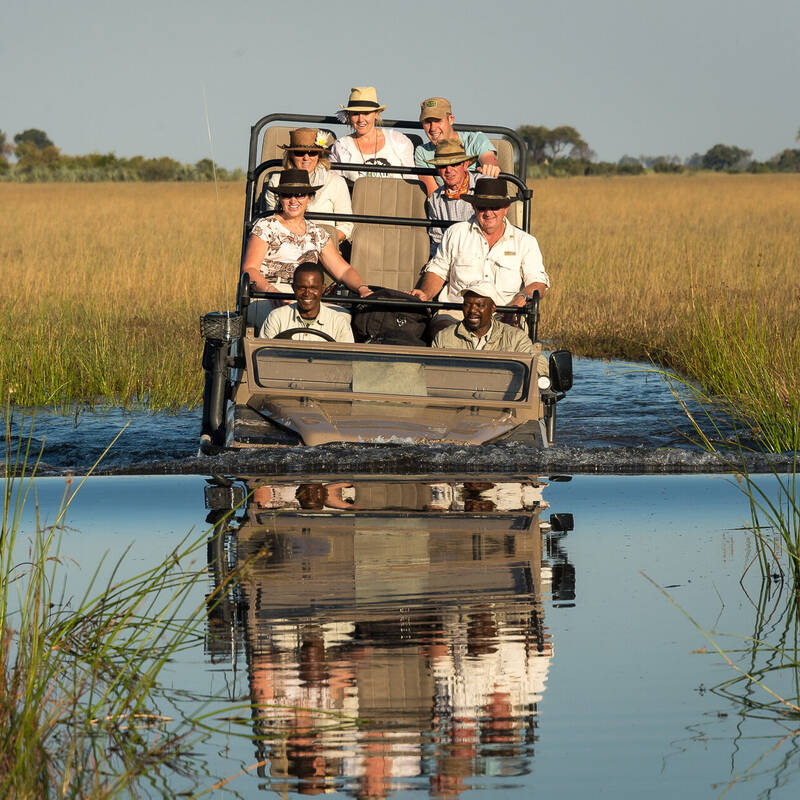
Tipping in Botswana is always voluntary, and should depend on the quality of service received. While we would encourage visitors to tip in appreciation of good service, we’d also like to point out that excessive tips can throw out the local economic balance. Before you decide on what to tip, consider who and when. Behind every successful safari is a dedicated team of staff, all of whom have worked hard to ensure that you have enjoyed your trip – so do consider them as well as your guide and your waiter. Usually we would recommend tipping at the end of your stay, perhaps using the staff tip box, or placing your tip in a labelled envelope or series of envelopes so that there can be no misunderstanding.
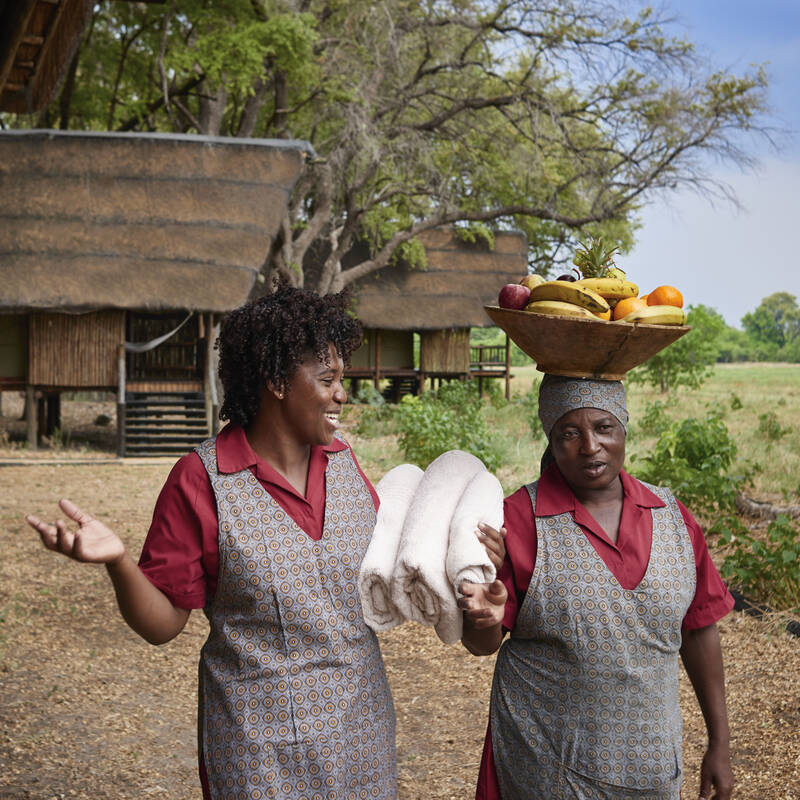
Ideas for safari holidays in Botswana
In the heart of southern Africa, northern Botswana offers a real variety of options for an unforgettable safari holiday.
From the arid Kalahari in the south to the well-watered forest glades further north, the region’s varied ecosystems attract the large numbers of big (and small) animals for which Botswana safaris are famous. Huge herds of elephants and buffalos , for example, gravitate to the Okavango Delta , the area close to the Kwando and Linyanti rivers , and the northern Chobe Riverfront . Whilst cheetahs and other dry-country species frequent the drier areas, including the Central Kalahari Game Reserve .
Every bit as impressive as the wildlife on a Botswana holiday is the wilderness: endless pristine areas almost untouched by human influence. The feel of remoteness in the middle of stunning landscapes combined with the constant presence of wildlife make a safari holiday here unique.
Look through the ideas below, then Talk to us ; we can create the ideal Botswana safari holiday for you.
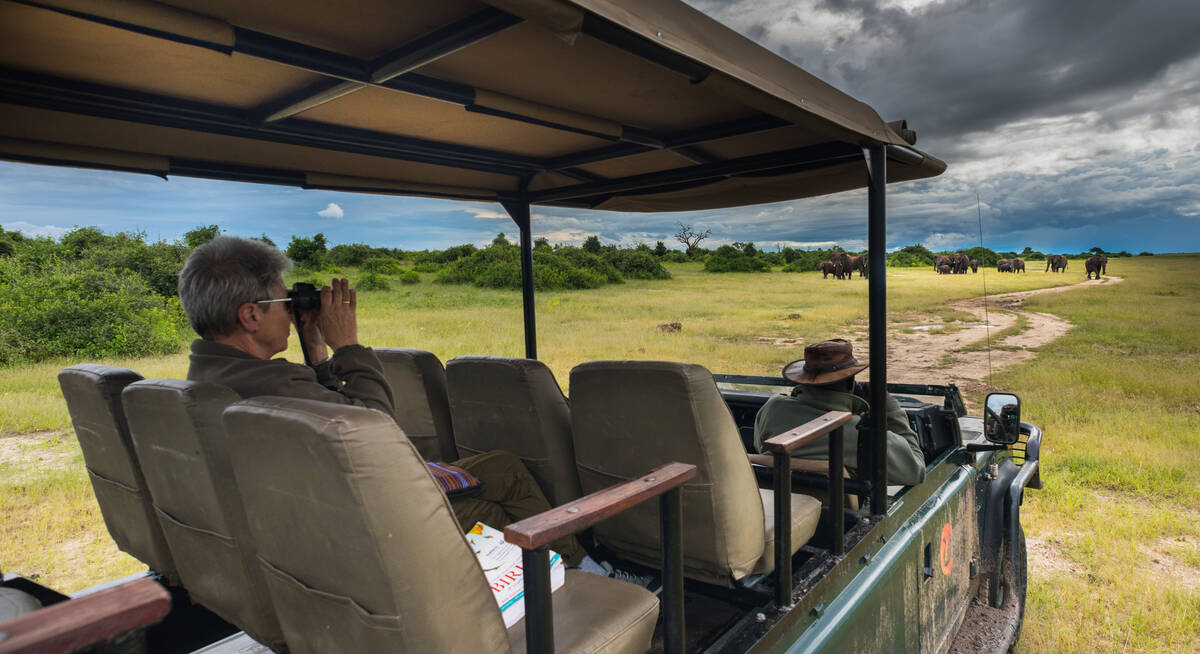
Pygmy Mouse Self-drive Safari
18 days • 10 locations WINDHOEK AIRPORT TO VICTORIA FALLS AIRPORT
A truly epic southern African self-drive safari adventure from Namibia’s mountains and deserts, along the lush Caprivi Strip to Botswana and Victoria Falls in Zimbabwe, staying at luxury lodges throughout.
US$5,420 - US$8,760 per person
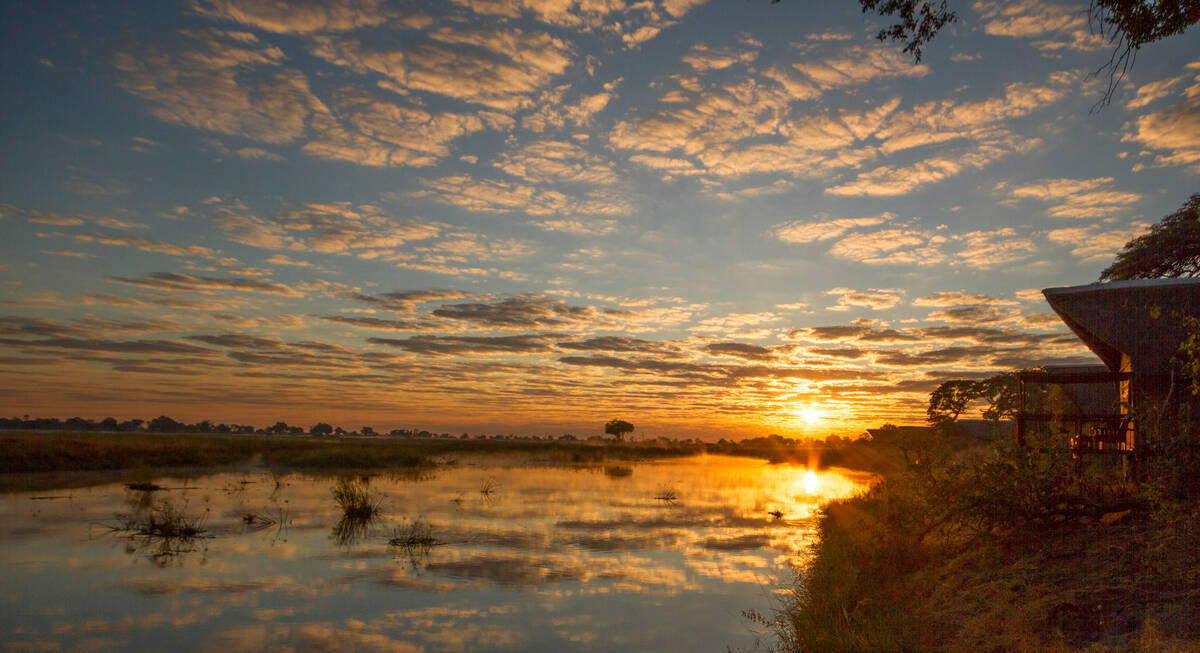
Mopane Squirrel Safari
6 days • 2 locations MAUN AIRPORT TO MAUN AIRPORT
Visit two wildlife-rich private reserves in an exploration of the Okavango and Kwando regions. Sister camps Splash and Lagoon camp provide a range of immersive activities, and their long-stay discounts make for an excellent-value safari.
US$5,890 - US$11,770 per person
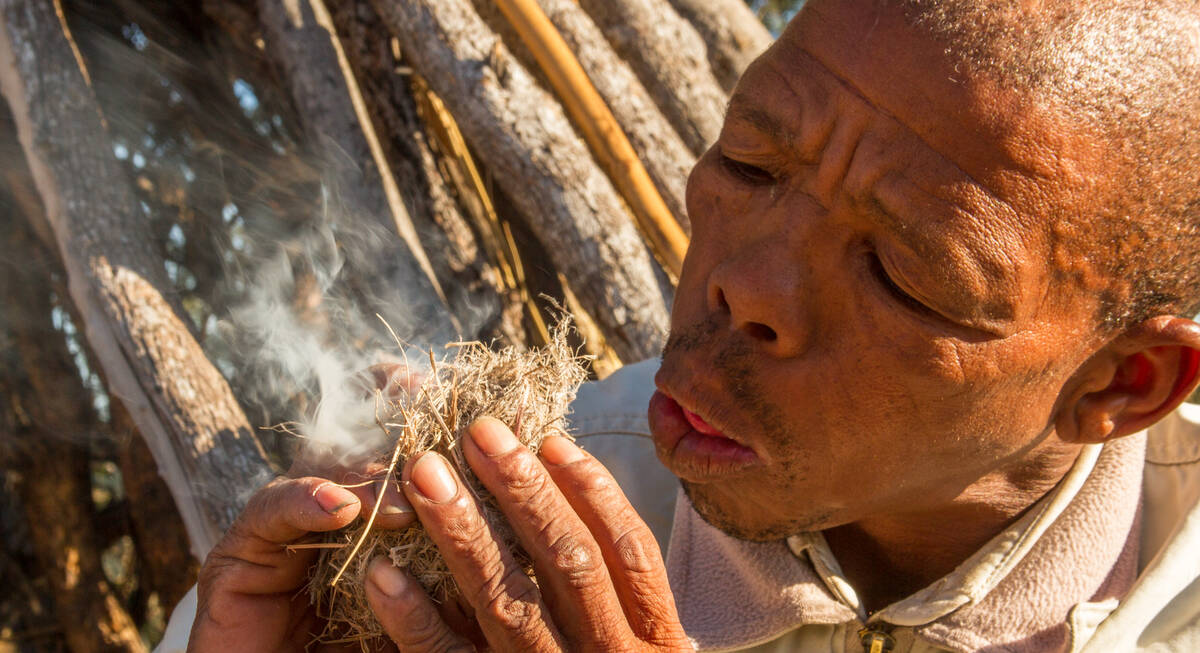
Honey Badger Safari
Two smart sister camps offer access to the Central Kalahari Game Reserve and the heart of the Okavango Delta. Experience a spectacular range of habitats and wildlife through diversely exciting safari activities.
US$5,790 - US$10,150 per person
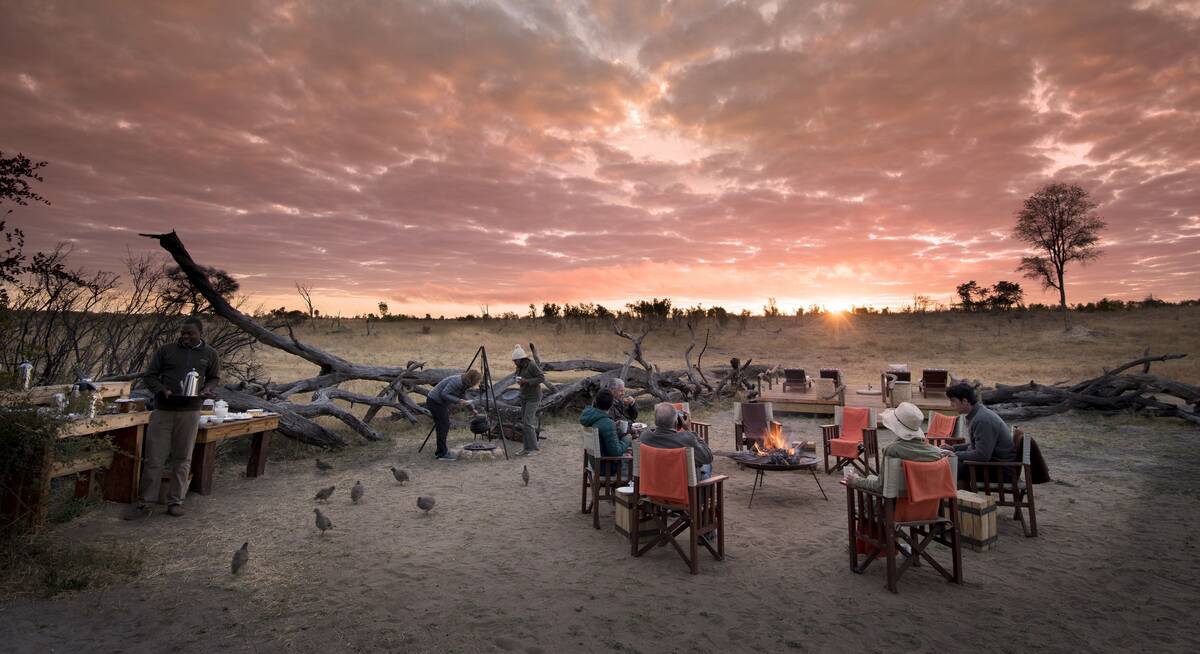
Great Egret Safari
12 days • 4 locations MAUN AIRPORT TO VICTORIA FALLS AIRPORT
A wonderfully varied adventure to Botswana and Zimbabwe combining three fantastic safari areas, a luxury river cruise and the mighty Victoria Falls.
US$9,210 - US$17,110 per person
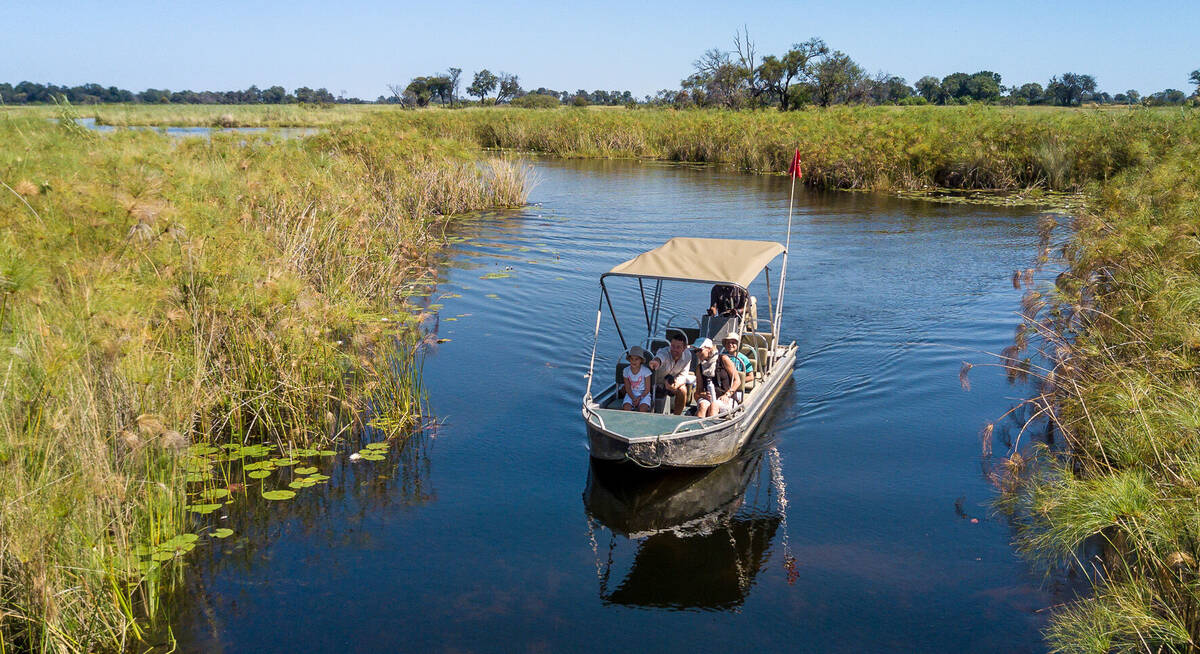
Slaty Egret Safari
4 days • 2 locations MAUN AIRPORT TO MAUN AIRPORT
Two luxurious, intimate camps provide a highly personalised exploration of the Chitabe concession and private Vumbura reserve within the Okavango Delta. A range of water and land activities allows for stunning sightings.
US$7,000 - US$14,130 per person
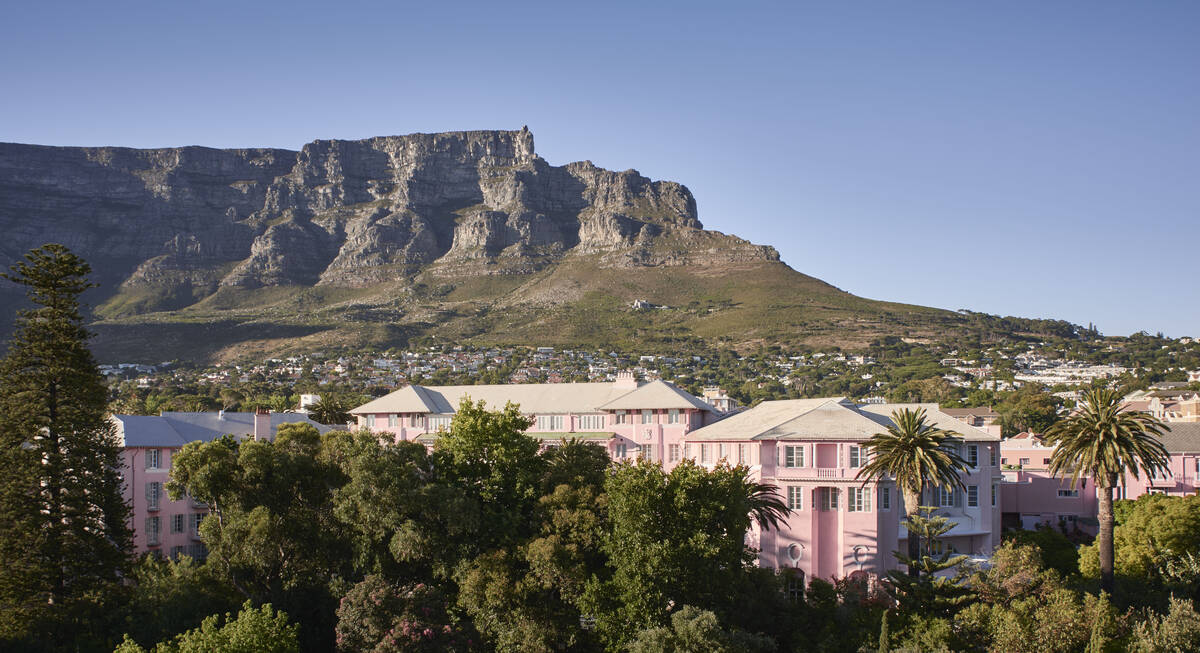
The Highlights of Africa
17 days • 7 locations CAPE TOWN AIRPORT TO KIGALI AIRPORT
An epic adventure taking in some of Africa’s most incredible sights and wildlife experiences, from Cape Town to the Okavango Delta, Victoria Falls, the Maasai Mara and an encounter with mountain gorillas.
US$14,310 - US$18,170 per person
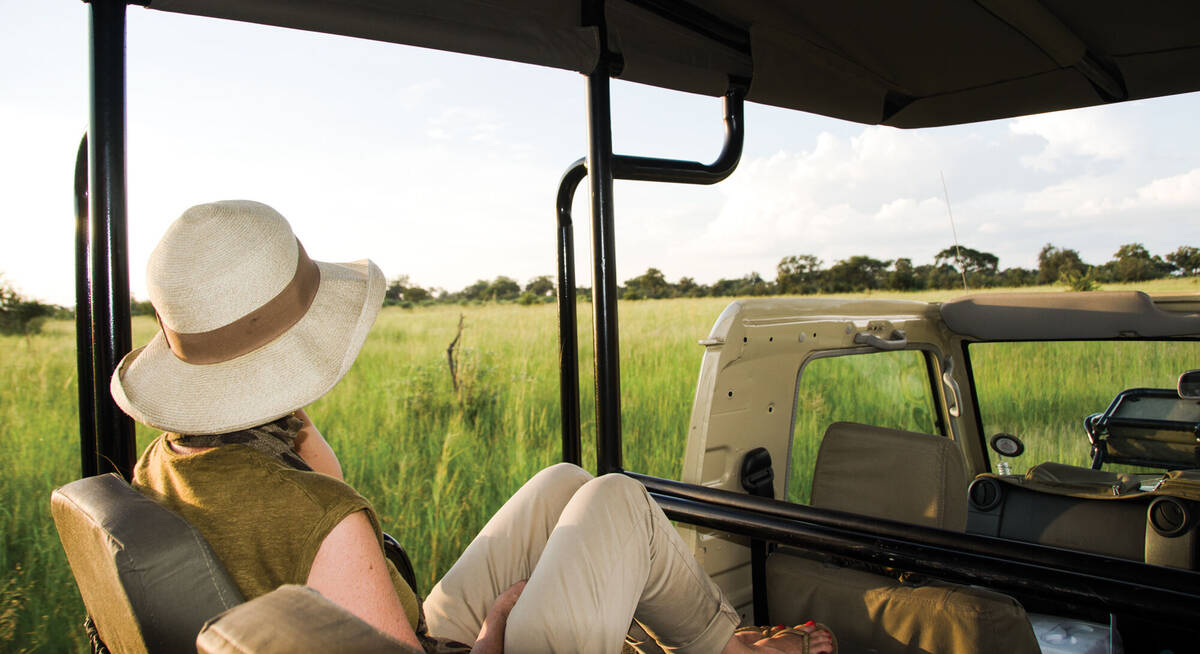
Rock Hare Self-drive Safari
20 days • 12 locations WINDHOEK AIRPORT TO VICTORIA FALLS AIRPORT
An in-depth look at Namibia from the Namib Desert to the Caprivi, with additional stops in Botswana and Victoria Falls. This three-week adventure includes an unrivalled mix of environments and is great value.
US$5,120 - US$7,300 per person
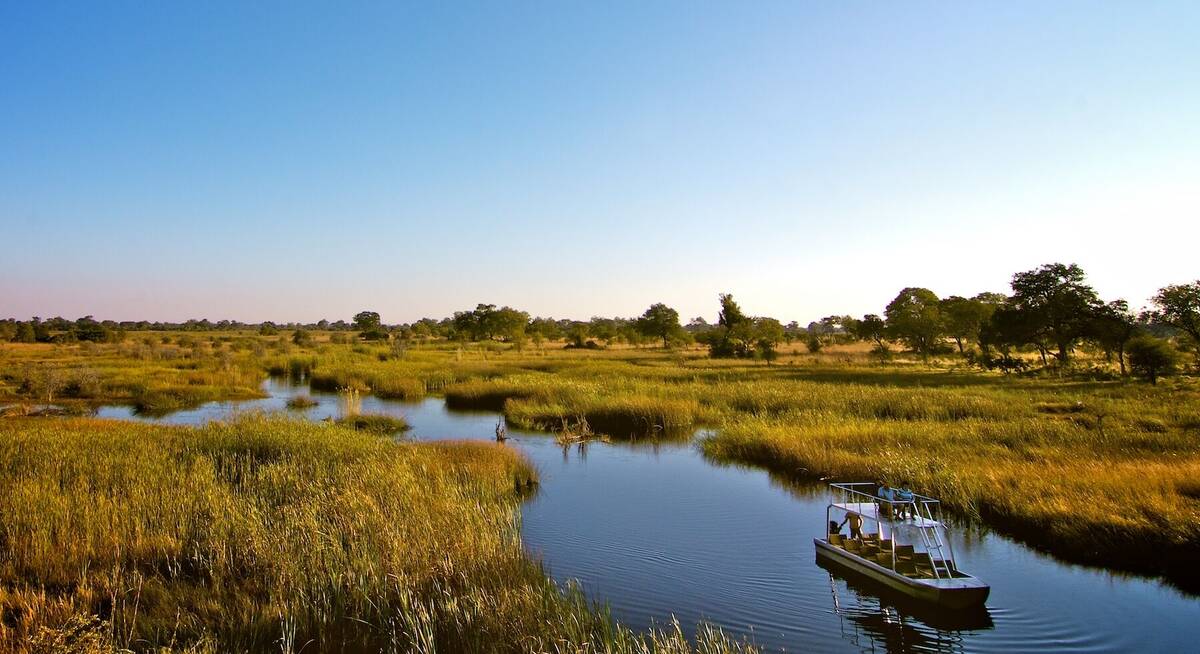
Sable Self-drive Safari
12 days • 7 locations WINDHOEK AIRPORT TO VICTORIA FALLS AIRPORT
A great-value southern African self-drive adventure from Namibia along the Caprivi Strip to Botswana and Zimbabwe, combining other-worldly landscapes, unforgettable wildlife spectacles and rarely visited places, and ending at Victoria Falls.
US$6,020 - US$8,150 per person
Let us help you customise your trip
All of our holidays on this site are just ideas; none are fixed. All of our trips are tailor-made, so we'll always adapt them to suit you. Talk to an Expert and let us help you to work out your perfect trip.
Talk to an Expert
Call us now! We’ll match you with the Specialist in our team who is best suited to help you. Then together we can start planning your trip.
Set up your itinerary
Based on our experience and your ideas, your specialist will create a detailed, costed itinerary. We’ll refine it together, until we have a trip that you’re perfectly happy with.
Prepare for your trip
The same Specialist will make the seamless arrangements for your trip, send you detailed travel documents, and be available to answer any questions before you depart.
Travel with peace of mind
After you set off, you’ll be cared for by our partners in Africa, most of whom have worked with Expert Africa for decades. And if you ever need us urgently, we’re available 24/7.
When you return
We love to learn about your trip, and so will always be grateful if you’ve the time to give feedback to your Specialist when you return.
Special kinds of holidays in Botswana
From Family safari holidays to the most indulgent, luxurious safaris – Botswana has an exceptionally broad appeal.
Wildlife is a given, but so are the birds; with more than 400 species to be found in the Okavango Delta alone. Less obvious, perhaps, are adventure activities, all with expert guides, from walking safaris to riding safaris .The exclusive private reserves offer the perfect setting for a Botswana honeymoons safari : think moonlit baths, dinner by candlelight and sleeping under the stars.
Lodges with spas add a further touch of indulgence. At the other end of the spectrum, family-friendly safaris offer real flexibility, with some exciting “bush” school options. Then there are specialist photography holidays in Botswana : camps have specially-adapted game-viewing vehicles and boats; some even have high-end cameras and lenses available to guests.
Whatever matters to you about your safari holiday; talk to us about it and if it can be done – we’ll make it happen.
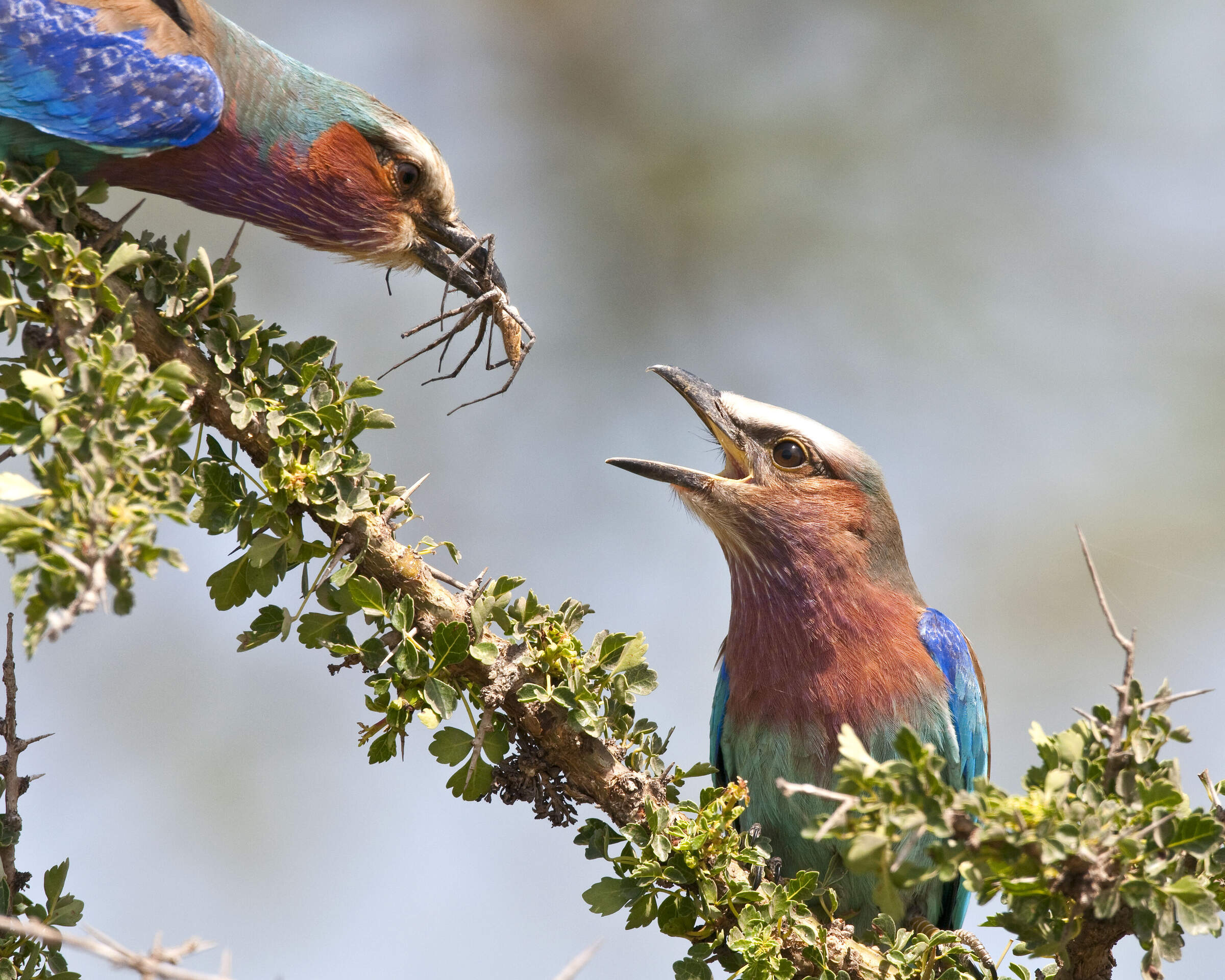
Birdwatching
Diverse habitats, discreet hides and superb guiding.
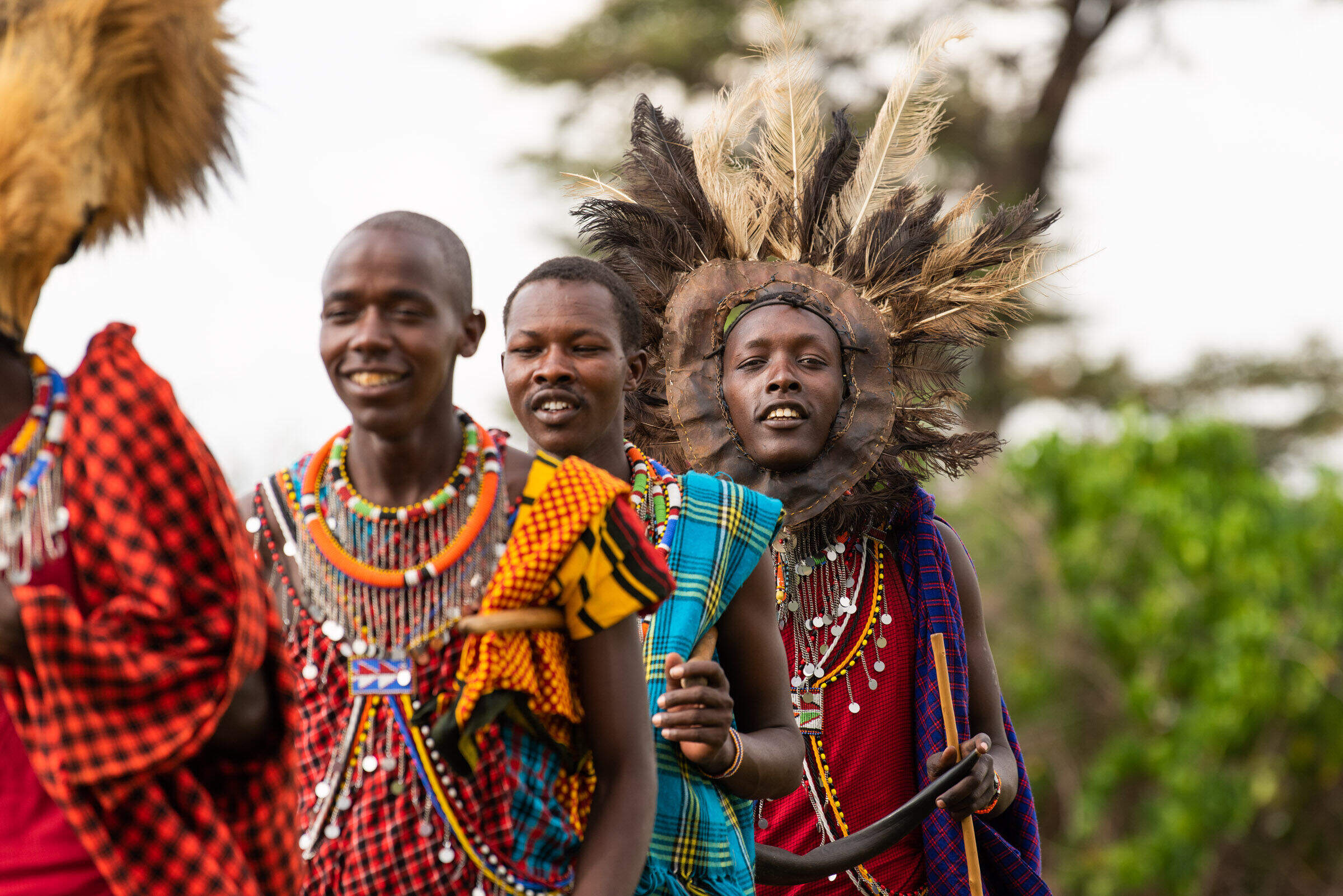
Cultural experiences
Get an insight into Africa's cultures and history.
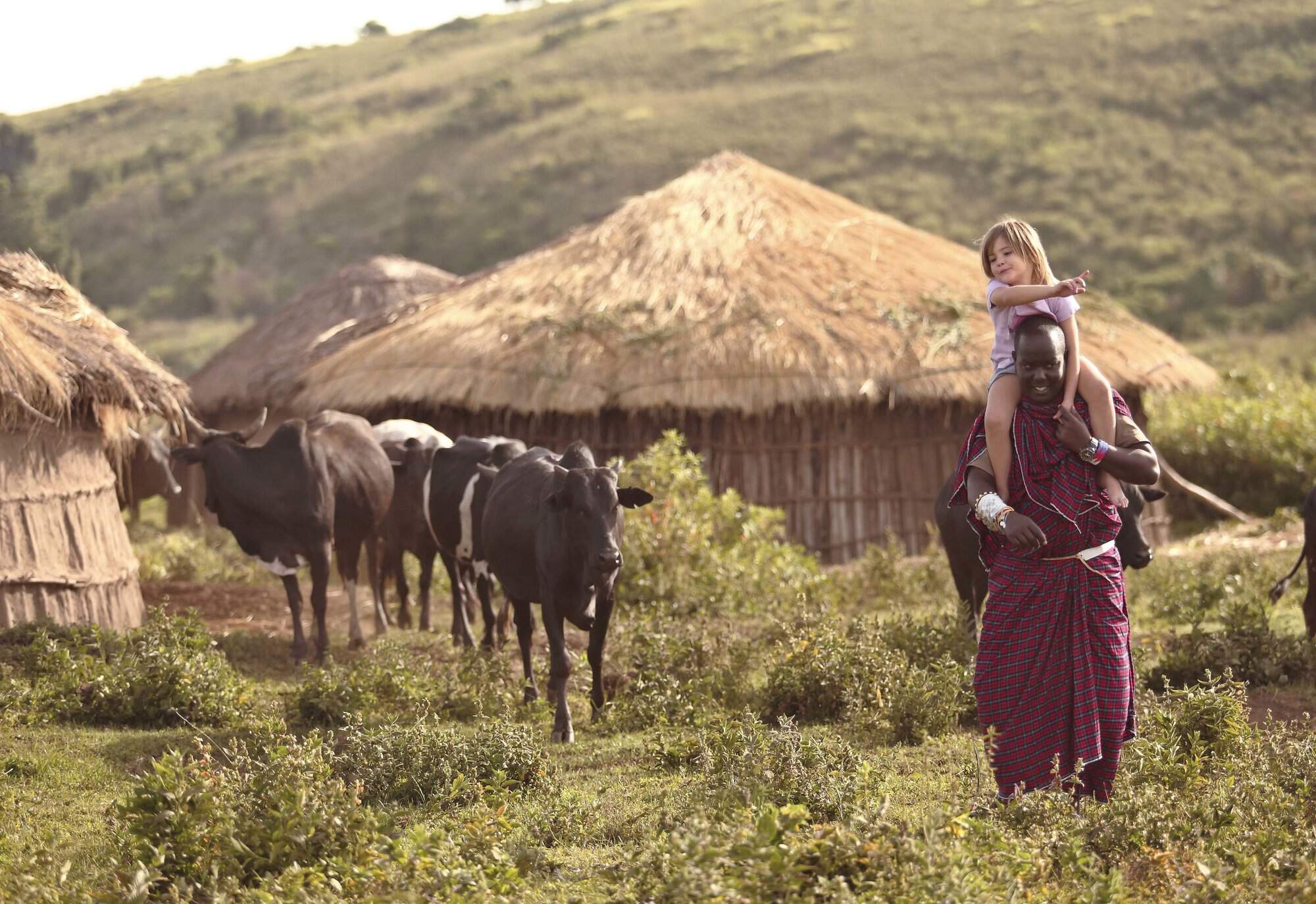
Family holidays
Hand-picked camps for an incredible family safari.
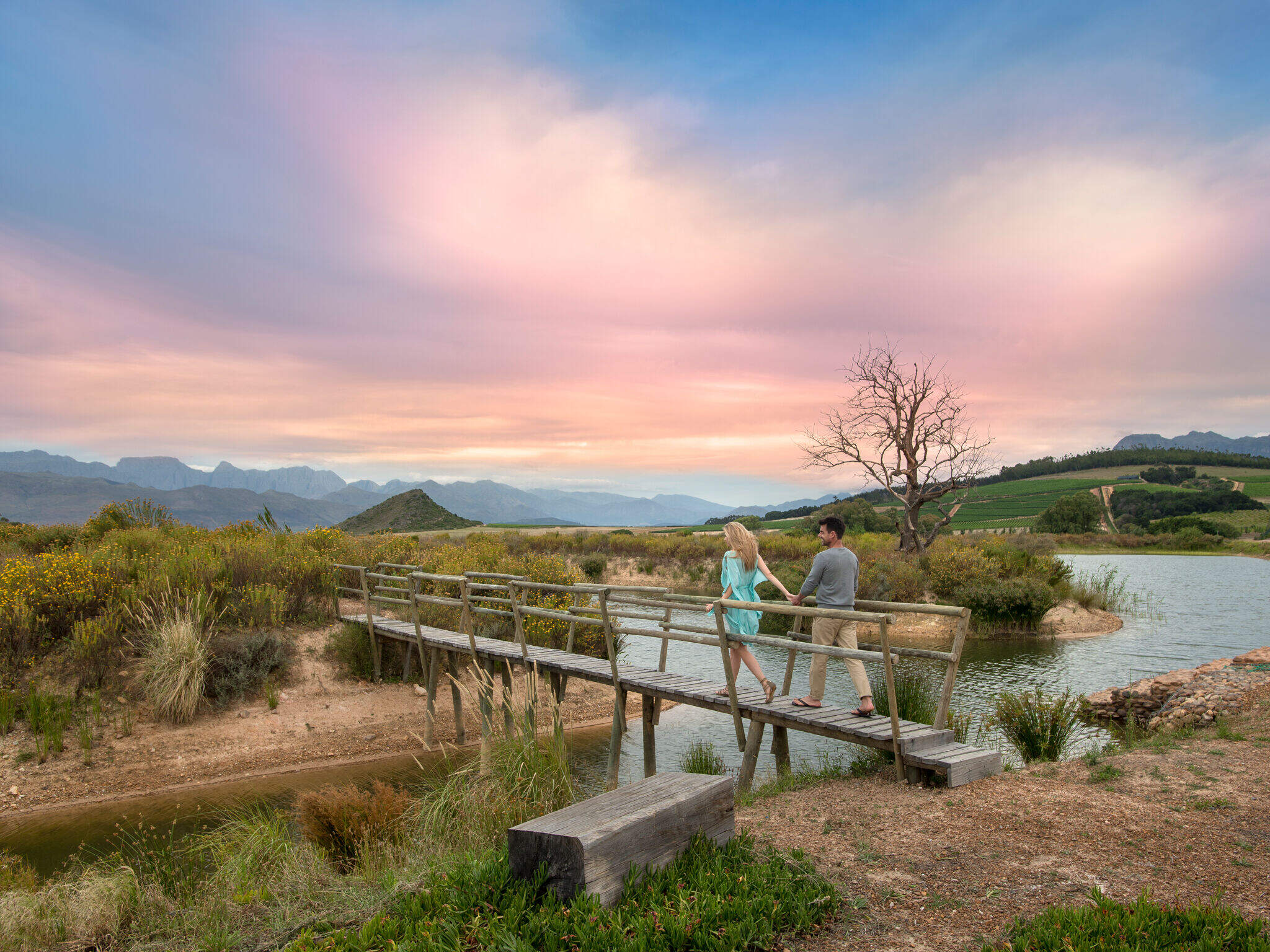
Romantic safaris and castaway island retreats.
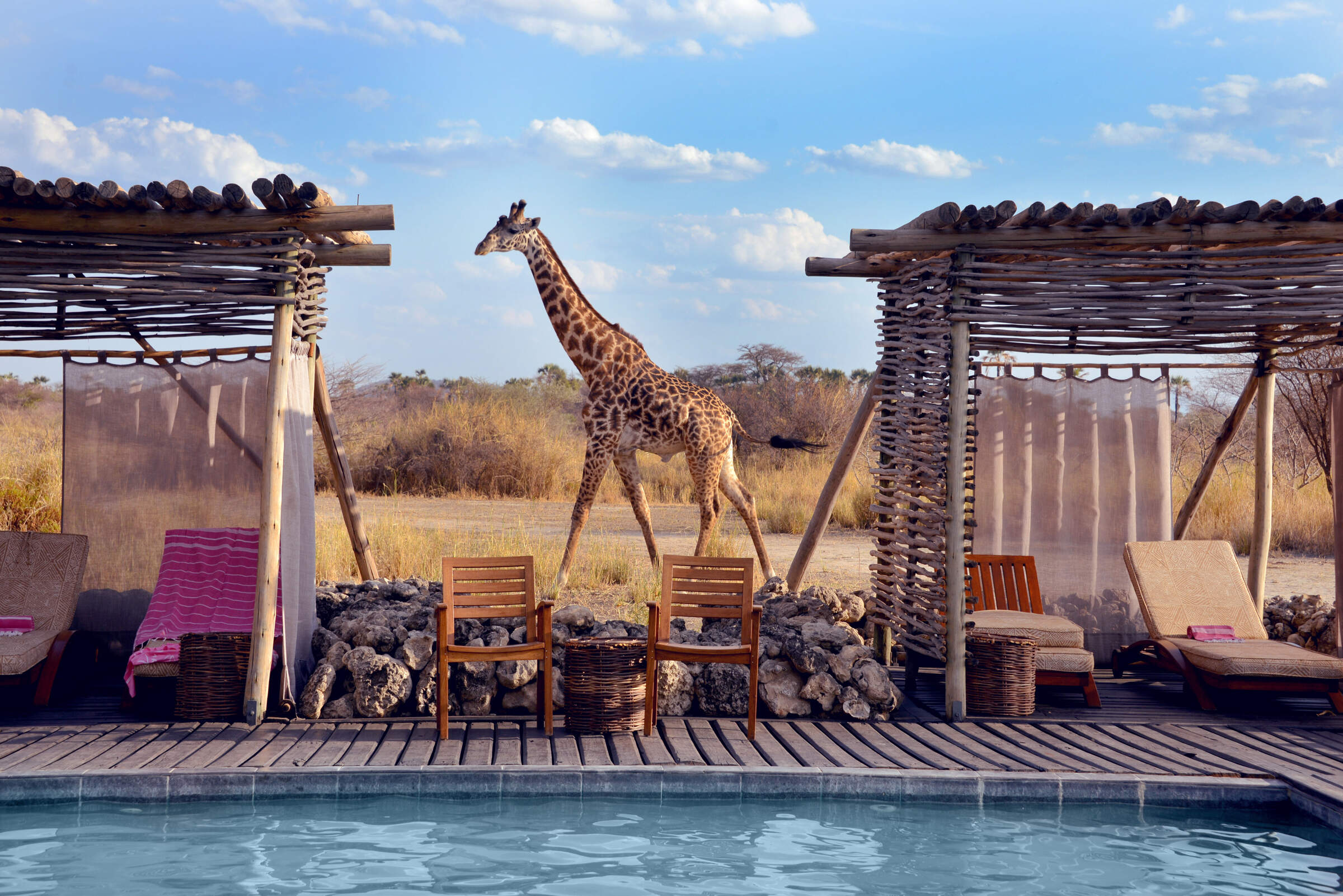
First-class service, scenic vistas and unparalleled comfort await you during these carefully selected luxury holidays.
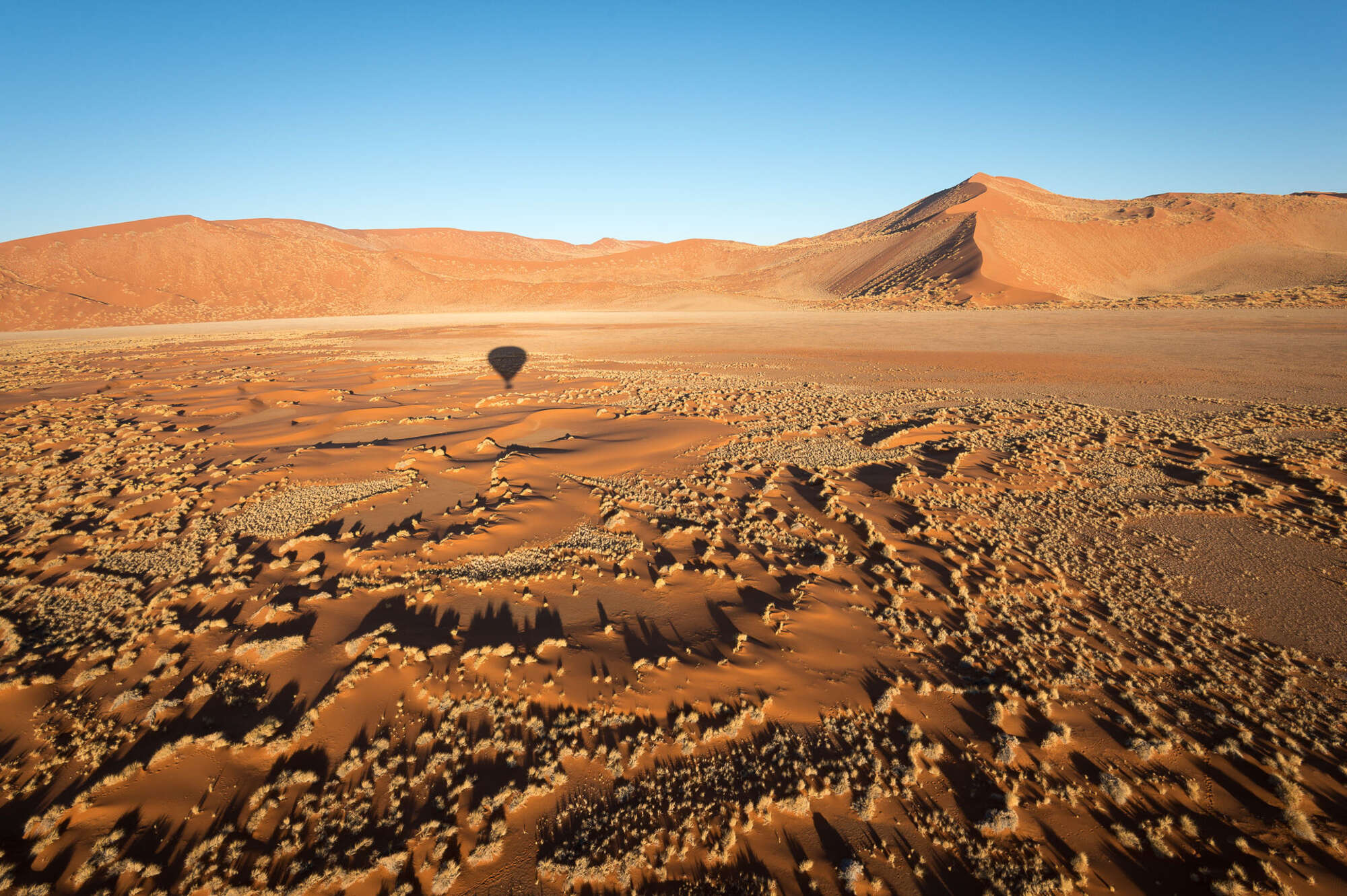
Photography holidays
Great holidays to suit the keen photographer.
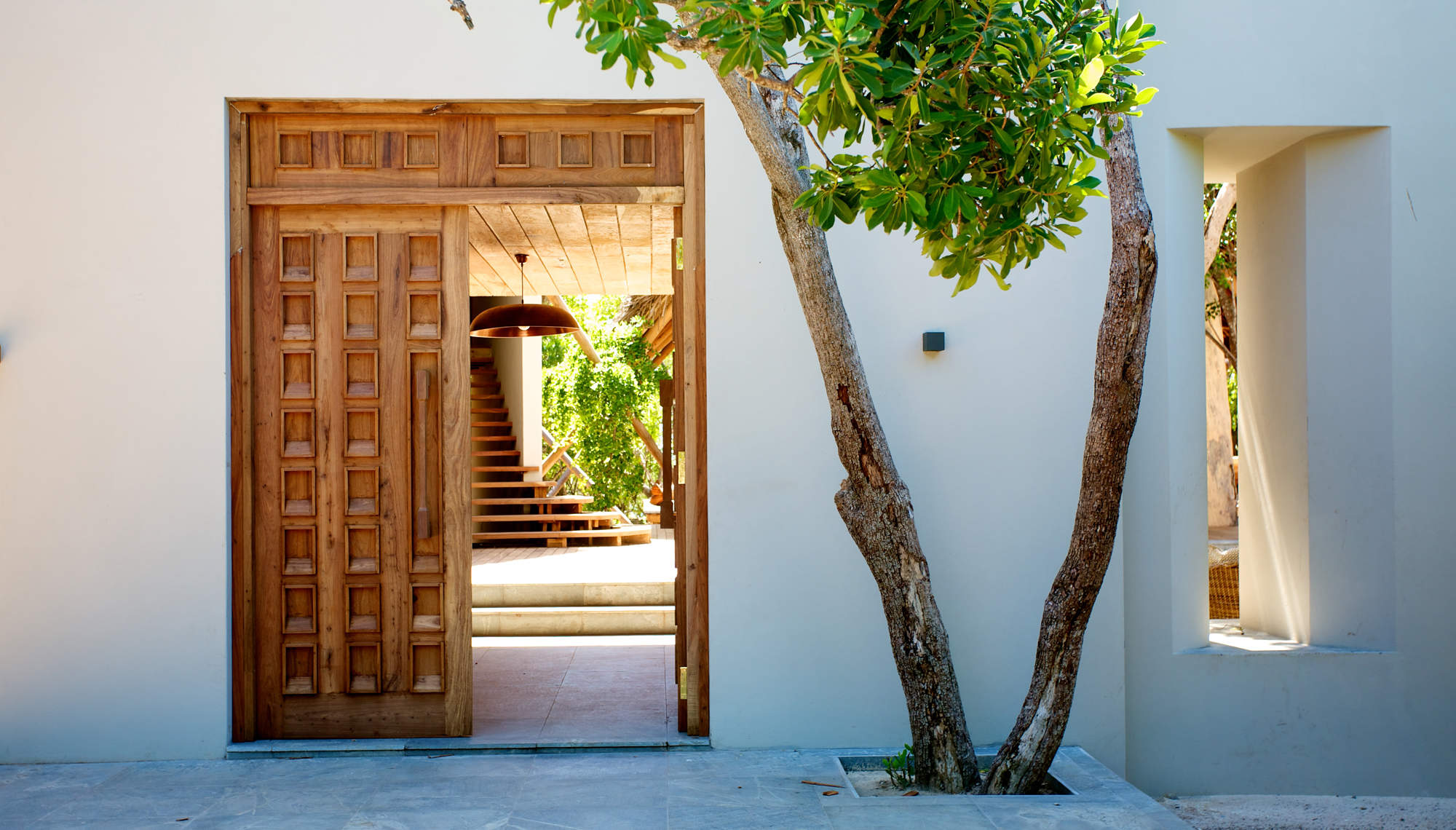
Private villas & houses
Enjoy Africa with just your friends & family
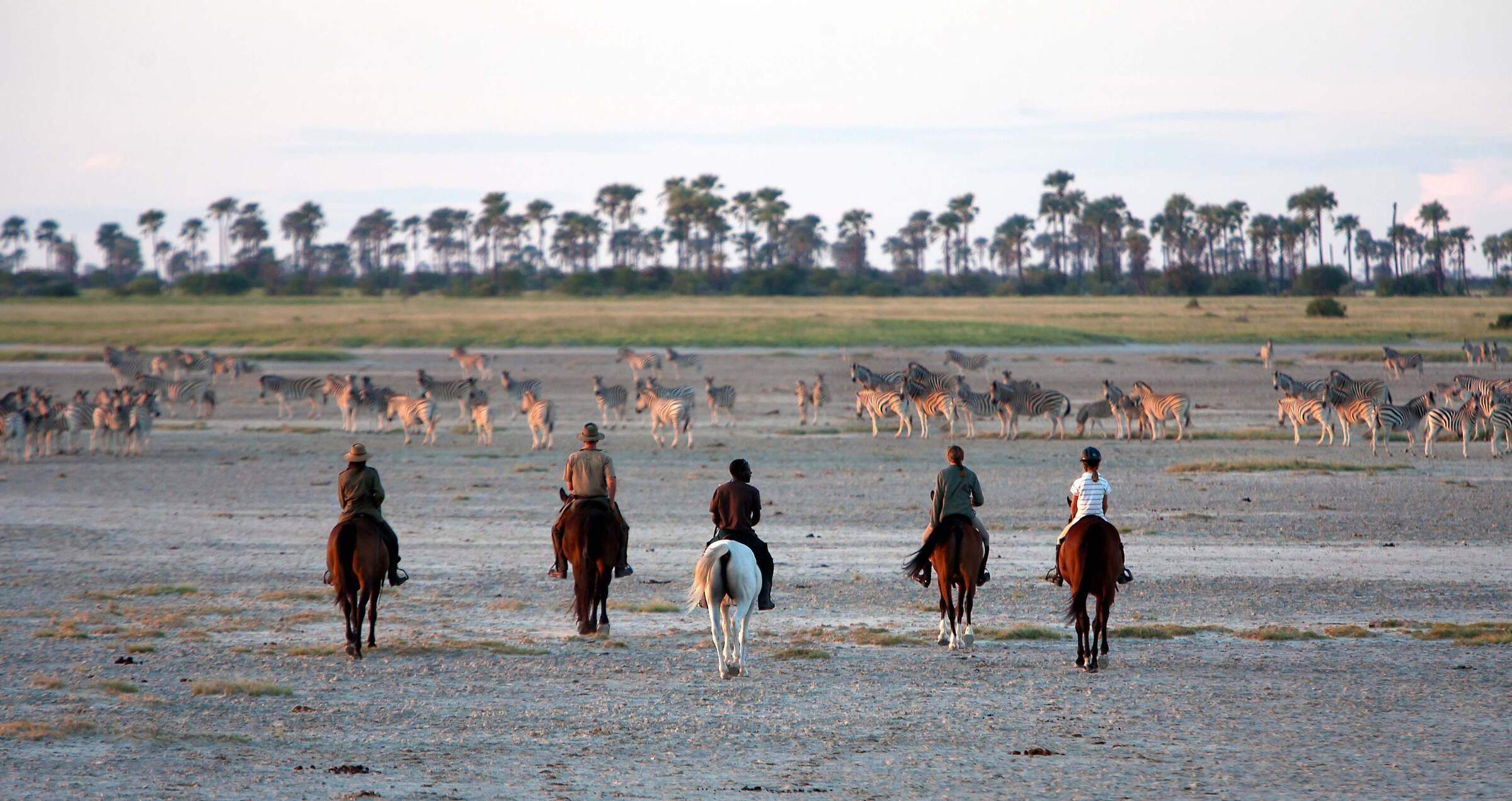
Riding holidays
Explore Africa's wilderness on horseback.
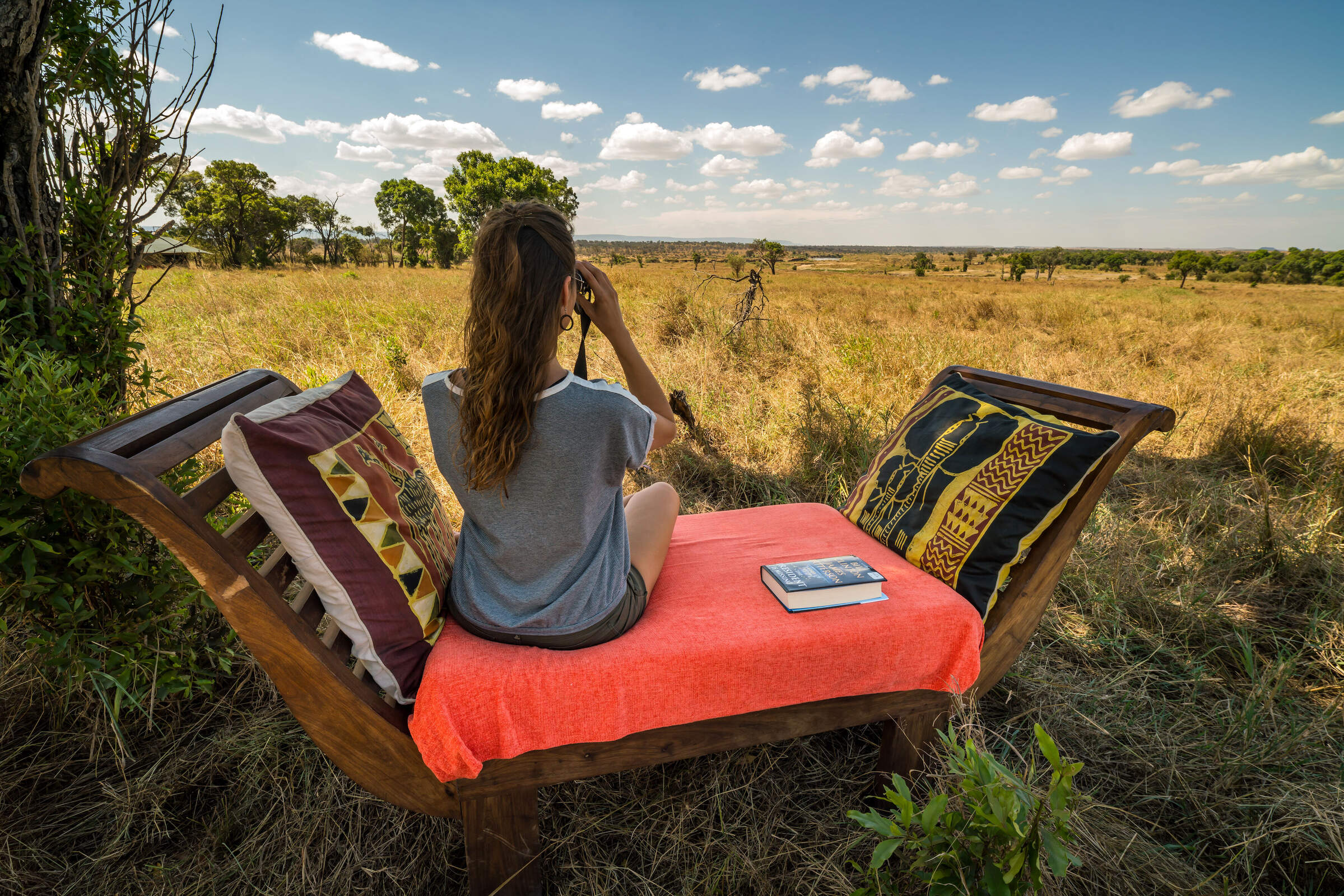
Solo Travel
Trip ideas ideally suited for a solo traveller.
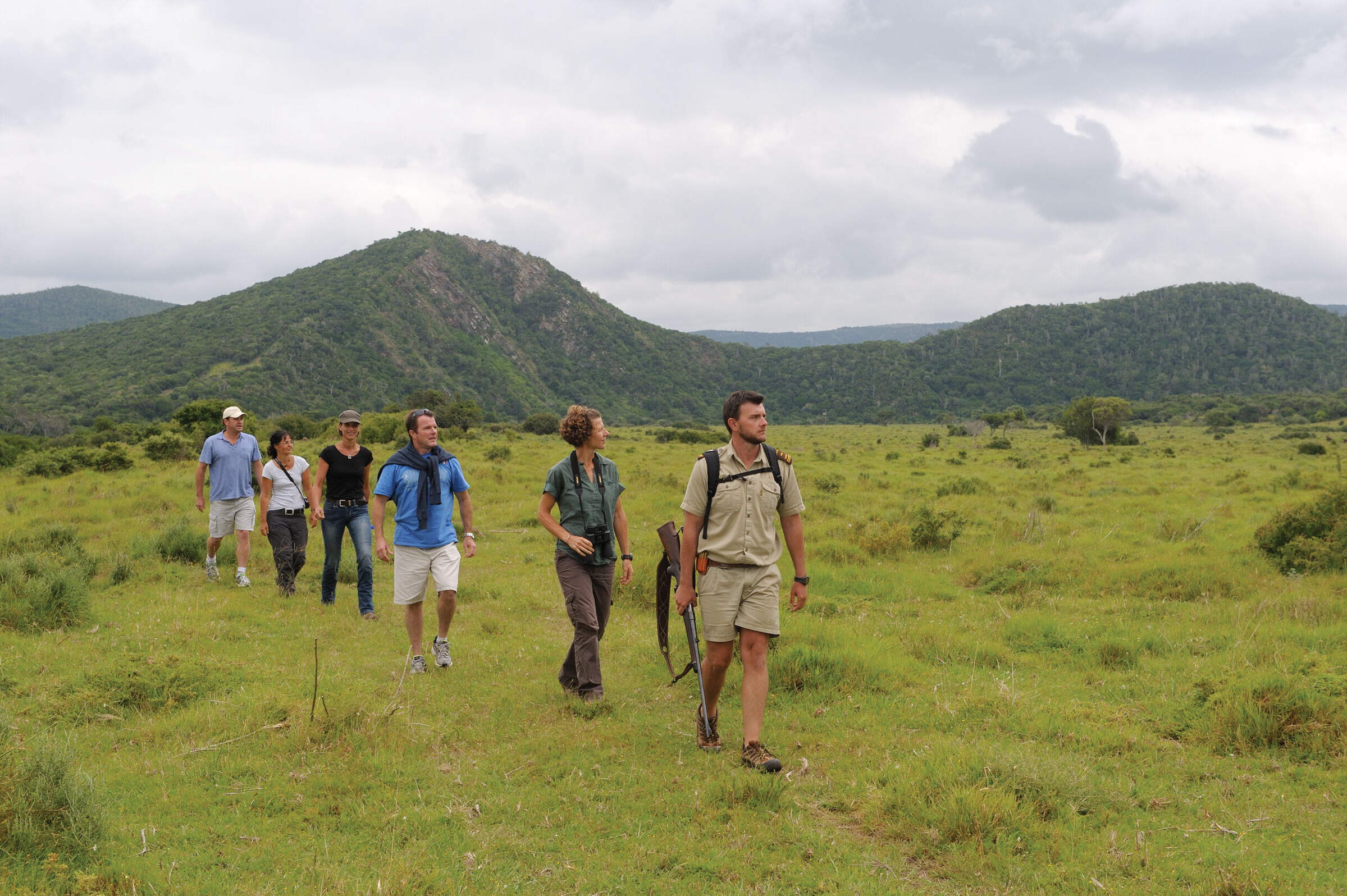
Explore Africa's most scenic trails on foot.
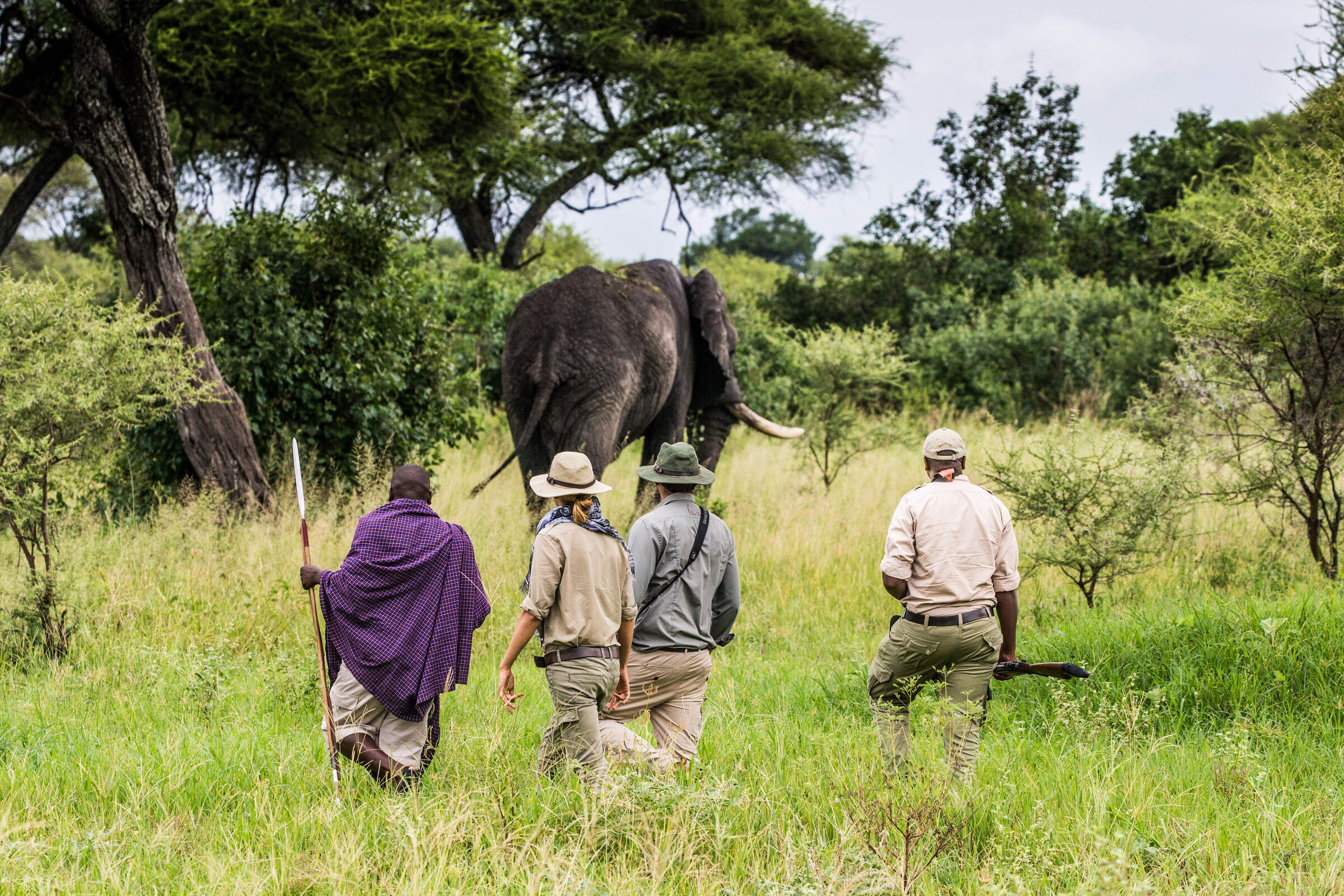
Walking safaris
Explore Africa's untouched wildernesses on foot.
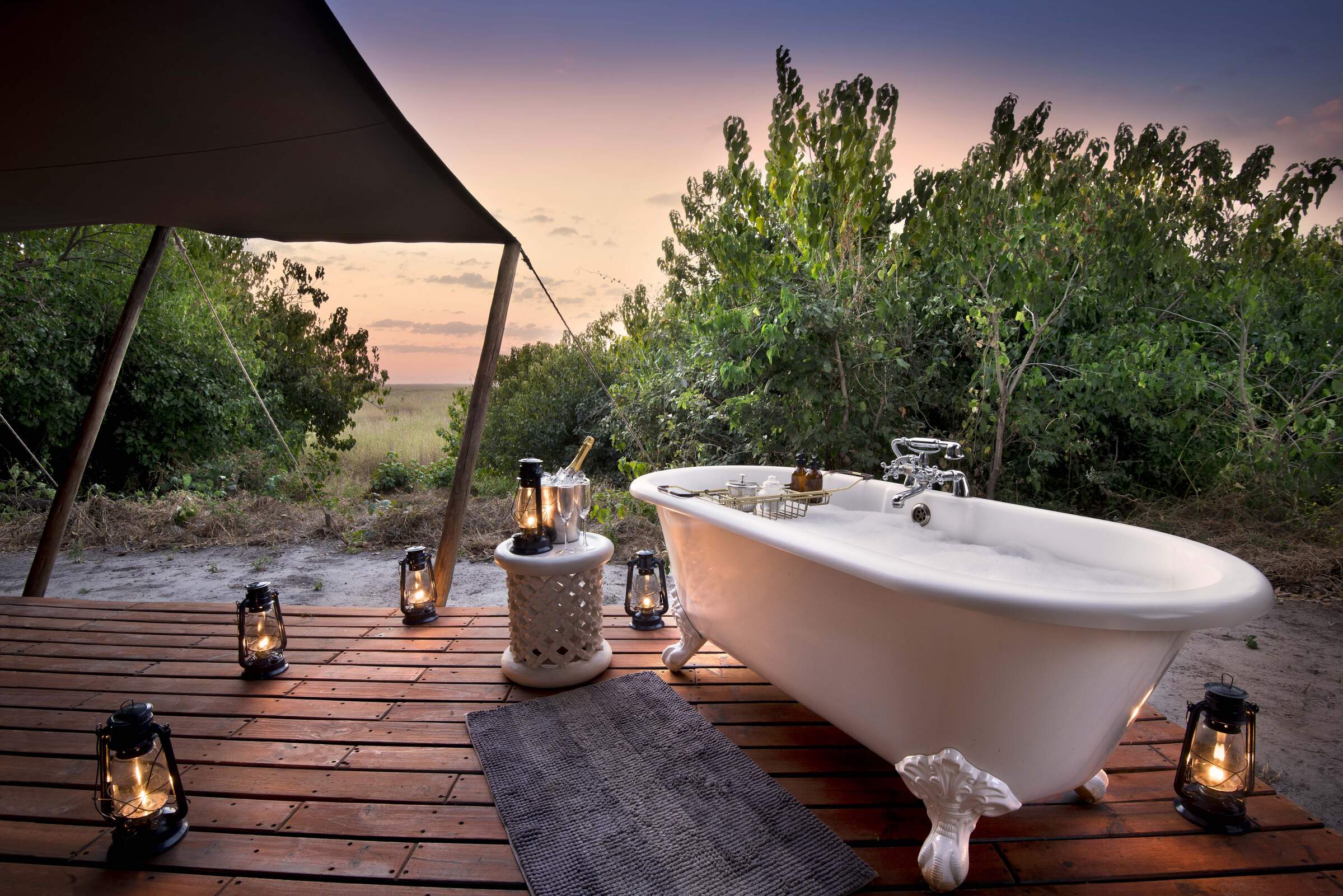
Wellness escapes in stunning locations
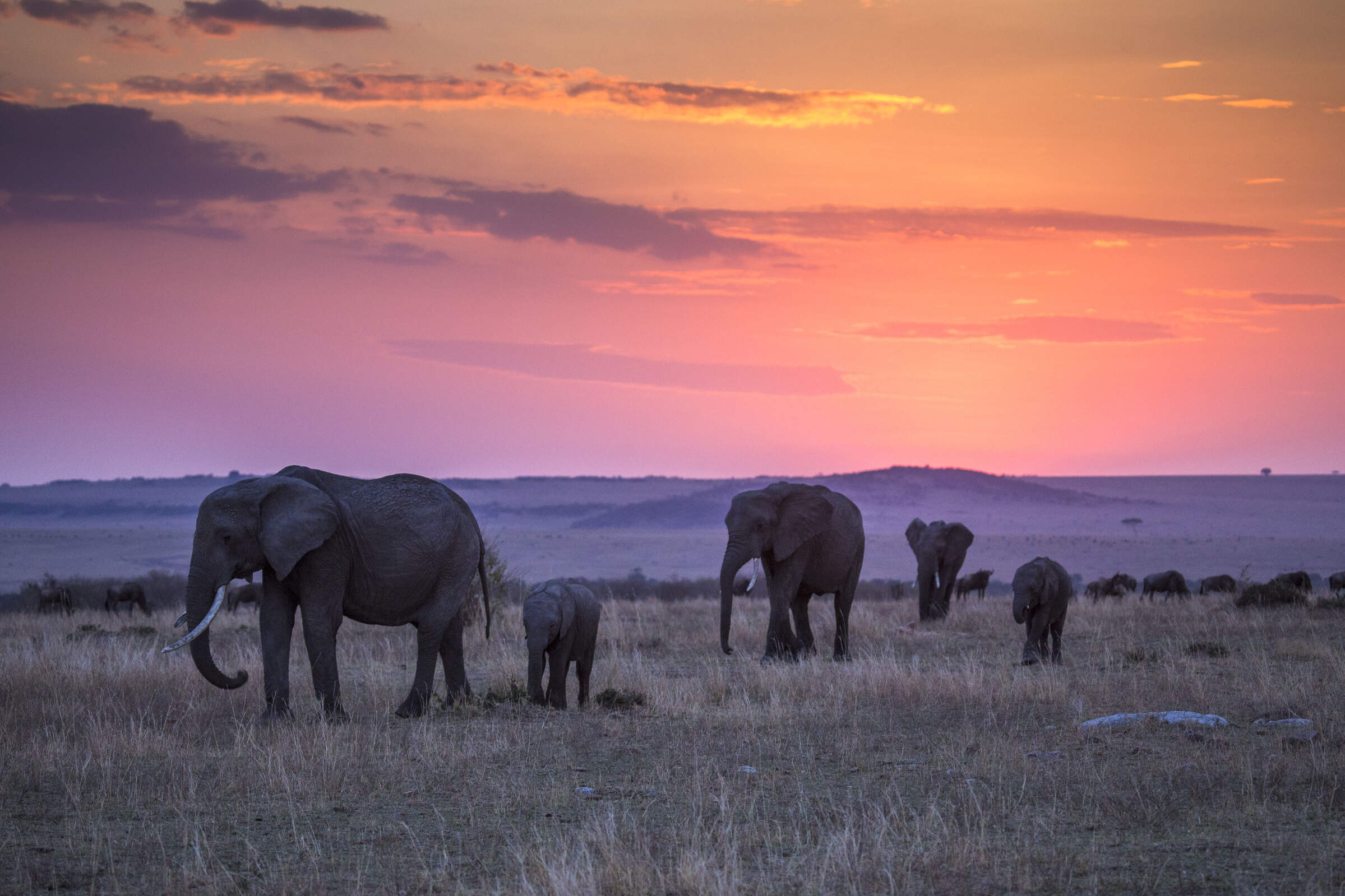
Wildlife safaris
These trips include hard-hitting game and fascinatingly elusive species alike, as well as superb guiding and a variety of diverse ecosystems.
Frequently Asked Questions
Botswana FAQs
Numerous questions occur when you’re planning a Botswana safari, the sort of thing that you’d like to ask a friend who has been before, but may seem trivial.
Those below are some of the questions that we’re frequently asked, from what to expect on a mobile safari, to why Botswana is expensive. Everyone is different, though, so please do contact us with your questions – however trivial; we’re here to help.
Why are Botswana safaris so expensive?
Botswana has positioned itself as a high-cost, low-impact tourism destination, in order to protect the environment. In addition, many of the region’s great wildernesses are exceptionally remote, making operational and transport costs proportionately high. For the visitor, the rewards are many. Exclusivity is at the heart of a Botswana safari, with only a few lodges and camps in each of the vast private reserves, employing some of the industry’s top guides. Even in Botswana’s national parks and game reserves, safari lodges – and visitors – are limited. A further plus is that except in hotels in places such as Maun and Kasane, most trips include meals, activities, laundry and park fees, and some even include drinks. So while costs are often high, Botswana safaris can offer very good value for that money.
What are the tents like on a tented safari?
Except on a mobile safari like this , the “tents” in a game lodge are as far from camping as you could imagine. For the most part they’ll be walk-in structures with a metal or wooden framework, with stretched canvas sides and roof. In the simplest, screened windows set into the canvas keep out bugs, and roll back “doors” may open onto a private veranda with a view, while see-through covers and canvas blinds can be rolled down at night or during the rainy season. At the luxury end of the spectrum, some “tented rooms” may boast sliding glass doors and air conditioning. All will have en-suite bathrooms, ranging from the simple but functional to the seriously hedonistic.
What's a mobile safari like?
Essentially, you’ll be staying in small but comfortable tents – think glamping, or “comfort camping” – that are moved on a regular basis by your mobile safari crew, leaving no permanent footprint. There’ll usually be at least two if not three different locations, with guests enjoying guided safari activities while the camp is moved to the next location. Typically you’ll have breakfast in camp, prepared over an open fire, then you’ll set off to explore on a game drive, sometimes with a packed lunch, sometimes returning to camp at midday. Come the evening, you’ll return to camp for a bucket shower in your own tent, followed by drinks and a hearty meal under the stars. All mobile safaris cater for just small numbers, with some, such as our private guided mobile safari , exclusive to one group of travellers – making them ideal for a family safari or small groups of friends travelling together.
What’s a typical day on safari?
Most Botswana safari lodges offer two activities a day. After an early-morning wake-up call – usually at or just before sunrise, when wild animals are at their most active – you’ll be offered a hot drink and a snack, or a more substantial breakfast, before you set out. This is usually on a morning game drive, but it could be a walking safari, a mokoro or motorboat trip, or even a short canoe safari. At most lodges you’ll return late morning for a substantial, well-prepared meal, either brunch or lunch. Siesta time follows, the opportunity to sit back with a pair of binoculars and scan the surroundings, or to relax with a book. Mid-afternoon sees tea or coffee with cake, and perhaps a savoury snack, ready for your late-afternoon activity. Sometimes you’ll return to the lodge before sunrise; in the private reserves you may stay out for sundowner drinks before returning for dinner.
Can I self-drive around Botswana?
While driving yourself around parts of northern Botswana is possible, it’s not something we offer – with the exception of short forays into the Okanago’s Panhandle as part of an add-on to a self-drive trip around Namibia. Firstly, because many of the best safari areas in Botswana are in private reserves, which are completely off-limits to all self-drive travellers. The only way to visit most these is on a fly-in safari. Self-drive safaris are effective limited to the national parks and reserves – typically Chobe , Moremi , Nxai and Makgadikgadi – which are generally much busier, and more regulated, than the surrounding private reserves. Through these national parks, the “roads” these are scarcely more than sand tracks, which change with the seasons. Trips through these become expeditions on which you must take all of your camping equipment, food and supplies. The complete lack of back-up means that they’re far from relaxing holidays: what do you do if your track is blocked by a fallen tree, or an area is made impassable by a flood? Without a knowledgeable guide, finding the very wildlife that you’ve come for is simply pot luck on a self-drive – and you’ll spend much of your time focusing on getting around, camping and cooking for yourself. Whilst several of Expert Africa’s more adventurous Botswana experts have done these trips – and we’ve even written the definitive guidebooks on how to do them – we don’t recommend them and don’t organise them for travellers. So our safaris in Botswana leave the driving, the cooking and your comfort to the experts, leaving you to enjoy the animals, the landscape, the sheer wilderness that is Botswana’s biggest draw.
How many nights should I stay?
Many of our suggested Botswana safaris can be fitted into a week’s vacation, ranging from four to seven nights. This is plenty to explore a couple of areas of northern Botswana, perhaps two camps within Moremi Game Reserve , or visiting both Chobe National Park and a private reserve within the Okavango Delta , without feeling rushed. For those with plenty of time, the options are endless. Combine a week on a Botswana wildlife safari with time visiting the lesser-known attractions of the North-west Kalahari , or the Kalahari's Salt Pans , or seek out the rarities – such as sitatunga, Pel’s fishing owl, the slaty egret or sable antelope – in different areas of the Delta . A balance of wildlife and cultural attractions can also be appealing; Botswana has a wealth of ancient rock art just waiting to be explored.
Our other African destinations
At Expert Africa, we're experts in African travel. If Botswana is too pricy, we can guide you to look at several great alternatives.
Zambia stands out with its exceptional wildlife and intimate camps, including several top-notch owner-operated establishments that compete with Botswana's best. Meanwhile, Zimbabwe offers an experience which is often more rustic, but hugely enhanced by the sheer quality of its safari guides.
For an entirely different but equally thrilling safari, consider Namibia . Its vast landscapes allow for self-drive adventures that come at a fraction of Botswana's cost – including world-class safari elements.
For those wishing to pair their safari with aquatic activities or seaside relaxation, the east coast of Africa beckons. We recommend Kenya , Mozambique , Malawi , and South Africa . Island extensions to Zanzibar or the Seychelles are also fantastic options.
And if encountering mountain gorillas is a dream of yours, Rwanda should not be overlooked.
The choices are varied, so contact us ; to help you to craft your perfect safari – wherever that may be.
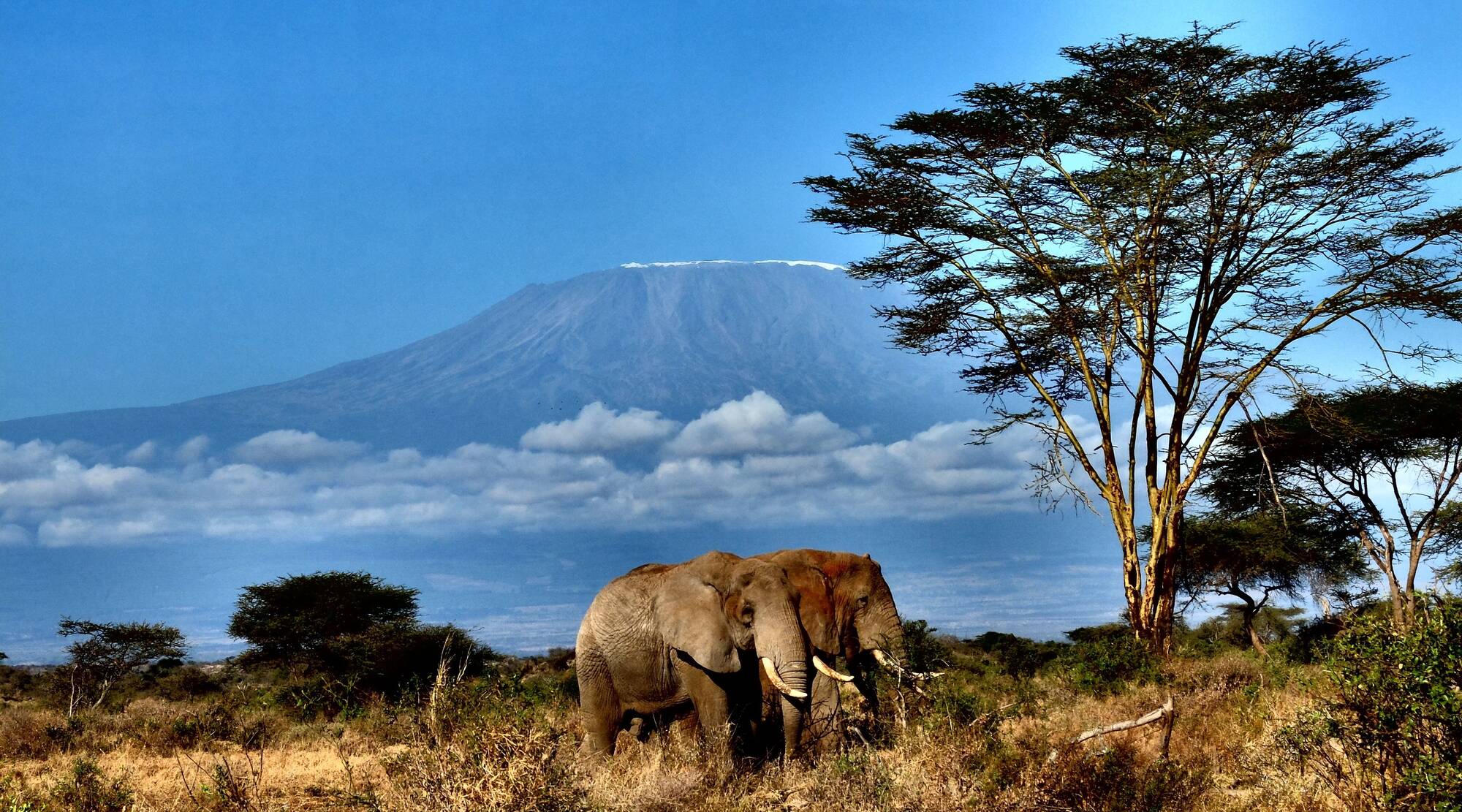
Humanity’s ancestors lived in Kenya, which is now home to people speaking 42 languages, and some of Africa’s rarest, most magnificent wildlife.
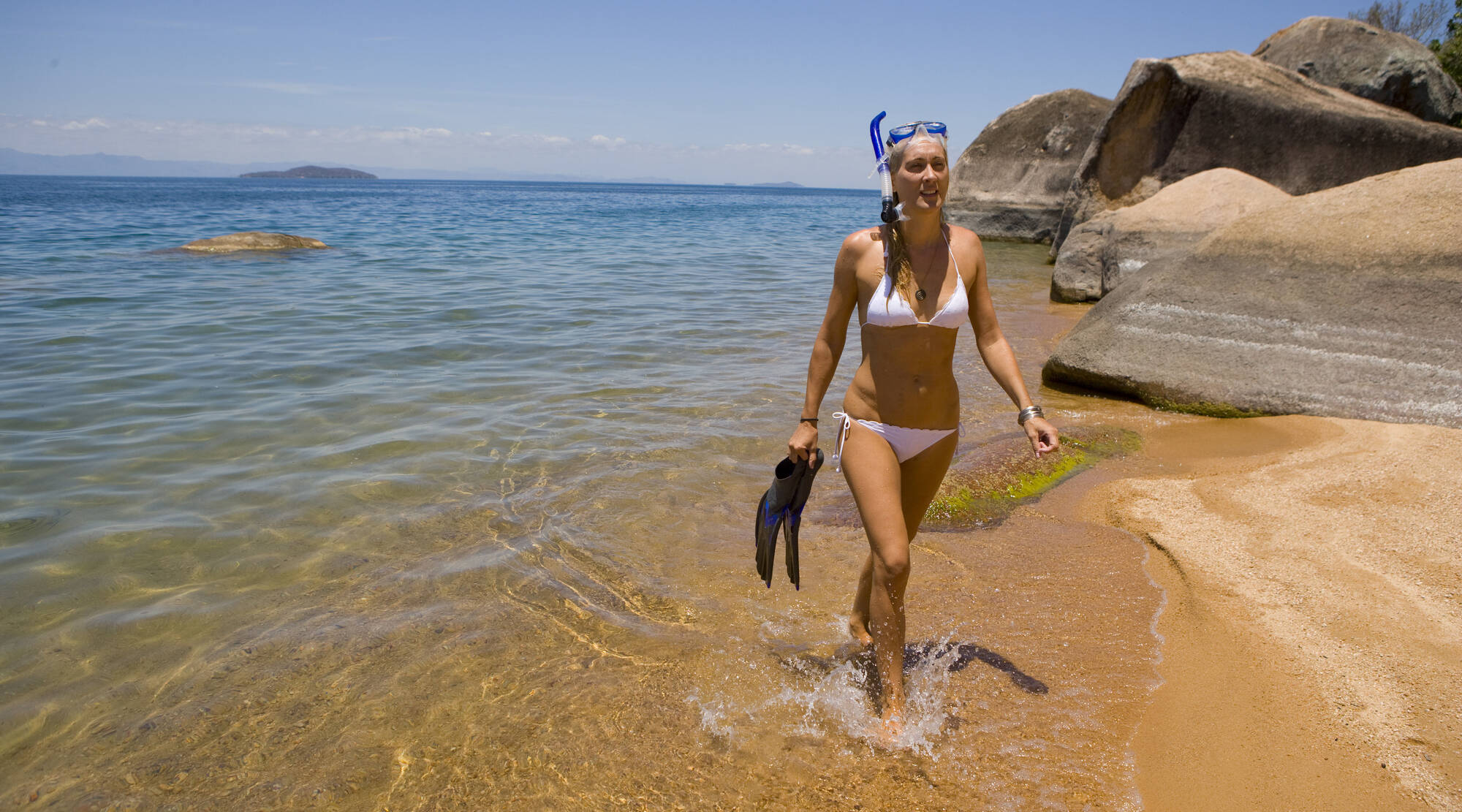
With tropical rivers, Rift Valley plateaux, the crystal-clear waters of Lake Malawi and a stunning lakeshore, Malawi invites relaxed exploration.
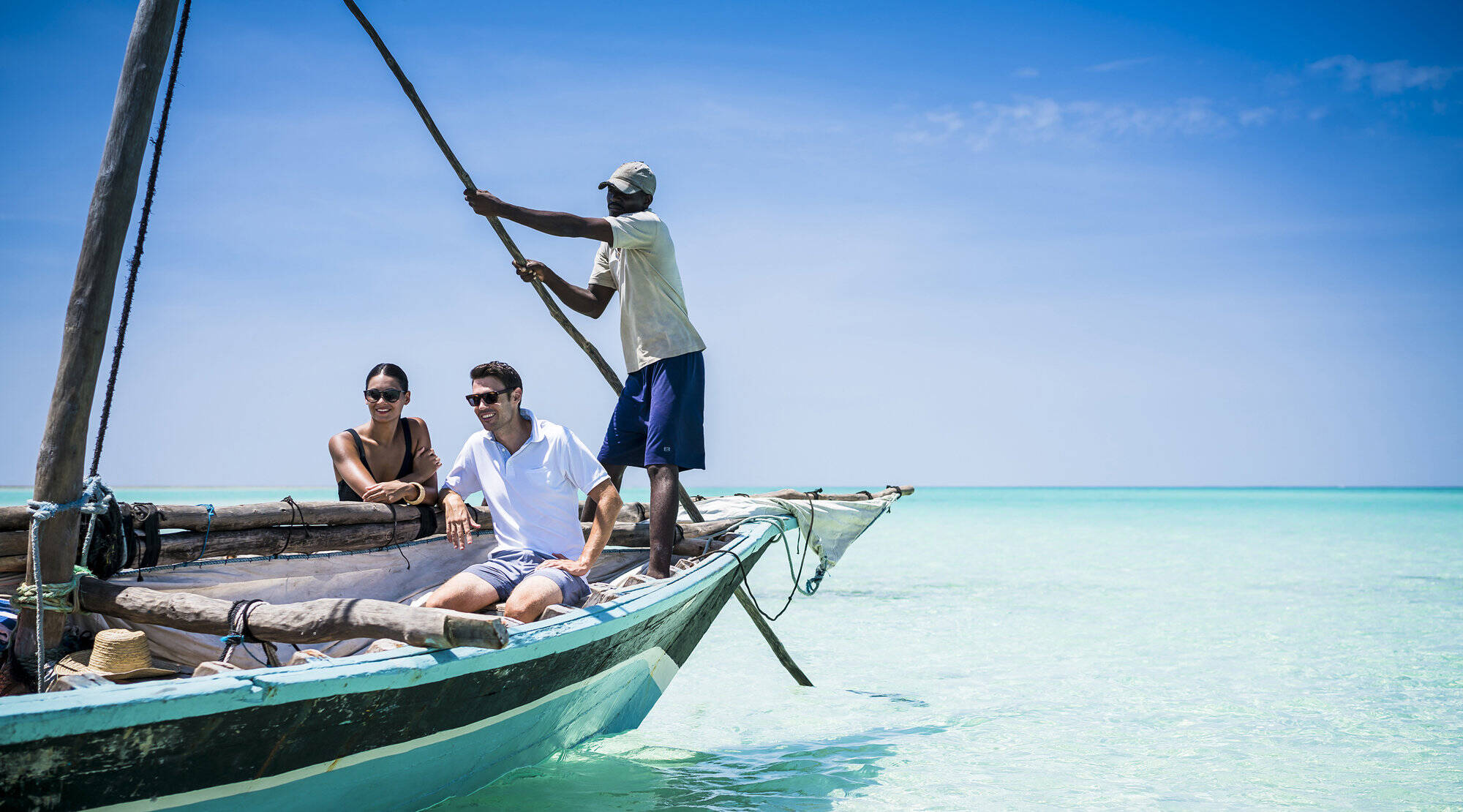
An ocean paradise protected by world-class marine parks, Mozambique’s idyllic archipelagos offer heavenly hideaways, outstanding diving and laid-back luxury.
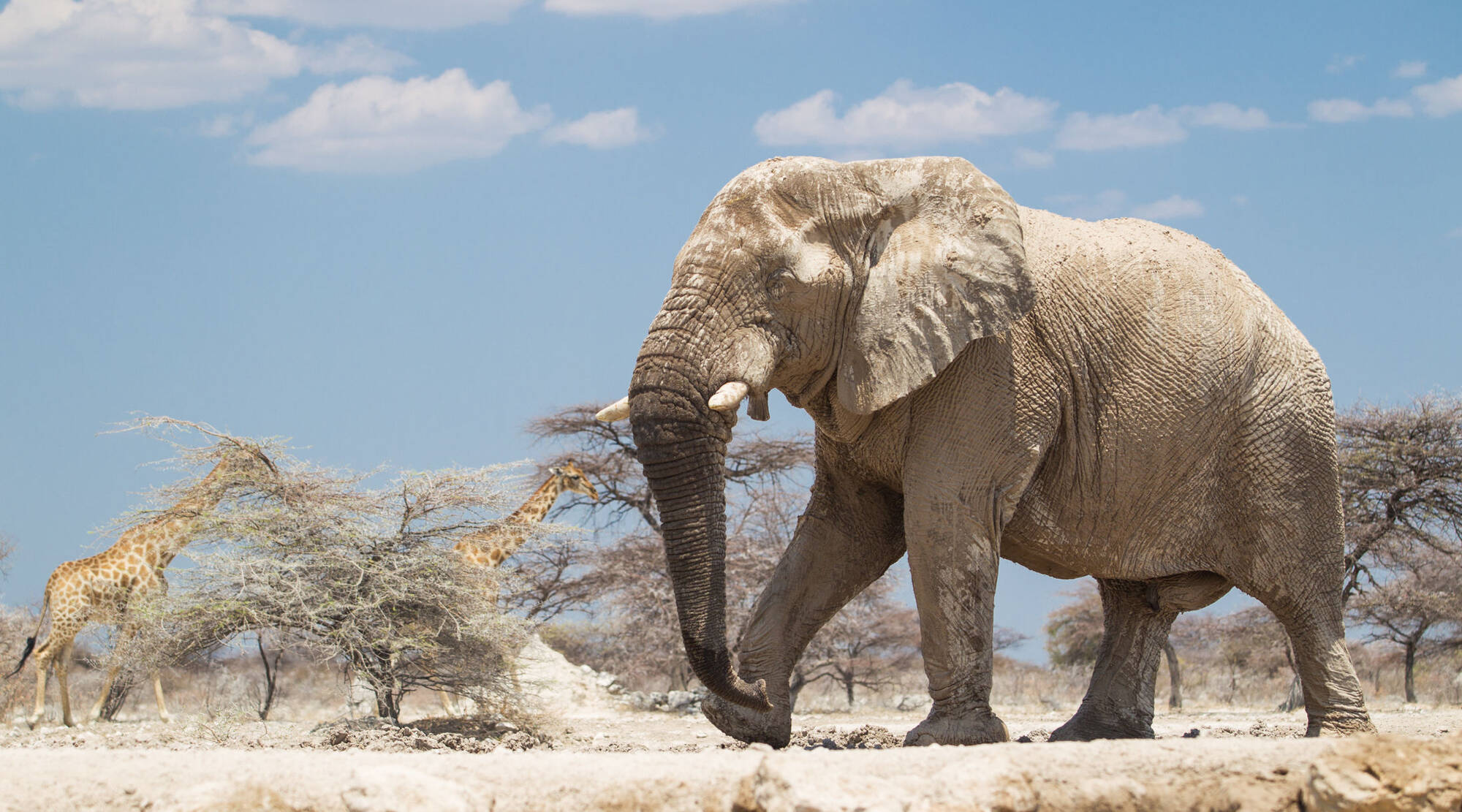
Spectacular scenery, diverse wildlife and a rich cultural heritage await discovery by air, with a guide or on a self-drive adventure.
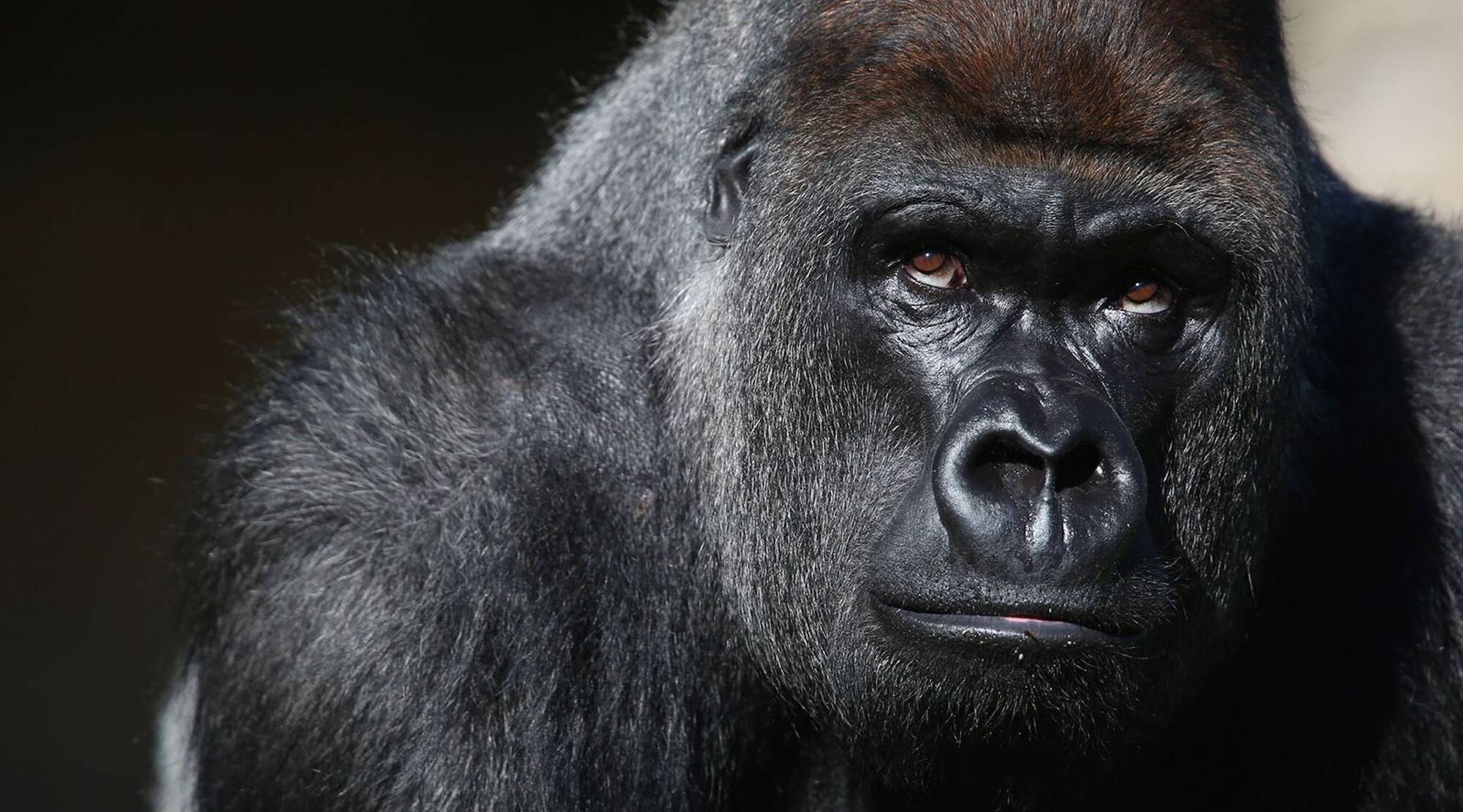
This small, mountainous country offers Africa’s best gorilla treks, other good safari options and a profound human element in every trip.
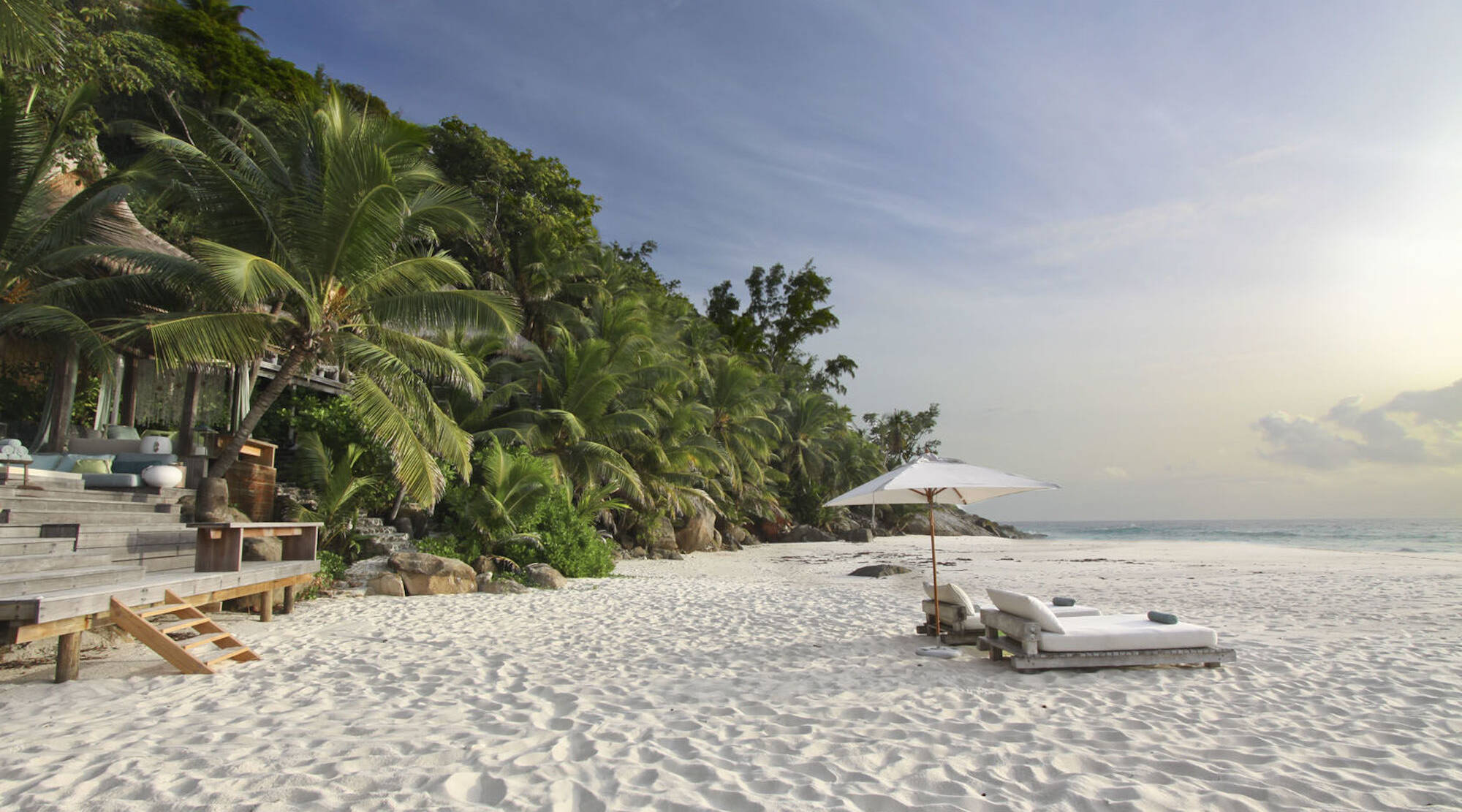
The ultimate glamorous getaway: the lush islands of Seychelles are enchantingly beautiful and stylish sanctuaries for both wildlife and ocean-lovers.
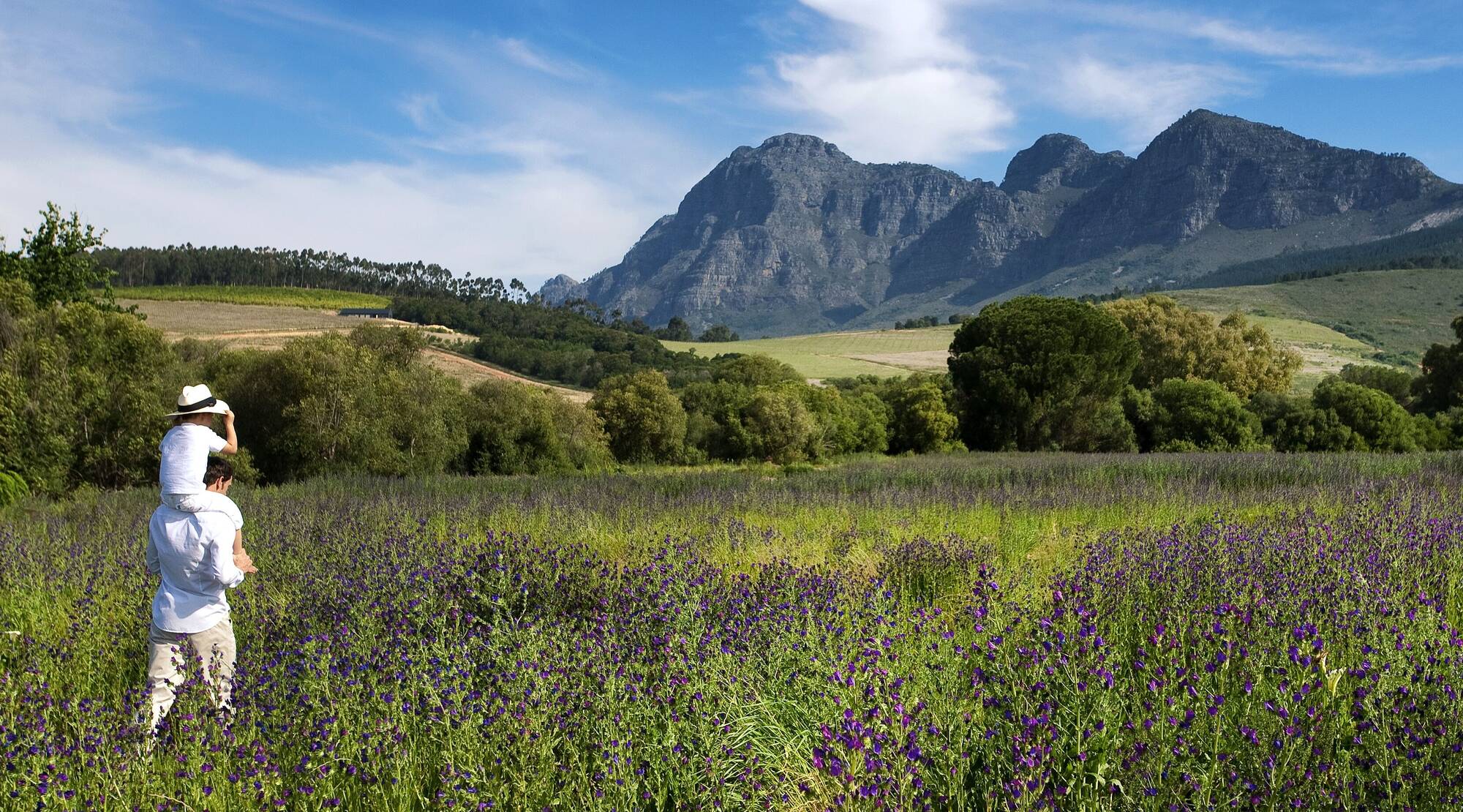
South Africa
Cosmopolitan Cape Town, world-class wineries, brilliant ‘Big Five’ safaris and spectacularly diverse scenery make South African holidays fabulously exciting and enjoyable.
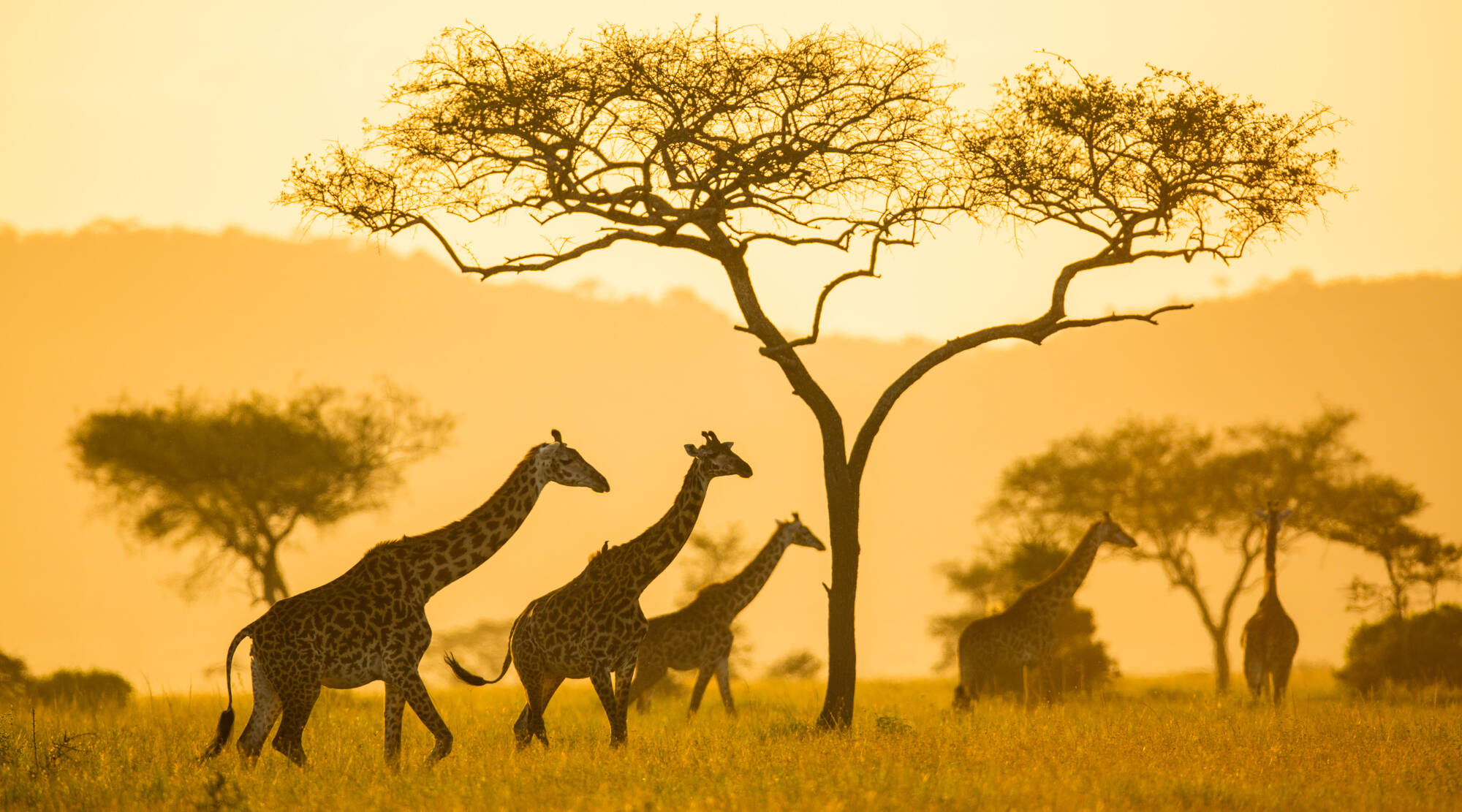
East Africa’s biggest country has a wide range of parks to explore and some of the Indian Ocean’s best island retreats.
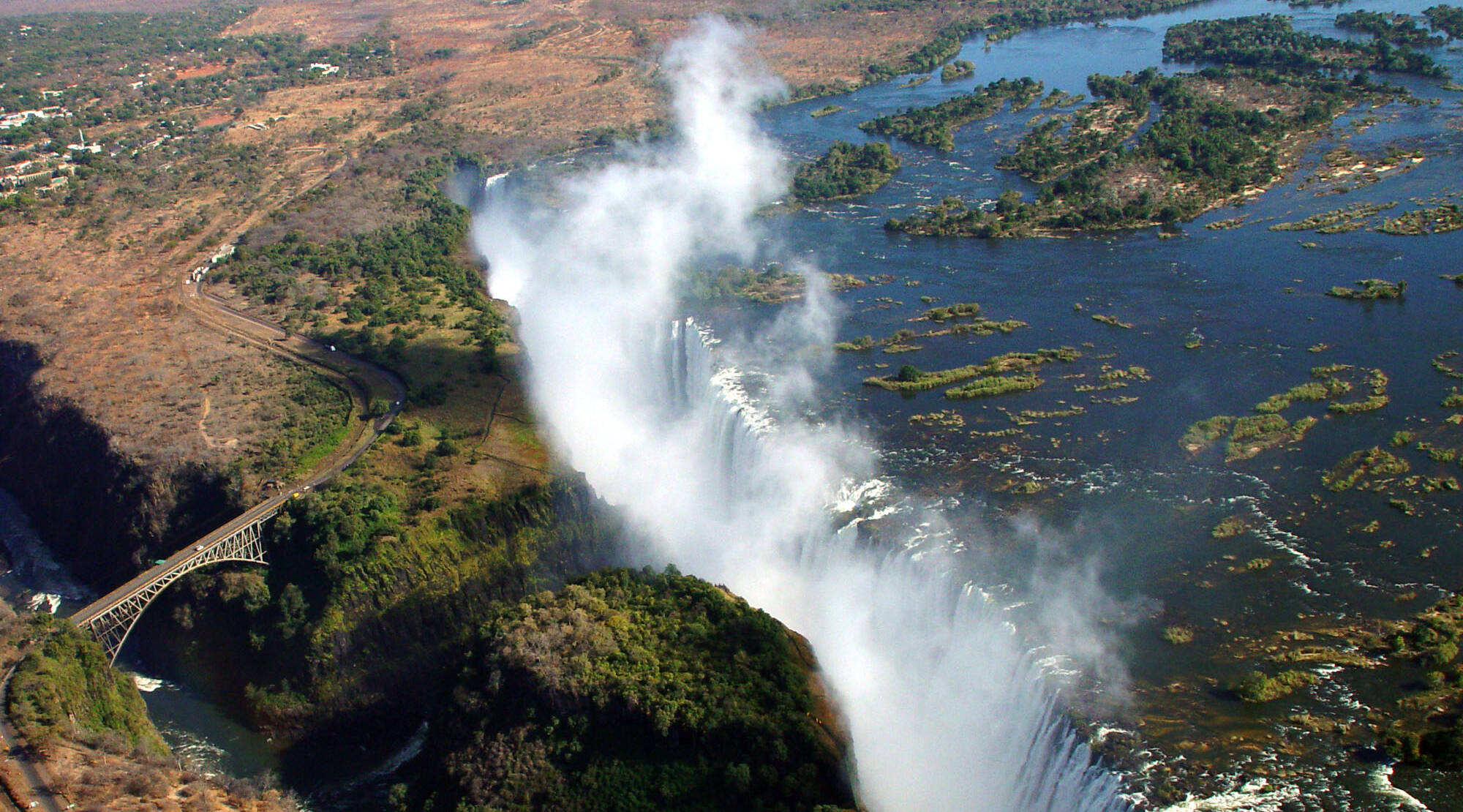
Home to walking safaris, exceptional wildlife, superb guiding and the mighty Victoria Falls, Zambia is Africa at its most alluring.
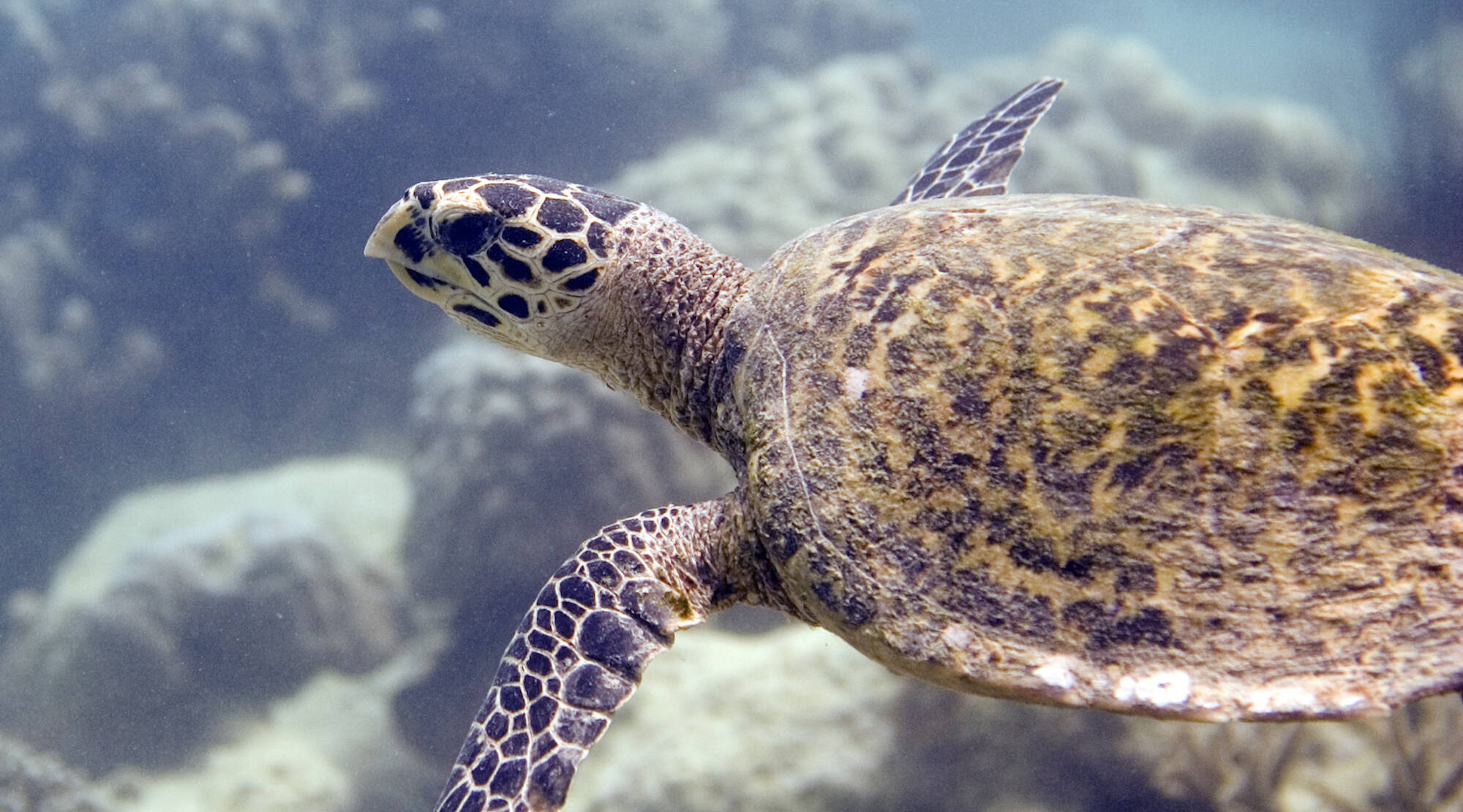
The ultimate Spice Island: Zanzibar’s mystique, marine life and chic beach retreats make it Africa’s most alluring archipelago.
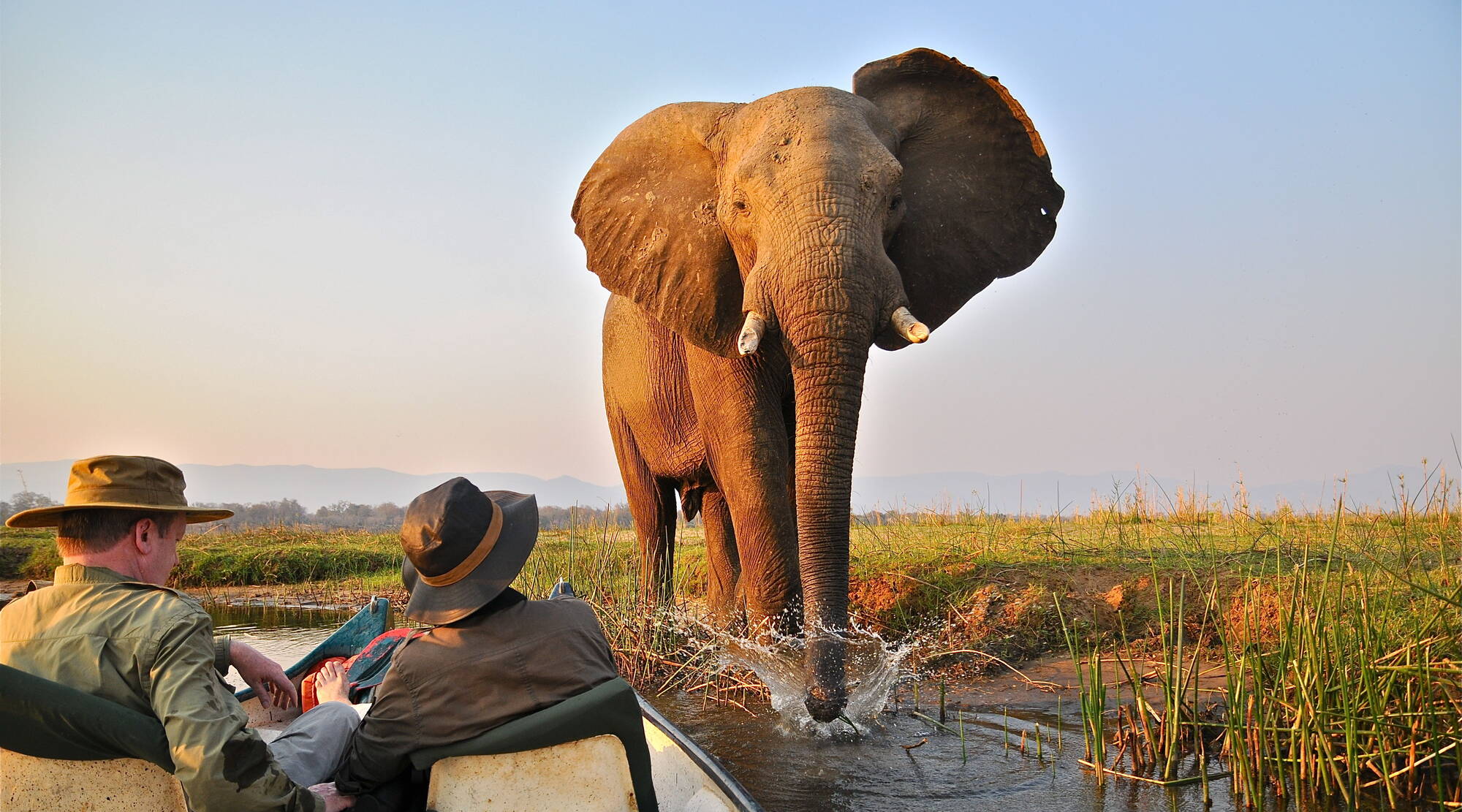
Stunning national parks teeming with game, plus Africa's finest professional guides and the spectacular Victoria Falls: Zimbabwe is enthralling.
Elephant safari in Linyanti
Login to Expert Africa
Sign in with password
Sign in with email link
New to Expert Africa? Create an account
Forgotten your details?
It's free & quick to set up
- Save your wish-list
- Send us an enquiry
- Pay online for your trip
- Subscribe to our newsletter
- Give us feedback on your trip
- Full site benefits of the site
Need some help? Talk to our team
- &BEYOND LODGES
- South Africa
- Flying solo
- With my partner
- With my family
- Adventurous
Responsible Travel
- Private Travel
- Slow Travel
- TRAVEL TRADE PORTAL
- MANAGE YOUR TRAVEL BOARD
Choose your immersive safari experience
- Indian Ocean Islands
- South America
- Central Kalahari Game Reserve
- Chobe National Park
- Makgadikgadi Pans
- Mashatu Game Reserve
- Moremi Game Reserve
- Nxai Pan National Park
- Okavango Delta
ICONIC SIGHTINGS | PLACES TO VISIT | TRAVEL THAT SAVES | BEST TIME TO GO | MUST-TRY EXPERIENCES | IMPACTFUL CONSERVATION | THINGS TO KNOW
Why travel to see the world, when you can immerse yourself in it?
Botswana is not for the average traveller. A land of breathtaking contrasts, from the vast salt pans of the Makgadikgadi , to the sandy plains of the Kalahari , to the lush oasis of the Okavango Delta , Botswana is for the traveller who chooses to disconnect to reconnect, with themselves and the natural world, captivated by an African safari like no other. Sure, the usual luxury suspects are to be expected, but that’s what we call luxurious authenticity, forged in genuine warmth, unspoilt wonderments, and rare, crafted moments. So, if you’re the kind of traveller that seeks to glimpse the safari world as it should be, enchanting your soul as you go, then Botswana is for you.
Begin by unpacking our eclectic mix of Botswana experiences , ‘when to go’ calendar , recommended places to stay , adventurous itineraries , and other must-know tips and tricks . Our expert Africa team of travel specialists and guides, plus our 24/5 Global Concierge service, will no doubt ensure your Botswana journey is as special as the traveller you are.
Places to visit
Uncover botswana’s unrivalled destinations.
From immense elephant herds splashing in the cool waters of the Chobe River to an annual zebra migration meandering through the Linyanti and Savute regions. From untouched San Bushman rock paintings in the Tsodilo Hills to the stark and dramatic landscapes of the Kalahari Desert. From the magnificent range of specially adapted wild animals, including the sitatunga and red lechwe antelopes, found only in the Okavango Delta to Moremi Game Reserve’s renowned and brilliant birdlife. Botswana truly boasts some of Africa’s most varied and wild spaces, just waiting to be explored.
Beyond first impressions, experience lasting ones
Explore Botswana sightings
Our guides and guests’ best safari moments, take a listen.
&Beyond Regional Guide Trainer for Botswana, Dux Mareja chats about the beautiful land of Botswana, touching on the country’s main safari regions and what makes it such a unique destination to visit.
Our favourite offers to get you excited
Created especially for you, our wide range of offers allow you to tailormake your ideal African safari journey, just the way you want it. Alternatively, speak to one of our expert Travel Specialists who are able to recommend the best offer that suits your travel needs.
When should I visit Botswana?
Celebrated as one of the most exclusive and wilderness-rich year-round African safari destinations, Botswana boasts endless areas of protected natural terrains, untouched landscapes and diverse wildlife, seemingly tailormade for the most discerning traveller.
Must-try experiences
Create more than utterly unforgettable memories.
If you belong to that rare breed of traveller that’s looking beyond the latest hotspot for an extraordinary sincere and handcrafted experience, one that brings you as close as possible to the land, wildlife and people at hand – you’ve come to the right place. Think guided bushman nature walks following along the paths animals roam free, habitual meerkats keenly observing the dessert from atop your head, and scenic helicopter flights rewarding unreal aerial views of the Okavango Delta’s most remote and inaccessible spaces.
Immersive adventures that engage all your senses
Slow life right down and encounter the bush from an entire new perception, one that highlights the small miracles, from smelling and tasting wild medicinal herbs to listening the alarm call of the grey go-away bird to observing herds of red lechwa antelope drinking from the very water you are gliding through. Follow waterways that were once taken by river Bushman and BaYei people centuries ago or tread mindfully in the tracks of the Okavango Delta’s most celebrated wildlife.
Adrenaline-seeking ventures, beyond the classic safari
More often than not awarding travellers with the rare opportunity to uncover the untamed landscape with very few others, Botswana offers more than your usual safari experience, but rather one that is intimate, remote and exclusive. Promising up-close views of unique wildlife and vegetation, take to the roads, rivers or skies, reveling in the semi-aquatic antelope, intricate network of winding channels, impressive Tiger fish fishing excursions and scenic flights uncovering far-flung inaccessible spaces.
Travel itineraries that give more than they take
What better way to uncover the magic of Botswana than through one of our incredible journeys ideal for solo travellers, small groups and families. Alternatively chat to our expert team of travel specialists and guides to curate your own Botswana adventure focused on your special interests and needs.
We’ve been featured…

TAILORMAKE YOUR STAY
Talk to one of our travel specialists to tailormake you stay to any of our destinations
Impactful conservation
Explore responsible travel with us.
Wherever we go, we believe in creating meaningful connections with a light footprint. It’s choices like these that set us apart, allowing us to go beyond the expected, caring for the land, people and wildlife. When you choose to travel to Botswana with us, you’re choosing to travel with difference, aligning to our core ethos to leave our world a better place.
Skipper Mareja, Regional Human Resources Manager for &Beyond Botswana, talks about his experiences in tourism, from managing lodges in the Okavango Delta to making a difference in the lives of local communities. Listen to find out more about the many challenges faced by the communities living on the outskirts of one of the world’s best-known natural wonderlands as well as discover some of the incredible community-led projects being put into place to assist them.
Impact Review: Botswana
We have over 30 years of experience in caring for the land, wildlife and people of africa, and making a real and meaningful difference to the continent’s people and wild places., things to know, everything you need to make your travel dreams a reality.
We love helping to make sure your travel dreams come true. In fact, it’s our top priority. With you every step of the way, our expert Africa travel specialists will undoubtedly put your travel mind at ease providing you with all the support you need to plan your unforgettable Botswana journey.
What should I expect on a Botswana safari?
With its remote wildlife areas and vast stretches of sparsely populated land, a Botswana safari tour is a very different experience than a safari elsewhere in Africa.
Frequently asked questions
Why travel with &beyond.
We have been making a difference for 30 years thanks to you, our guests!
In our hands
You will have access to our unique Global Concierge service 24/7 while travelling
Travel Experts
Our Travel Specialists never send a guest anywhere they haven’t been themselves
Finest Guides
Finest interpretive experience from our incredible private and specialist guides
Explore Botswana with us
From exceptional offers to not-to-be missed tours and experiences, here are our favourite reasons to explore Botswana
Leaving our world a better place for years
Discover the impact legacy that your travel with &beyond is driving. just as the un’s sustainable development goals have been a touchstone for our vision 2020 group-operation sustainability audits, so they continue to guide and underpin our ambitiously scaled vision 2030 goals., we're sorry but this site doesn't work properly without javascript enabled., please enable it to continue., privacy overview.
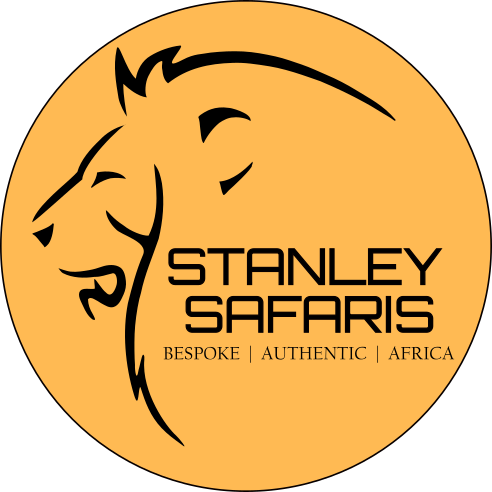
Luxury Safaris to Botswana
Botswana is renowned as one of the most incredible luxury wildlife and safari destinations in Africa. Massive private concessions within the Okavango Delta, a pristine wetland paradise, offer guests an exclusive safari experience where they get to enjoy wildlife sightings all to themselves and when combined with the vast open spaces of the Makgadikgadi Pans, offer our guests an incredible luxury safari experience.
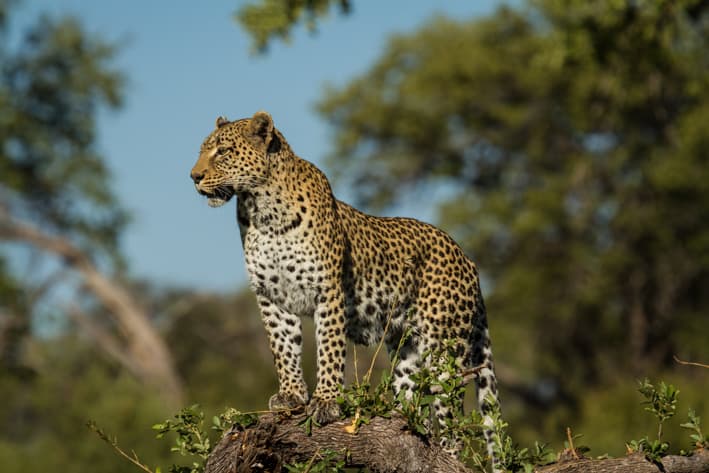
BEST OF BOTSWANA SAFARI
Destinations visited:
- Makgadikgadi Pans
- Okavango Delta
- Victoria Falls, Zimbabwe
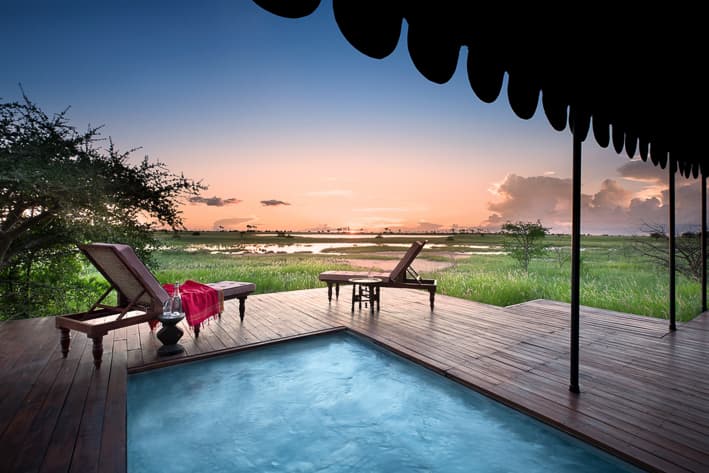
LUXURY BOTSWANA SAFARI
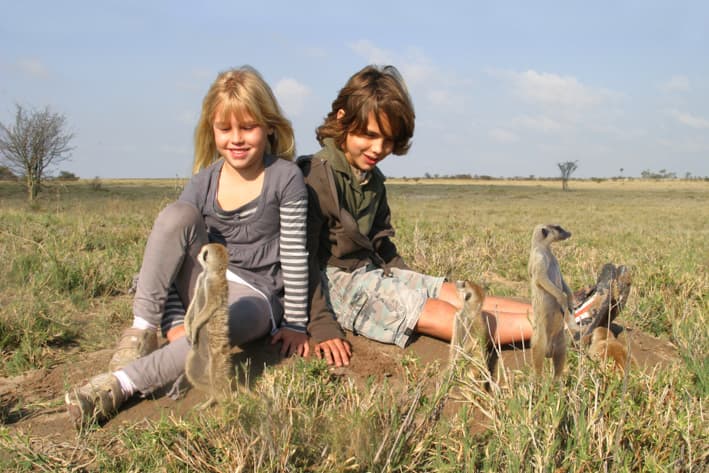
BOTSWANA FAMILY SAFARI
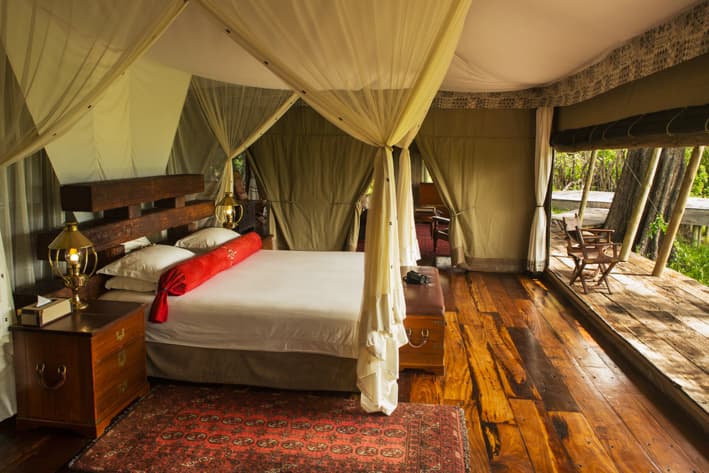
BOTSWANA HONEYMOON SAFARI
- Selinda, Botswana
- Bazaruto, Mozambique
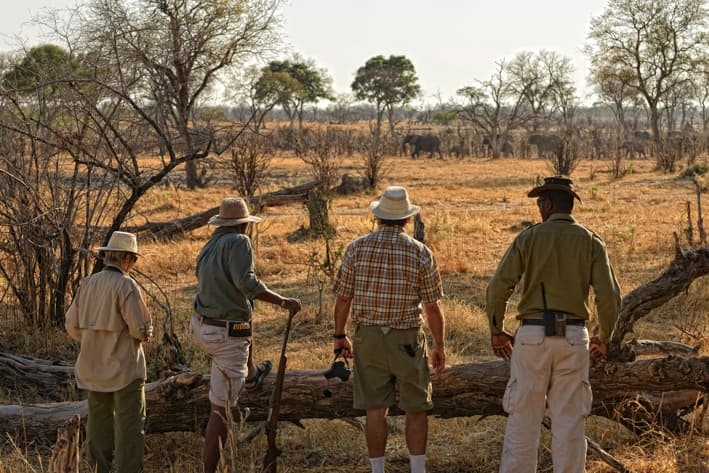
WALKING SAFARI TO BOTSWANA
- Victoria Falls
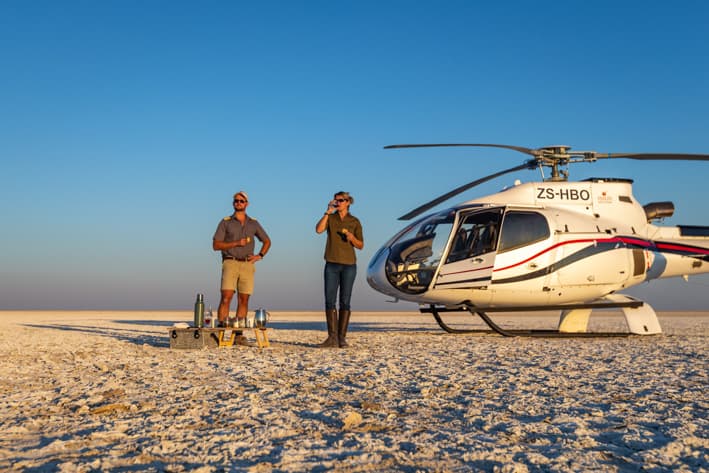
BOTSWANA HELICOPTER SAFARI
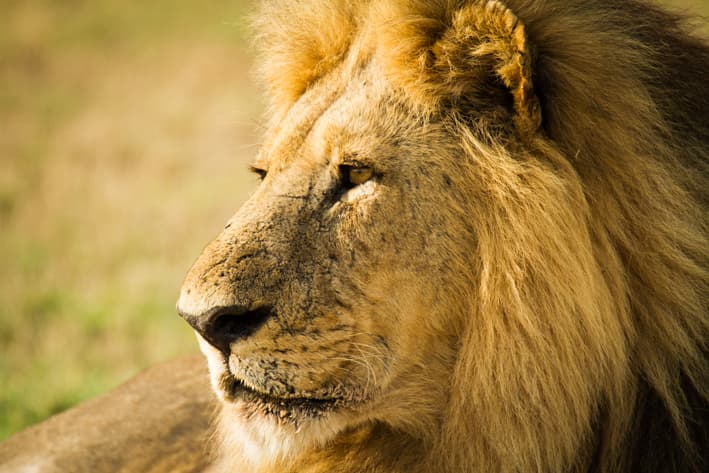
BEST OF SOUTHERN AFRICA SAFARI
- Cape Town, South Africa
- Okavango Delta, Botswana
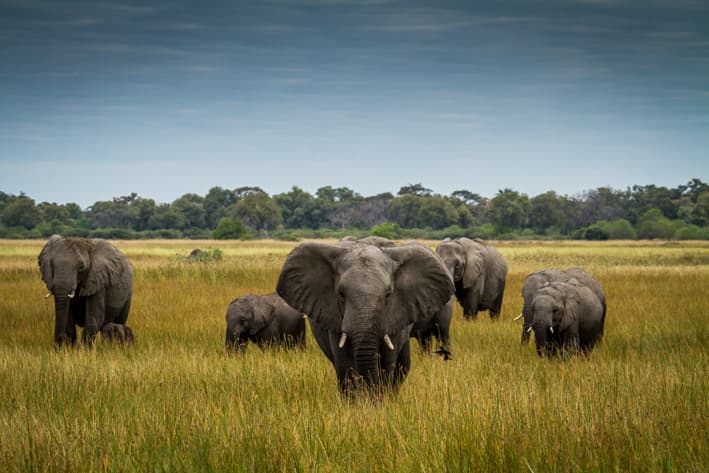
BOTSWANA & ZIMBABWE HIGHLIGHTS
- Linyanti, Botswana
- Hwange National Park
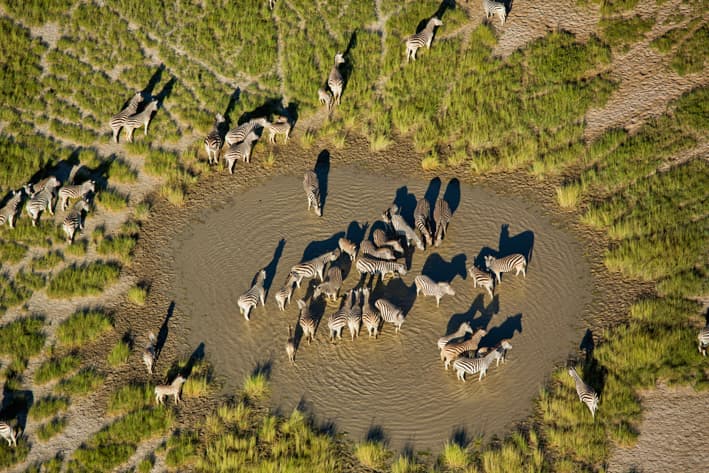
BOTSWANA & ZAMBIA MIGRATION SAFARI
- Victoria Falls, Zambia
- Liuwa Plains, Zambia
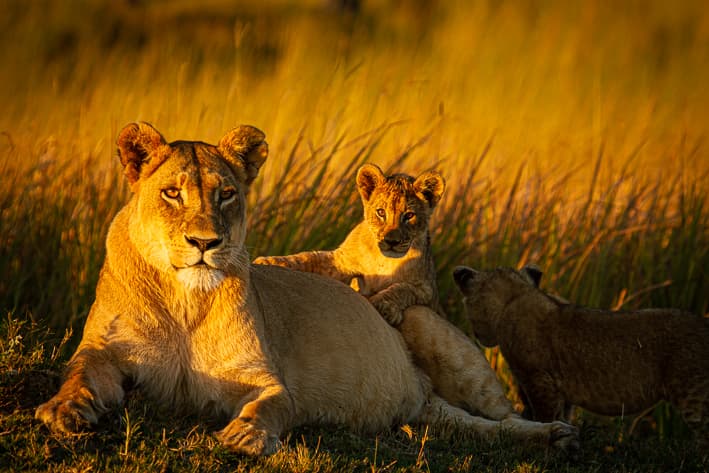
BEST OF AFRICA SAFARI
- Masai Mara, Kenya
- You are here:
- All Botswana Tours
- Botswana Luxury Tours
Your Safari
Tour length, rates in usd $ – change currency, starting from.
- Victoria Falls Town (10)
- Livingstone (3)
- Johannesburg (2)
- Cape Town (2)
- Nairobi (0)
- Entebbe (0)
- Zanzibar (0)
- Dar es Salaam (0)
- Kampala (0)
- Windhoek (1)
- Addis Ababa (0)
- Mombasa (0)
- Hoedspruit (0)
- Port Elizabeth (0)
- Antananarivo (0)
- Diani Beach (0)
- Nelspruit (0)
- Pretoria (0)
- Bujumbura (0)
- Hazyview (0)
- Upington (0)
- Blantyre (0)
Comfort Level
- Luxury+ (10)
- Luxury (67)
- Mid-range (87)
- Budget (122)
Private or Shared Tour
- Private tour (70)
- Shared tour (7)
Safari Type
- Lodge, tented camp or hotel (77)
- Camping (0)
Operator Rating
- & up (76)
Specialized Tours
- Fly-in safaris (50)
- Beach time (2)
- Honeymoon (77)
- Gorilla trekking (0)
- Photographic safaris (0)
- Mountain climbing (0)
- Walking safaris (0)
- Self-drive (0)
- Guided self-drive (0)
- Chimp trekking (0)
- Overland tours (0)
- Cycling safaris (0)
- Canoe safaris (5)
- Horseback safaris (0)
- Birding tours (0)
- Accessible safaris (0)
- Golf & Wildlife (0)
Other Tour Features
- Airport transfer is included (75)
- Itinerary can be customized (74)
Filter by Operator
Filter by accommodation, operators from.
- South Africa (32)
- Tanzania (0)
- United Kingdom (18)
- United States (15)
- Australia (1)
- Belgium (0)
- Botswana (7)
- Comoros (0)
- Denmark (0)
- Ethiopia (1)
- Eswatini (0)
- Germany (0)
- Ireland (0)
- Lesotho (0)
- Madagascar (0)
- Mauritius (0)
- Mayotte (0)
- Mozambique (0)
- Namibia (2)
- Netherlands (0)
- New Zealand (0)
- Nigeria (0)
- Portugal (0)
- Reunion (0)
- Seychelles (0)
- Singapore (0)
- Switzerland (5)
- United Arab Emirates (0)
- Zimbabwe (14)
Botswana Luxury Safari Tours
Botswana is Africa’s true home of the luxury safari. Keen to protect the country’s precious natural resources from the potentially damaging impacts of mass tourism, Botswana’s government has made high-end safari tourism the essential pillar in the industry. In the Okavango Delta and the Kalahari Desert, lodges and tented camps of great style and sophistication have become world leaders in the luxury safari market. The result is at once an intimate wildlife-viewing experience and a priceless opportunity to immerse yourself in the African wilderness.

5-Day Botswana Luxury Tour
$3,346 to $5,317 pp (USD)
Botswana: Private tour Lodge & Tented Camp
You Visit: Kasane (Start) , Chobe NP, Okavango Delta, Maun Airport (End)

4.9 /5 – 149 Reviews

10-Day Extraordinary Expedition
$5,495 to $9,568 pp (USD)
Botswana & Zimbabwe: Private tour Lodge
You Visit: Maun (Start) , Makgadikgadi Pans NP, Okavango Delta, Savuti (Chobe NP) , Chobe NP, Victoria Falls (End)
Safari Online
5.0 /5 – 115 Reviews

3-Day Chobe Safari at Chobe River Lodge
$1,025 pp (USD)
Botswana: Private tour Lodge
You Visit: Kasane (Start) , Chobe Riverfront (Chobe NP) , Kasane Airport (End)
Indigo Safaris
4.8 /5 – 125 Reviews

8-Day Eco-Luxury Honeymoon Safari in the Okavango Delta
$10,123 to $18,222 pp (USD)
Botswana: Private tour Tented Camp
You Visit: Maun (Start) , Okavango Delta, Khwai (Okavango Delta) , Maun (End)
5.0 /5 – 42 Reviews

7-Day Botswana Exceptional Wildlife Luxury Vacation
$10,450 to $10,670 pp (USD)
Botswana: Private tour Lodge & Tented Bush Camp
You Visit: Maun (Start) , Okavango Delta, Moremi GR (Okavango Delta) , Savuti (Chobe NP) , Chobe NP, Maun Airport (End)
5.0 /5 – 122 Reviews

5-Day Popular Botswana Safari Through the Delta
$3,800 to $7,150 pp (USD)
You Visit: Maun (Start) , Okavango Delta, Maun (End)
Discover Africa Safaris
5.0 /5 – 416 Reviews

7-Day Chobe & Delta Fly-in
$4,080 pp (USD)
Botswana: Shared tour (max 6 people per vehicle) Lodge & Tented Camp
You Visit: Maun (Start) , Chobe NP, Okavango Delta, Maun (End)
4.7 /5 – 186 Reviews

5-Day Botswana Boteti Delta Safari
$1,500 pp (USD)
You Visit: Maun (Start) , Okavango Delta, Moremi GR (Okavango Delta) , Maun (End)
Safari With Us
5.0 /5 – 217 Reviews
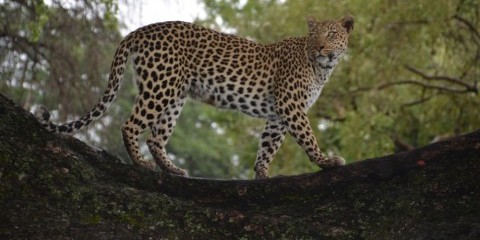
11-Day Highlights of Botswana Safari
$7,541 to $11,090 pp (USD)
You Visit: Maun (Start) , Nxai Pan NP, Okavango Delta, Linyanti, Kasane (End)
Gondwana Tours & Safaris Tour operator has an office in Botswana
5.0 /5 – 78 Reviews

5-Day Okavango Delta & Boteti River Tented Safari
$1,705 to $1,804 pp (USD)
Botswana: Shared tour (max 10 people per group) Lodge
You Visit: Maun (Start) , Moremi GR (Okavango Delta) , Khwai (Okavango Delta) , Okavango Delta, Maun (End)
The Mzansi Experience
4.8 /5 – 62 Reviews
7-Day Last Minute Deal - Kalahari / Linyanti / Okavango
$4,752 to $4,884 pp (USD)
You Visit: Maun (Start) , Linyanti, Okavango Delta, Central Kalahari GR, Maun Airport (End)
Savanna Safaris and Tours Tour operator has an office in Botswana
5.0 /5 – 16 Reviews

8-Day Unique Botswana and Zambia
$5,341 to $6,971 pp (USD)
Botswana & Zambia: Private tour Lodge & Safari Houseboat
You Visit: Maun (Start) , Okavango Delta, Chobe Riverfront (Chobe NP) , Victoria Falls, Livingstone (End)
Off2Africa Travel
5.0 /5 – 95 Reviews

7-Day Game Drive, Boat and Safari Walks Experience
$8,848 pp (USD)
You Visit: Maun (Start) , Linyanti, Khwai (Okavango Delta) , Maun Airport (End)
5.0 /5 – 2 Reviews

4-Day Victoria Falls & Chobe NP Safari Experience
$1,789 pp (USD)
You Visit: Victoria Falls (Start) , Chobe NP, Victoria Falls Airport (End)
Customise Travel & Tours
4.9 /5 – 29 Reviews

4-Day Okavango Delta Safari Experience
$2,558 pp (USD)
Botswana: Shared tour (max 10 people per vehicle) Tented Bush Camp
Falcon Safaris
5.0 /5 – 148 Reviews

19-Day Namibia , Chobe & Vic Falls Safari
$27,763 pp (USD)
Botswana, Namibia & Zimbabwe: Private tour Lodge & Hotel
You Visit: Windhoek (Start) , Kalahari Region, NamibRand NR, Swakopmund (City) , Walvis Bay (City) , Palmwag Concession (Damaraland) , Damaraland, Outjo (Town) , Onguma GR, Divundu (Town) , Chobe NP, Chobe River, Victoria Falls, Victoria Falls Airport (End)
About Africa Co
Not yet rated
7-Day Vic Falls, Chobe, Okavango Delta (Land & Water)
$3,439 to $4,489 pp (USD)
Botswana & Zimbabwe: Private tour Lodge & Tented Camp
You Visit: Victoria Falls (Start) , Chobe NP, Okavango Delta, Maun (End)
Roho Ya Chui
5.0 /5 – 310 Reviews

7-Day Botswana | Moremi & Delta | Fly In
$4,120 to $6,900 pp (USD)
You Visit: Maun (Start) , Moremi GR (Okavango Delta) , Okavango Delta, Okavango River, Maun (End)
Art of Safari
5.0 /5 – 5 Reviews

9-Day Classic Botswana & Victoria Falls Safari
$4,884 to $7,227 pp (USD)
You Visit: Maun (Start) , Okavango Delta, Chobe NP, Victoria Falls, Victoria Falls Airport (End)
Pembury Tours
5.0 /5 – 428 Reviews

11-Day Classic Cape Town, Vic-Falls & Kruger Park Safari
$7,134 to $7,849 pp (USD)
Botswana, South Africa & Zambia: Private tour Lodge & Guest House
You Visit: Cape Town (Start) , Victoria Falls, Chobe NP, Nelspruit (Town) , Sabi Sands (Greater Kruger) , Skukuza (End)
African Safari Guru
5.0 /5 – 51 Reviews
Related Searches
- All-inclusive African Safaris
- 10-Day Botswana Safaris
- Botswana Fly-in Safaris
- Botswana Private Safaris
- Safaris From Maun
- Chobe Luxury Safaris
- Okavango Delta Luxury Tours
- All-inclusive Kenya Safaris
- Kenya Luxury Safari Tours
- Zambia Luxury Safari Tours
- Namibia Luxury Safaris
- Zimbabwe Luxury Safari Holidays
6 Questions About Botswana Luxury Safaris

Answered by
Anthony ham.

Why should I choose Botswana for a luxury tour?
“No other country does luxury safari packages quite like Botswana. A handful of high-level operators, usually with a strong background in conservation, share the market with independent safari companies. Fierce competition ensures places that don’t provide the highest standards of comfort, luxury and attention to detail simply don’t survive long. The overall offering gets better with each passing year, as each operator tries to outdo the others when it comes to luxury accommodation, world-class food, activities, and conservation credentials. The remoteness of so much of Botswana’s prime wildlife territory adds an additional charm to the experience. A touch of ‘the exclusive’ goes with the supremely comfortable accommodation. A real sense of personal service is another essential element in any Botswana luxury safari.”
What is included in a Botswana luxury safari?
“Most Botswana luxury tours offer all-inclusive rates. The details may differ from one operator to the next, but as a general rule the cost of your safari will include three meals a day, all transport, luxury accommodation and most activities. But the typical all-inclusive package does leave room for a few additional costs. For a start, the cost of flying into and between the various camps and lodges in the Okavango Delta and elsewhere is not always included in quoted safari costs. Some of these lodges and camps can only be reached via small plane. Ask your operator if you’re unsure about what is included. It may come as a surprise to find that you will not, despite the significant prices you’ve paid, have a safari vehicle to yourself and in fact will be sharing with other travelers. If you want a private guide and vehicle for your party, you will have to pay extra. Some of the more remote lodges and tented camps also have limited electricity, so do you really want the sound of a generator in the background? Many camps and lodges don’t have wi-fi. Beer and wine are usually included but top-shelf champagnes and other spirits are sometimes considered extras as well.”
Do luxury safaris always focus on the Okavango Delta?
“No. Many Botswana luxury tours do focus on the Delta though and with good reason. The Delta is one of Africa’s best places to see wildlife, and nowhere else in the country has the same choice when it comes to luxury camps and lodges. However, Botswana’s safari portfolio extends throughout the country. Chobe National Park is a vast protected area in the country’s northeast, and home to Africa’s densest elephant populations and some of Africa’s largest elephants. The park includes the wonderful Chobe riverfront (river-borne safari, anyone?) and the wild plains and swamps of Savuti. On the Okavango Delta’s southern fringe, Moremi Game Reserve has numerous luxury options. The Central Kalahari Game Reserve is the arid complement to all that water further north. Its golden grassland valleys shelter a handful of upmarket tented camps and lodges. In the country’s east, the often-neglected Tuli Block is another possibility.”
Can you describe a typical day on a Botswana luxury safari?
“Your day usually begins with a soft African voice coming out of the darkness to wake you just before dawn. You will often be served a hot drink and light breakfast snack, before setting out on a game drive or morning walk. The early start to the day happens with good reason: this is when most animals are active and easier to see. The duration of any game drive depends on what you see, you may be done in a couple of hours or five. Either way, mid-morning usually involves a return to camp for a more substantial breakfast, followed by time to relax as the heat of the African day takes hold. Then it’s lunch, followed by more time for relaxation (some luxury lodges and camps have a spa) or the journey on to the next camp. Afternoon tea is a noble safari tradition of varying formality depending on where you are. It occurs just before the afternoon game drive. At sunset, your driver will pull over and extract from the vehicle a cool box filled with drinks, both alcoholic and non-alcoholic (a gin and tonic is the classic safari sundowner). A night drive may follow with a spotlight for seeing creatures of the night. Then a return to camp, dinner and perhaps some entertainment close to the campfire.”
What type of accommodation can I expect?
“The safari tent is the signature form of the Botswana luxury safari and is sure to be a highlight of your trip. Usually set atop a low platform, this canvas structure enables you to feel protected from the African wild yet be at one with it. You’ll hear lions roaring, elephants eating and all manner of night sounds. The typical safari tent has two main parts: the living area with a bed, writing desk and places to sit; and the partially separated bathroom area with shower and toilet. Depending on the remoteness of your camp, camp attendants may need to heat the water for your shower, so remember to give them a little notice. Most tents also have a deck where you can sit and admire the view. The other main possibility is a lodge. The best will be sleek-lined, stylish structures at one with their surroundings. Lodge rooms are usually larger than tents. Some are simply magnificent. Some camps even combine the two – a solid frame on three sides with a canvas front and/or roof. Regardless of whether you’re in a tent or in a room, you’ll need an escort to walk you to your lodgings after dark to make sure you don’t surprise any animals along the way.”
How much will this safari cost?
“As a general guide, luxury safari packages will cost around US$860 per person per day. But if you choose the most luxurious lodges or camps, the price can easily be twice that amount. Prices of luxury safaris in Botswana can go sky-high – there really does seem to be no limit to how much some travelers are willing to pay for their perfect holiday. It may cost more if you’re traveling alone: the cost of the single supplement is around 75% of the price for two people traveling together. The all-inclusive prices mean that additional costs are few. At this upper end of the market, the standard of accommodation is where you’ll notice the biggest price differences, although food is increasingly an integral part of the high-end safari in Botswana.”
Botswana Reviews

Emma is an award-winning travel writer for Rough Guides, National Geographic Traveller, Travel Africa magazine and The Independent.
Low-impact safaris at their best
As I have a passion for responsible, sustainable wilderness experiences in beautiful natural surroundings, I find Botswana very hard to fault. It’s the quintessential safari destination, home to numerous lodges, tour companies and...
Full Review

Brian is an award winning travel writer, author of safari books and regular contributor to magazines such as BBC Wildlife and Travel Africa.
A dream of water in a thirsty land
In a troubled world there is nowhere safer than this most politically stable of African countries. The people are welcoming. English is widely spoken and when it comes to wildlife viewing Botswana is sensational. That’s because its policy...

Chobe National Park is a must for the wildlife enthusist
We had the best day trip from Victoria Falls to Chobe National Park. We were picked up on time by 2 lovely guys who gave us so much local information on the way to the border. Our border crossing was seemless, our giudes handed us over to...

Wonderful Experience
We had a Wonderful Time , since the support with Pamela with booking, the guide and driver T , the chef and his assistant Sidney, we will never forget Chobe !! Wee saw more them 1000 elephants on those 2 days!!
great trip - saw an incredible amount of wild life.
We were informed we that we would be picked up from our hotel at 10,00 a.m. in the morning. At 10.00a.m. exactly Simon and his assistant arrived at the hotel in a very clean air conditioned vehicle. The vehicle was spacious and first class....
Phenomenal beauty, amazing people, faultless
Staff enthusiasm was unprecedented, all gave 100percent to ensure we had the best experiences possible. No requests were too much. Food was exceptionally overwhelming and wild life experiences were next level. The trackers passion in...

World Class Safaris in Botswana
Wilderness safaris botswana.
Wilderness Safaris Botswana has a grand portfolio of luxurious, eco-friendly and sustainable safari lodges and camps. Synonymous with luxury safari camps in Botswana, Wilderness Safaris was established in Botswana in 1983 as a mobile safari operator and has grown to establish a presence in eight countries in Africa, protecting over three million hectares of pristine wilderness areas. The Wilderness Safaris Botswana camps are among the finest in Botswana. Exceptional guiding teams, the finest hospitality and gorgeous suites in some of the most stunning locations mean a stay at a Wilderness Safari camp will deliver only the best safari experience.
ABOUT WILDERNESS SAFARIS CAMPS
Flagship premier camps like Mombo Camp and Vumbura Plains and DumaTau rub shoulders with the classic favourite camps like Chitabe Camp, Kwetsani Camp and Kalahari Plains Camp. There are 20 camps in the portfolio, categorised by Premier, Classic and Adventure. There is only 1 Adventure camp, Pelo Camp, which is a comfortable and authentic safari camp. These are luxurious and high-end safari camps, where, once you get there, almost everything is included. All your meals, your game drives, mokoro rides and bush walks, many alcoholic and nonalcoholic beverages, and most will also include top-shelf drinks. Park fees or community conservation fees will also be included in the nightly rate. You would only need to pay for spa treatments, or helicopter flips, your curio purchases and your gratuities to the team on the ground.
Explore Victoria Falls to Botswana Luxury Safari with Wilderness Safaris
EXPERIENCES AT WILDERNESS SAFARIS CAMPS
Outstanding wildlife and incredible game viewing are at the top of a long list of why you should go on a Botswana Safari! Pristine wildlife havens are home to predators like lions, leopard, wild dogs, hyenas and cheetah. Huge herds of elephants can be found throughout the northern protected areas of Botswana. The Okavango Delta creates a breathtaking backdrop to the game viewing activities. Crystal clear, papyrus lined waterways, large flood plains, and numerous islands with palm trees come together to create a truly spectacular landscape. The Wilderness Safaris Botswana camps are in private concessions which allows for a myriad of activities to take place. Game drives and night drives are available at all the camps. Bush walks are on offer as well. Some camps are deep in the Okavango Delta and can offer water-based activities like Mokoro (canoe or mekoro) rides, motorised boating and fishing throughout the year. Camps on the edges of the Delta will only offer these activities in high season, water levels dependent. Kalahari Plains Camp is in the Central Kalahari Game Reserve and offers an incredible interaction with Africa’s oldest people, The San. Interact with rescued, orphaned elephants at Abu Camp and gain a deeper understanding of these incredible animals.
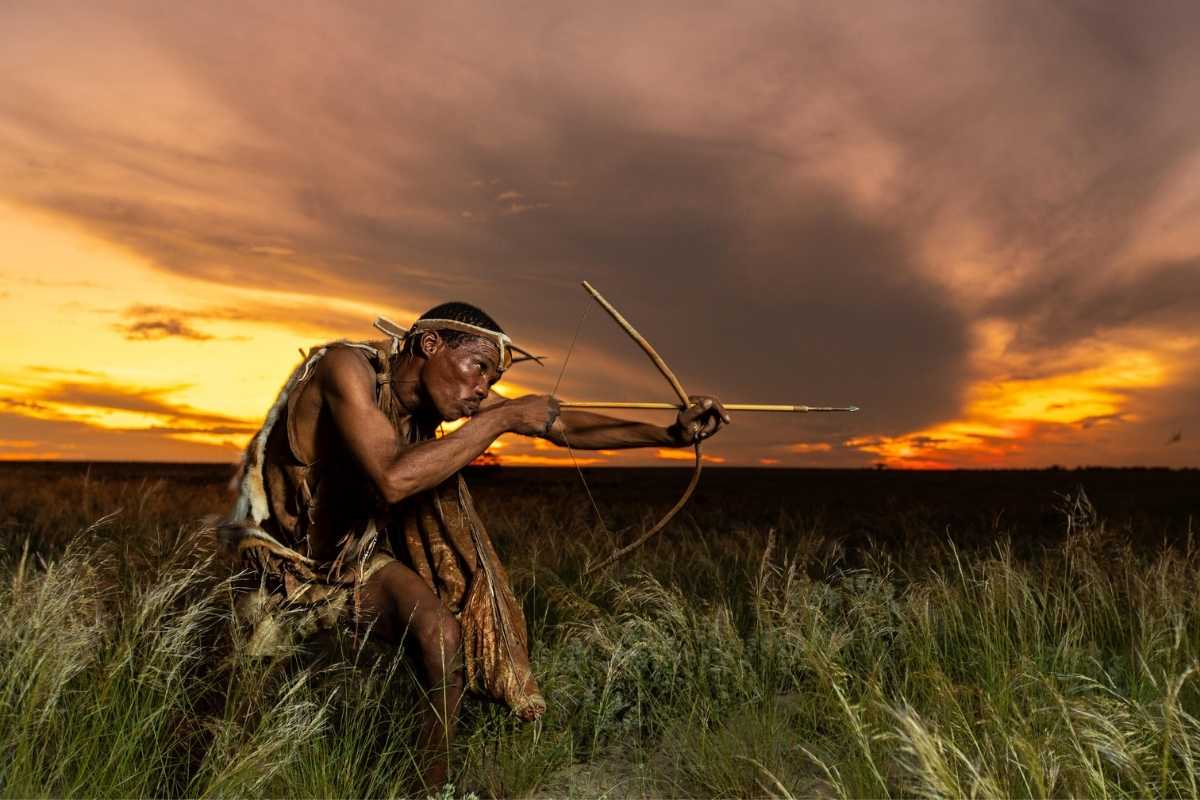
SPECTACULAR SCENES AT WILDERNESS SAFARIS BOTSWANA CAMPS
We have said it before and will keep saying int, Botswana is a gorgeous country to go on a luxury safari to. The Okavango Delta, in particular, produces some spectacular sunsets. The birdlife in northern Botswana is outstanding all year round, while the green season from December through to March sees the arrival of the iridescent Carmine bee-eater and other migratory birds.
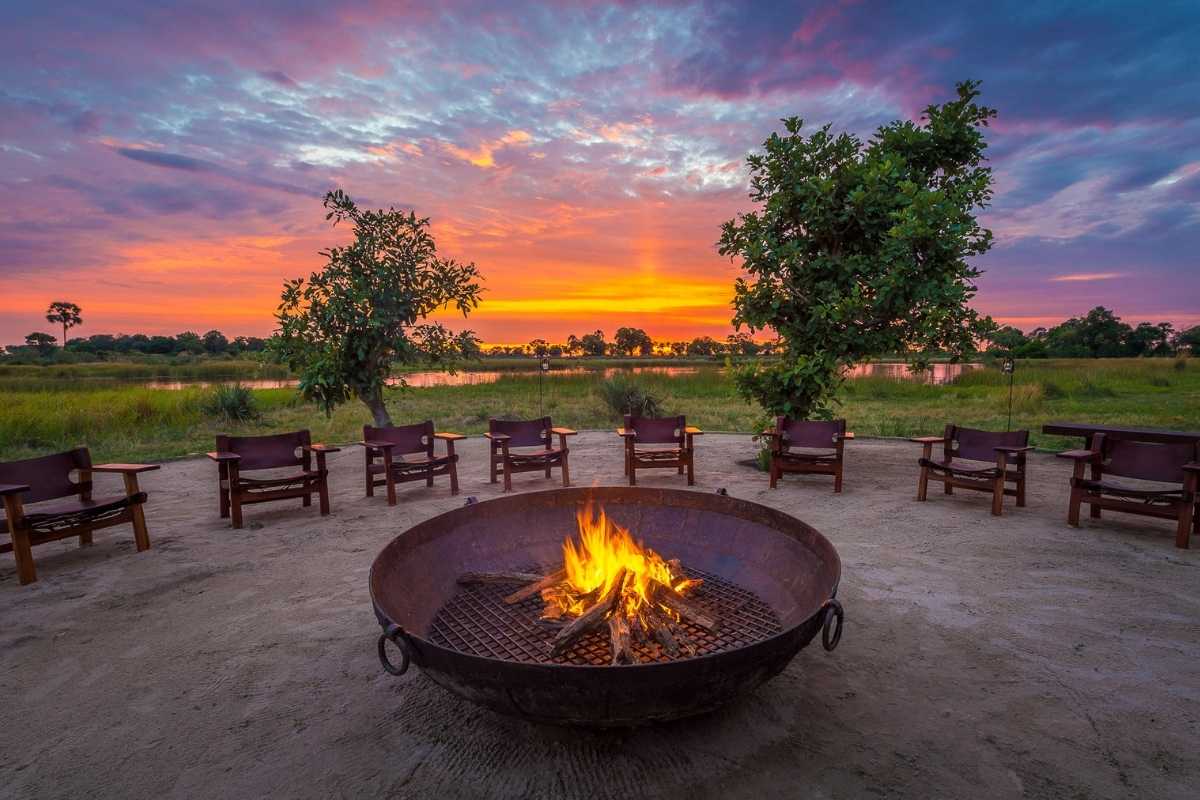
Read: Botswana Safari Guide
Let’s talk about Wilderness Safaris Botswana
Wilderness safaris – premier camps.
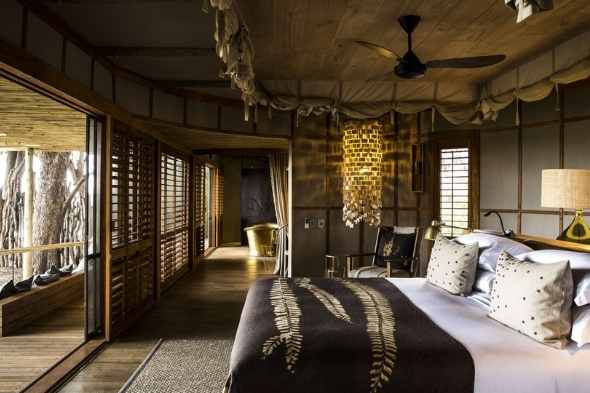
Mombo Camp is one of the finest safari lodges and in one of the best game viewing areas in Africa. Opulent, gorgeous and spacious suites boast sweeping views across the floodplains. The area around Mombo teams with plains game which attracts predators like lion and leopard. This area was chosen to reintroduce both black and white rhino to Botswana.
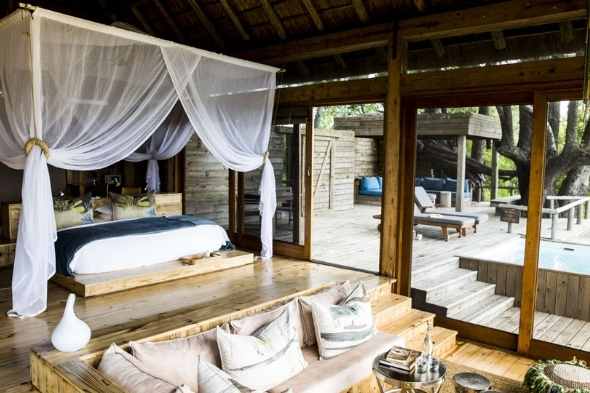
Vumbura Plains Camp
Vumbura Plains Camp is located in the northern Okavango Delta, offering a sublime safari experience and outstanding game viewing. Predator sightings are common at Vumbura Plains, with healthy populations of wild dog and lions. Both land and water-based activities are offered here. The raised tents all have private plunge pools and sala’s.
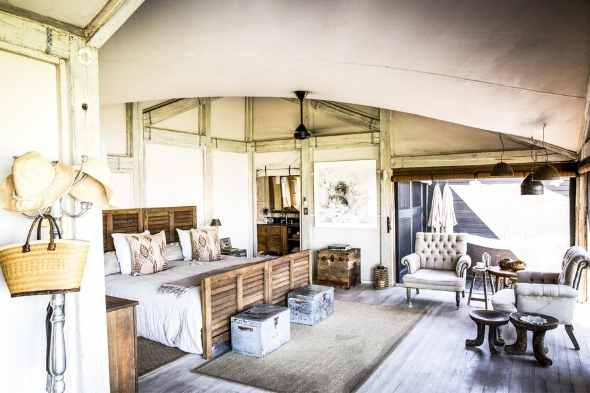
Set in riverine forests on the edge of a large lagoon, Abu camp is an opulent and beautiful camp. Each tented suite has an outdoor copper bath and a private plunge pool. A unique activity is spending time with the elephants of the Abu Herd. Abu rescued orphaned elephants and have worked tirelessly to rewild them. As a result, guests can witness the elephants in their natural habitat.
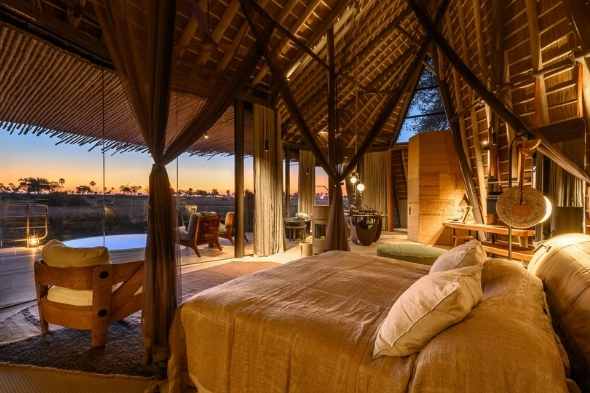
Jao Camp is famous for incredible wildlife sightings in the heart of the Okavango Delta. Regular sightings of wildlife from the camp make this an exciting place to visit. The gorgeous and luxurious Jao camp suites have private plunge pools and lovely views.
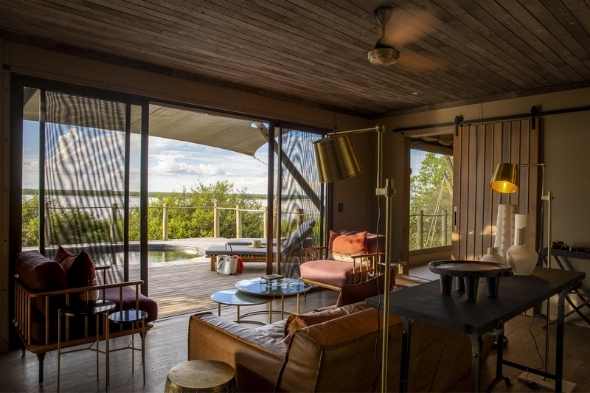
DumaTau Camp
DumaTau is a stunning camp in the Linyanti area of northern Botswana, in a beautiful spot overlooking a lagoon. Large concentrations of elephants are among the animals seen here.
Kings Pool Camp
Kings Pool Camp overlooks a lagoon in Linyanti. This luxurious camp also boasts a sunken hide allowing a unique perspective as animals, especially elephants, come to drink at the water.
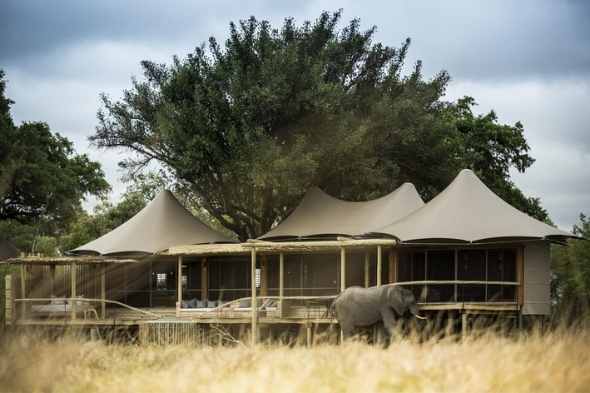
Little Mombo Camp
Little Mombo is in the same area as Mombo, with the same incredible game viewing. This is an exclusive use, gorgeous and intimate camp perfect for small groups and families.
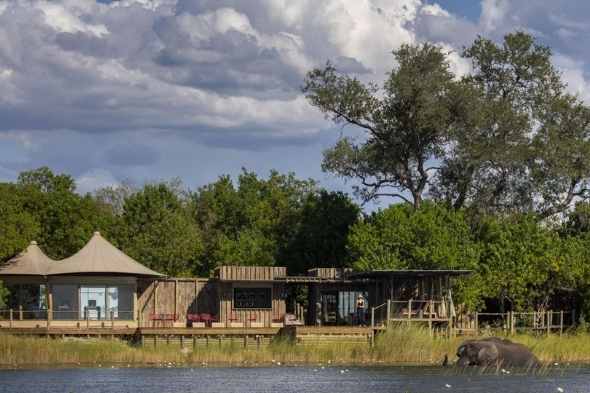
Little DumaTau Camp
Little DumaTau is an eco-friendly premier safari camp with a light footprint. Overlooking the same lagoon as DumaTau, this camp is an exclusive-use camp. Intimate and luxurious, this is a wonderful camp for small groups.
WILDERNESS SAFARIS BOTSWANA – CLASSIC CAMPS
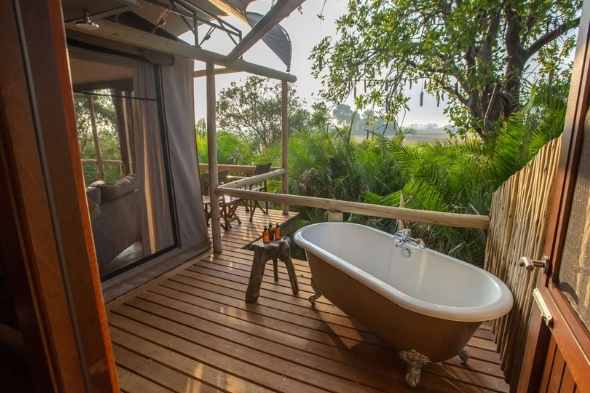
Jacana Camp
Jacana Camp is on a small island in the middle of the Okavango Delta and offers s true water paradise safari. Mokoro through the waterways in search of the elusive Pel’s Fishing Owl and other birds found in this picturesque area.
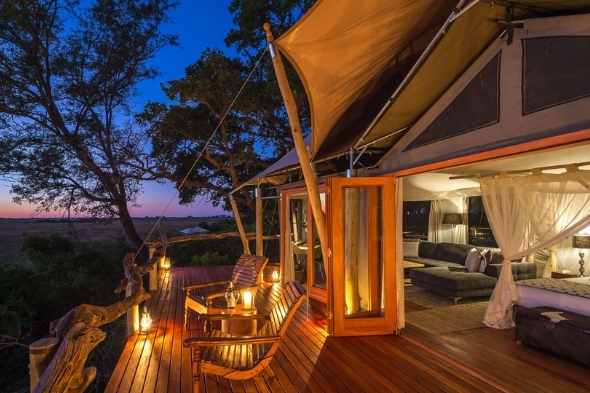
Kwetsani Camp
Kwetsani Camp is a remote camp in the Okavango Delta and offers a good combination of both land and water activities. The camp has incredible views across the floodplains. This remote area has excellent game viewing.
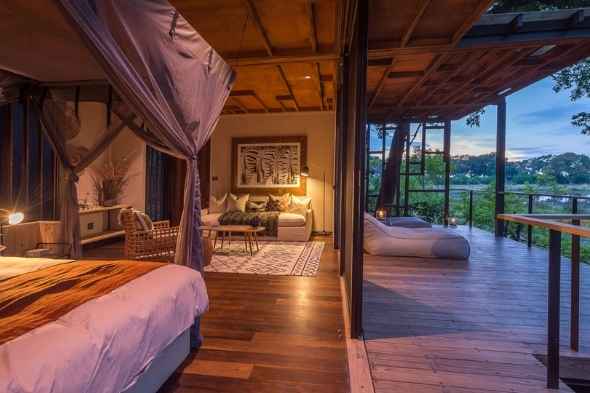
Qorokwe Camp
Qorokwe Camp offers both land and water-based activities with outstanding predator sightings all year round. Located in the south-eastern Okavango Delta. The well-appointed and spacious tents overlook a lagoon.
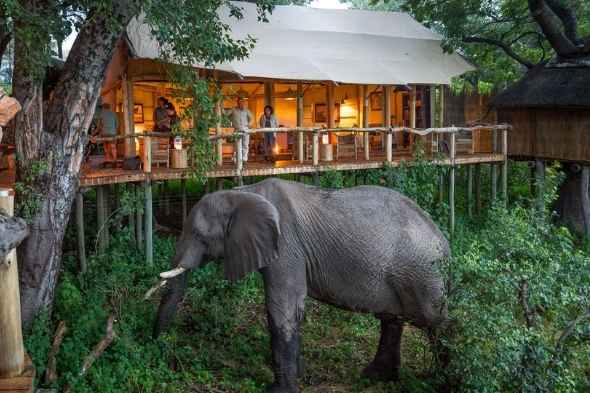
Tubu Tree Camp
Tubu Tree Camp is on the stunningly beautiful Hundu Island, offering remarkable vistas, excellent leopard sightings and a host of other large game. Water and land-based activities are on offer at Tubu Tree Camp. Each elevated spacious tent overlooks the Okavango Delta, where animals are frequently spotted.
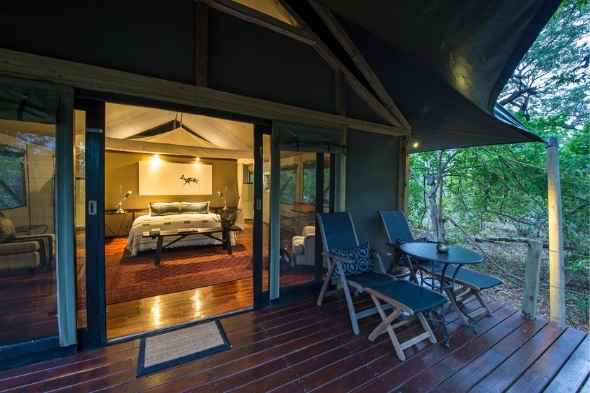
Chitabe Camp
Chitabe Camp is located in the southeast of the Okavango Delta, neighbouring Moremi Game Reserve. Chitabe offers outstanding game viewing all year round. Each tent is on a raised deck nestled under shady trees. The camp has stunning views over the floodplain.
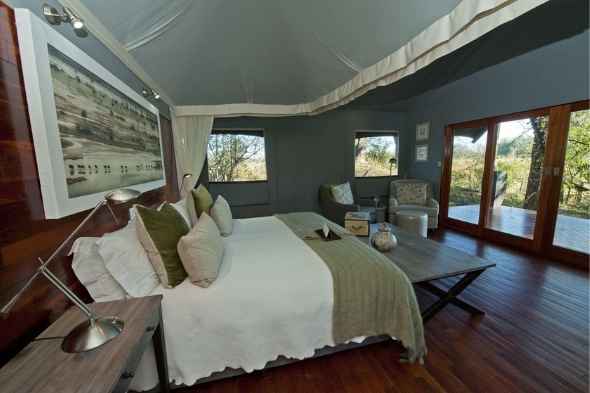
Chitabe Lebida
Chitabe Lebida is perfect for small groups or families travelling together and offers the same excellent game viewing all year round as Chitabe. Daily game drives, night drives and walks are the activities on offer.
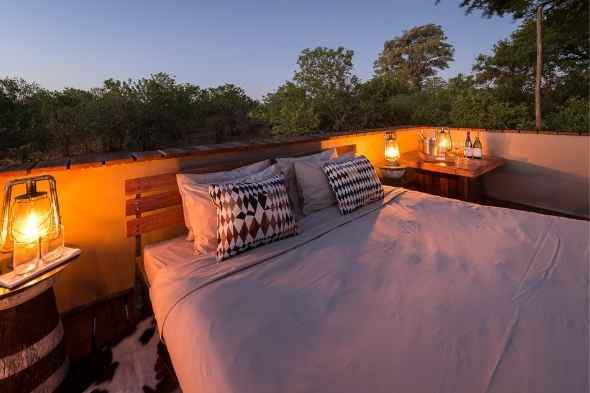
Savuti Camp
Savuti Camp is in the Linyanti concession with the Savute Channel running through it. When the channel flows with floodwaters, Savuti Camp has front row seats to the geological marvel. This area is well known for excellent predator sightings and high concentrations of plains game.
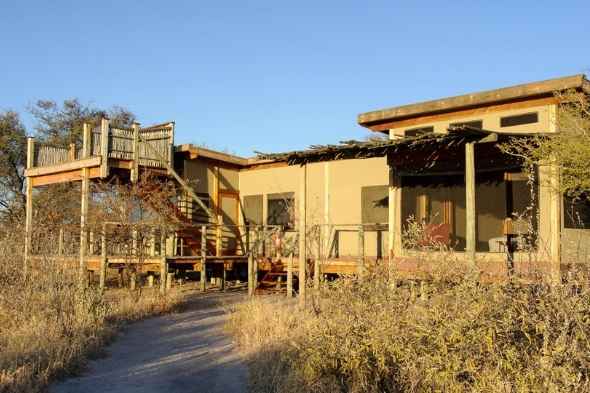
Kalahari Plains Camp
Kalahari Plains has views for miles over the Kalahari desert. Each suite is elevated to enhance the endless horizons and catch the breeze. Diverse game viewing and interesting cultural activities are available at Kalahari Plains Camp
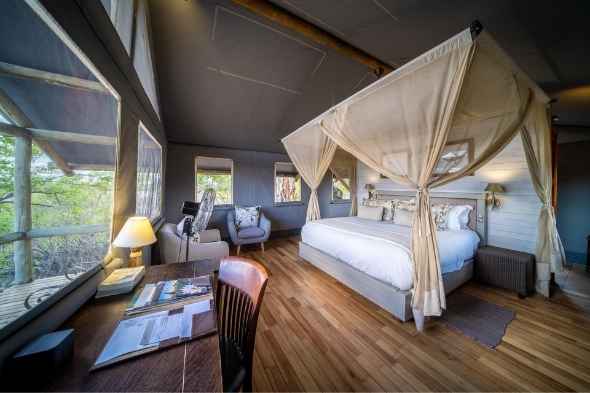
Seba Camp is nestled under hardwood trees in an ancient riverine forest. Leopards are often spotted on game drives at Seba Camp as are large herds of elephants. This classic eco-friendly camp offers land and water-based game viewing and is family-friendly.
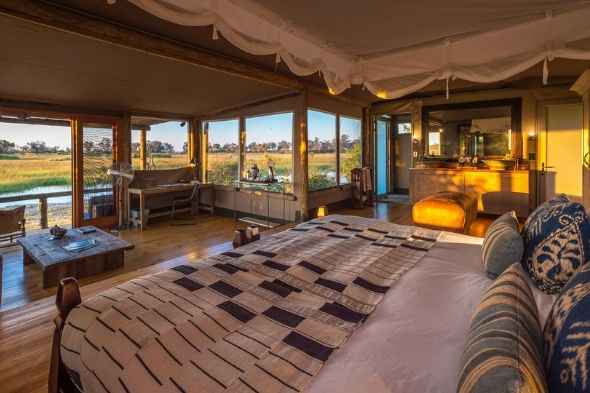
Little Vumburu Camp
Little Vumburu Camp is nestled under a canopy in the northern part of the Okavango Delta. This area offers diverse and spectacular wildlife sightings.
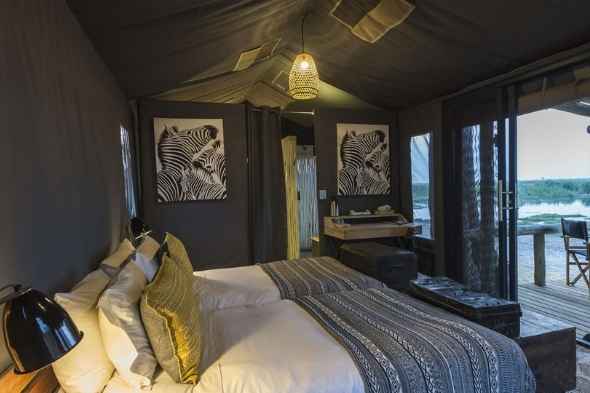
Linyanti Tented Camp
Linyanti Tented Camp is an exclusive-use camp in the Linyanti Concession overlooking the Linyanti Marsh. Perfect for small groups and families, each suite recreates the style of early explorers.
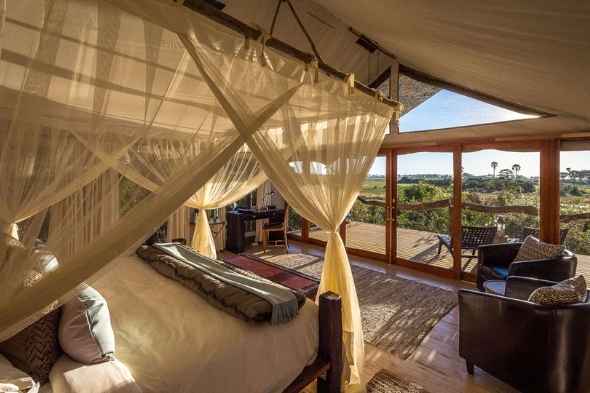
Little Tubu Camp
Little Tubu Camp is an exclusive-use camp in the Delta, boasting great leopard sightings among others. Elevate walkways connect the tents and main areas/ Each tent is a classic safari tent on decks with private viewing over a seasonal riverbed.
WILDERNESS SAFARIS BOTSWANA – ADVENTURE CAMP
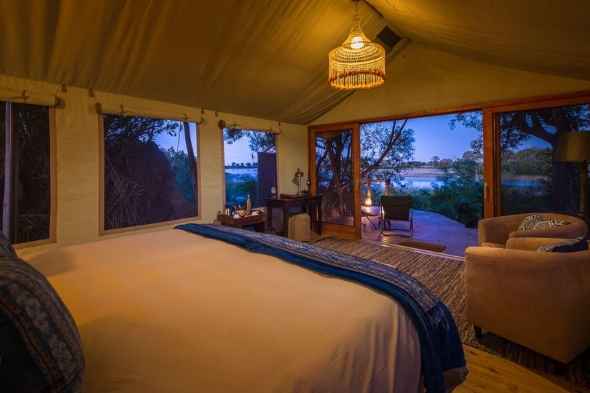
Deep in the Okavango Delta lies Pelo Camp, offering a superb water safari experience. This eco-friendly camp has authentic safari tents with covered decks overlooking the picturesque Okavango. Only open from March to November, Pelo Camp is a remote and genuine safari camp to visit.
Wild Wings Safaris
Tours and safaris to botswana.
In general, Botswana is an expensive safari destination. The most budget-friendly option is a guided, mobile tented safari. Usually these mobile overland safaris have scheduled departure dates and take the form of participation camping safaris for those on a tight budget, or luxury overland camping safaris for those with a more generous budget. The most luxurious way to experience Botswana is to do a fly-in safari to a private game lodge or luxury tented safari camp.
Almost all lodges in Botswana charge in US Dollars. Some lodges are situated in the national parks and do not offer night drives or bush walks. They are also not permitted to drive off-road. Generally, lodges situated on private concession areas are able to drive off-road and at night.
The itineraries suggested on this page are based at carefully selected lodges that we have personally visited and found to be of outstanding quality. These are not the only Botswana safari itineraries we can offer. Let us know your interests, budget and travel dates, and we will tailor-make a Botswana safari that is customised to your exact requirements.
- Guided Budget Safari
- Fly-in Lodge-based Safari
- Guided Luxury Safari
- Semi-guided Tour
Found 4 Results
6 day victoria falls and chobe safari.
The majestic Victoria Falls on the Zimbabwean/Zambian border is within easy reach of the famous Chobe National Park in Botswana, making it easy to combine these two terrific destinations on one unforgettable safari itinerary. This trip idea combines three nights at Victoria Falls with two nights on safari at the Chobe National Park, enjoying both land- and water-based game viewing.
7 Day Best of Kwando Botswana Safari
Fly in by light aircraft and spend six nights in some of Botswana's most productive game-viewing areas, combining Kwando's best camps: Splash, Lebala, and Lagoon. Spend two nights at each camp, or spend three nights at Splash and three nights at either Lagoon or Lebala. All three safari camps are in large private concessions and offer a variety of game-viewing activities. Kwando is known for its commitment to a high-quality, traditional safari experience that focuses on authentic bush encounters and the best possible wildlife sightings.
11 Day Botswana and Victoria Falls Safari
It is easy to combine Botswana and Victoria Falls. This trip idea combines four of Botswana's top safari destinations with two nights at Victoria Falls. The duration is flexible, and you can spend an extra night at any destination on this trip. Botswana has many excellent safari lodges, but we always recommend using ones in the same group or family so you can benefit from long-stay specials. This trip idea is based on Desert & Delta Lodges, which are reasonably priced and lie mainly in the national parks.
15 Day Southern Africa Signature Safari
Our 15-Day Southern Africa Signature Safari is what we consider to be an ideal safari itinerary on a mid-range budget to see the best of Southern Africa within a limited time frame. Take in some of Southern Africa's top destinations – the spectacular Victoria Falls in Zimbabwe; Chobe National Park in Botswana; picturesque Cape Town and the Garden Route; the Kruger National Park and the famous Sabi Sand Game Reserve in South Africa.
This price range is intended as an estimate only. The exact rate will depend on type of room, date of travel, and number of people. Please contact us to secure the best available rate for this property.
Need help with your trip?
Why not chat to one of our safari experts who can answer all your questions and help you design your dream trip to Africa.
- Join Our Portal

- Safari Packages
- Luxury Lodges
- Mobile Safaris
- Lodges.co.bw
- Photo Safaris
- Gear Rentals
- 4×4 Hire
- Private Guides
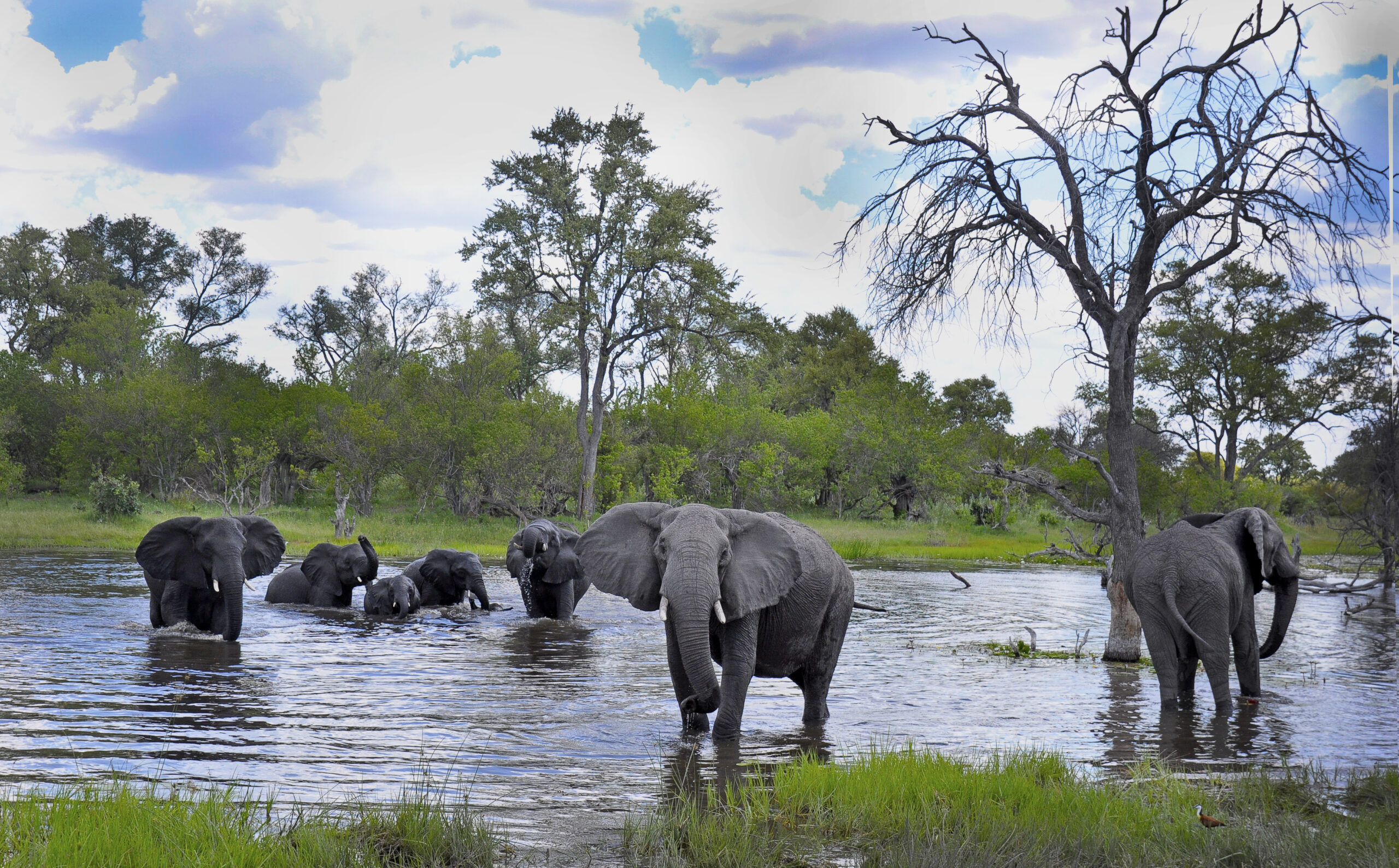
Welcome to Botswana
Safaris.co.bw is a repository of some of the best hotels, lodges, camps, campsites, and resorts that offer all types of safari experiences from budget to luxury range at Africa’s untouched havens and the most preferred safari destination in Africa – Botswana.
We are different from the crowd in terms of what we feature here in our portal, which is reinforced by the fact that the founders of this initiative are not only residents of Botswana but are avid wildlife enthusiasts with a keen sense for photography, tourism, and conservation. With that in mind, our visitors can be assured that most of our accommodation listings are either personally experienced by wildlife travel experts or chosen to be featured here for offering a quality safari experience. This way, we have carefully understood what it takes for an operator to give you an “up close & wild” adventure safari activity. We have handpicked operators who have immense experience in meticulous planning and have been welcoming and accommodating international travelers for many years.
Whether your preference is a self-driving mobile safari or a fully packaged luxury accommodation, safaris.co.bw team has kept in mind the versatile needs of our visitors who prefer flexibility in their tour plan with a blended approach to cover all forms of African adventure with the best choices to pick from.
We try and ensure by all means to work with establishments who choose to go out of their way to provide an ultimate safari experience to our visitors. Welcome to Africa! Welcome to Botswana! Welcome to Safaris.co.bw – “adrenaline and peace in loop”
Popular Safaris Destinations
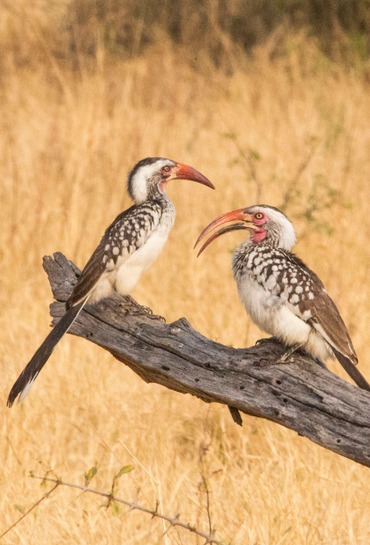
Central Kalahari
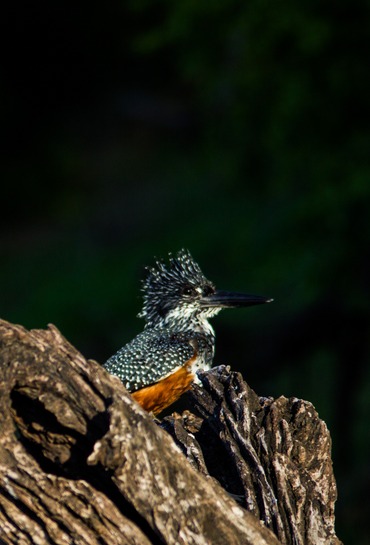
Chobe National Park
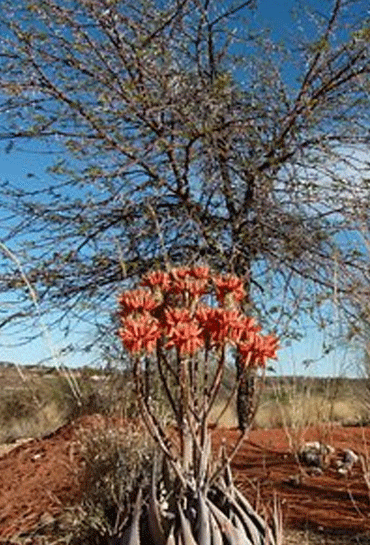
Okavango Delta
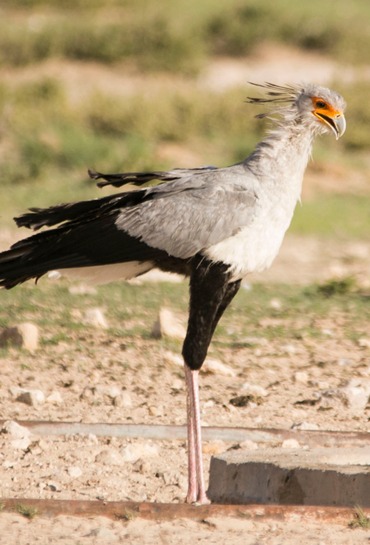
Trans Kalahari
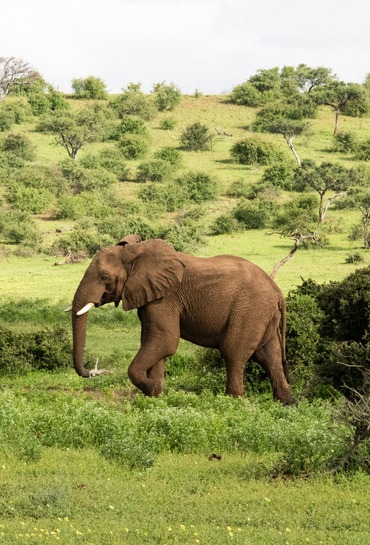
Recommended Safaris Brands by us
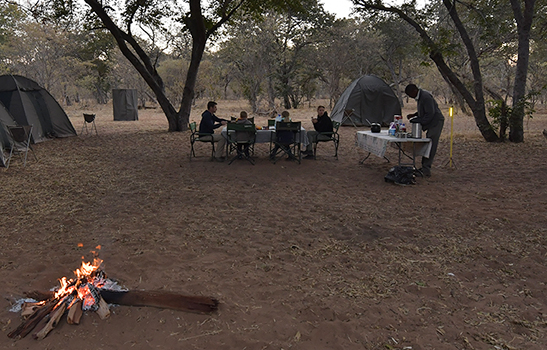
The Old Bridge Tours & Safaris
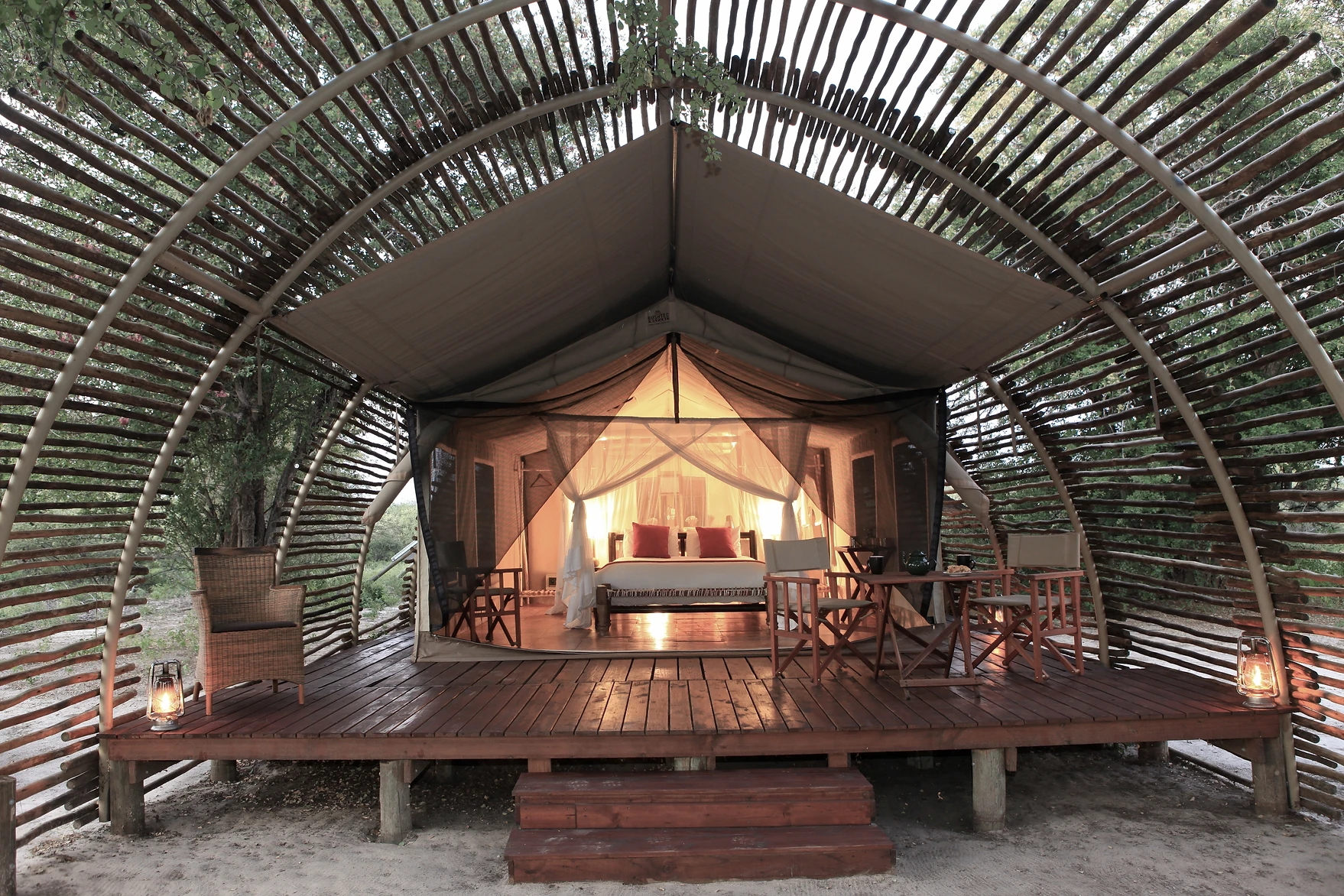
Evolve Back Gham Dhao Lodge

Do you want to add your own Safaris to our website.
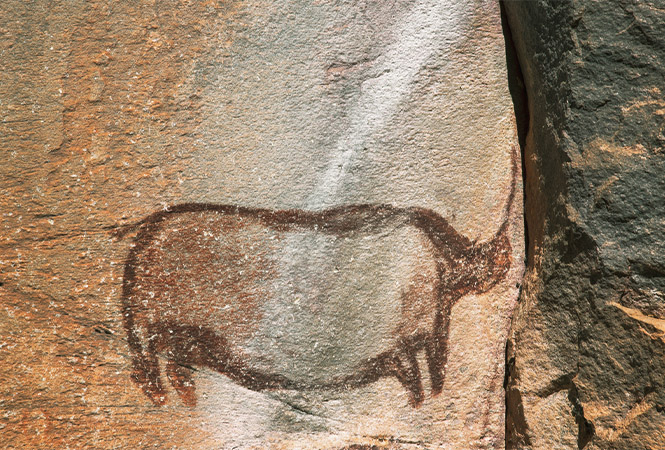
Tsodilo Hills
Tsodilo Hills – a time travel to the past The mountain of Gods as the […]
Our Partners

Safaris Adventures Gallery
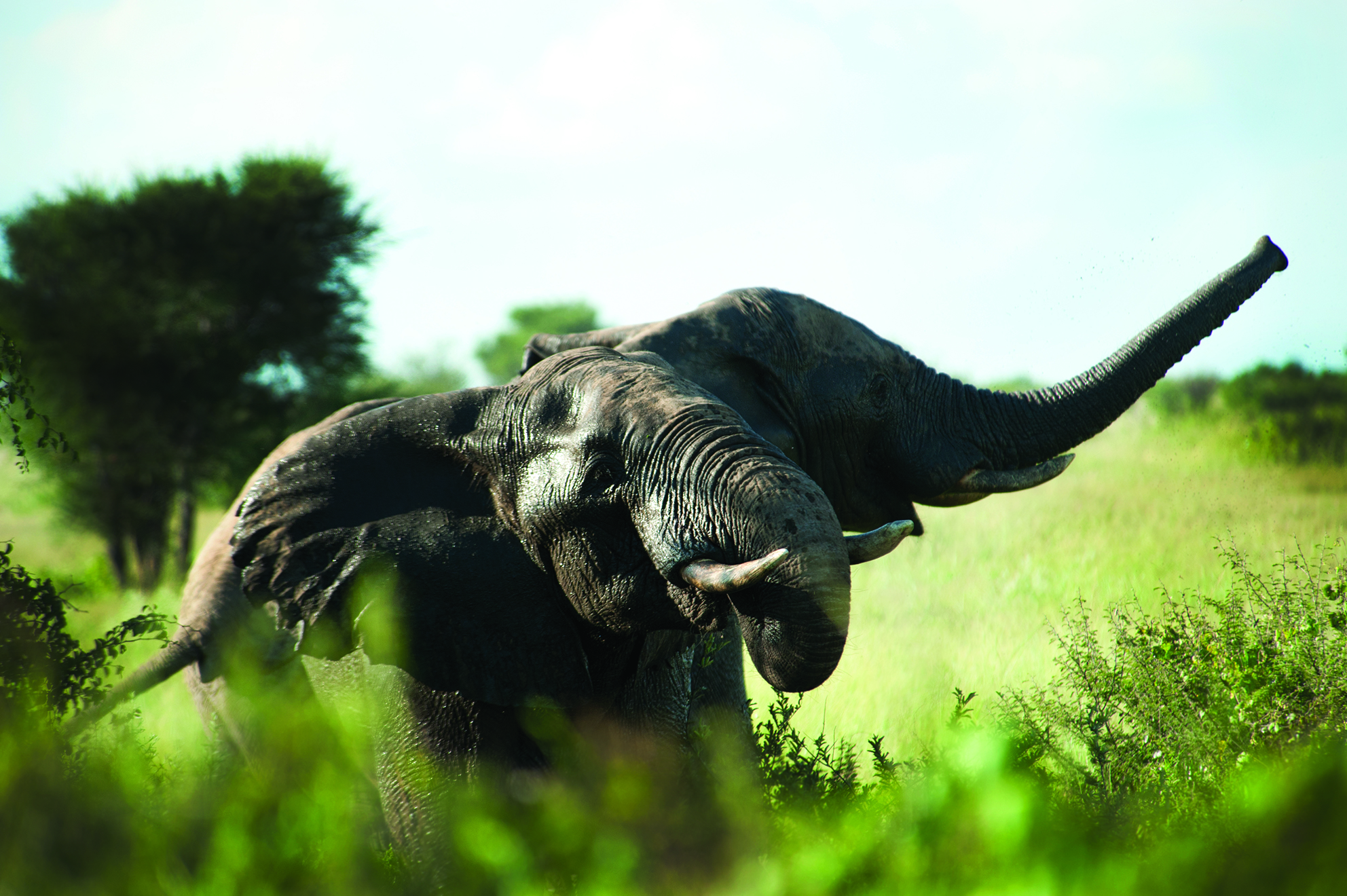

Animals Around the Globe
10 Best African Countries for Safari
Posted: December 19, 2023 | Last updated: December 19, 2023
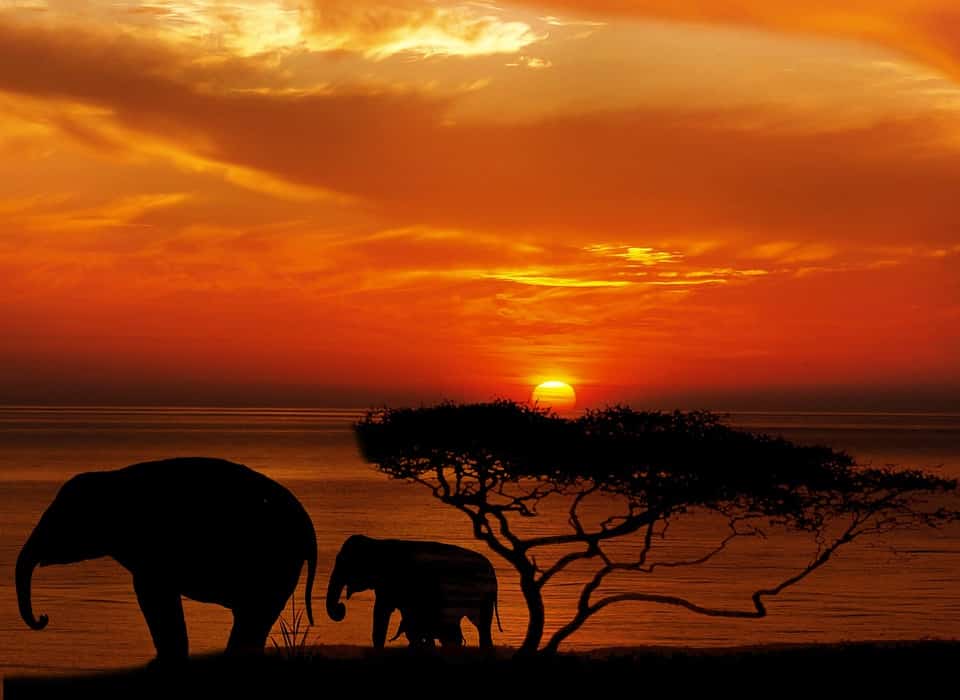
#1 Botswana
Recommended Tours:
Thus, poachers are seen as enemies of the people. As a result, Botswana has come into view as Africa's most sought-after ecotourism destination. Starting from the Chobe National Park to the Moremi Nature Reserve, you'll be able to witness numerous gems all around the country.
Back in 2014, Botswana widely banned the hunting of wild animals and implemented strict laws which are still in practice. The country resumes its zero-tolerance for poaching and their very own environmental minister, Tshekedi Khama, has even launched a shoot-to-kill policy for poachers.
Botswana, with its wildlife conservation and natural parks, is a haven for nature lovers. It is currently in the top 5, as its approach to the protection and conservation of wildlife is worth the praise. As a country, it is very forward-thinking, some may even call it aggressively forward-thinking when it comes to its preservation and anti-poaching laws.

Its fertile land provides a safe and comforting home to around 200 mammal species. This includes elephants, hippos, monkeys and so much more. Along with 650 bird species and 5,500 plants. Even though the country is still underdeveloped and most of the population live in rural households, its national parks, and sight-seeing destinations are on the top 10 of our lists.
Even though many would face some difficulties in locating Malawi on a map, given how tiny it is, the country is home to the world-renowned Lake Malawi National Park. This is practically one-third of the country and is the most biodiverse lake in the world.
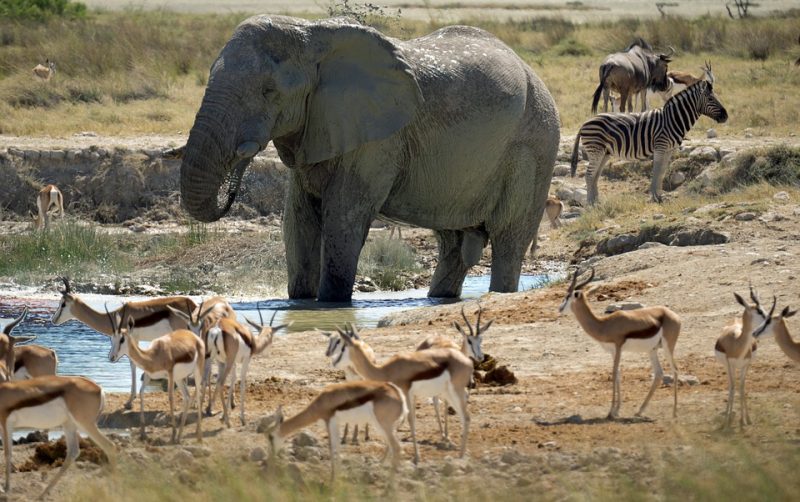
Most of the land in Namibia is occupied by the Kalahari and Namib Deserts. Along with that, the country also has 12 national parks and many other areas which are protected. So, if you go there for a safari, you'll have many rich areas to see and explore.
When it comes to countries with the least amount of population, Namibia is one of them. Which proves to be a good thing for nature. This is because most of the land in Namibia is still unspoiled by human filth or any sort of development, giving nature a chance to breathe.

In the country's Volcanoes National Park, you'll find 10 habituated gorilla families. Groups of 8 trekkers can visit them for one hour per day. But that's enough to get the best African safari experience. And as a nature lover, you'll enjoy the experience to the max.
If you've been around for some time, you'll be familiar with Rwanda's mountain gorillas. They were famously broadcasted and their fight for survival was shown on National Geographic . This was all thanks to the late Dian Fossey back in the 1970s who advocated for the rights of these mountain gorillas throughout her life.
Considering the tragic history surrounding the mass genocide of the people of Rwanda back in 1994, it's truly a blessing what the country has achieved in the past 25 years. There have been countless investments in infrastructure. This has resulted in the country being a very fast-growing destination for ecotourism.
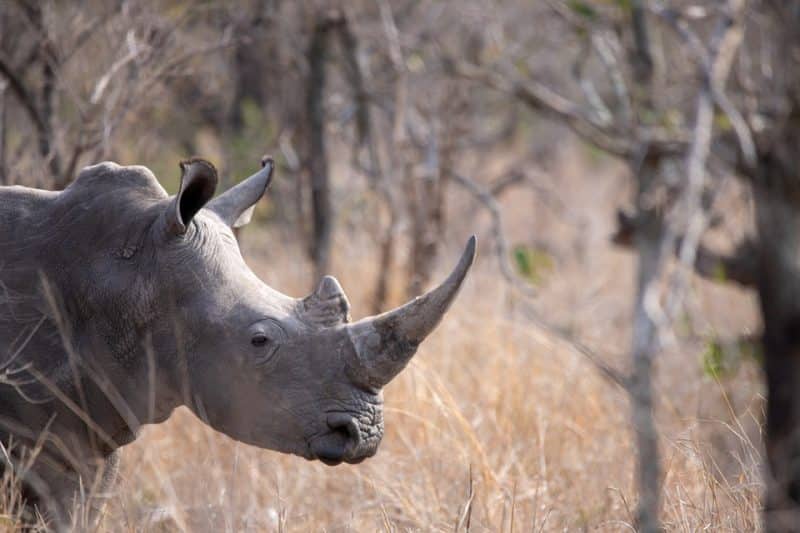
#6 South Africa
But given all the advantages, it's safe to conclude that South Africa also suffers from over-tourism. I mean, if you have so many great attractions, people will flock towards it. Chances are that you'll find yourself in the middle of dozens of unruly visitors who are not too keen on obeying the rules. This occurs mostly during the peak seasons.
Annually, the country has one million visitors. Its biggest attraction is the Kruger National Park with its enrichment in biodiversity. Visitors there also have the liberty to self-drive, thus, getting a first-person private but superb experience.
For some time now, South Africa has been climbing the charts to become one of the most popular destinations for African safaris. Given its location, South Africa is a very convenient and cheap destination for people from the United States. Besides that, the country also boasts a well-developed infrastructure which makes it perfect for luxury travelers as well.
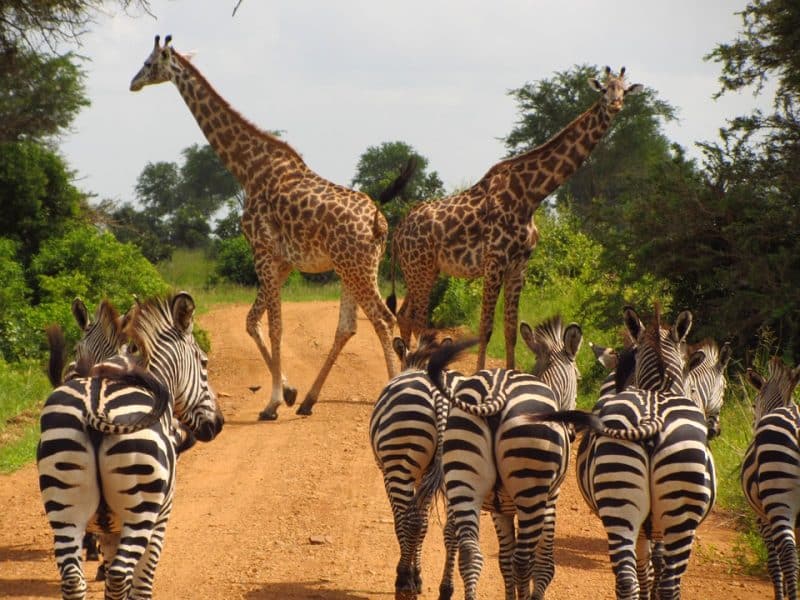
#7 Tanzania
One of the most popular locations would be the Ngorongoro Conservation Area. The country is also a haven for 1100 different bird species. It's no wonder that Tanzania gets this much rep. Especially when the country boasts so many wonders.
We talked about Kenya being the top destination for Safari. Now Tanzania here takes second place in being the continent's most popular safari destination. And why shouldn't it? The country has 16 national parks and an extraordinary amount of wealth and wildlife wonders for the people to witness.
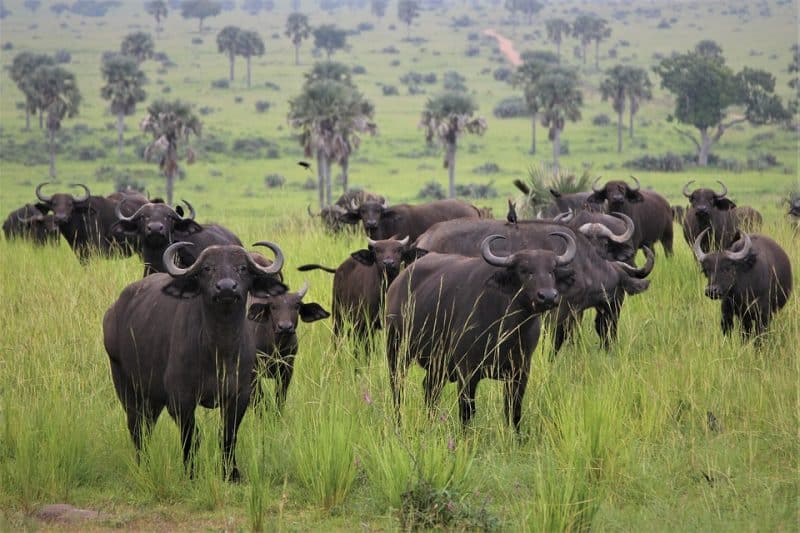
Some of its natural attractions include housing the highest mountain range in Africa. It also has the world's largest free-standing volcano and the second-largest freshwater lake. With its 30 national parks and other wildlife reserves, Uganda boasts many more sanctuaries which are worth the visit. Especially if you're a lover of nature and wildlife.
Often called "The Pearl of Africa", Uganda is certainly a great pick for an African safari. Its reputation as being one of the best ecotourism destinations comes from the country's natural attractions and wildlife.

Out of its 20 national parks, the Mosi-oa-Tunya National Park is home to many wildlife animals such as African elephants, Angolan giraffes, Cape buffalo, etc. Other than that, there are many private ownerships of National parks, notably the Kasanka National Park which is near the basin of Lake Bangweulu. It's a safe place where visitors can see 400 different avian species.
Zambia may be a bit far down the list of popular destinations for your African safari, but many consider it to be a destination for diversified and immersive safari experiences, and making a notable feature on our 10 Best African Countries for Safari guide. The country is steadily focusing on conservation as their president has shown a keen interest and is working on building the nation's economy as well as the infrastructure.
More for You
Heidi Gardner Completely Loses It On ‘SNL' Looking At Mikey Day In ‘Beavis & Butt-Head' Spoof
Masters 2024: Low amateur's press conference ends with super awkward exchange regarding Tiger Woods
16 Compliments You Didn’t Realize Are Actually Pretty Insulting
14 Movies That Aren’t Classified as ‘Scary’ but Still Give Us the Creeps
How Biden's new student-loan forgiveness plan could be jeopardized before it even goes into effect
Use this 2-word phrase when your boss asks you to do more work than you have time to do, according to a therapist
I Lost White Friends When I Finally Spoke Out
4 Things You Should Never Cook in Cast Iron
50 Things In Other Countries That The US Doesn't Have That Prove Everyone Else Is Living In The Year 3023
Founder of Toms shoes went on a men’s retreat with other entrepreneurs to combat his loneliness and depression: ‘I lost a lot of my clear meaning and purpose’
New UK laser weapon could be used against Russian drones in Ukraine, British defense secretary says
Harvard-trained psychologist: If you use any of these 9 phrases every day, ‘you're more emotionally secure than most'
Damning Warning Issued Over Florida Insurance Market
New 'Beetlejuice Beetlejuice' Footage Introduces Jenna Ortega's New Character
The AWD Hybrid Car With The Best Fuel Economy In 2024
13 Polite Habits Flight Attendants Actually Dislike—and What to Do Instead
Fallout from Trump's bid to overturn election loss heads to Supreme Court
I study people with high emotional intelligence for a living—8 things they never ever do when talking to others
“Just because he’s white and has red hair doesn’t mean he’s with me” - Leon Powe on how an outsider snuck into the Boston Celtics ‘08 title celebration
How to 'quiet quit,' from a former teacher who did it for 2 years so she could enjoy a better life while still getting a paycheck

IMAGES
COMMENTS
Learn about the best time, places, and activities to enjoy safaris in Botswana, a country with a rich and diverse wildlife and a limited number of tourists. Find out how to get there, where to stay, and what to expect from the Okavango Delta, Chobe National Park, and more.
THE 10 BEST Botswana Safaris. 1. From Victoria Falls: Chobe National Park Small Group Tour. Visit one of Africa's most popular parks on this Chobe day trip from Victoria Falls. Travel the rugged landscapes of the….
Chobe National Park. Chobe National Park is probably what you picture when someone says 'safari in Africa'. Located near the Okavango Delta, the park sits alongside the Chobe River and is home to what is thought to be the largest concentration of African elephants in the world.The majestic mammals often come to drink and bathe in the waters alongside other wildlife friends (and foes) including ...
Botswana is one of the best destinations for a safari adventure, with its diverse wildlife, stunning landscapes and rich culture. Whether you want to explore the Okavango Delta, the Kalahari Desert or the Chobe National Park, you'll find a safari that suits your budget, style and interests. Learn from our expert guide how to plan your dream safari in Botswana and discover the secrets of this ...
8 Days Safari tour itinerary for Makgadikgadi Pan, Maun & Nxai Pan National Park: Unite With The Wild Side Of Botswana. We had a wonderful time! Rocky, Jimmy, and Simba were excellent as drivers, guides, cooks, and problem solvers. We ate very well indeed. I will comment that the tour we took was quite different from the stated description of it.
Prices at the year-round lodge range from $1,450 to $2,495 per night, depending on room size and time of year. Courtesy of Natural Selection. In the Delta, a similar level of luxury can be found ...
Compare 313 Botswana safari tours offered by 55 specialized tour operators. Find the best deals using the largest marketplace for African safaris. Best price guarantee!
Best Luxury Botswana Safaris See all Botswana Safaris. Spend holidays exploring Southern Africa's abundant natural treasures in unparalleled comfort and luxury on an A&K Botswana safari. From the floodplains of the Okavango Delta to the woodlands of Chobe National Park, Botswana's diverse habitats provide the perfect settings for extraordinary safari excursions.
Compare 318 of the best Botswana safari tours offered by 49 specialized tour operators. Find the best deals using the largest marketplace for African safaris. Best price guarantee! Menu. Safaris & Tours. Botswana (326) Congo (DRC) (31) Eswatini (14) Ethiopia (116 ...
Ranging from luxury Botswana safari tours to rugged adventures and multi-generational family vacations, here's our list of the best Botswana safari tours - all tried and tested and completely customisable to meet your travel wishes: 1. Romantic Getaway to Chobe, Okavango Delta & Moremi.
Botswana Honeymoon Safari. Family Safari in Botswana. Experience one of our Botswana family safaris to create lifelong memories. The variety of Botswana's wildlife is incredible, from the elephant and zebra herds of Chobe National Park to the thriving Okavango Delta and the big cats of the Kalahari.
Botswana is a fascinating world that is defined by its diverse landscape of desert, grasslands, and waterways. Botswana offers an unforgettable safari experience in some of Africa's most pristine and remote game areas. It's renowned for its migrating mammals, endangered wild dog and rhino, and some unique species of antelope.
Wild Dog Safari. 13 days • 5 locations. KASANE AIRPORT TO MAUN AIRPORT. An in-depth discovery of northern Botswana's wilderness, from Chobe and the private Kwando Reserve to the Moremi and iconic Okavango Delta with a great variety of activities and wildlife. US$12,230 - US$21,930 per person.
"Yes, fly-in safaris in Botswana are highly recommended. If there is any country in Africa where fly-in safaris are the most popular option, it must be Botswana. Maun, the gateway to the Okavango Delta, is the country's biggest hub for charter flights. Visitors are shuttled between lodges by small aircraft (mostly six to 12 seaters).
From the Delta to the Pans. 6 nights. The waterways of the Okavango Delta contrast perfectly with the salt pans of the Makgadikgadi desert. This trip showcases Botswana's outstanding diversity while keeping you in two of YZ's favorite camps, Shinde and San Camp. Guide Price $13,799 per person.
Embark on the ultimate adventure with our diverse range of Botswana Tours and Safaris, designed to cater to every traveller's preferences. Whether you seek the rustic charm of glamping under the African stars or the epitome of luxury indulgence, our Botswana safaris are tailored to meet your desires. Cruise the pristine and crystal-clear ...
Photographic Safari. Botswana is an incredible destination for photographers of all levels. With stunning landscapes, diverse wildlife, and unique cultures, there's always something new to capture. From game drives and boat tours to walking safaris and specialist workshops, Botswana's photographic safaris offer an outstanding experience for ...
Connecting with communities in Botswana with Skipper Mareja. Experience a luxury Botswana safari in a land of dramatic contrasts, from the crystal-clear waters of the Okavango Delta to large elephant herds in Chobe.
Luxury Safaris to Botswana. Botswana is renowned as one of the most incredible luxury wildlife and safari destinations in Africa. Massive private concessions within the Okavango Delta, a pristine wetland paradise, offer guests an exclusive safari experience where they get to enjoy wildlife sightings all to themselves and when combined with the ...
7-Day Botswana Exceptional Wildlife Luxury Vacation. $10,450 to $10,670 pp (USD) Botswana: Private tour Lodge & Tented Bush Camp. You Visit: Maun (Start), Okavango Delta, Moremi GR (Okavango Delta), Savuti (Chobe NP), Chobe NP, Maun Airport (End) Kubwa Five Safaris. 5.0 /5 - 122 Reviews. Top Rated Operator.
Wilderness Safaris Botswana has a grand portfolio of luxurious, eco-friendly and sustainable safari lodges and camps. Synonymous with luxury safari camps in Botswana, Wilderness Safaris was established in Botswana in 1983 as a mobile safari operator and has grown to establish a presence in eight countries in Africa, protecting over three million hectares of pristine wilderness areas.
In general, Botswana is an expensive safari destination. The most budget-friendly option is a guided, mobile tented safari. Usually these mobile overland safaris have scheduled departure dates and take the form of participation camping safaris for those on a tight budget, or luxury overland camping safaris for those with a more generous budget.
Welcome to Botswana. Safaris.co.bw is a repository of some of the best hotels, lodges, camps, campsites, and resorts that offer all types of safari experiences from budget to luxury range at Africa's untouched havens and the most preferred safari destination in Africa - Botswana. We are different from the crowd in terms of what we feature ...
Botswana, with its wildlife conservation and natural parks, is a haven for nature lovers. It is currently in the top 5, as its approach to the protection and conservation of wildlife is worth the ...
Zambia is popular with safari travelers thanks to a number of national parks and the quality of its guides. Kafue is the country's largest national park and is home to more than 200 animal species.